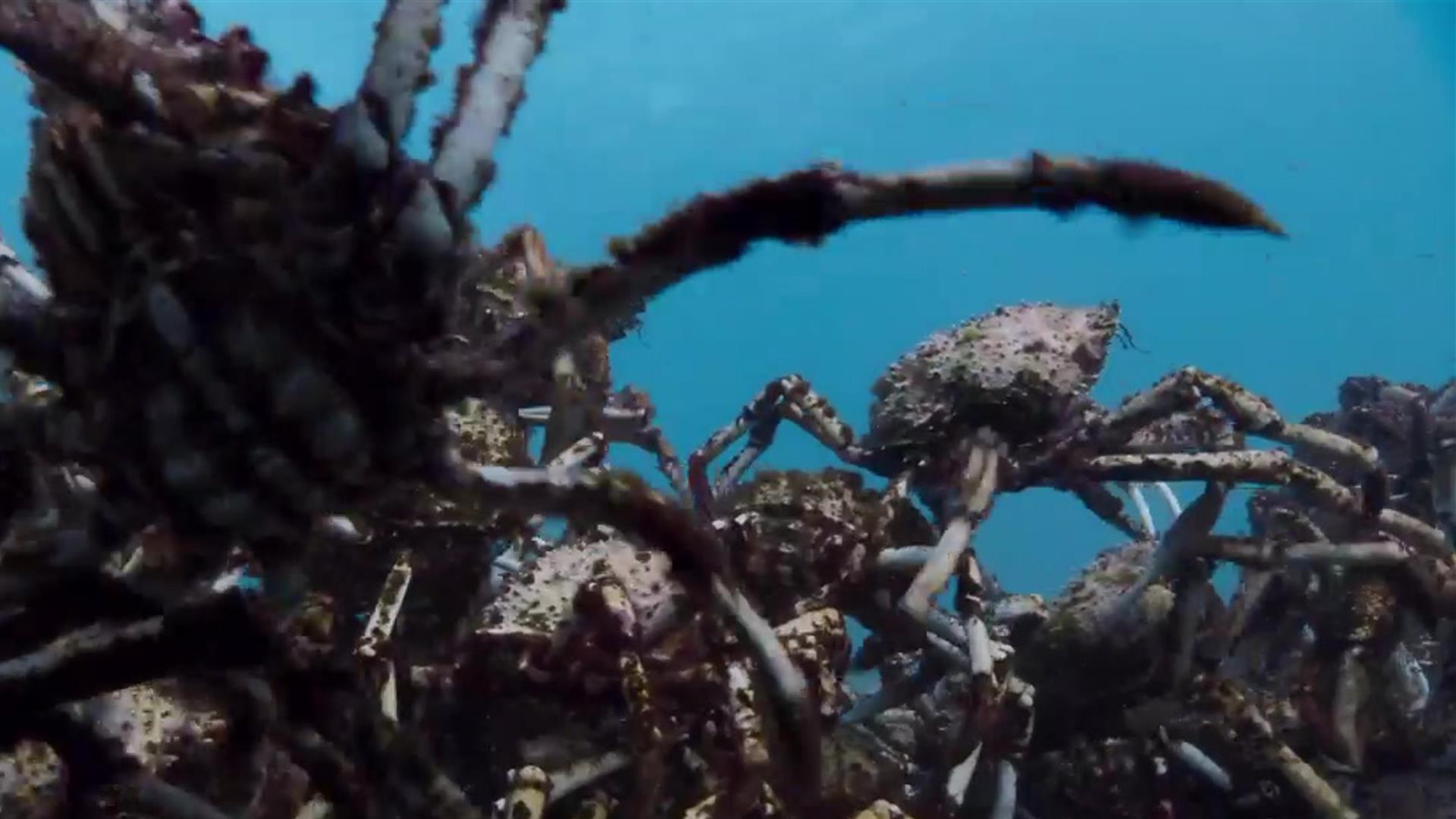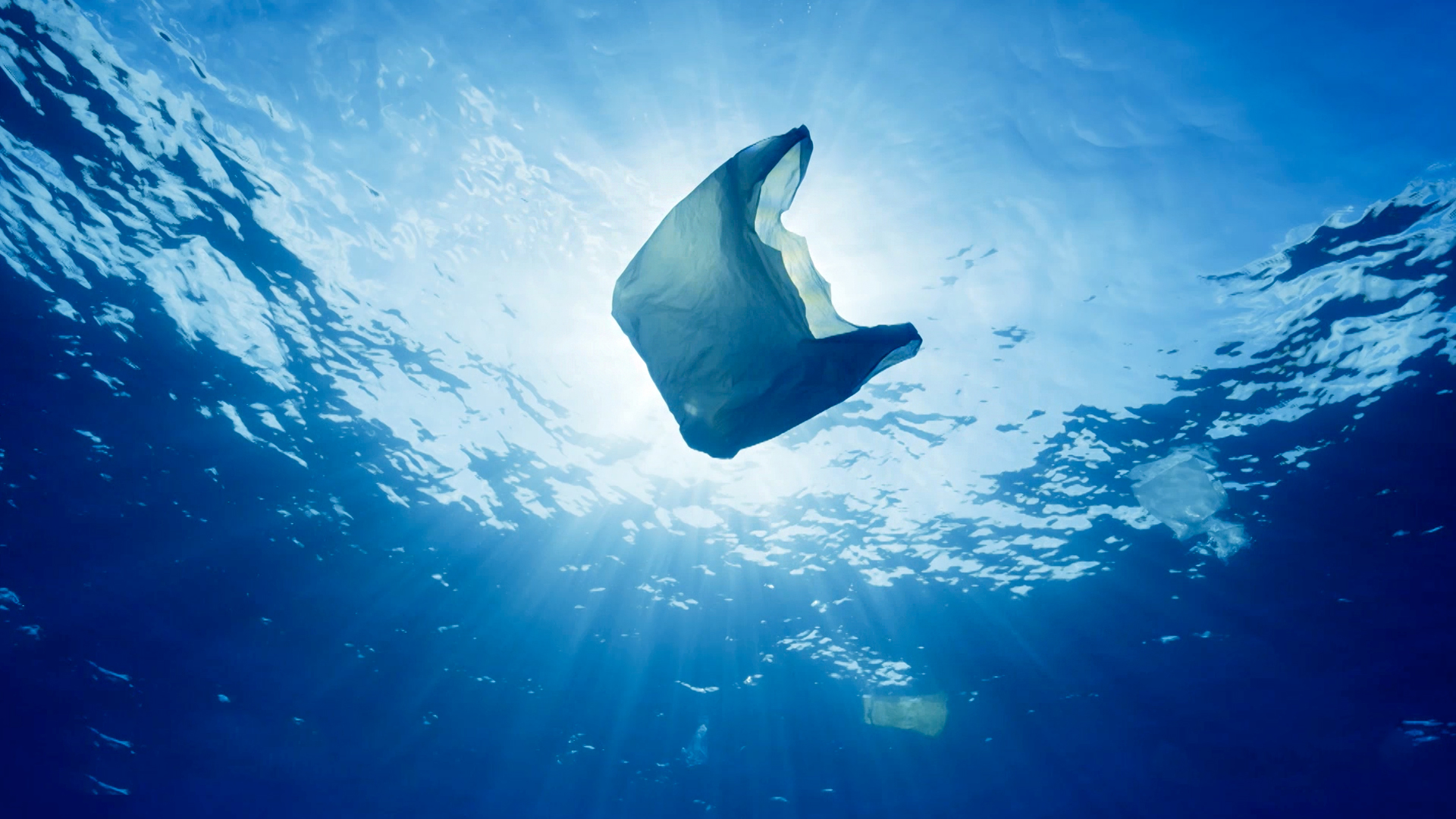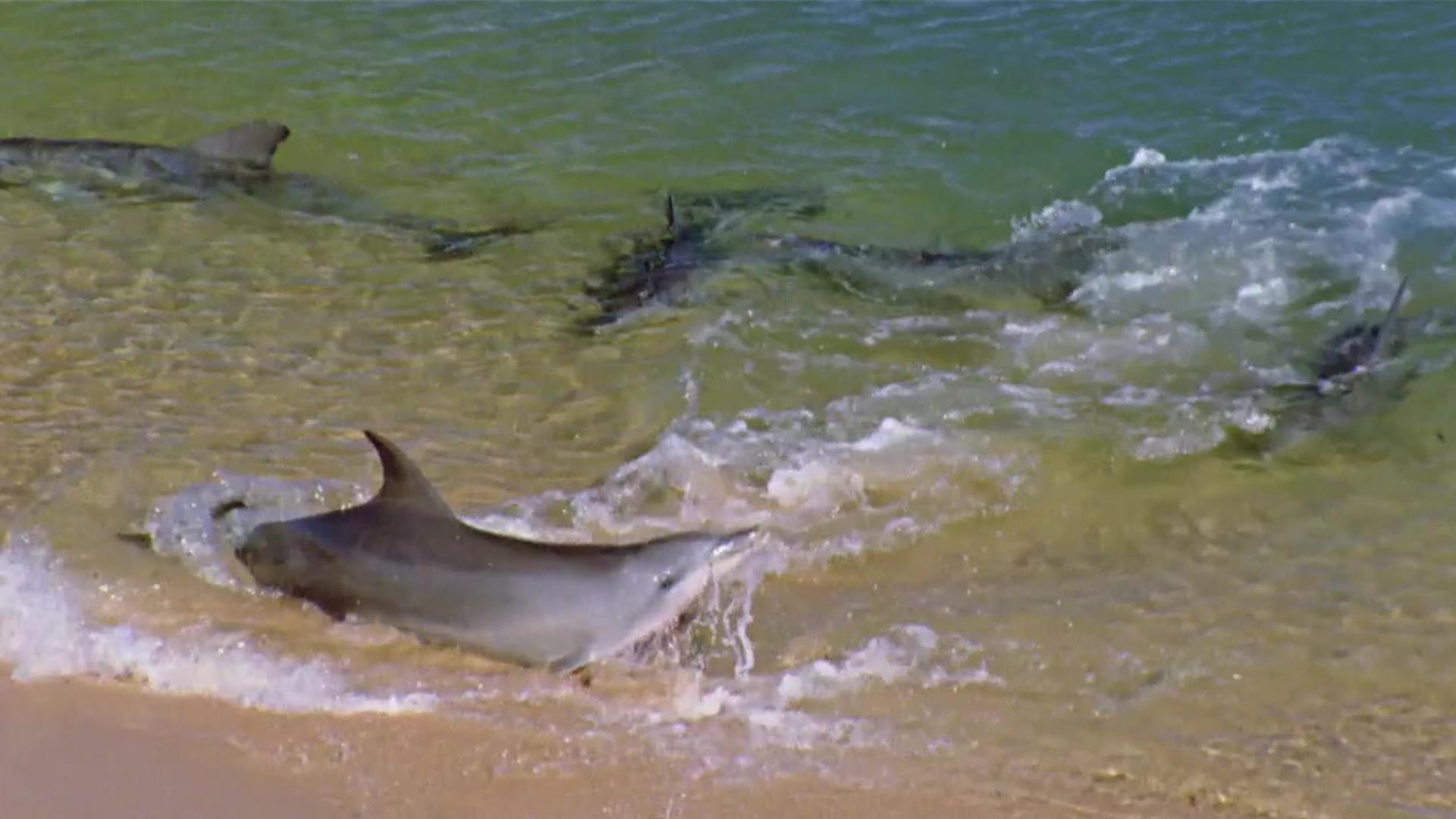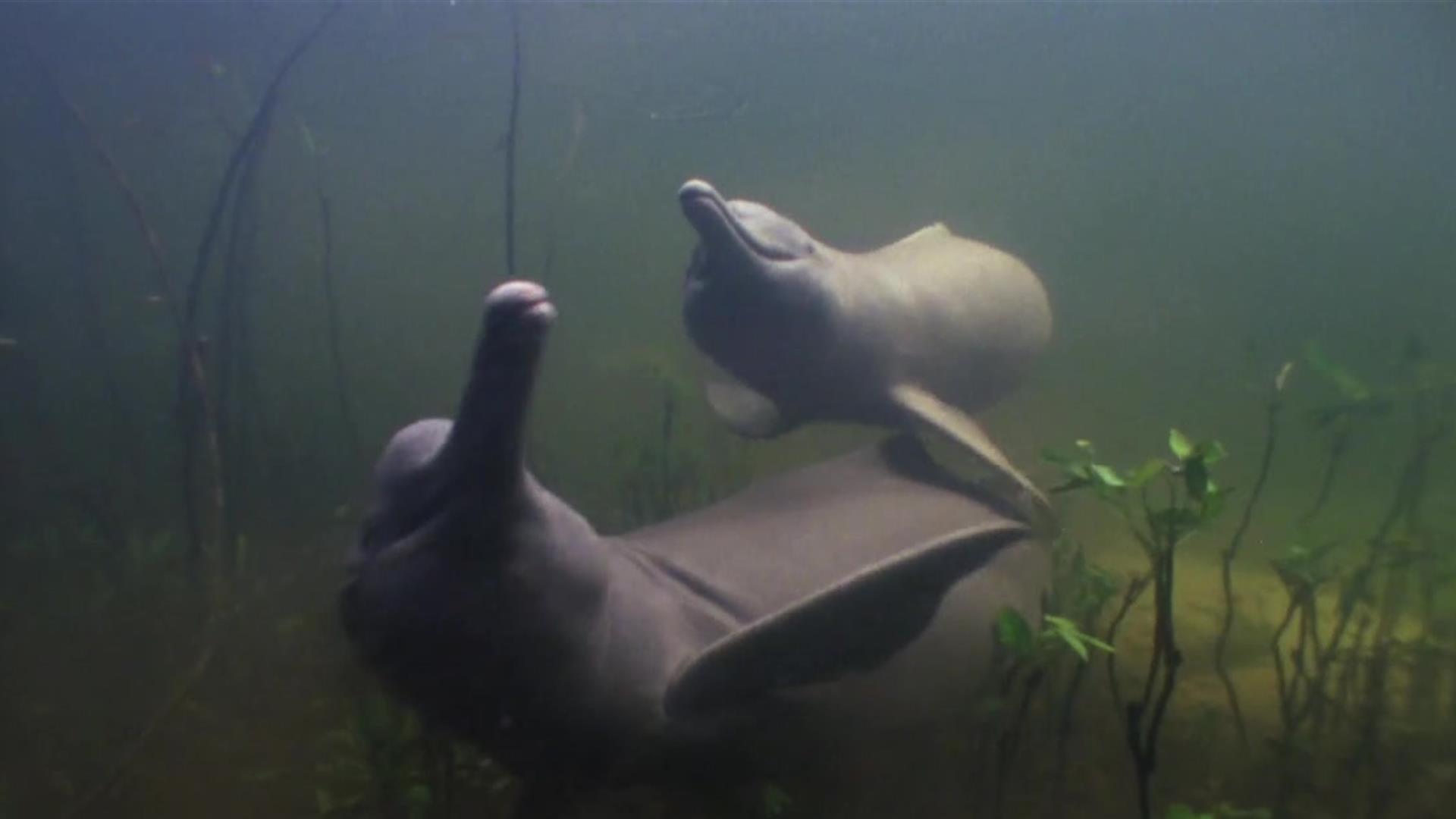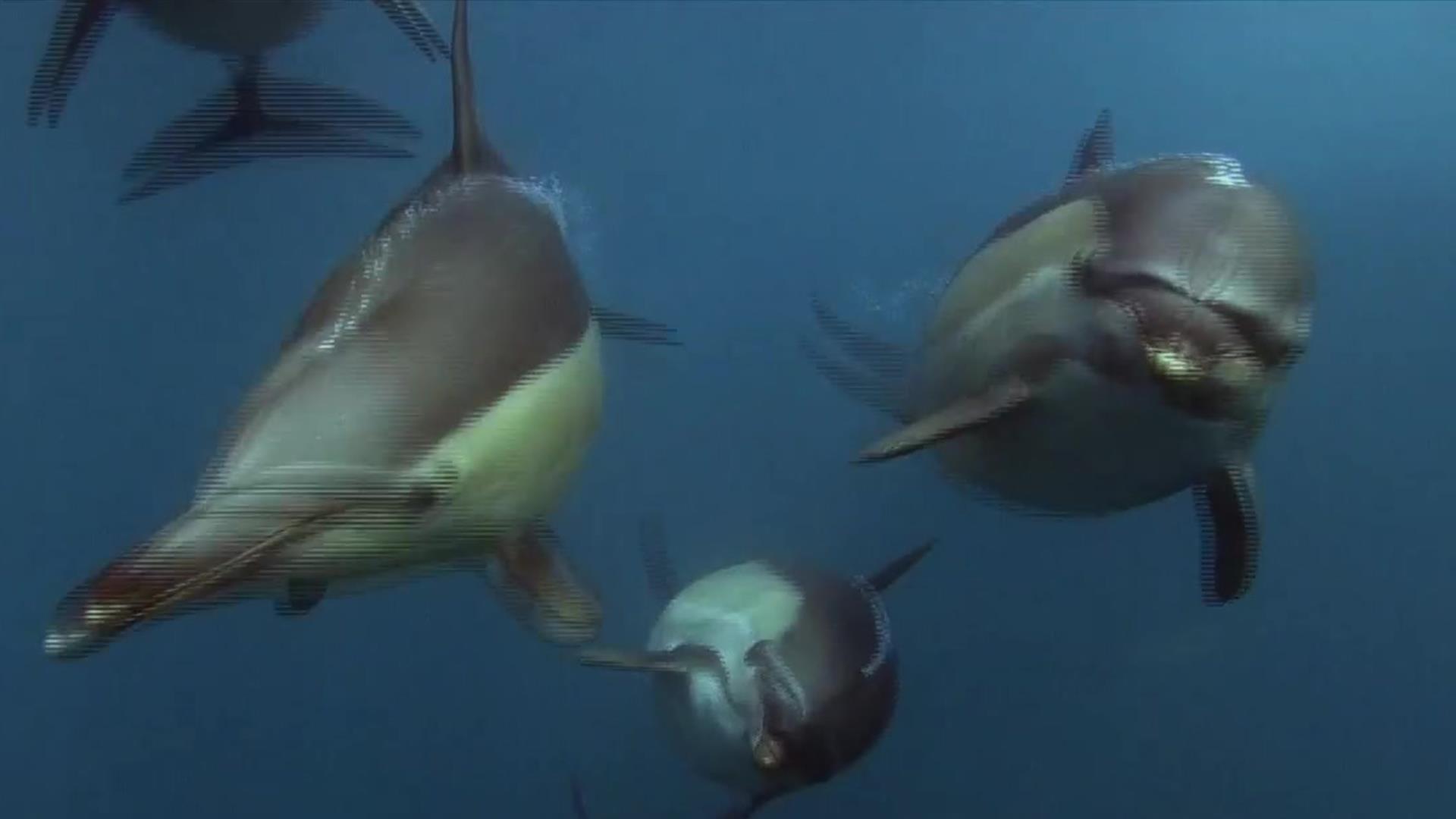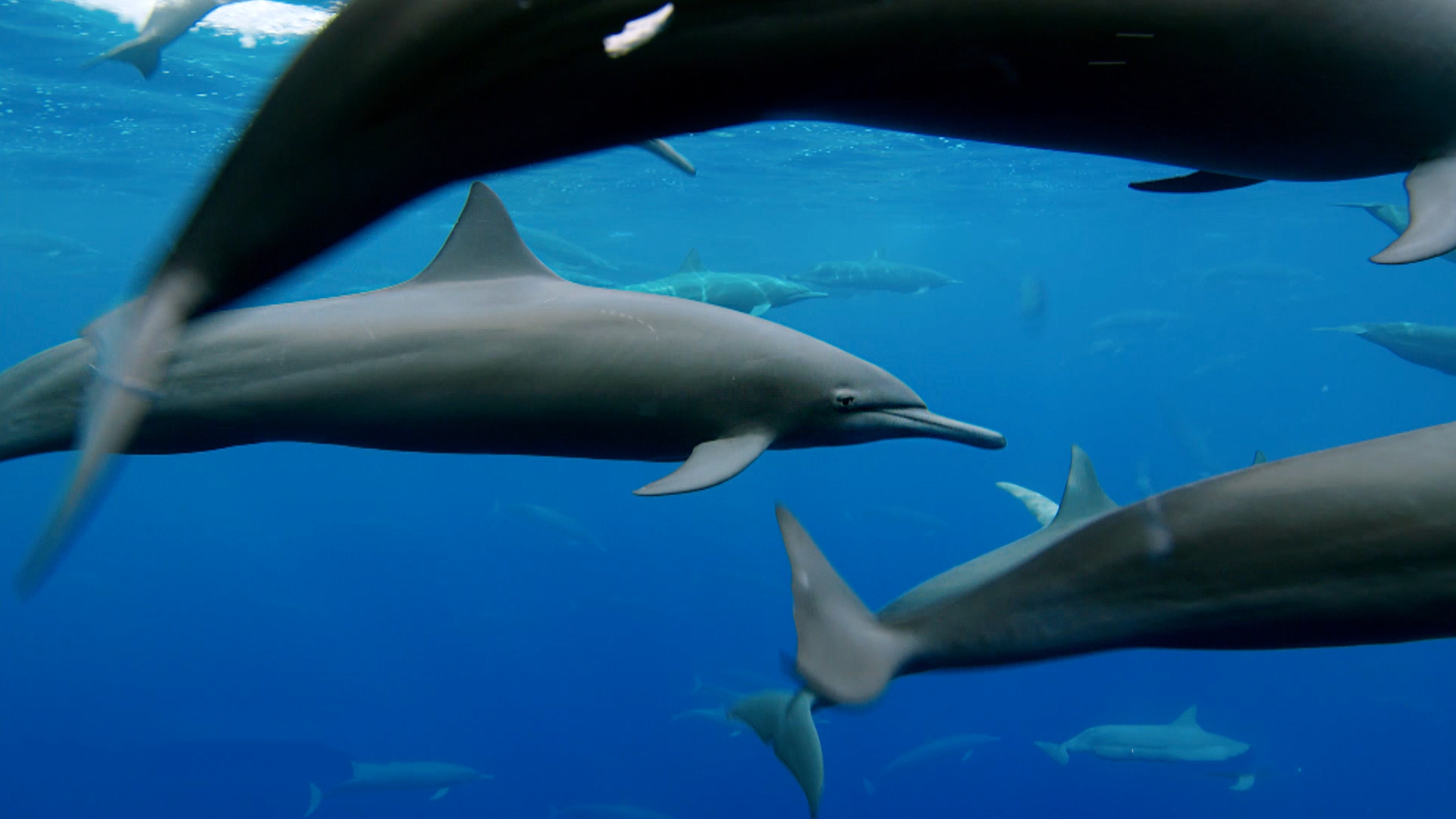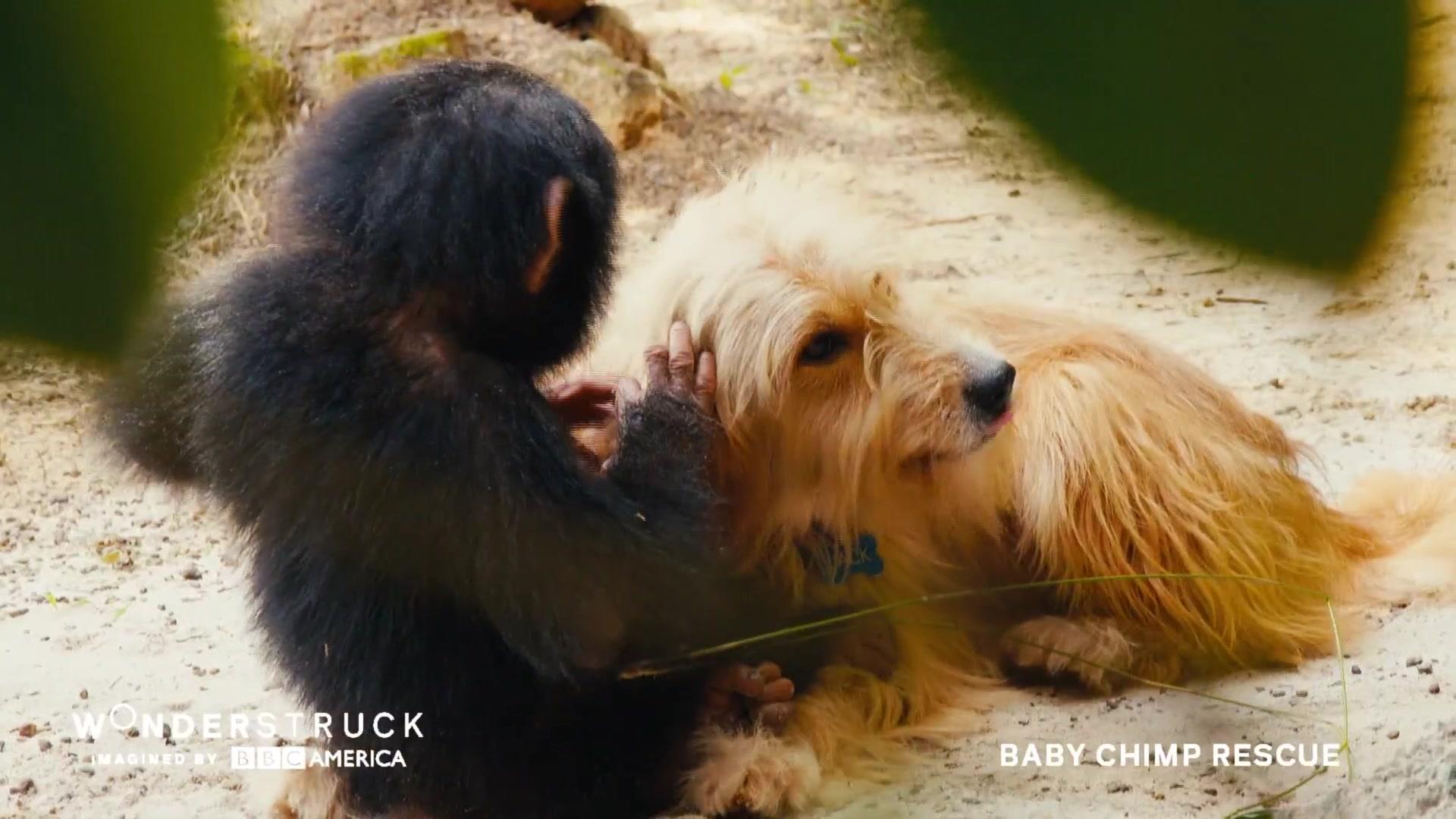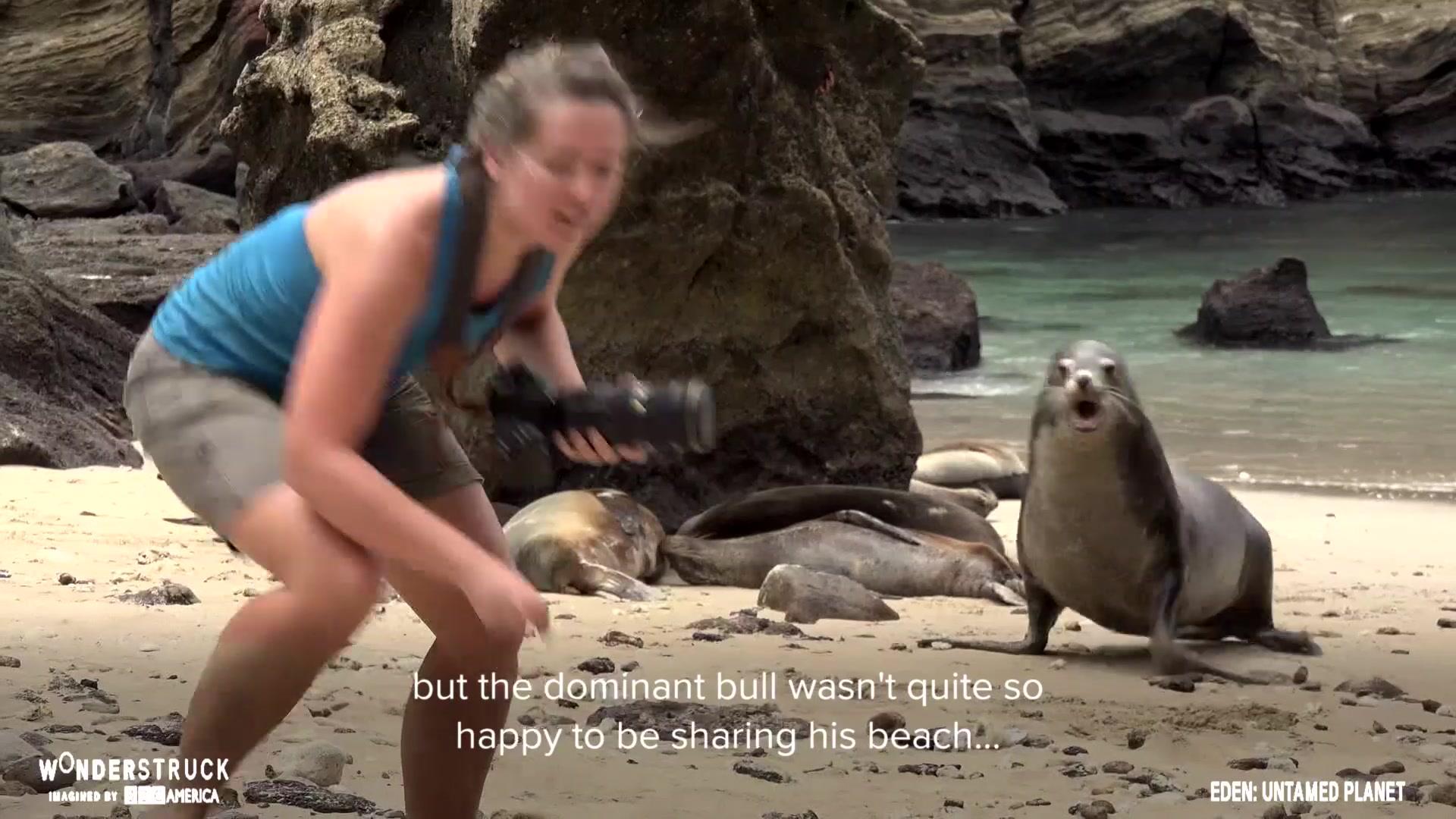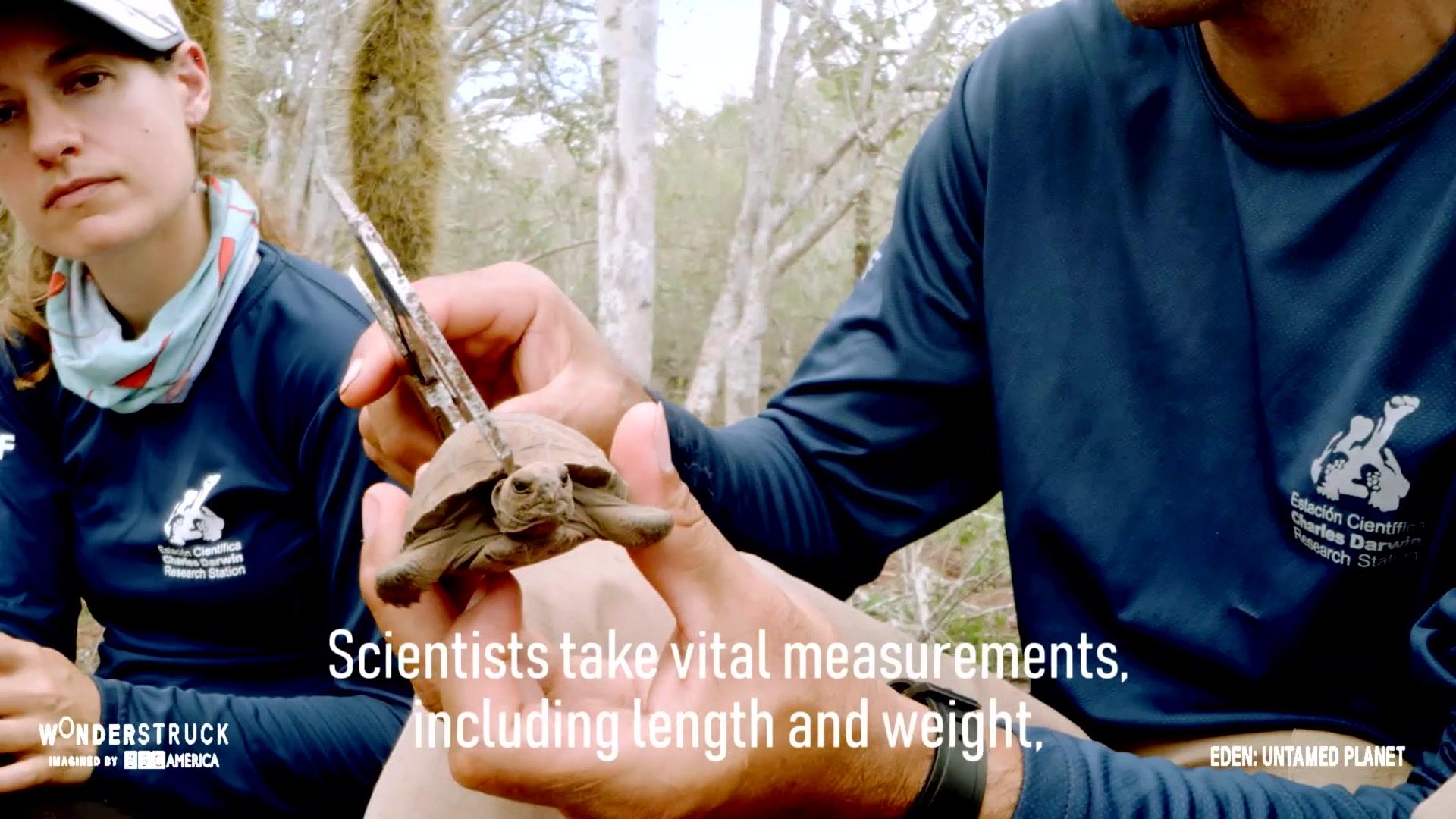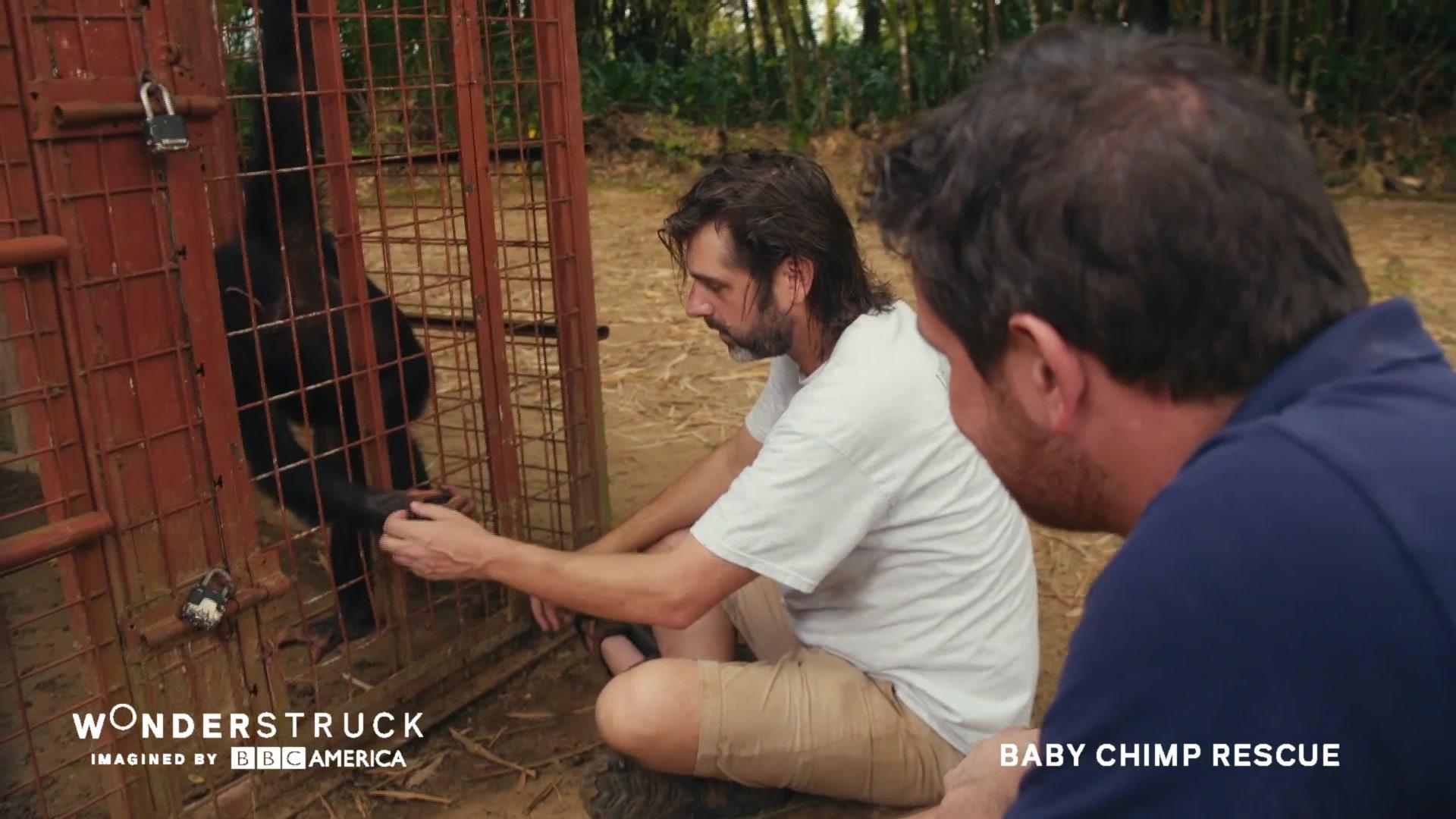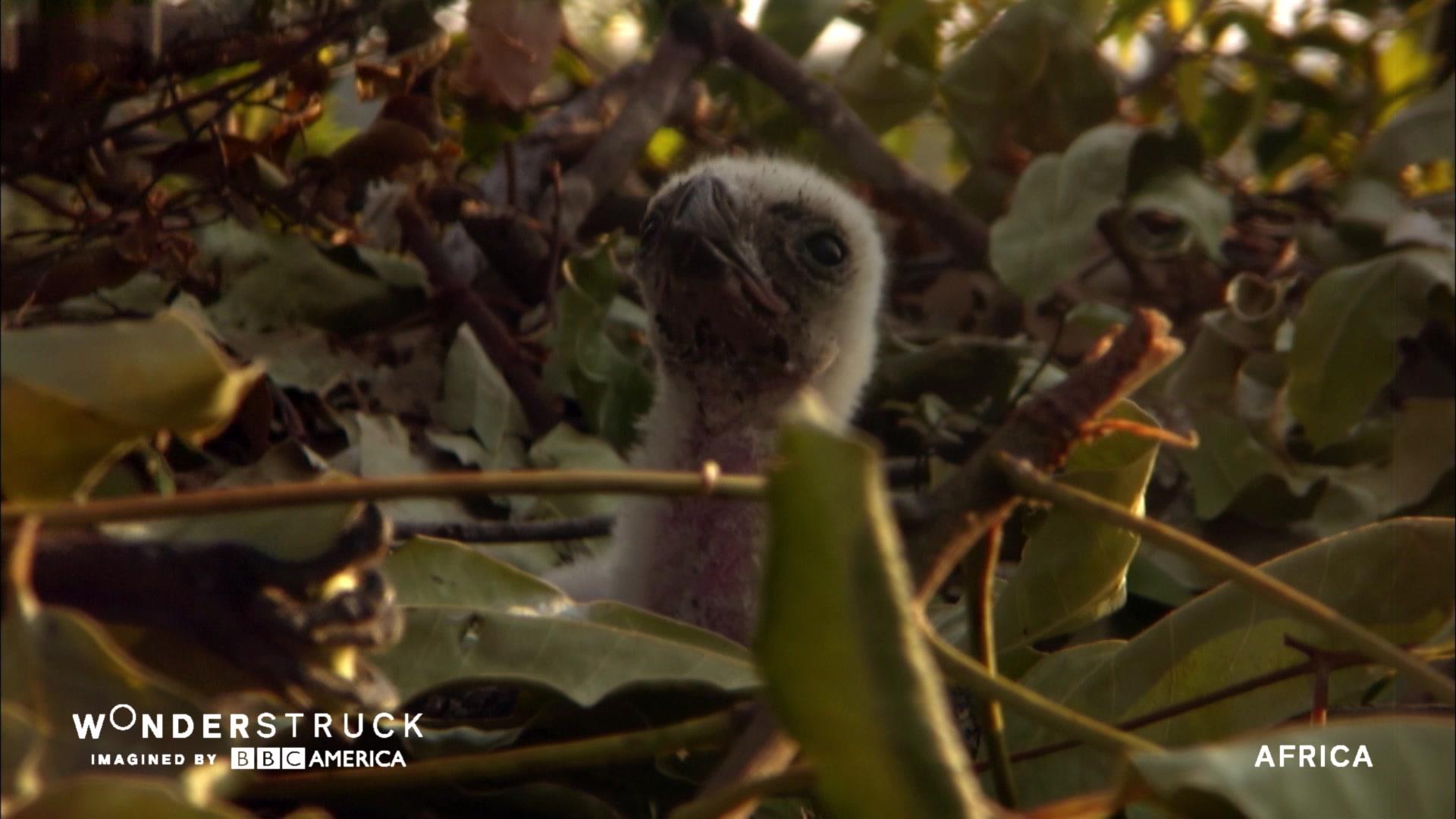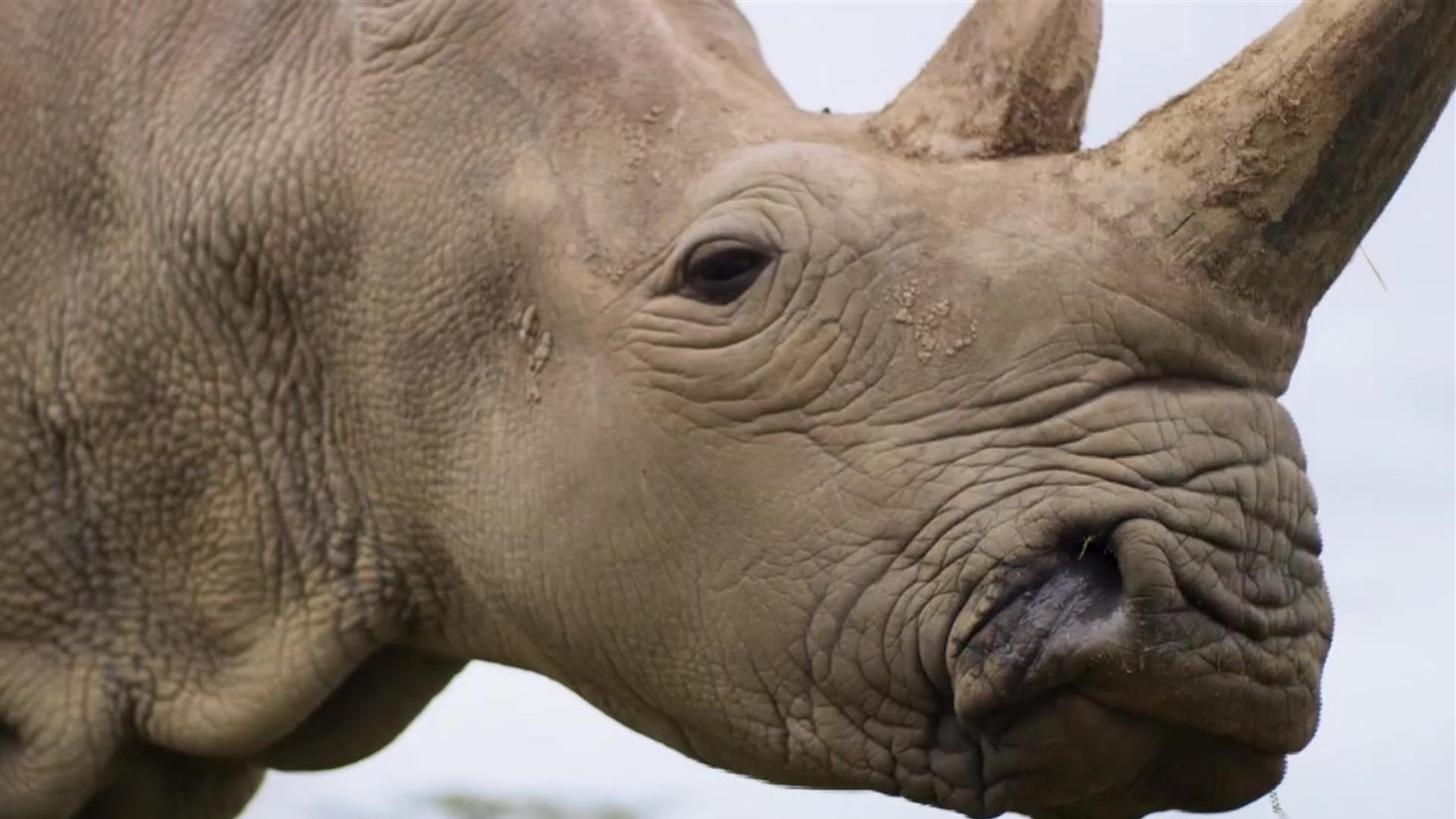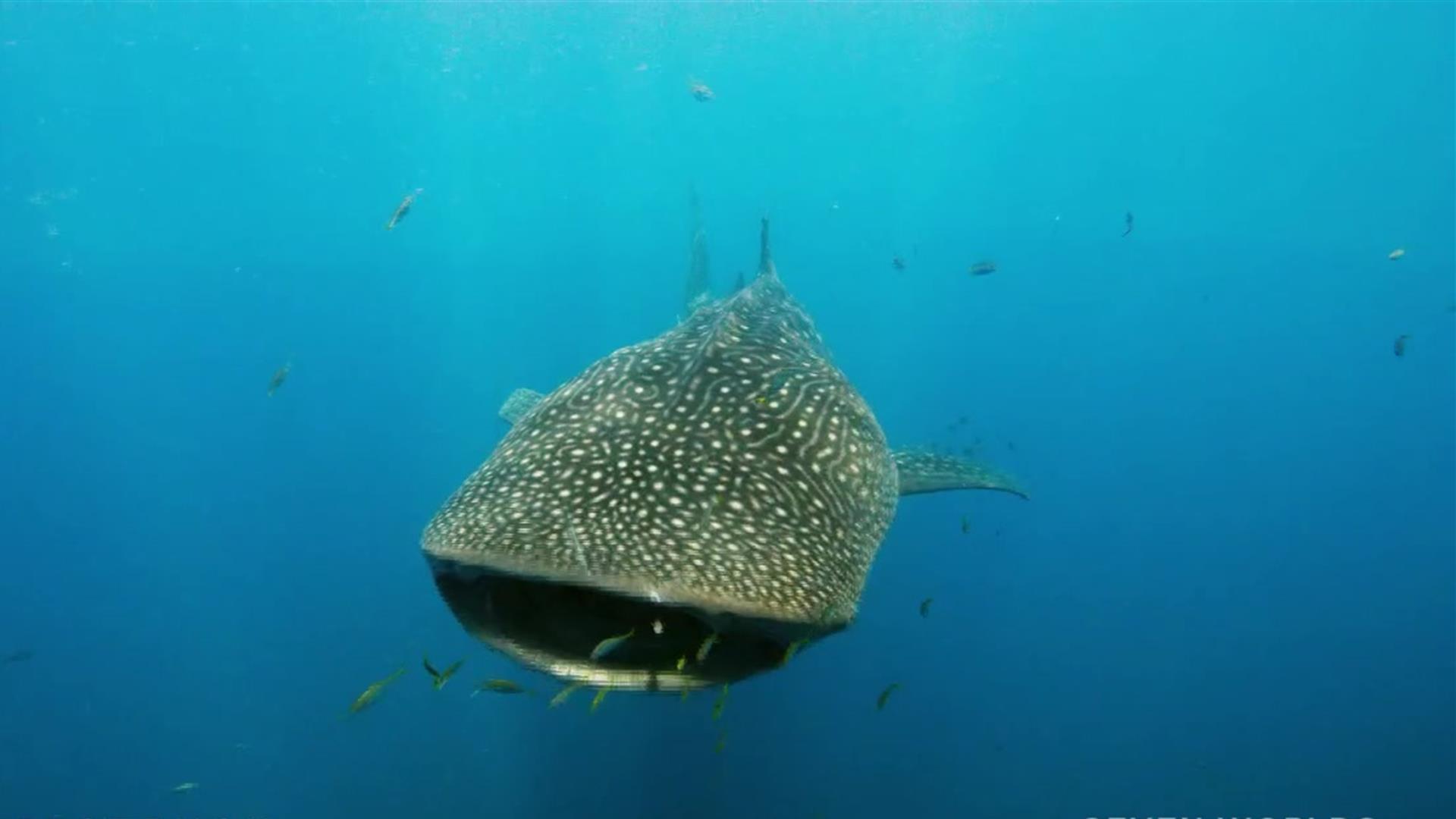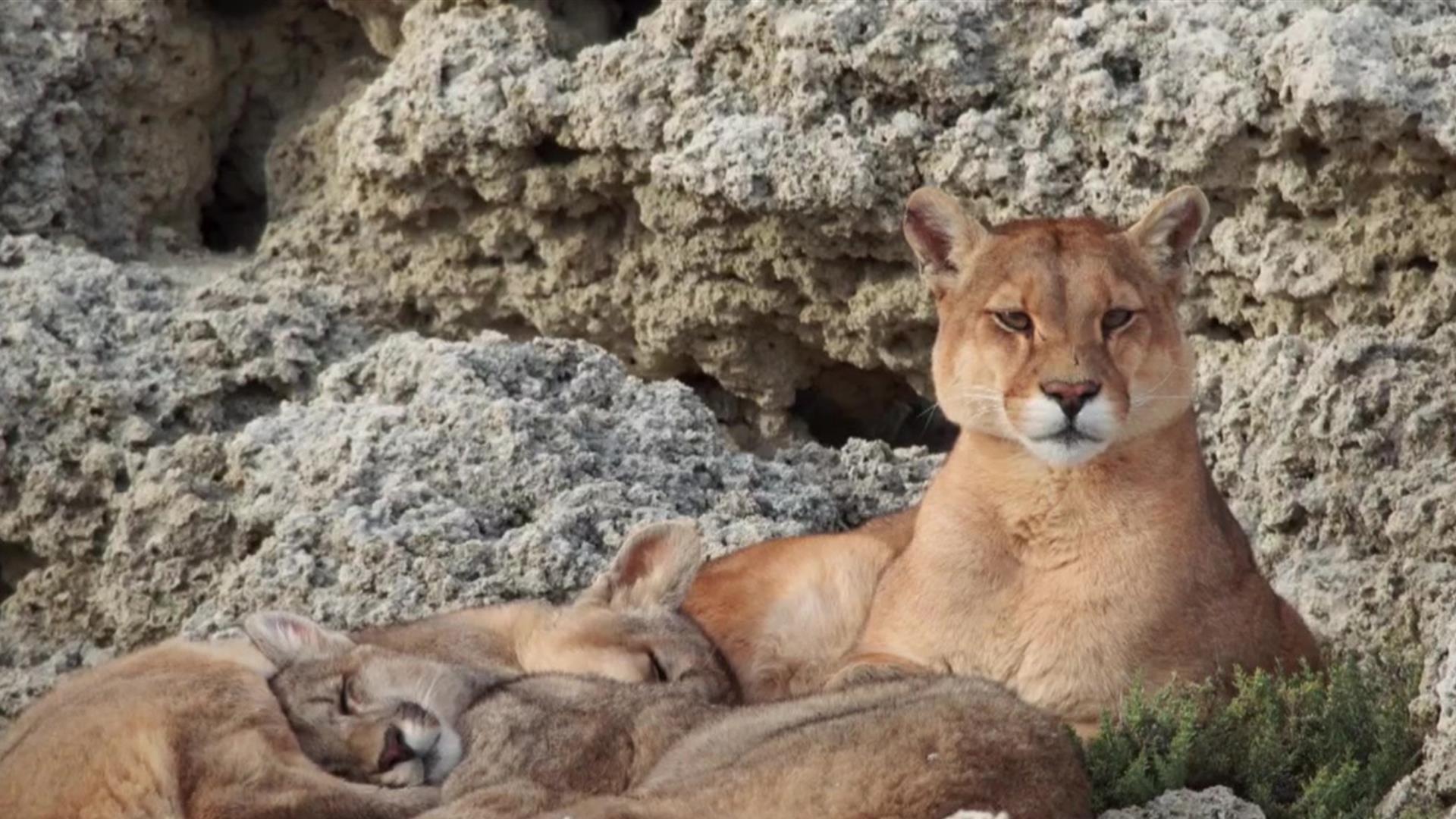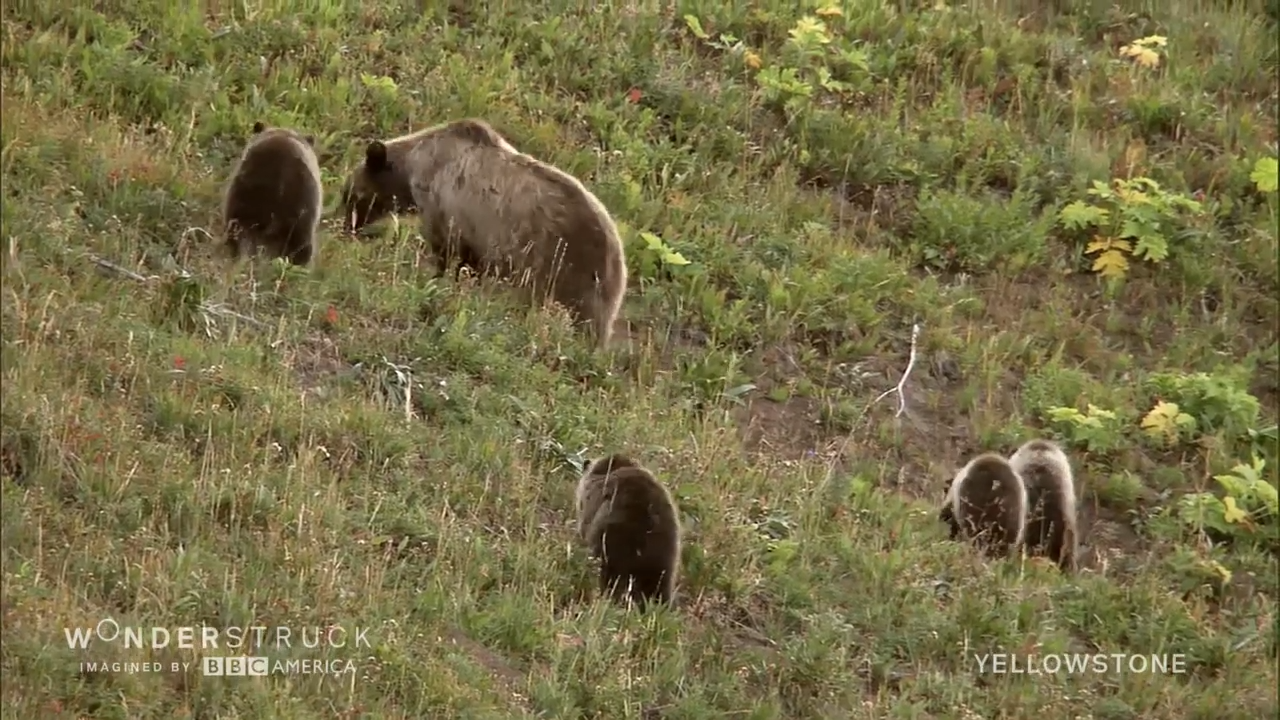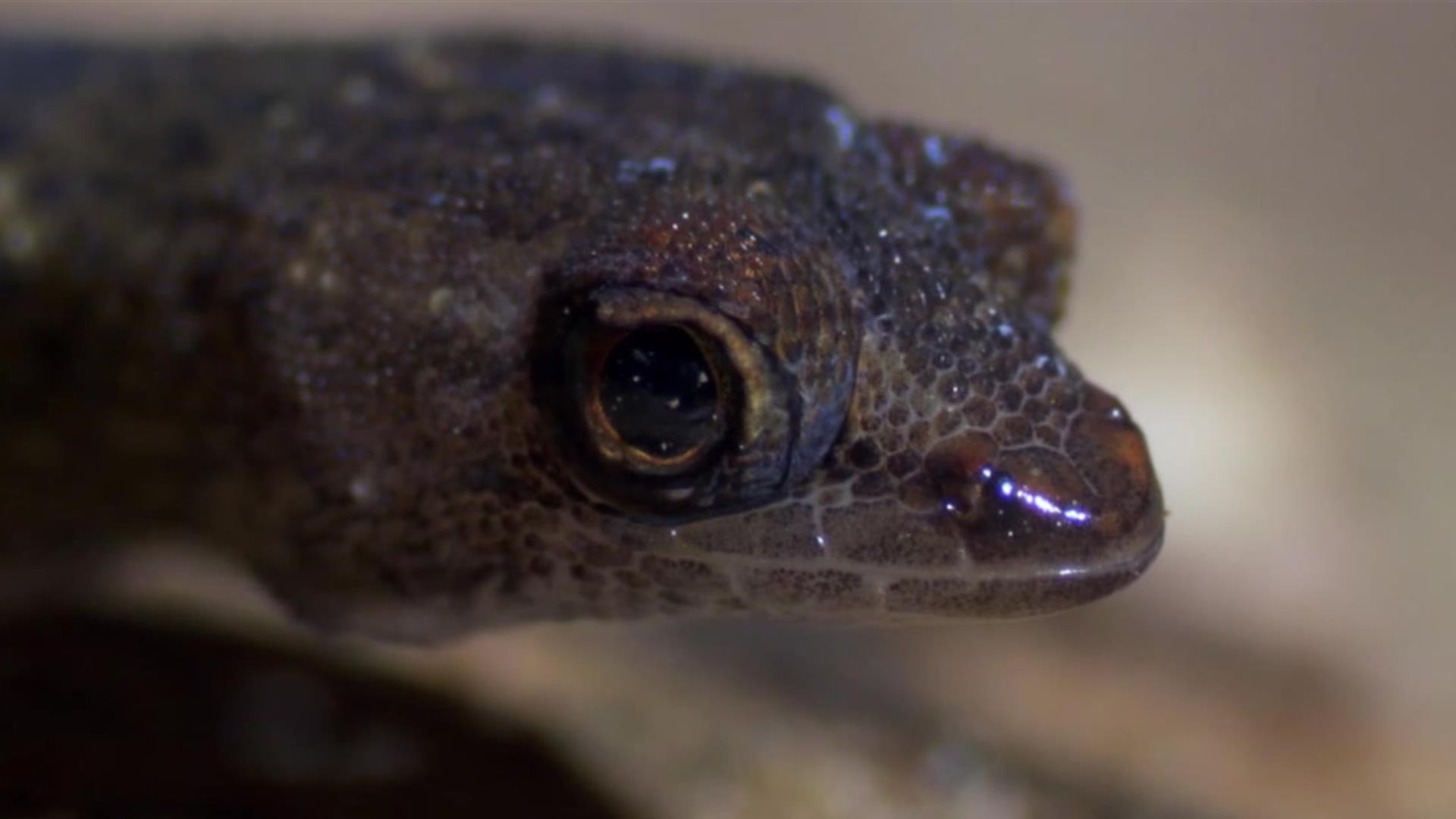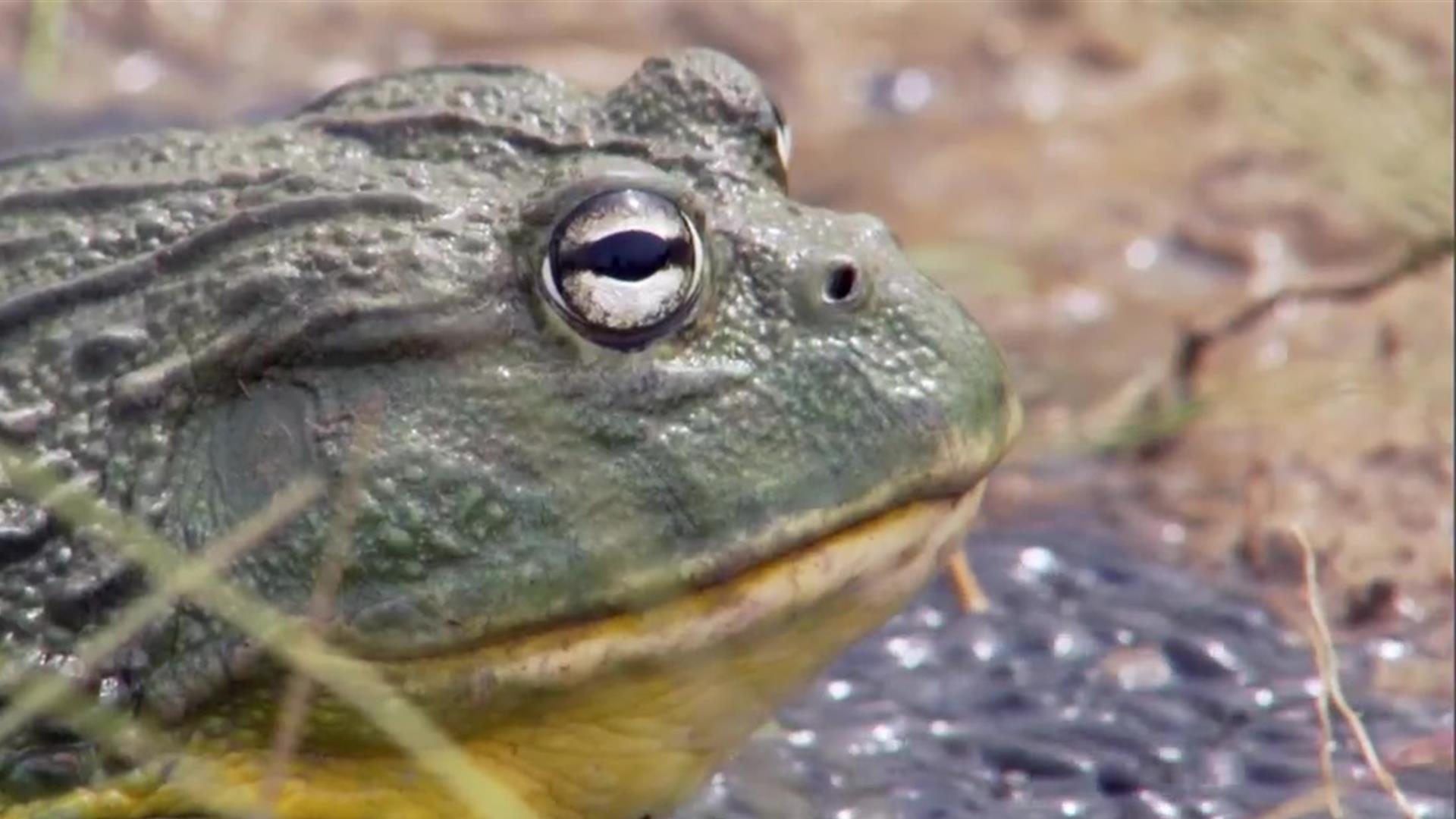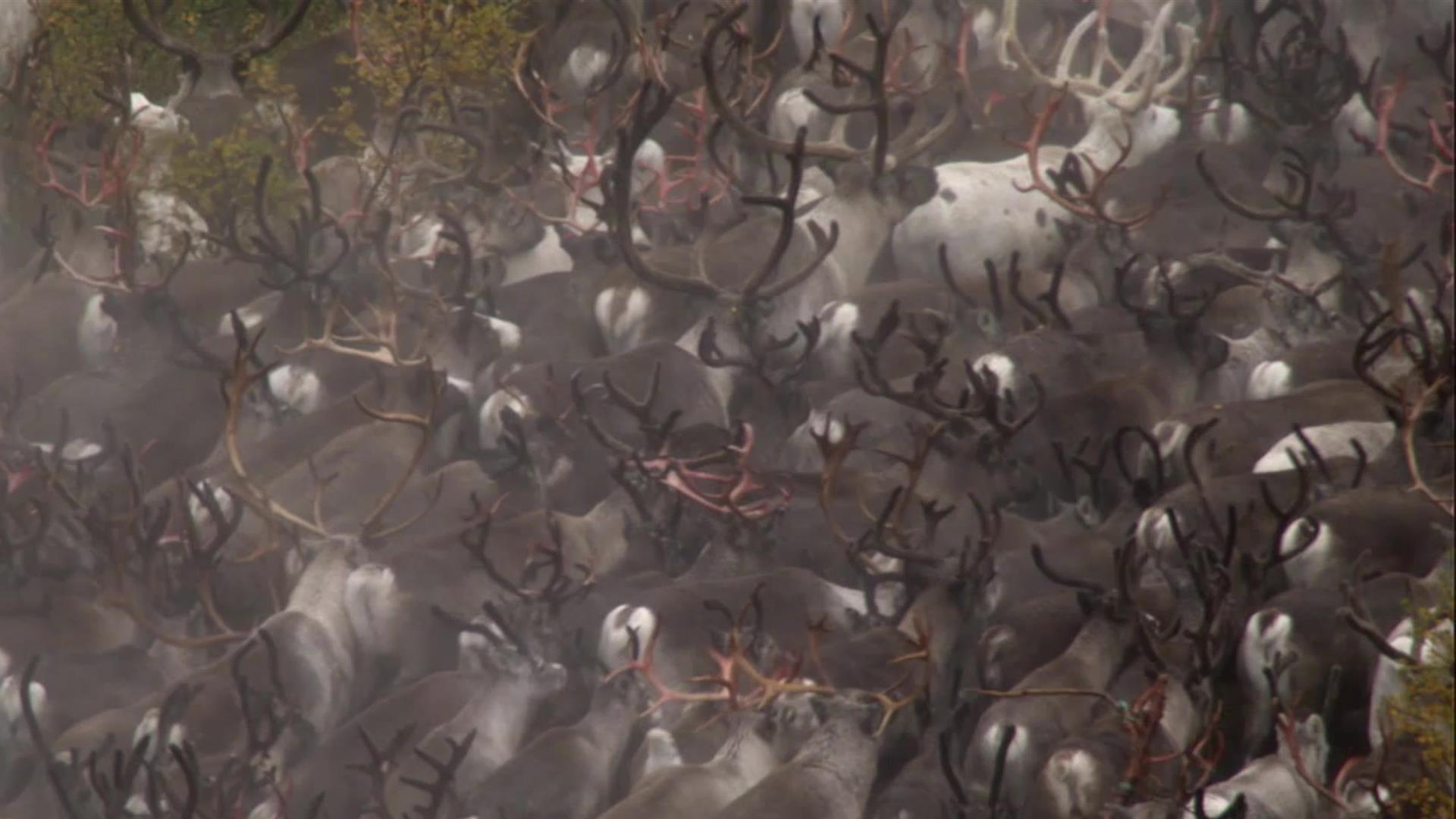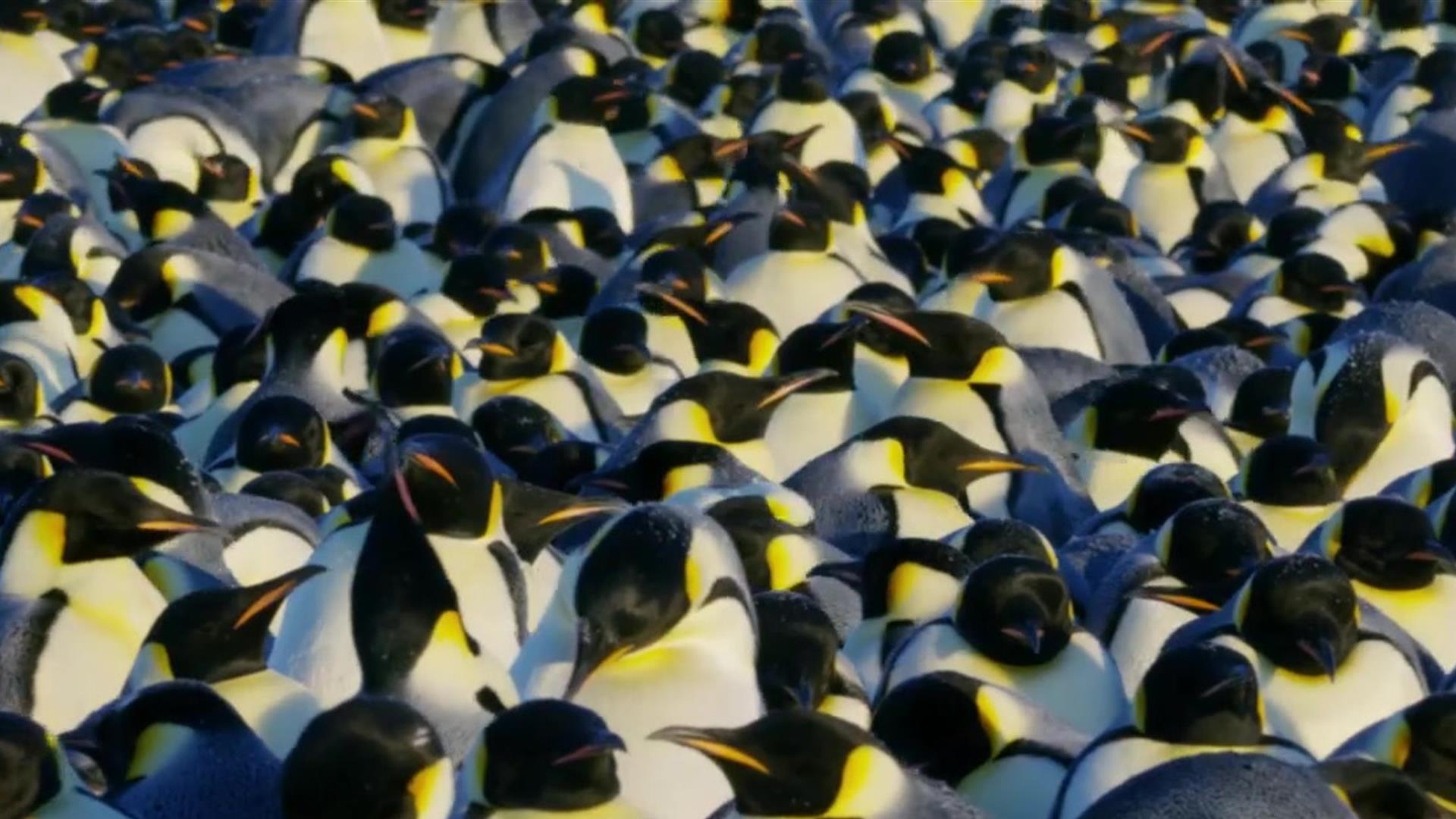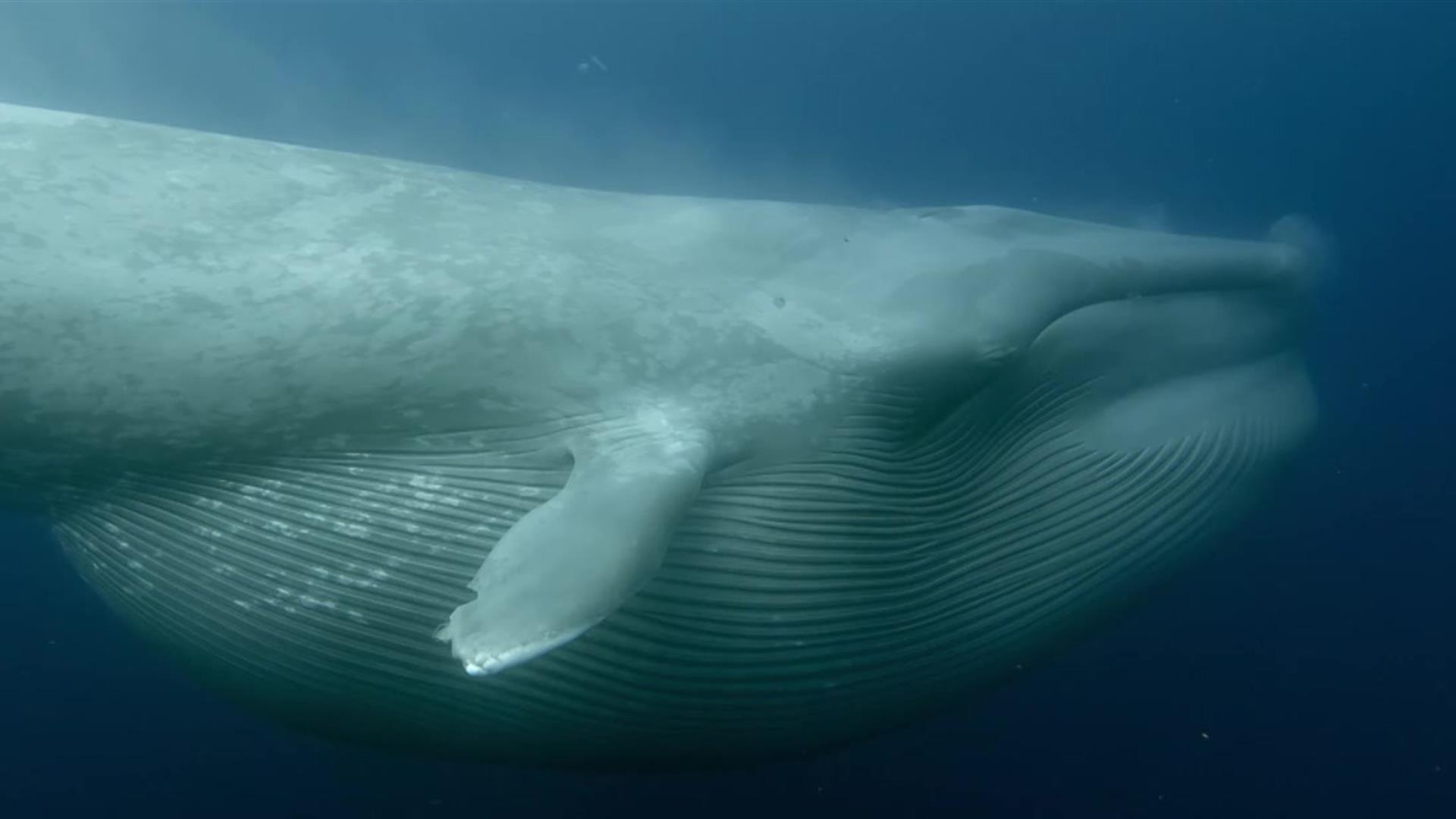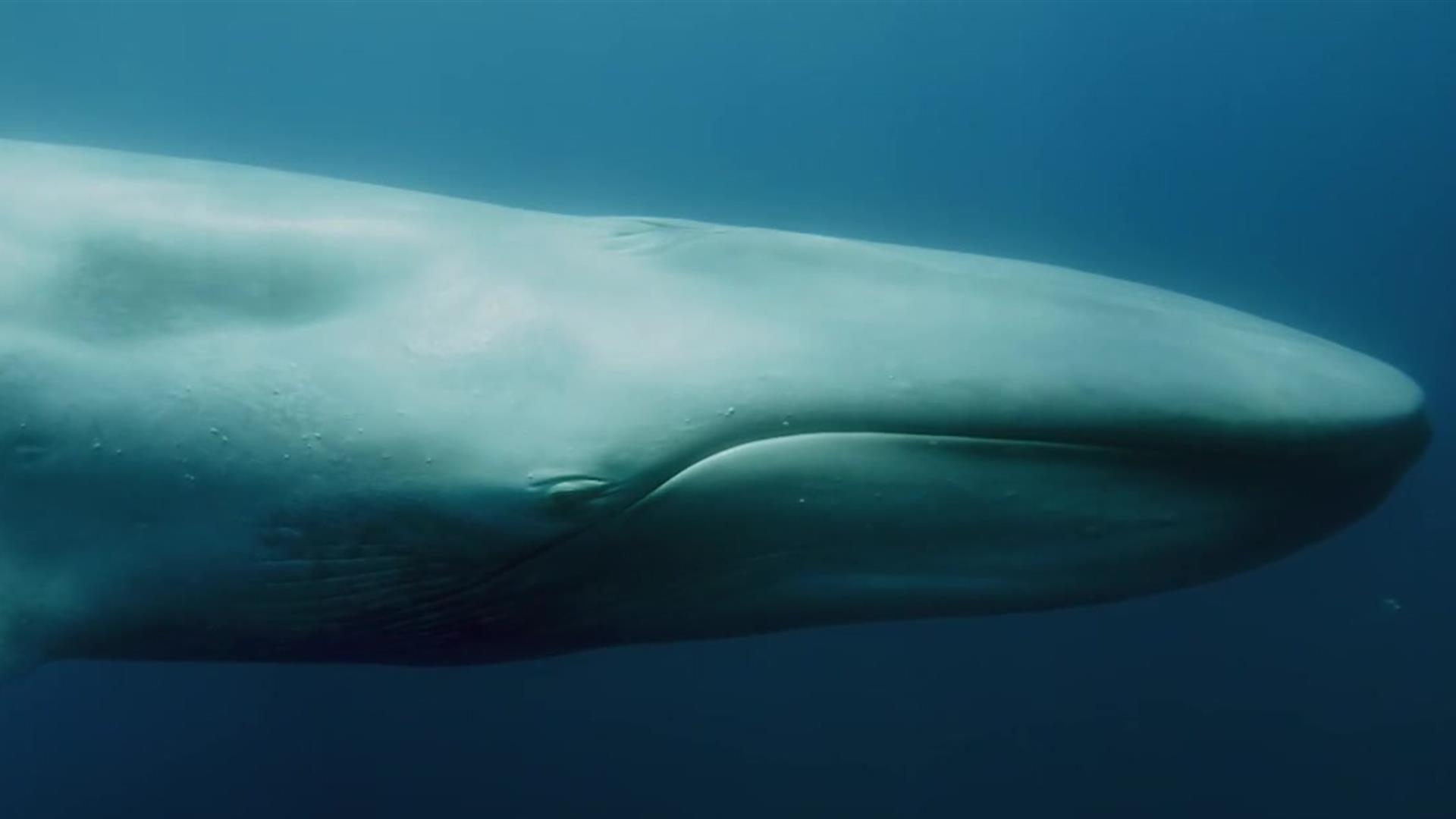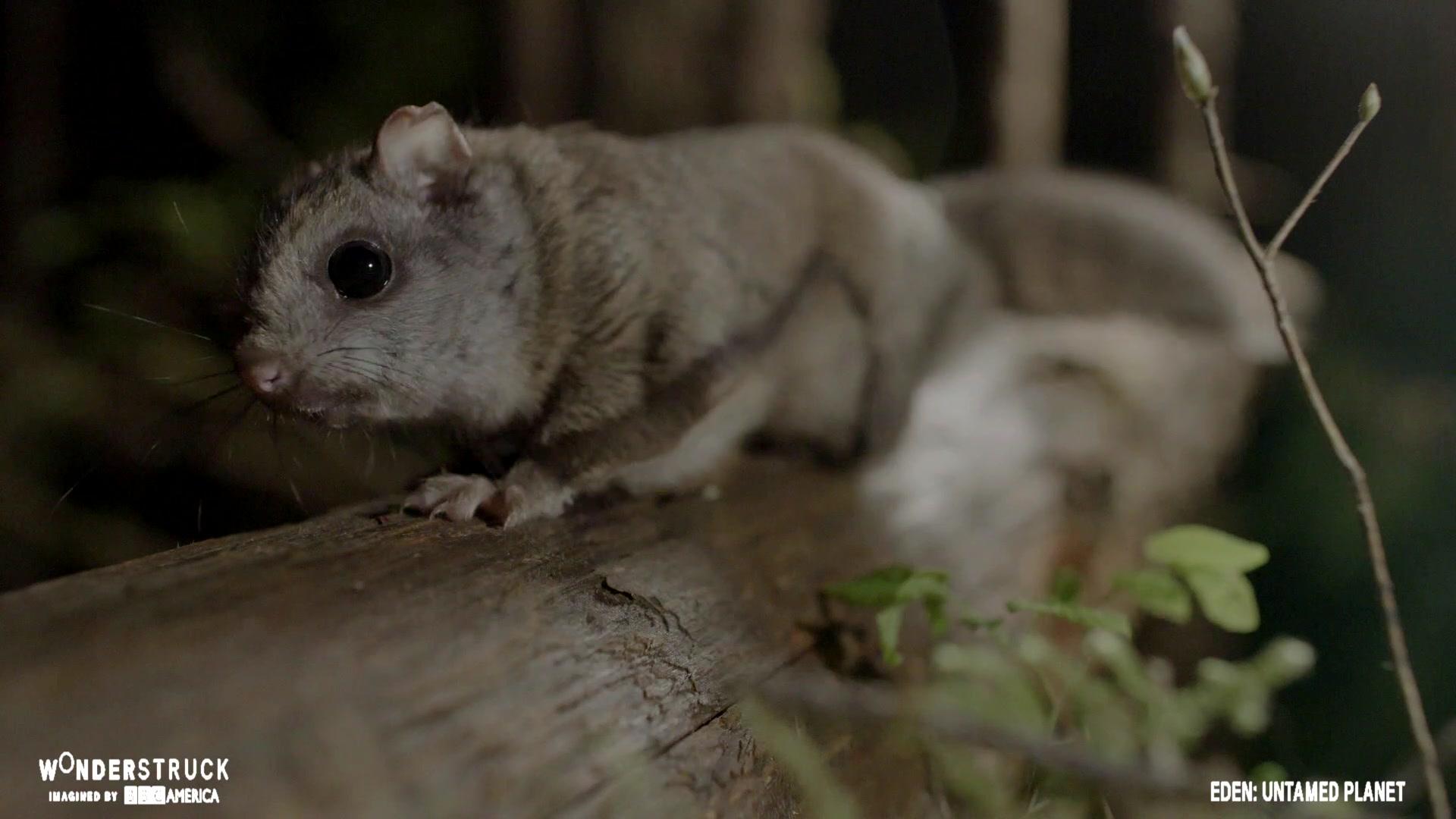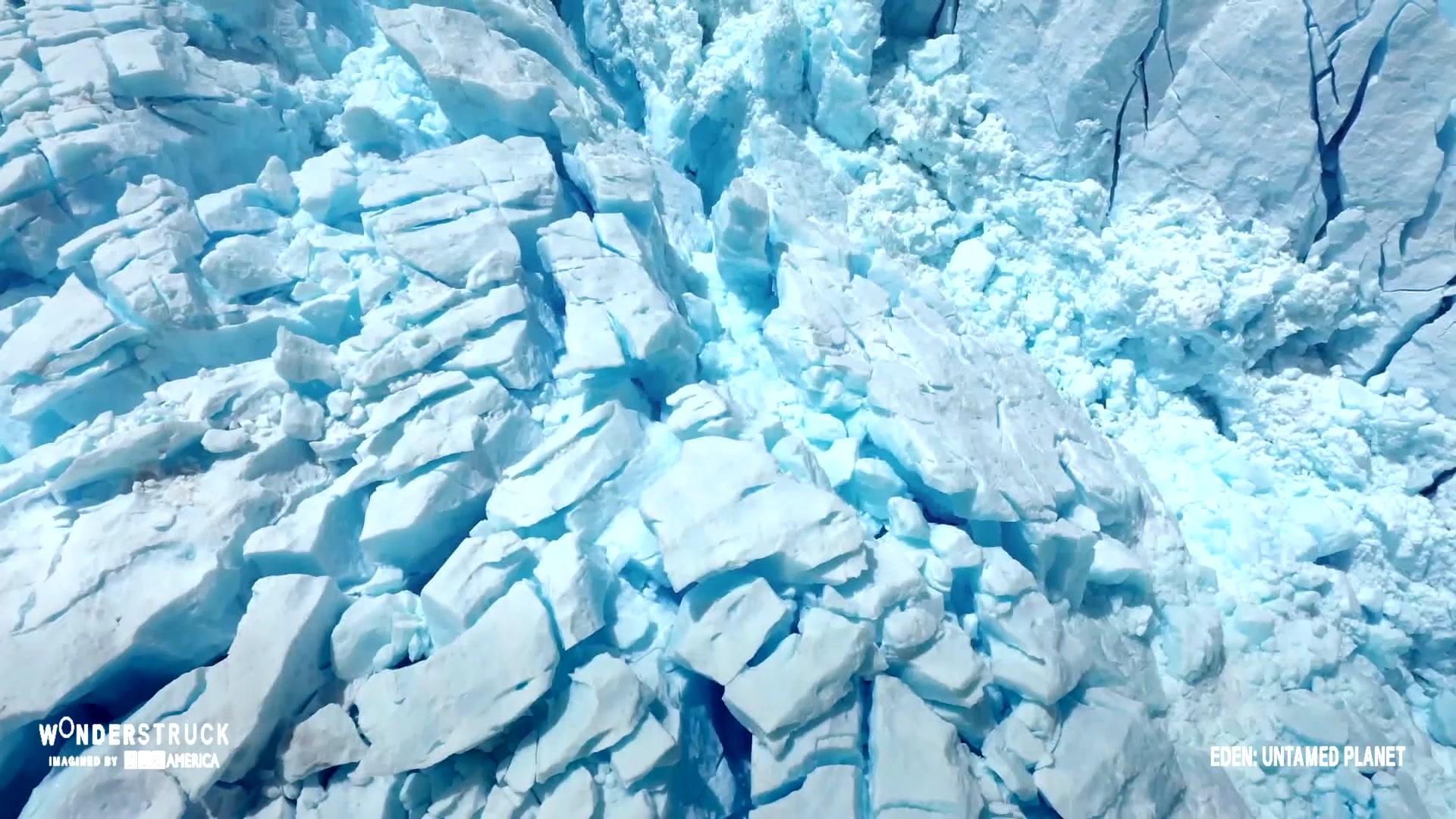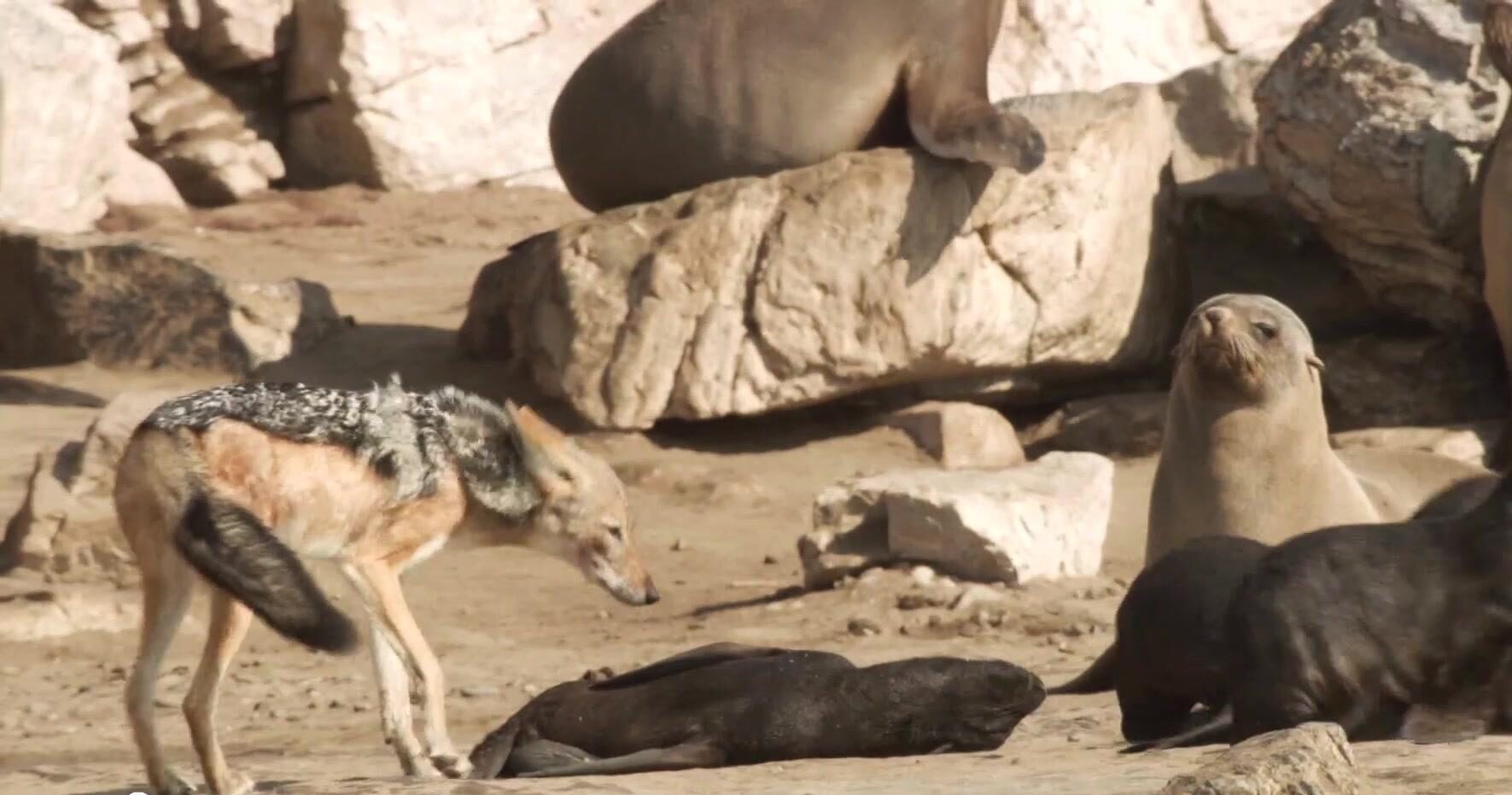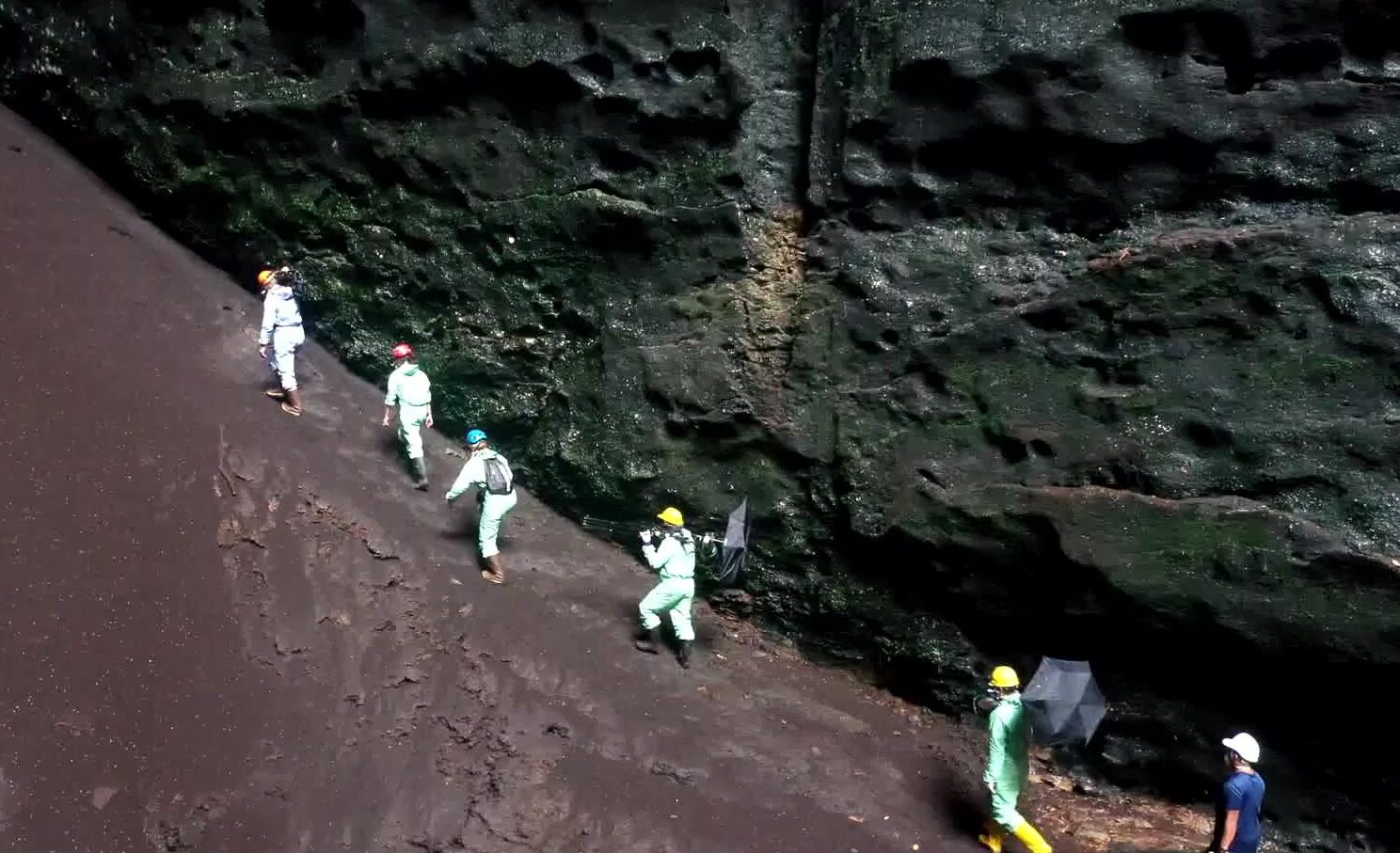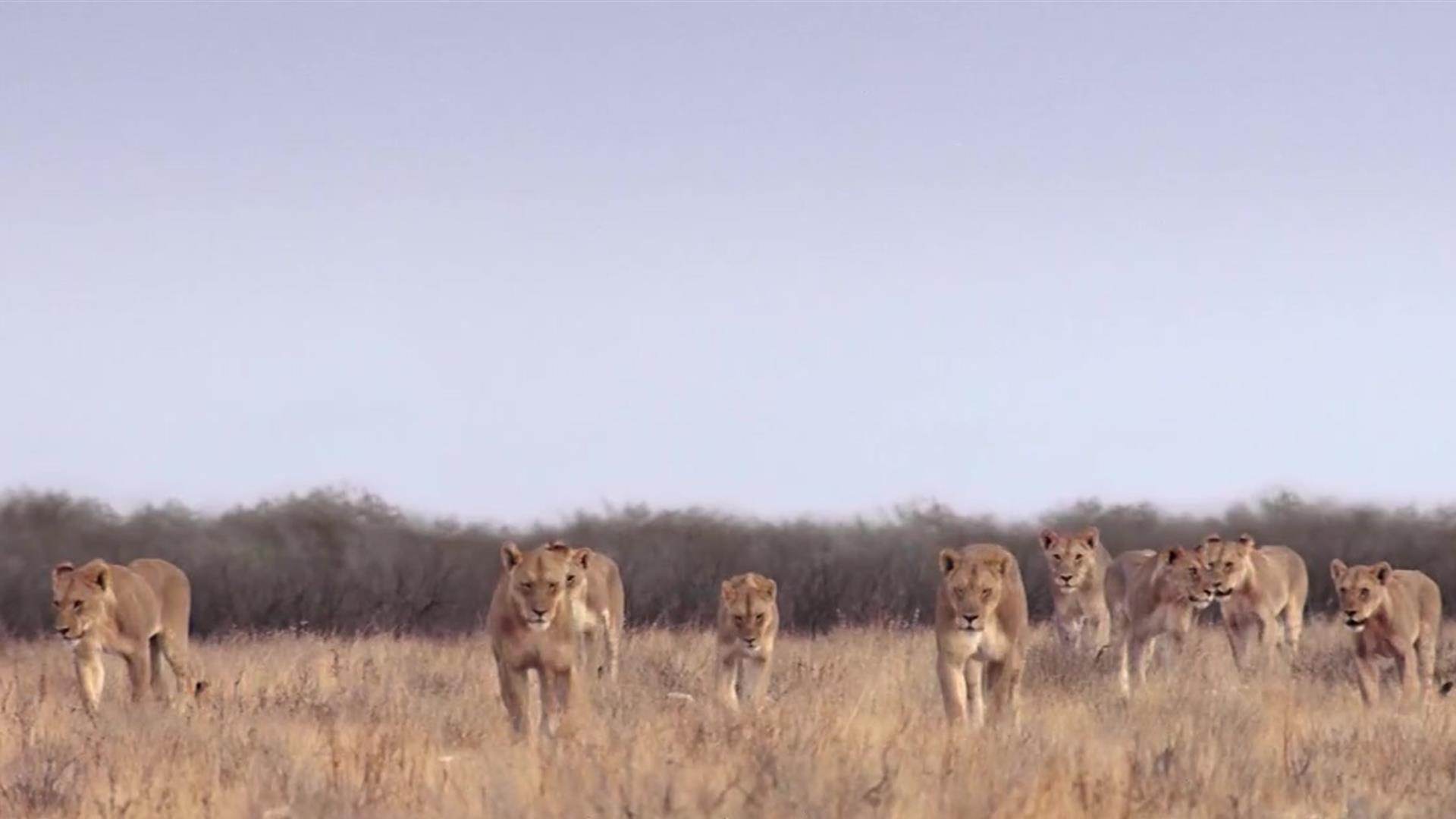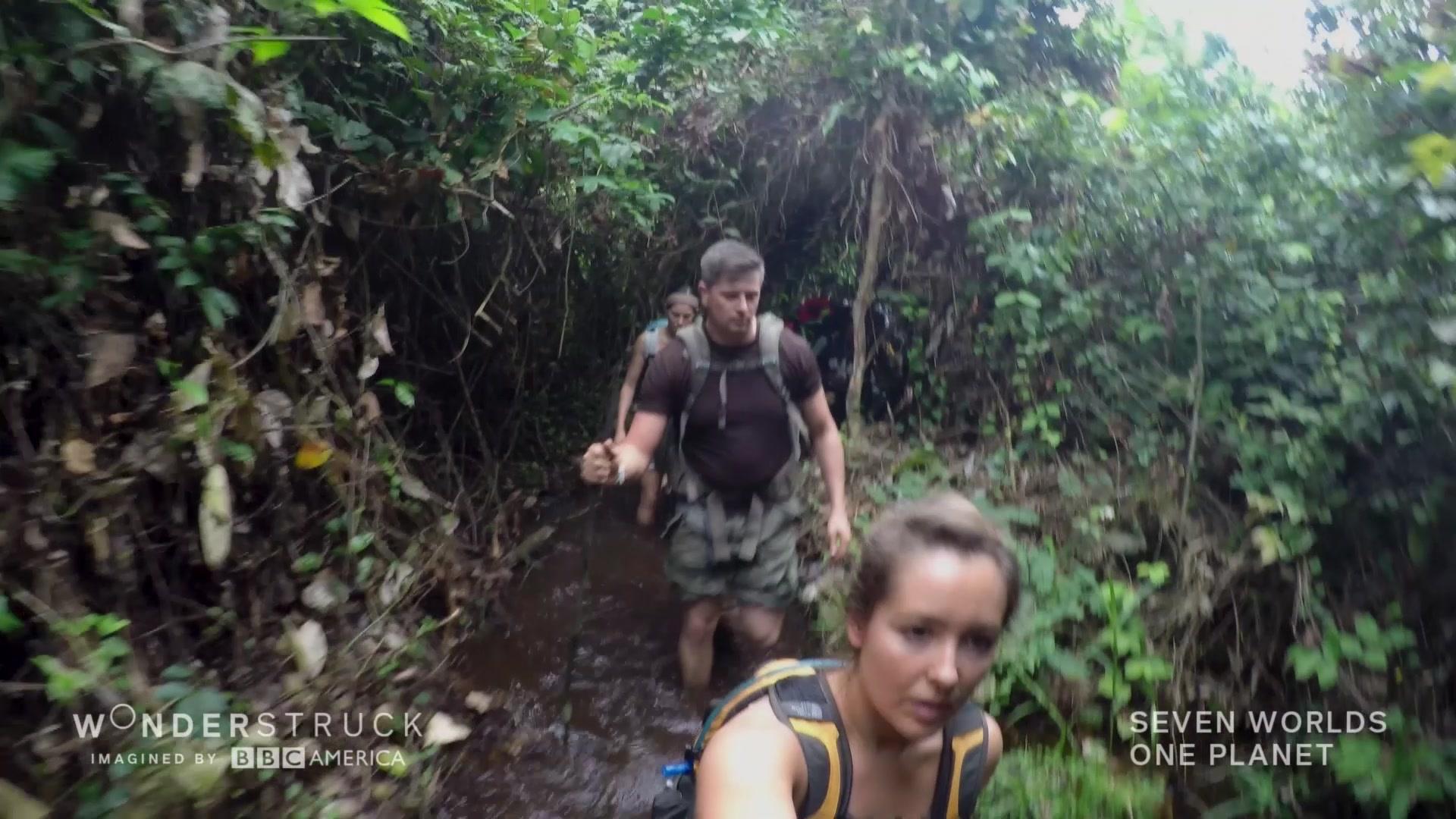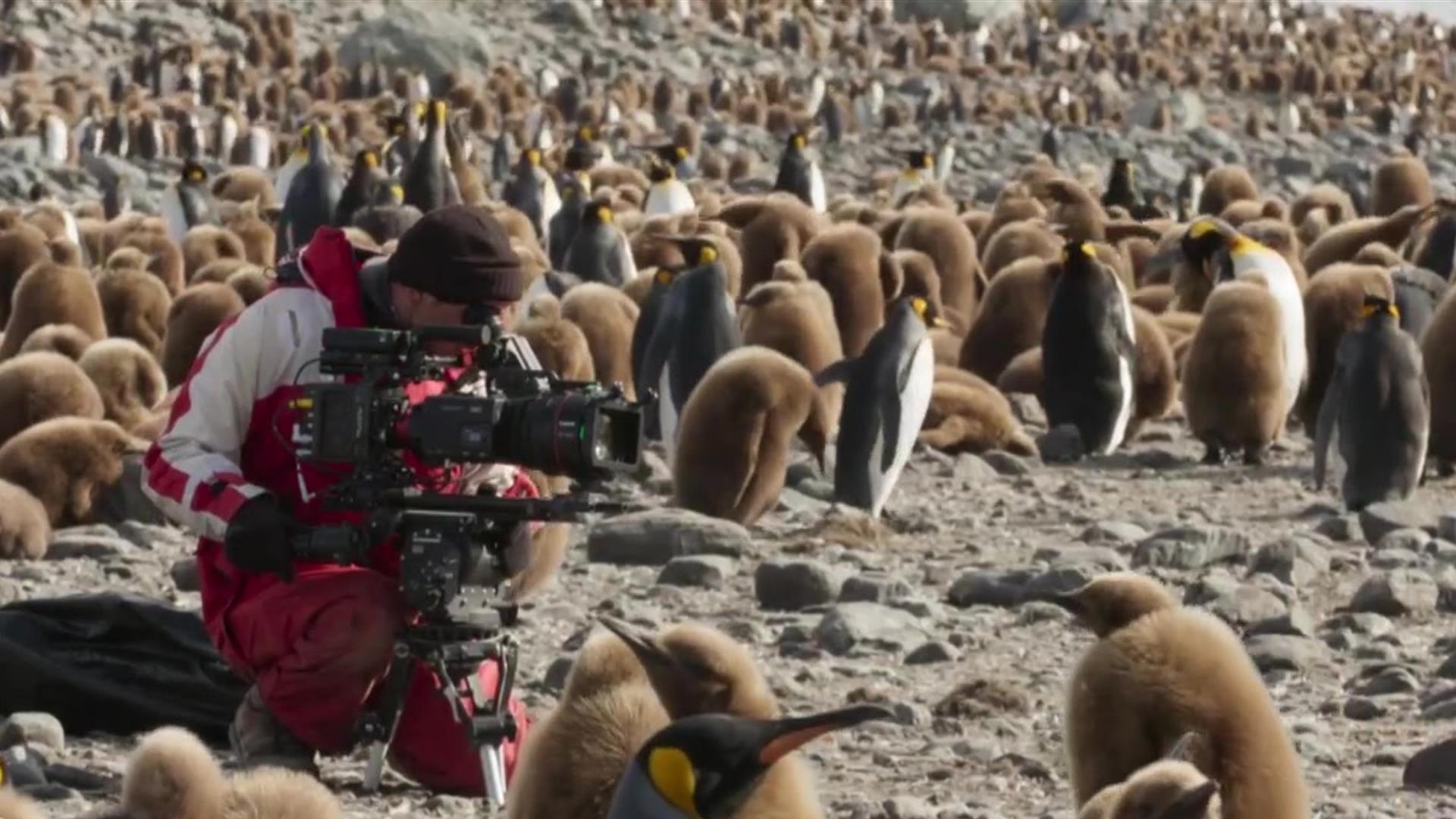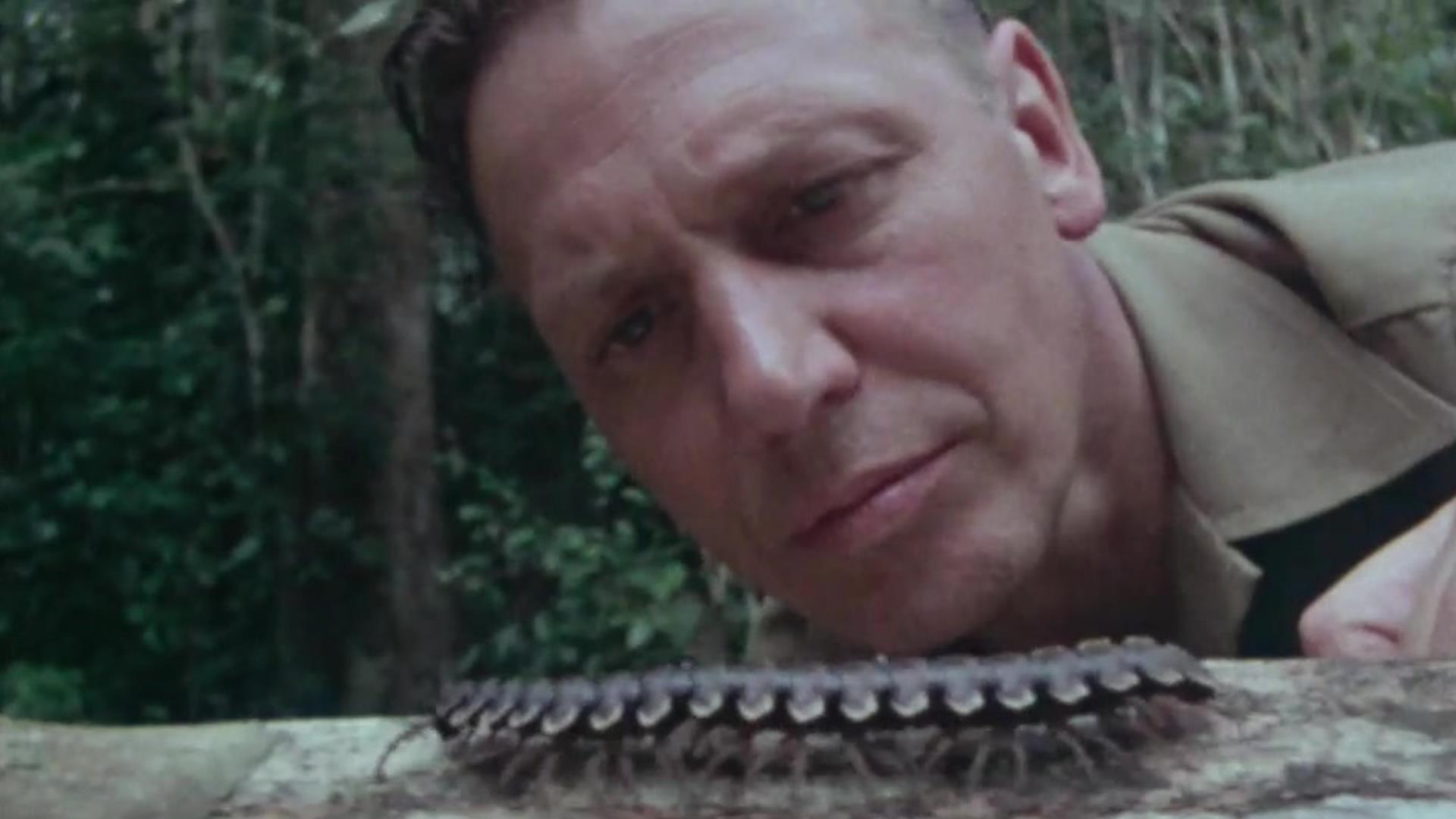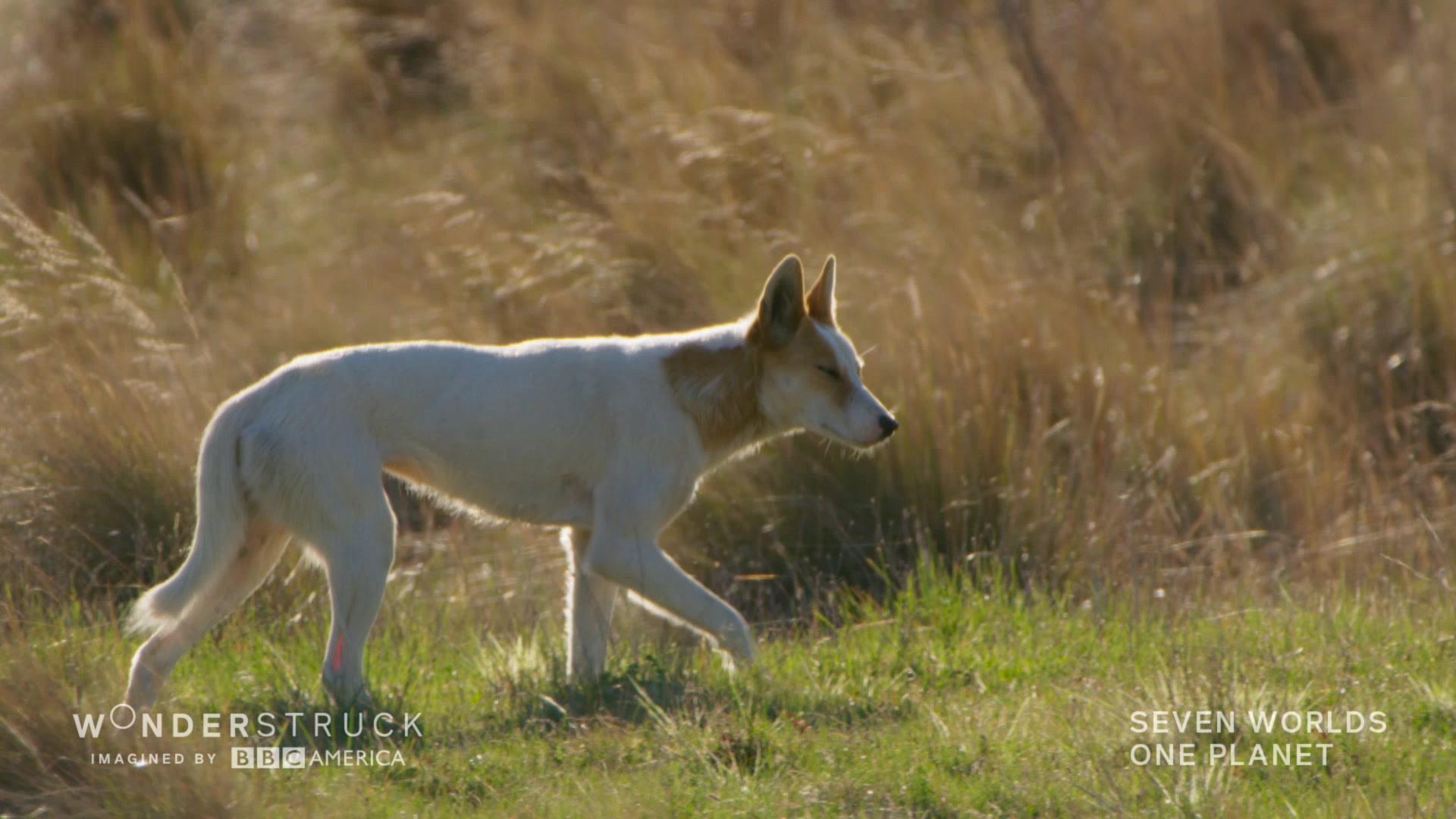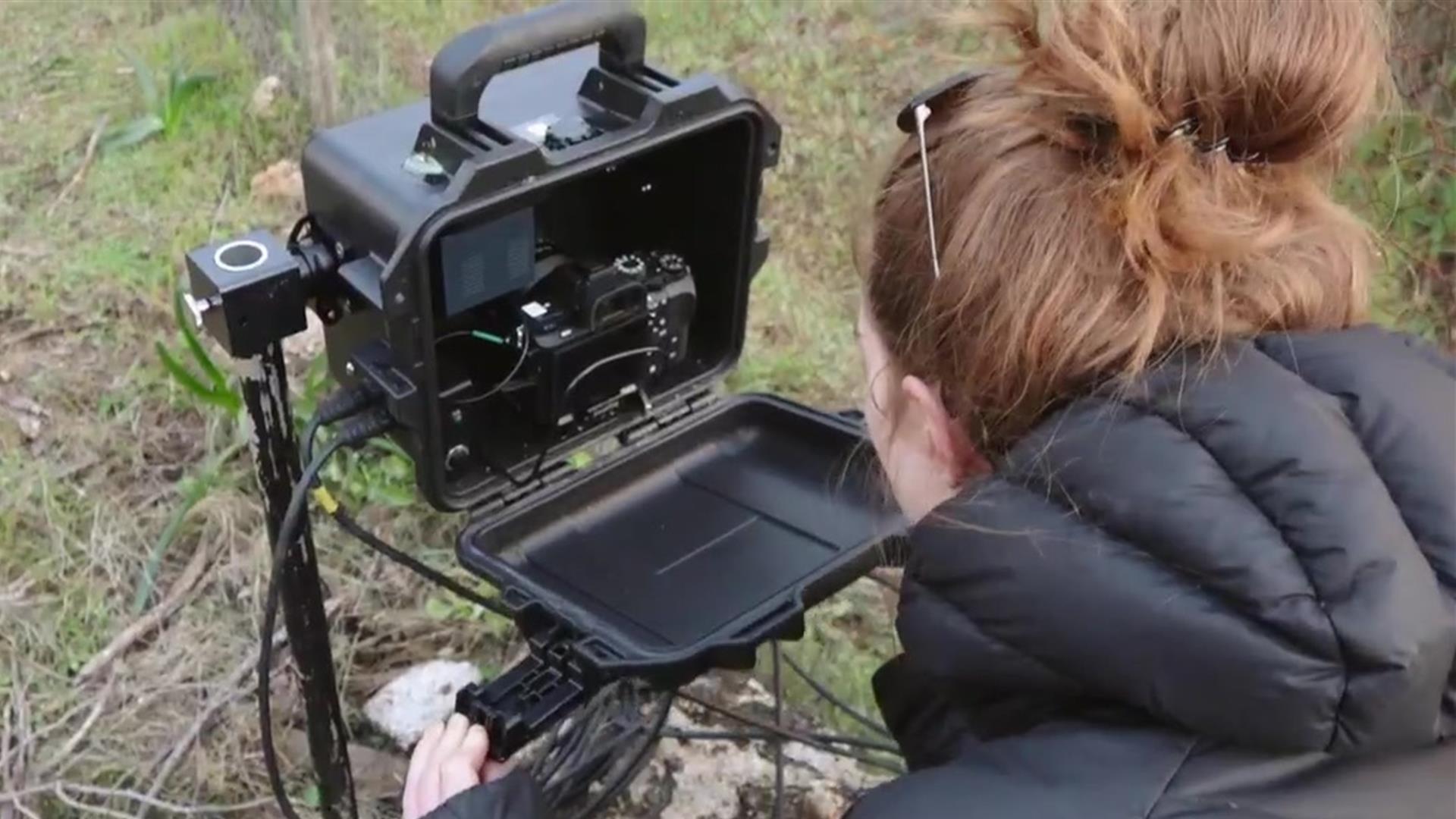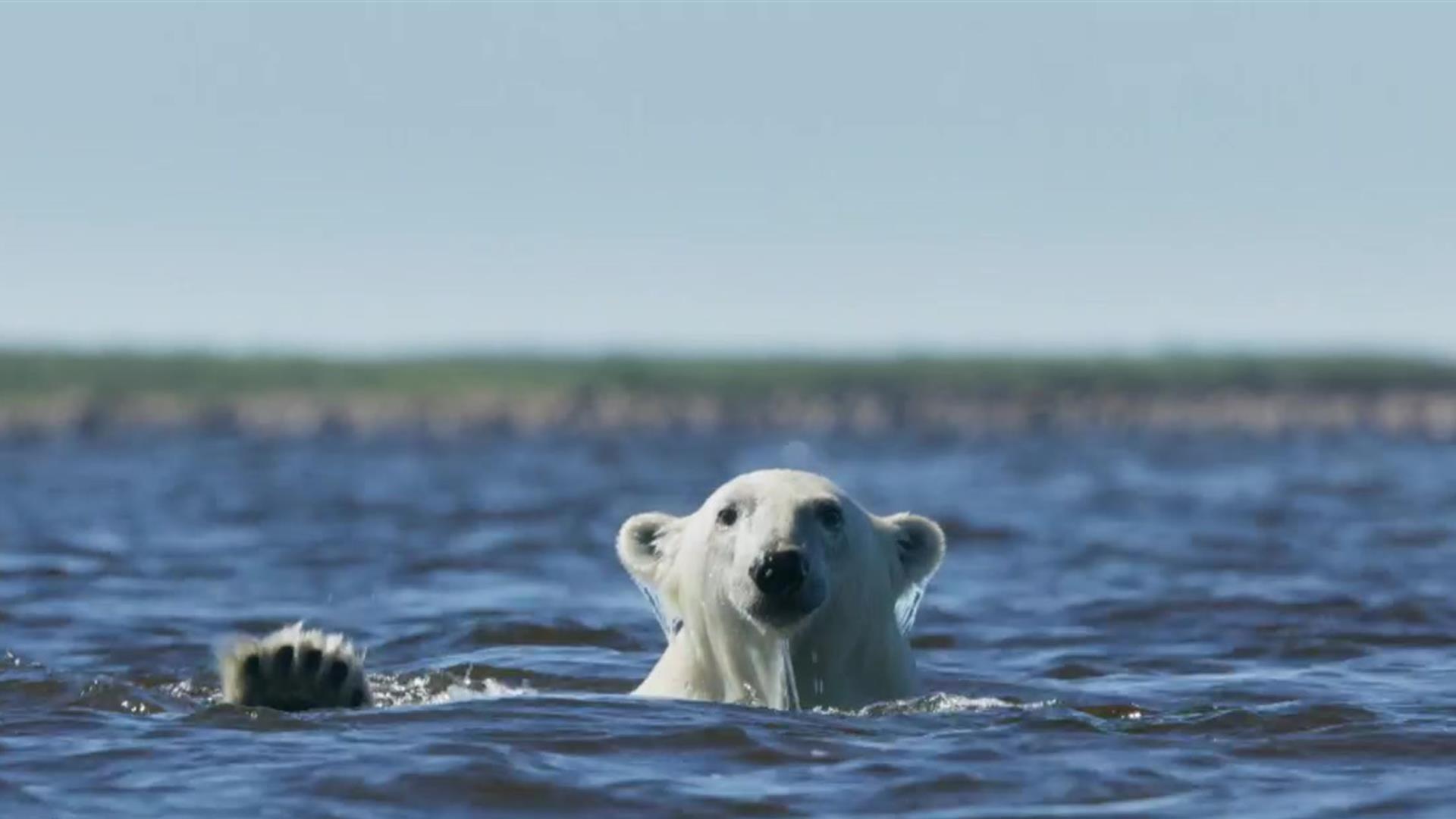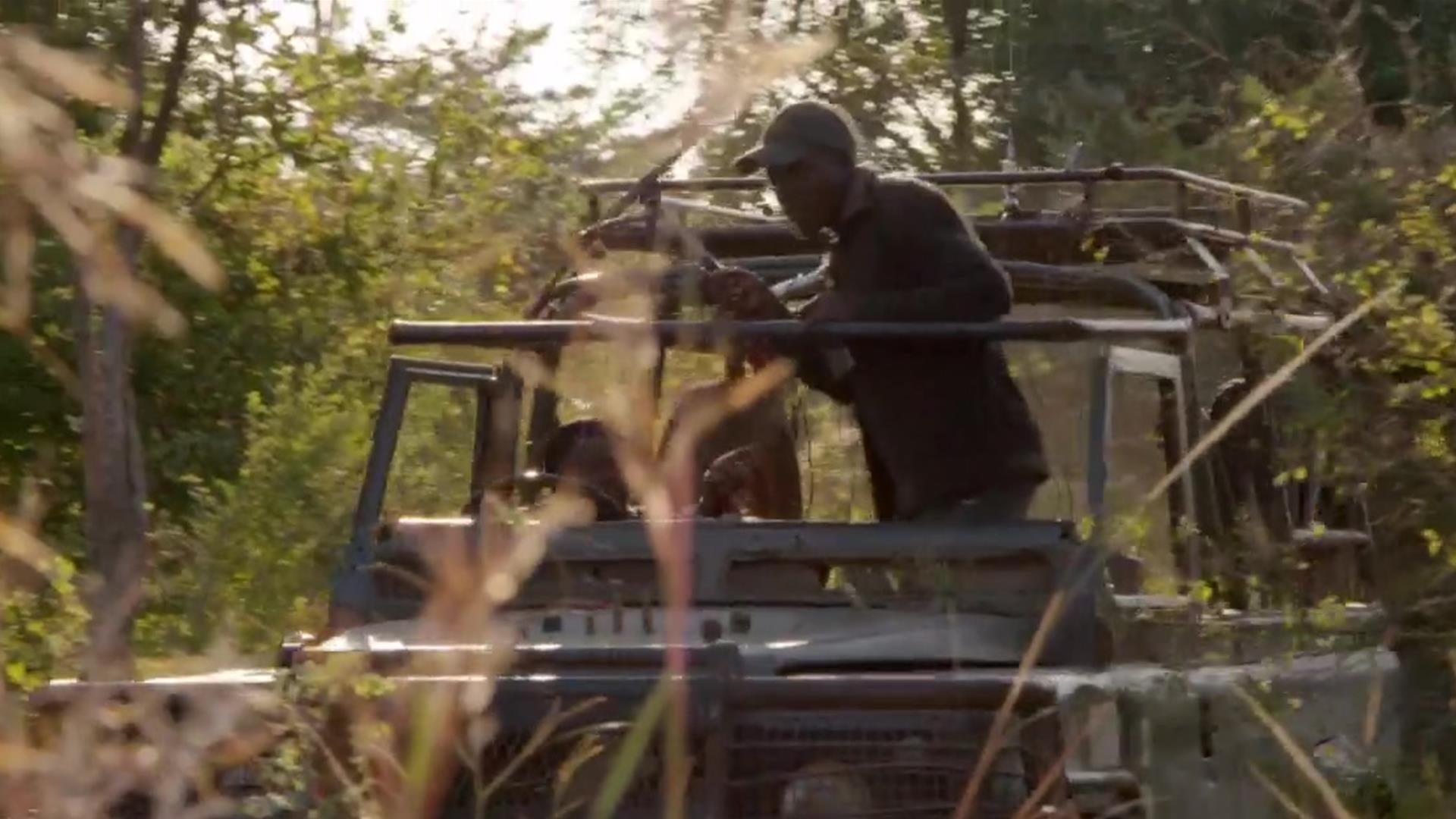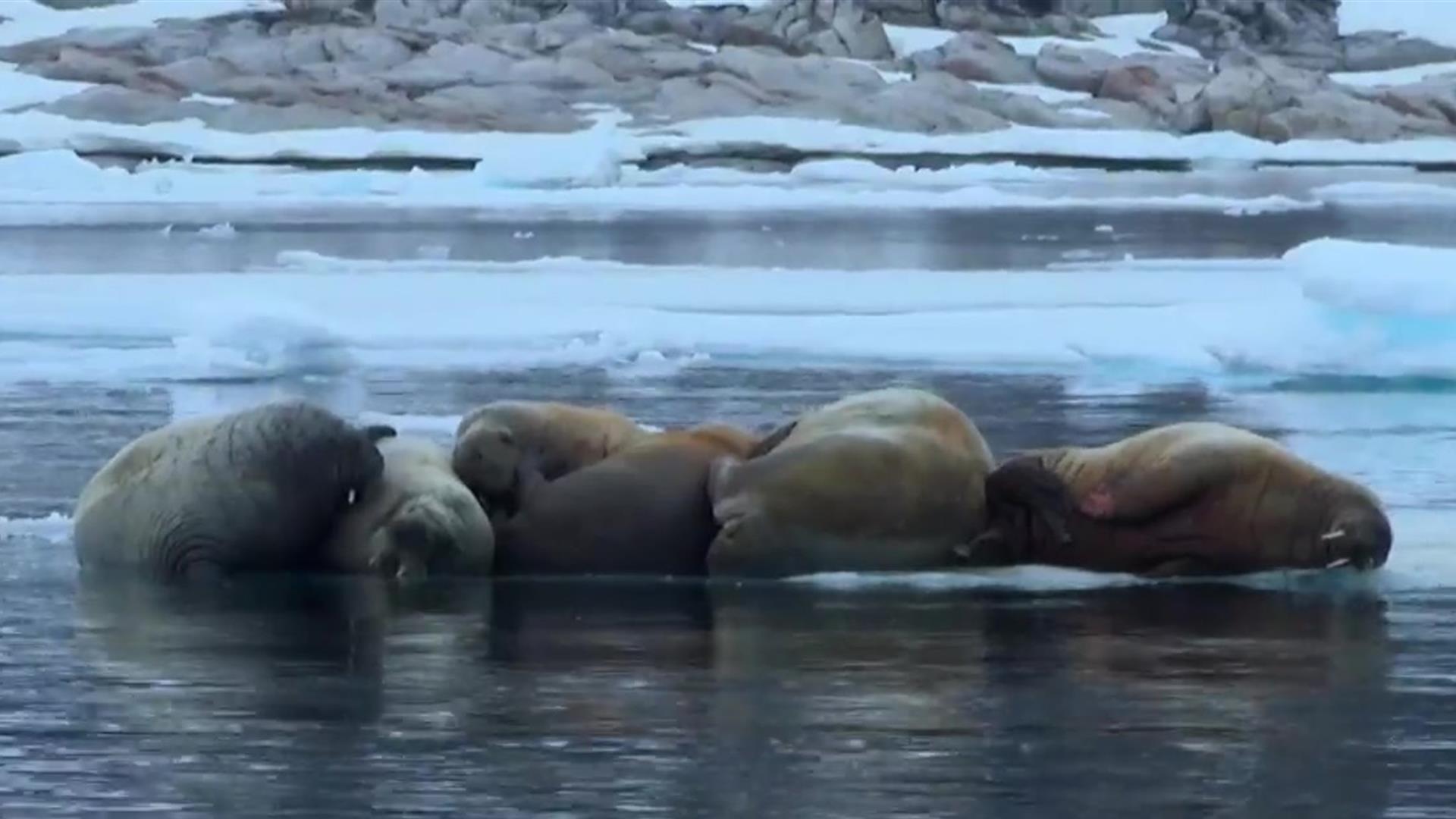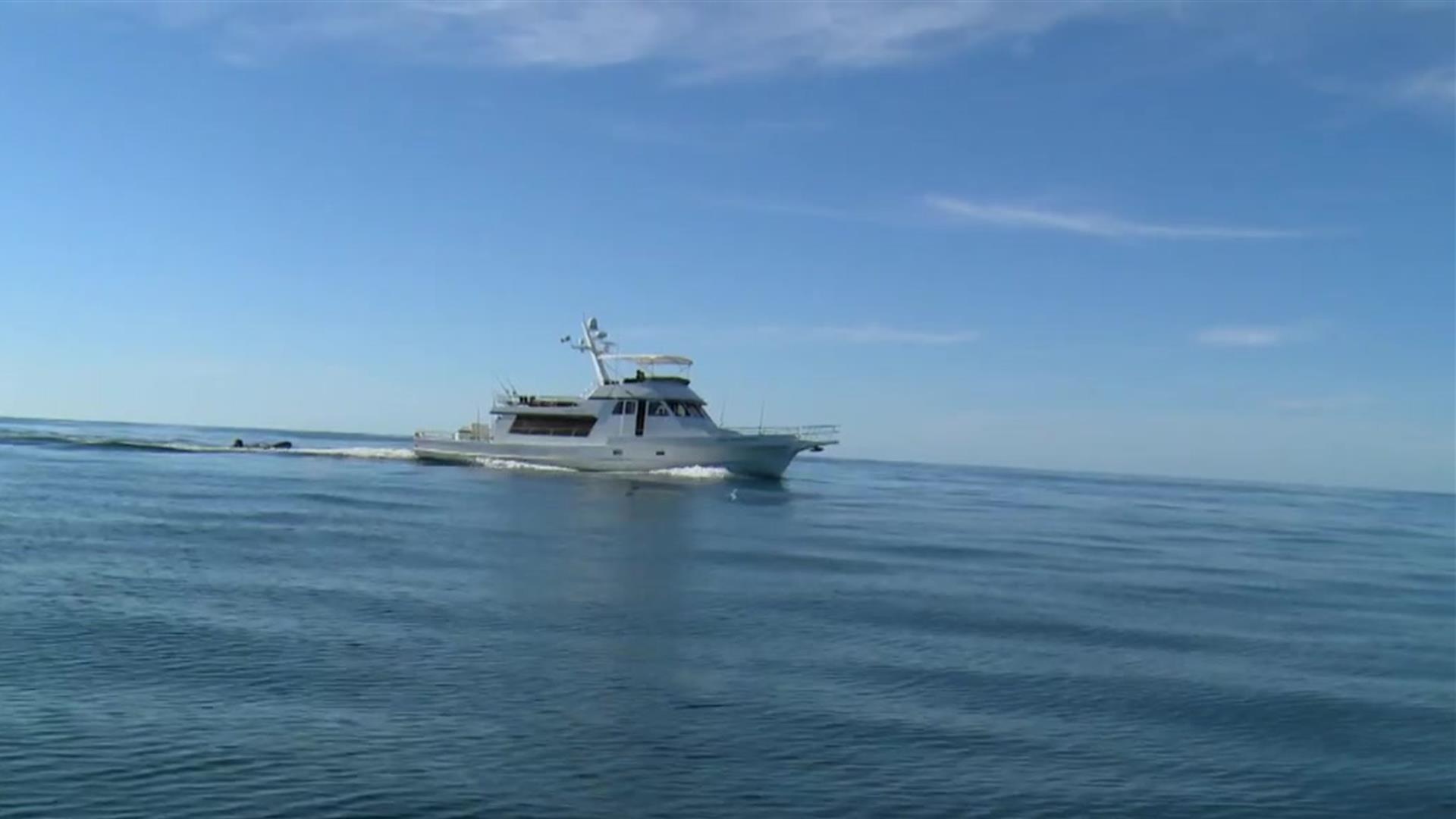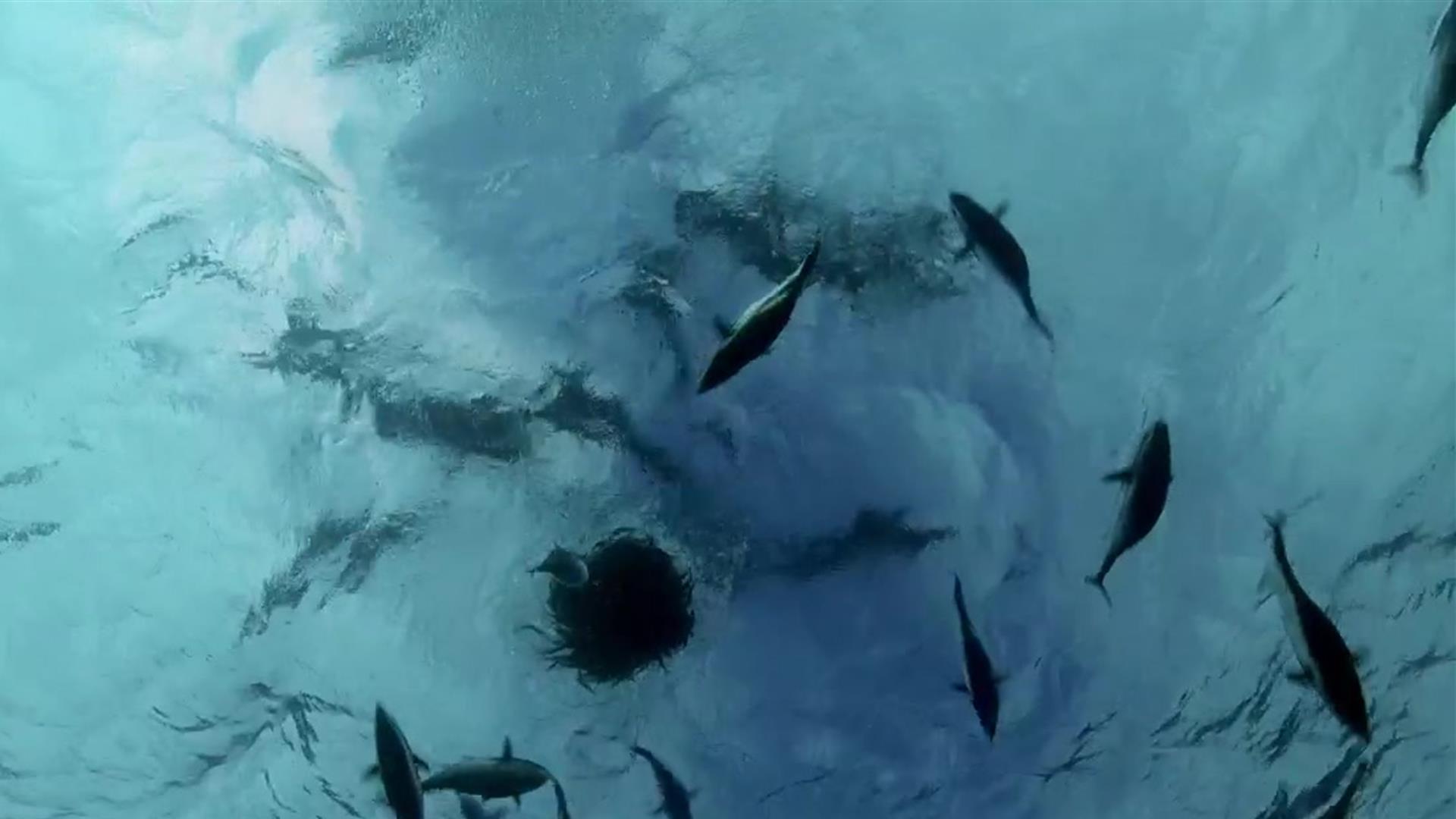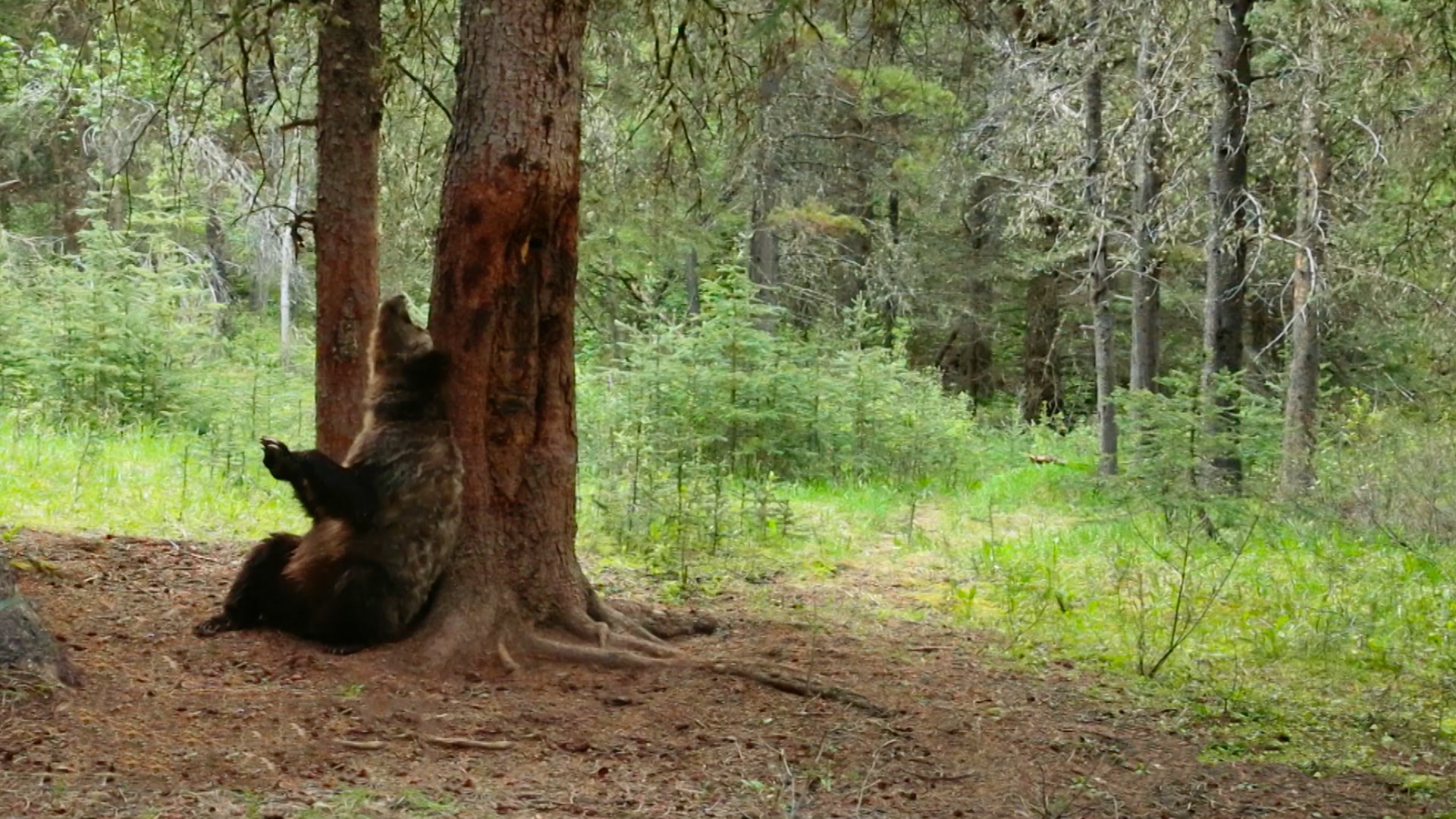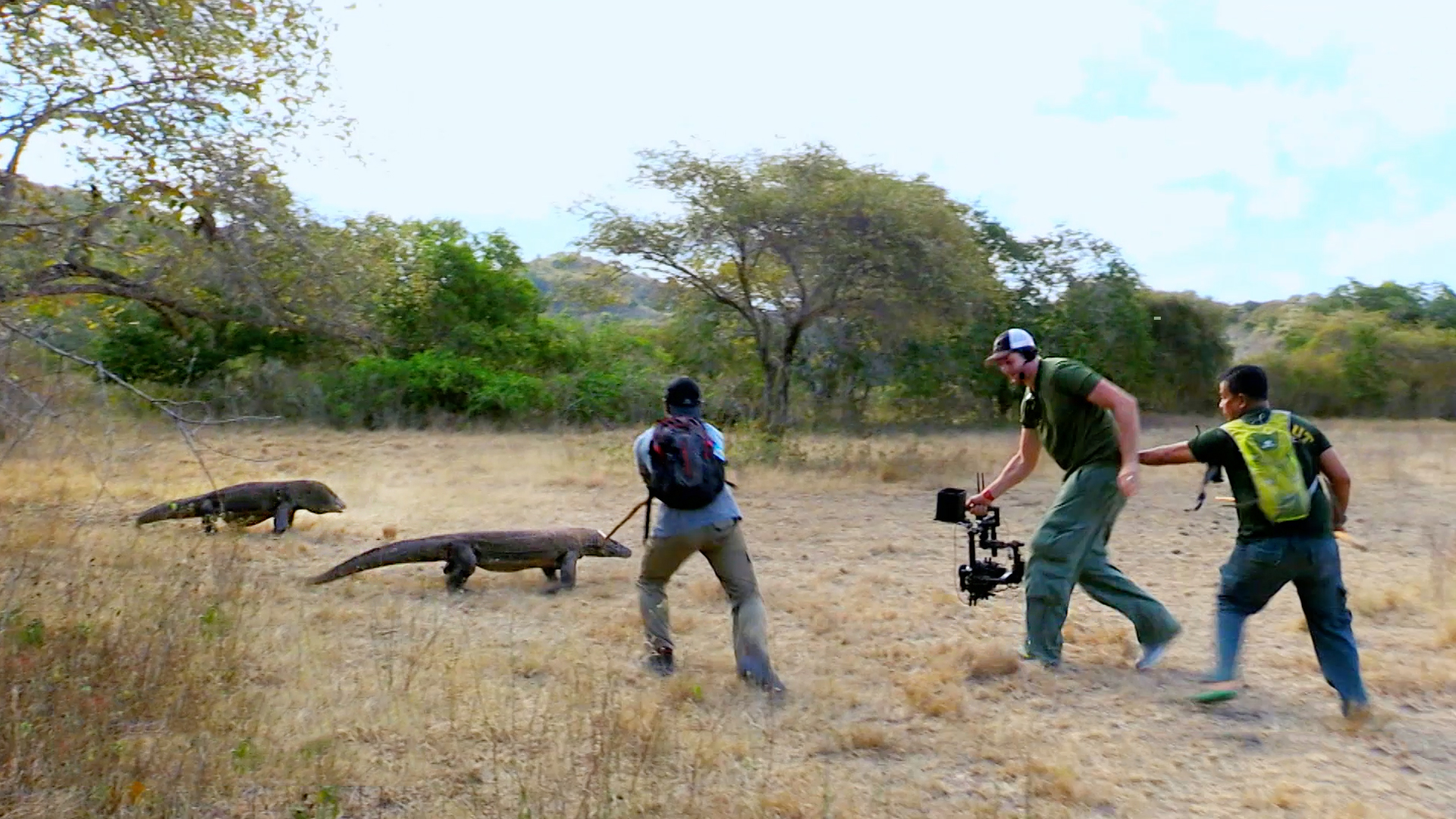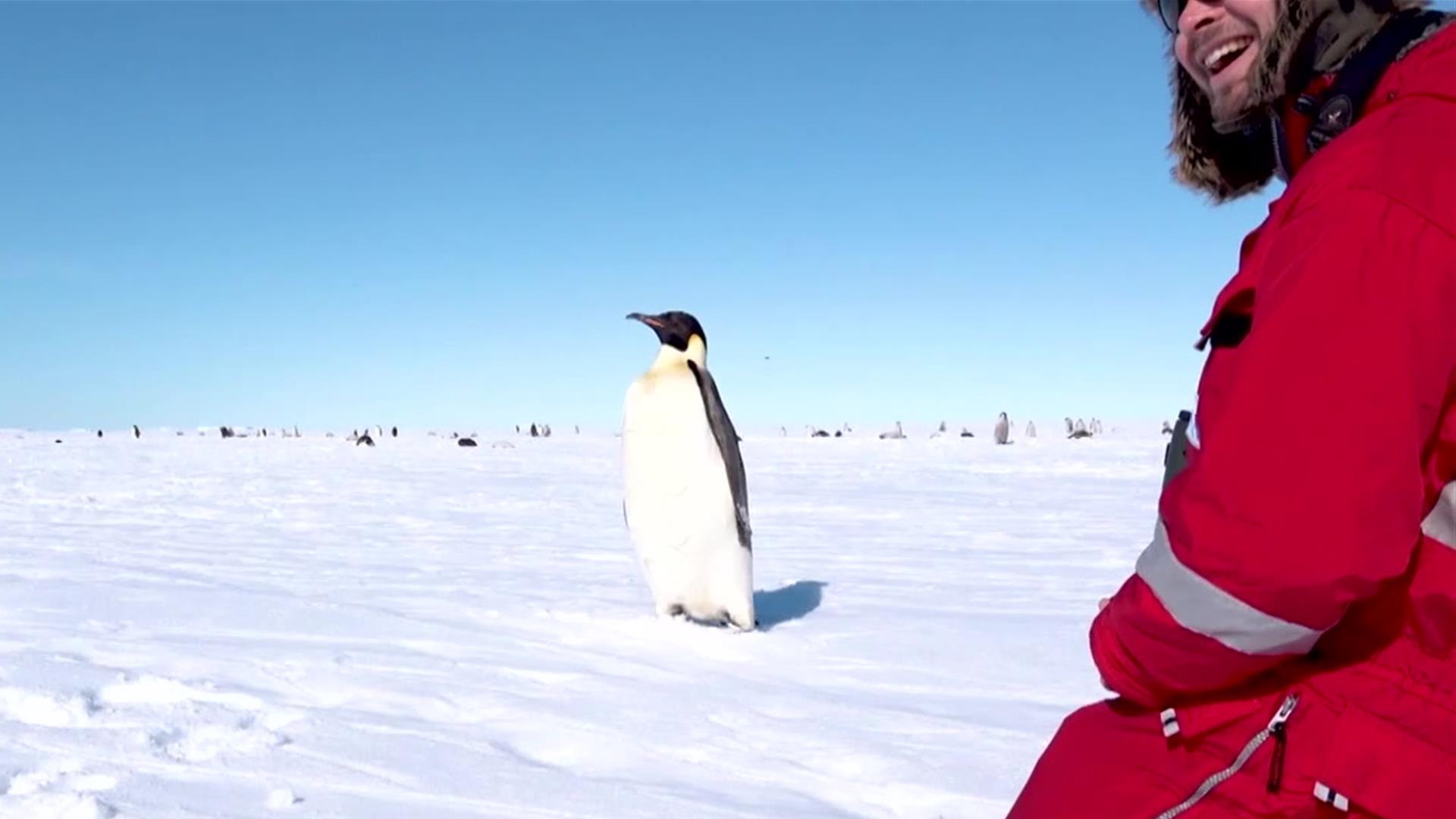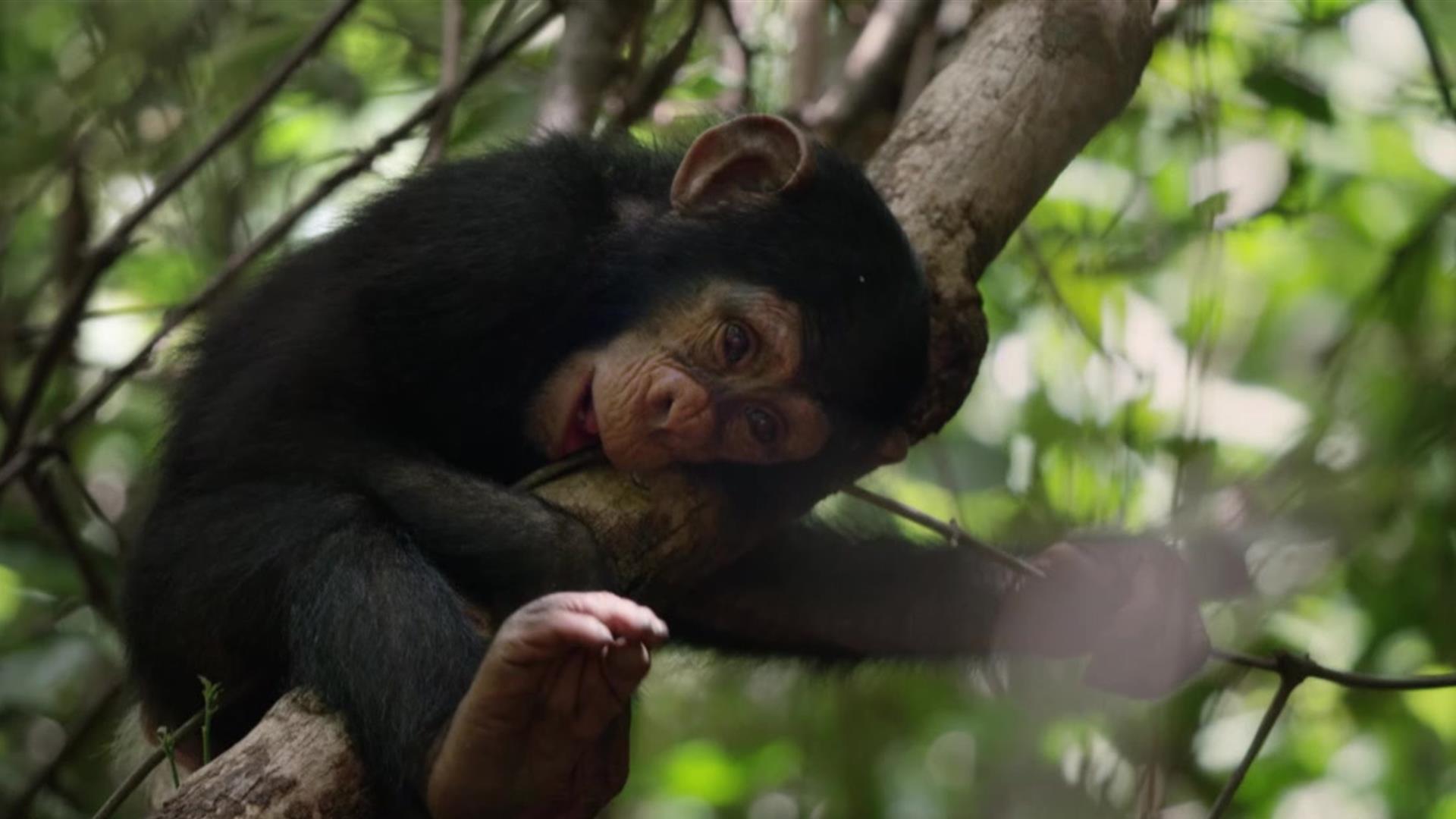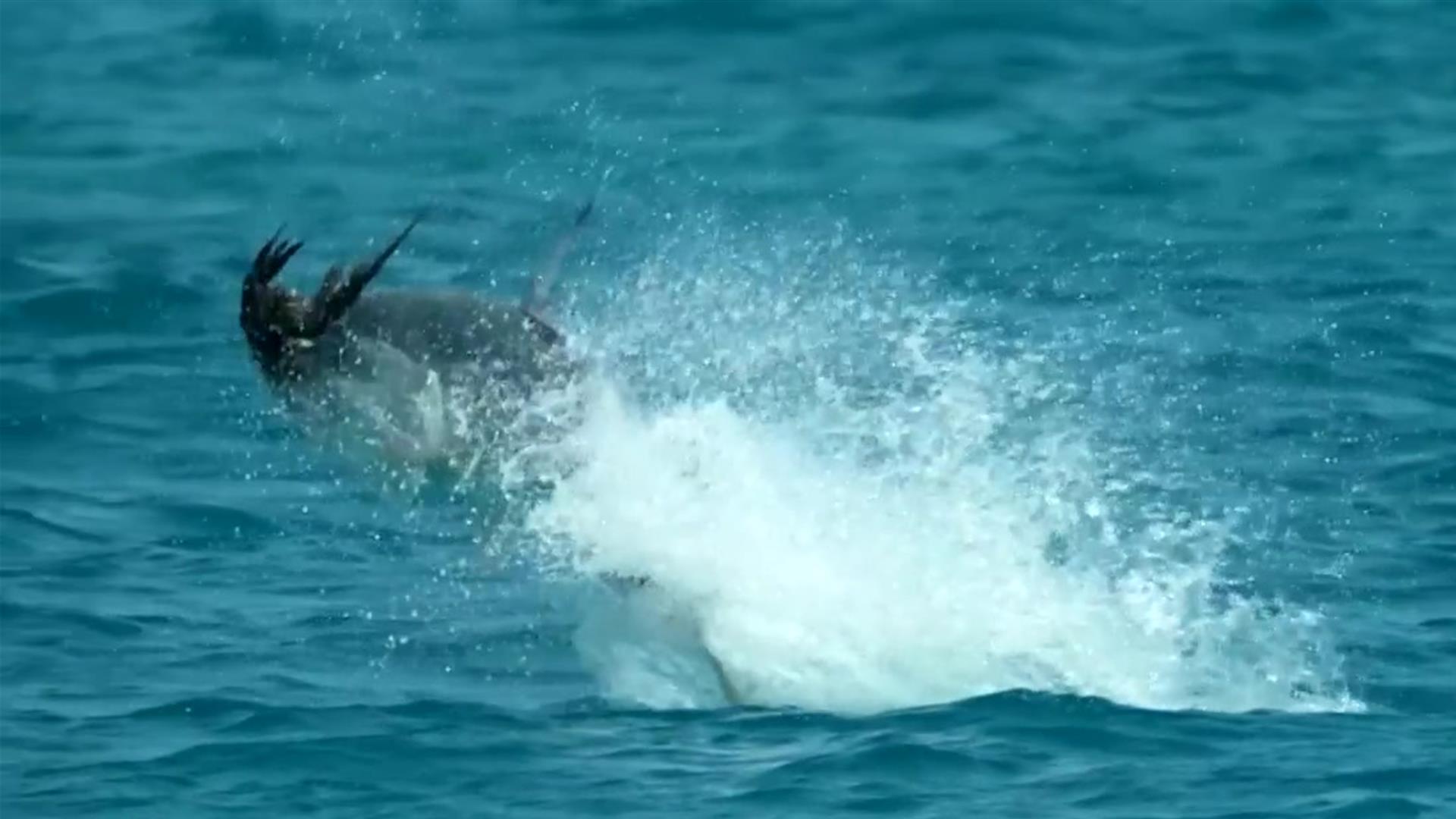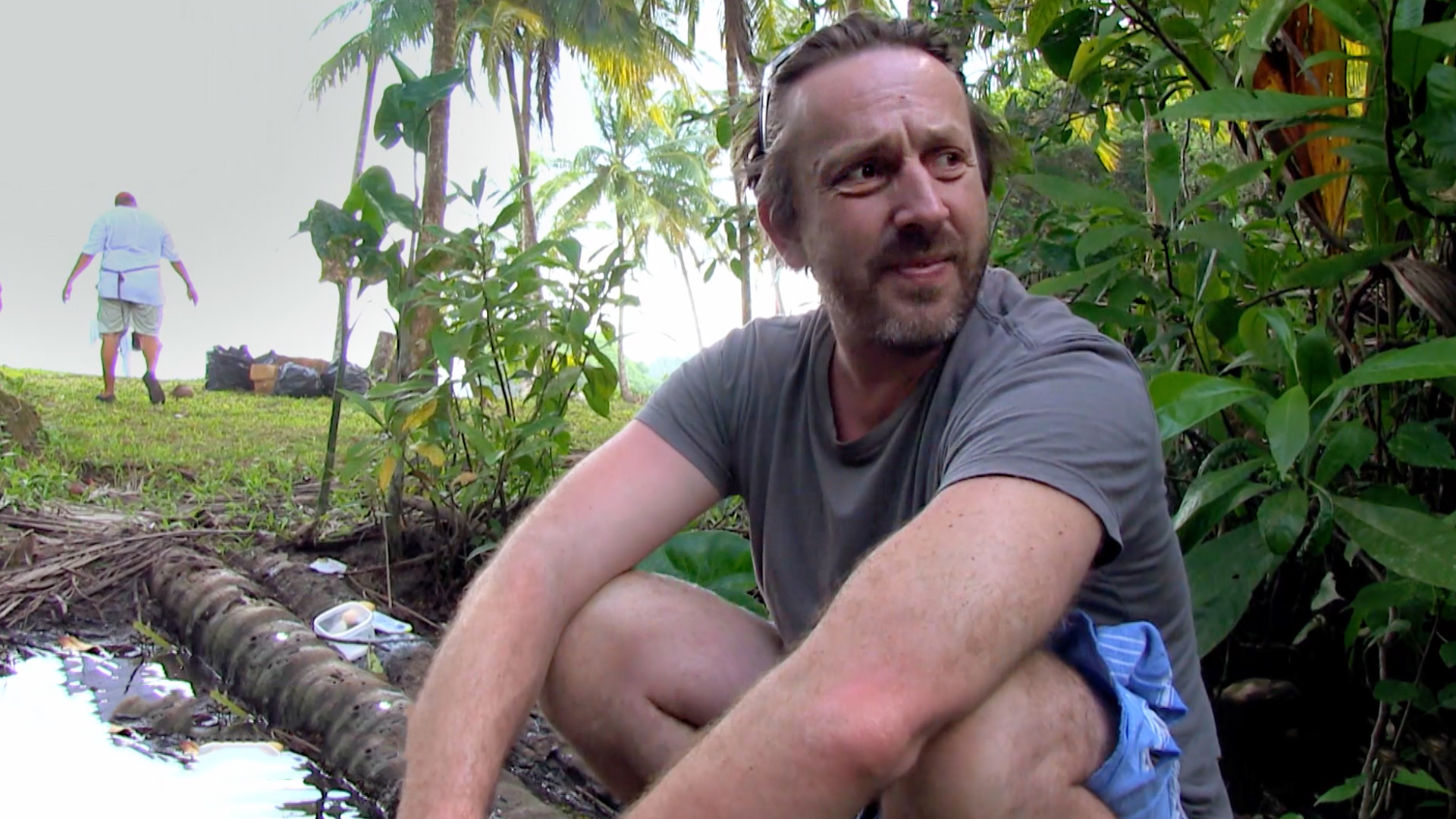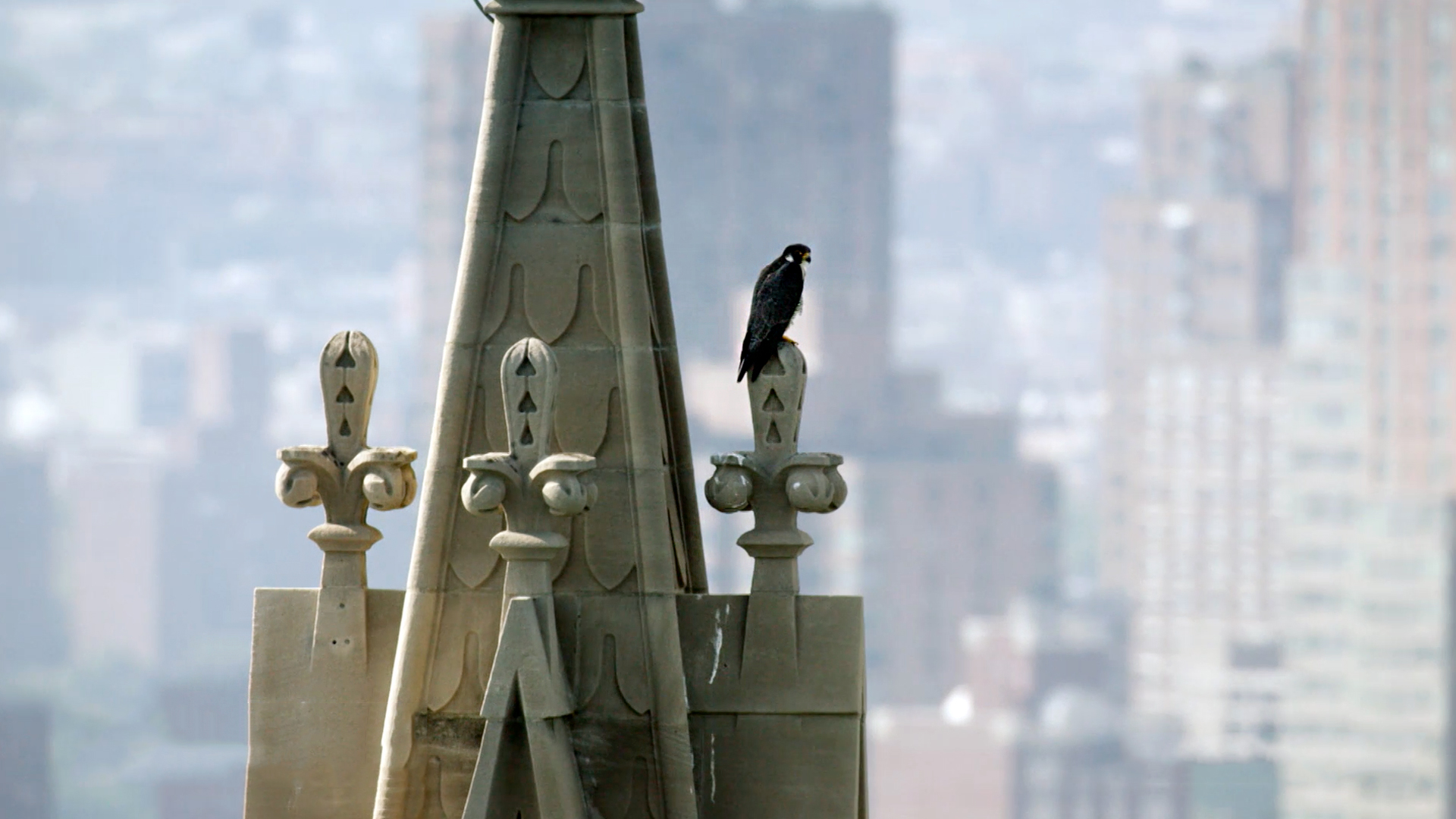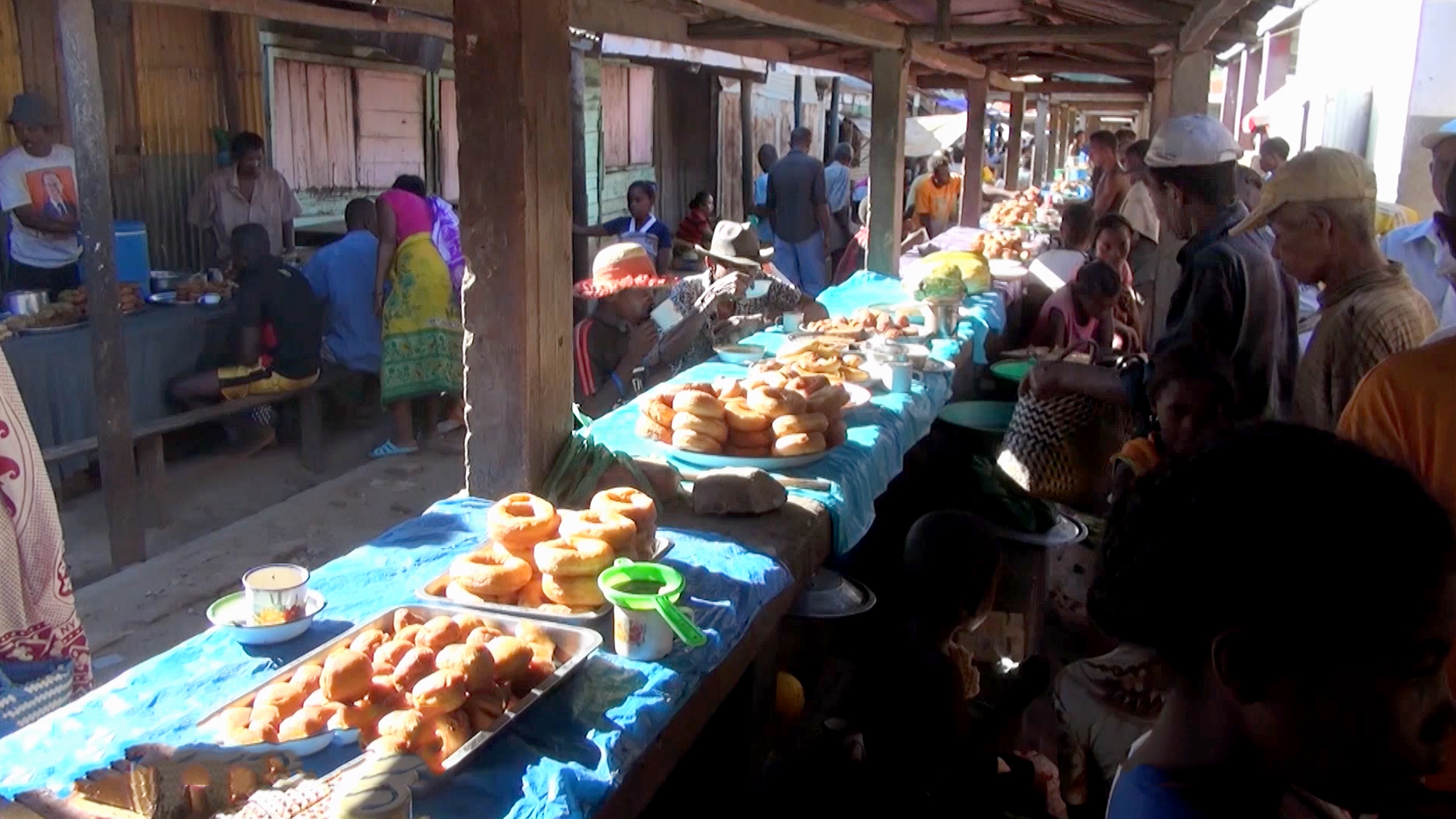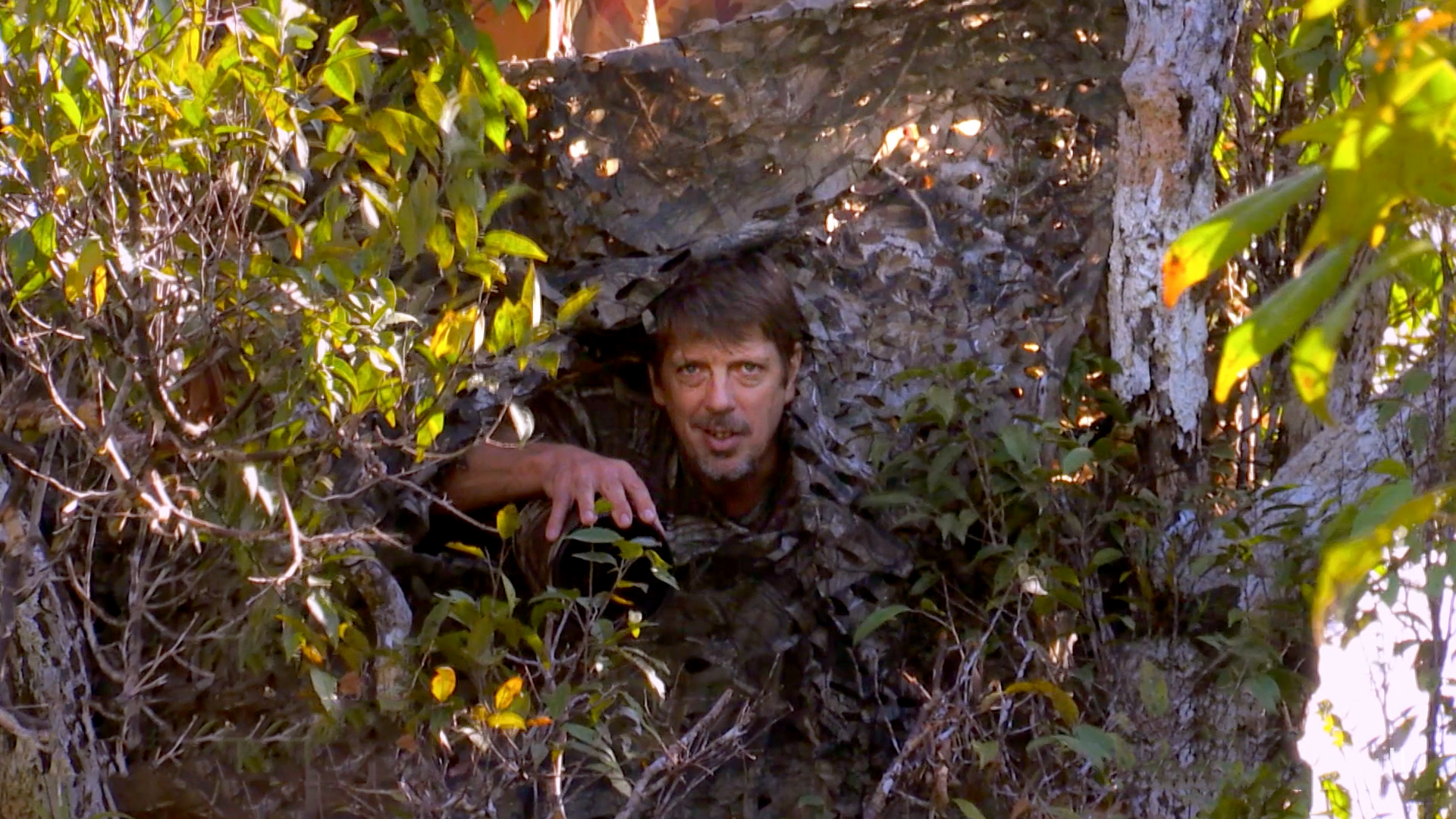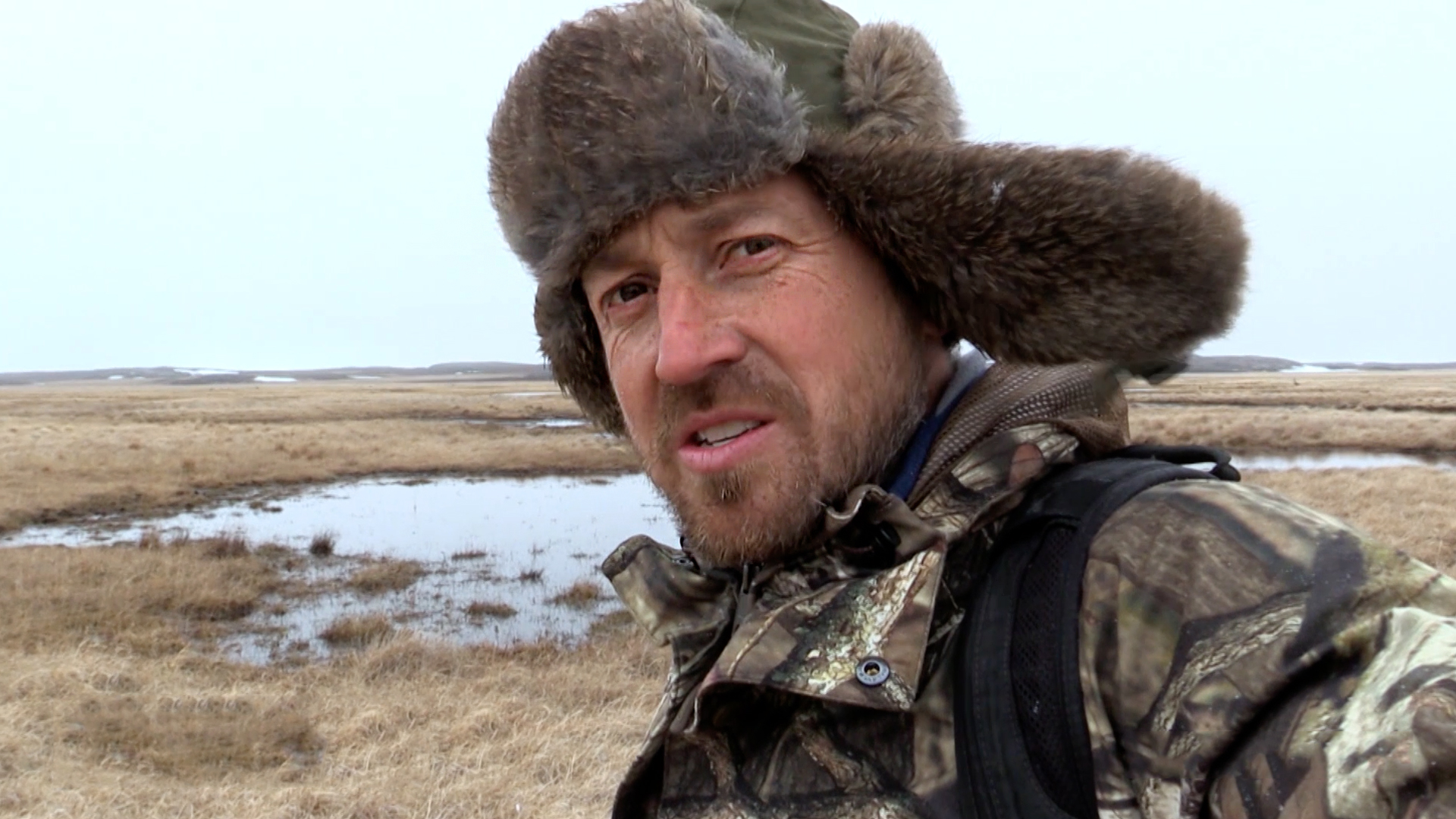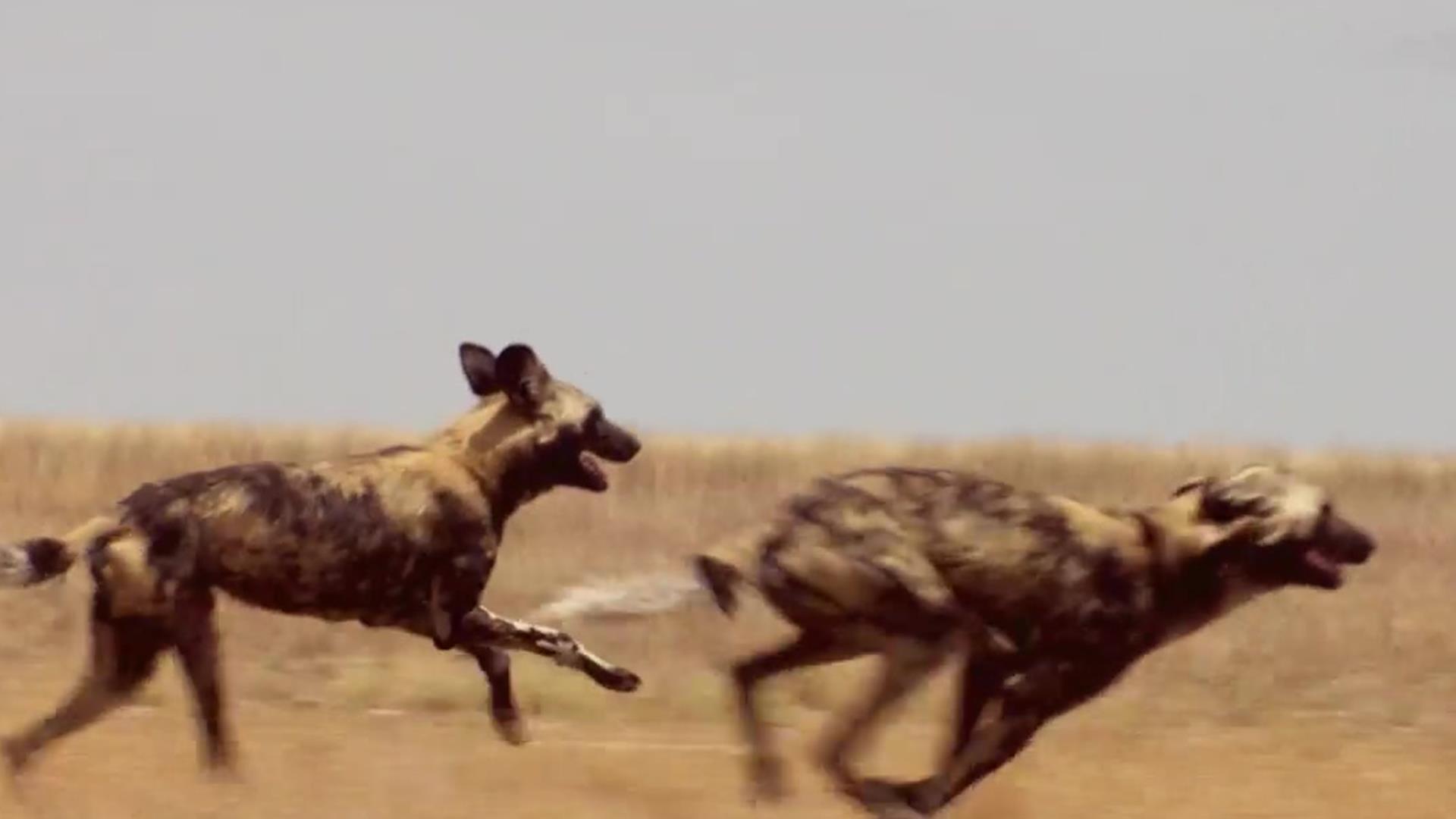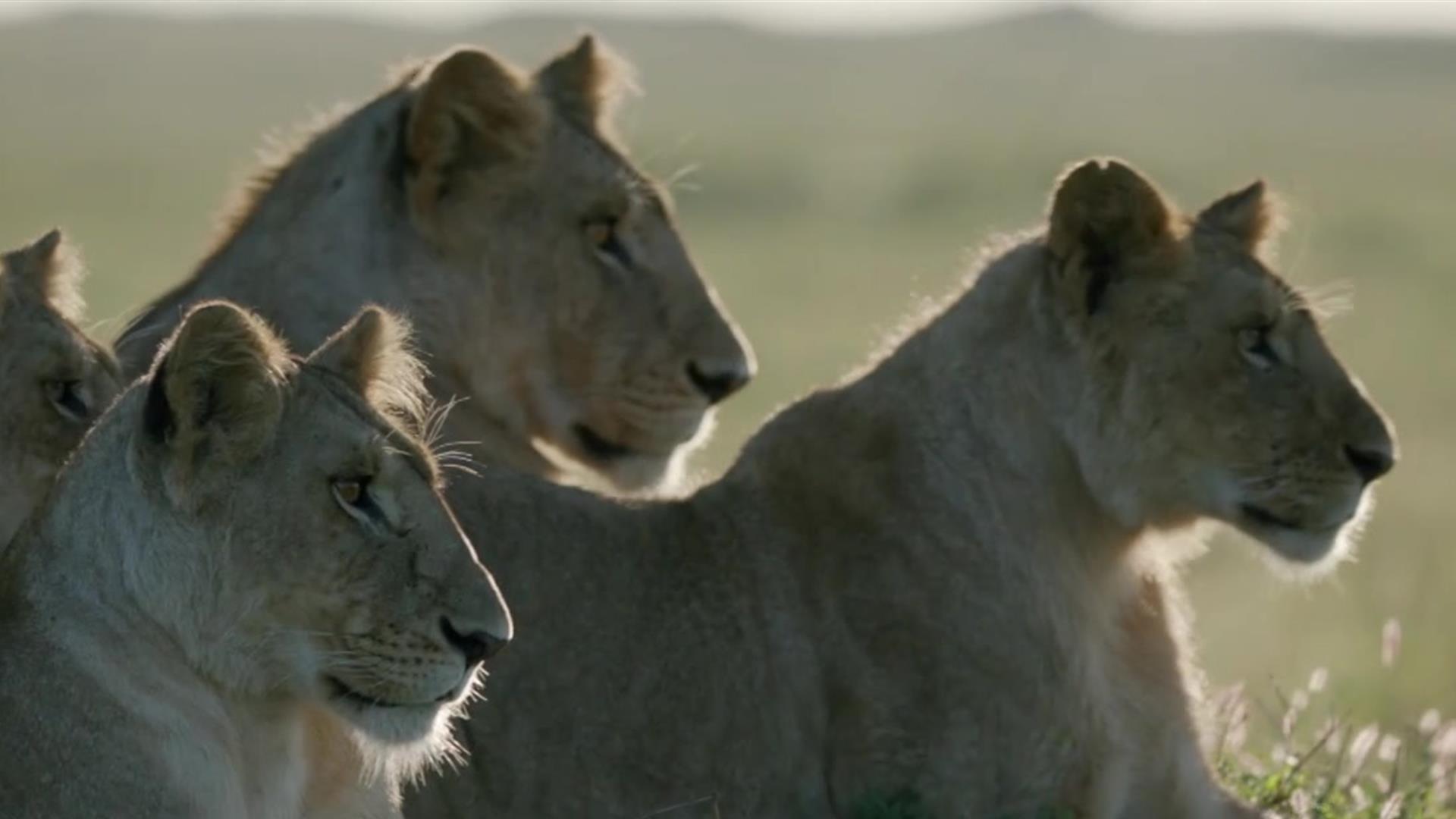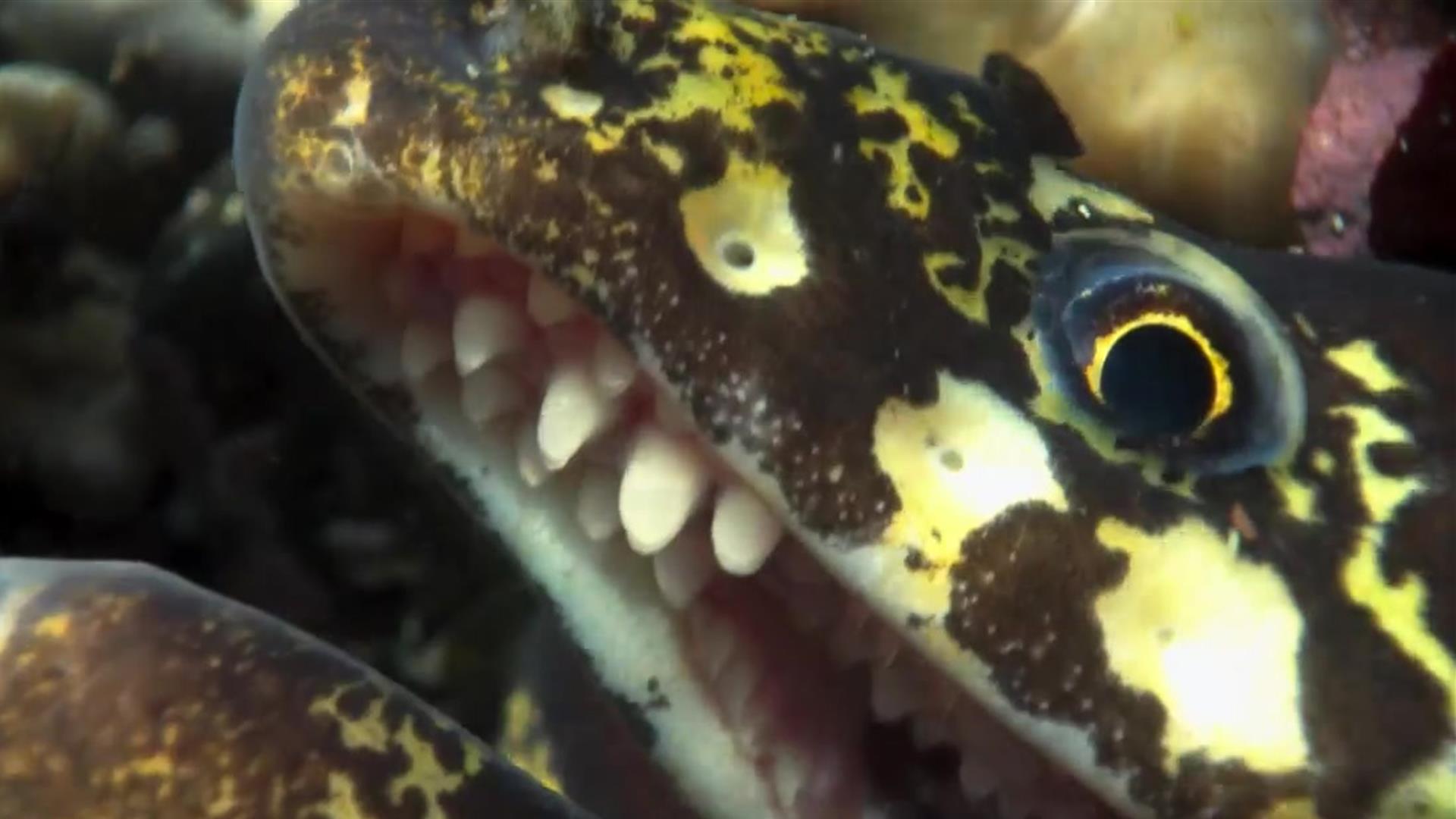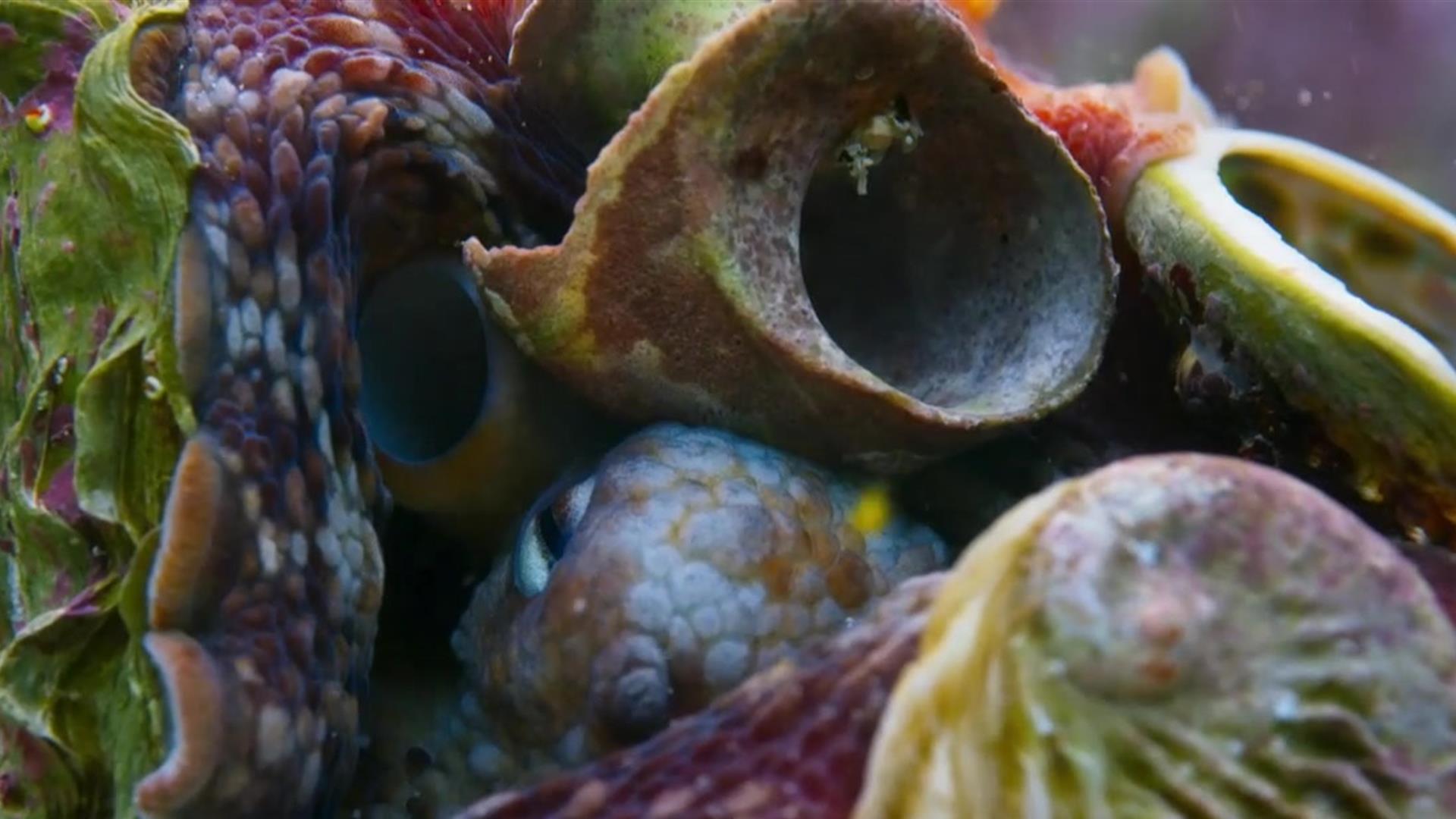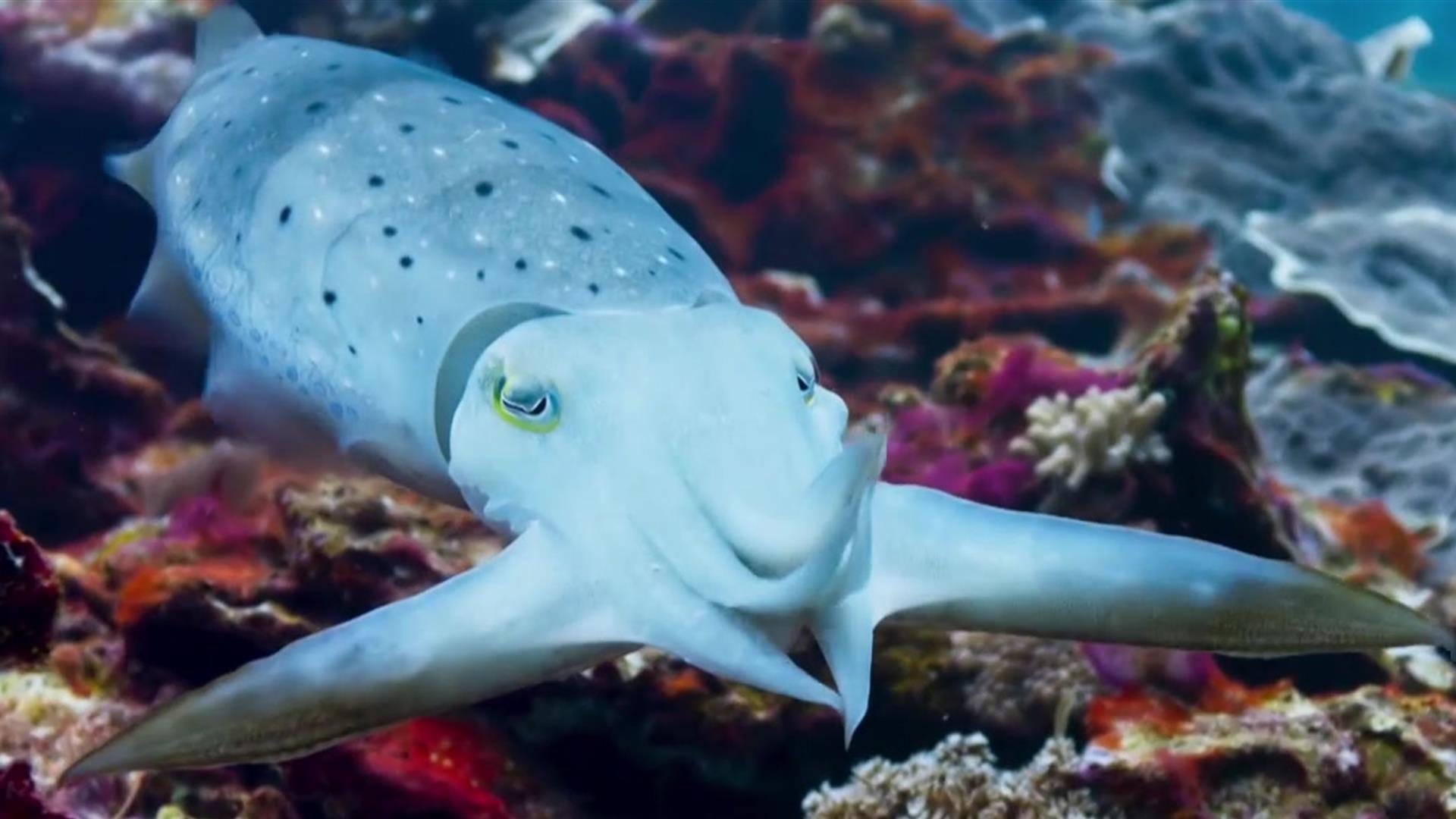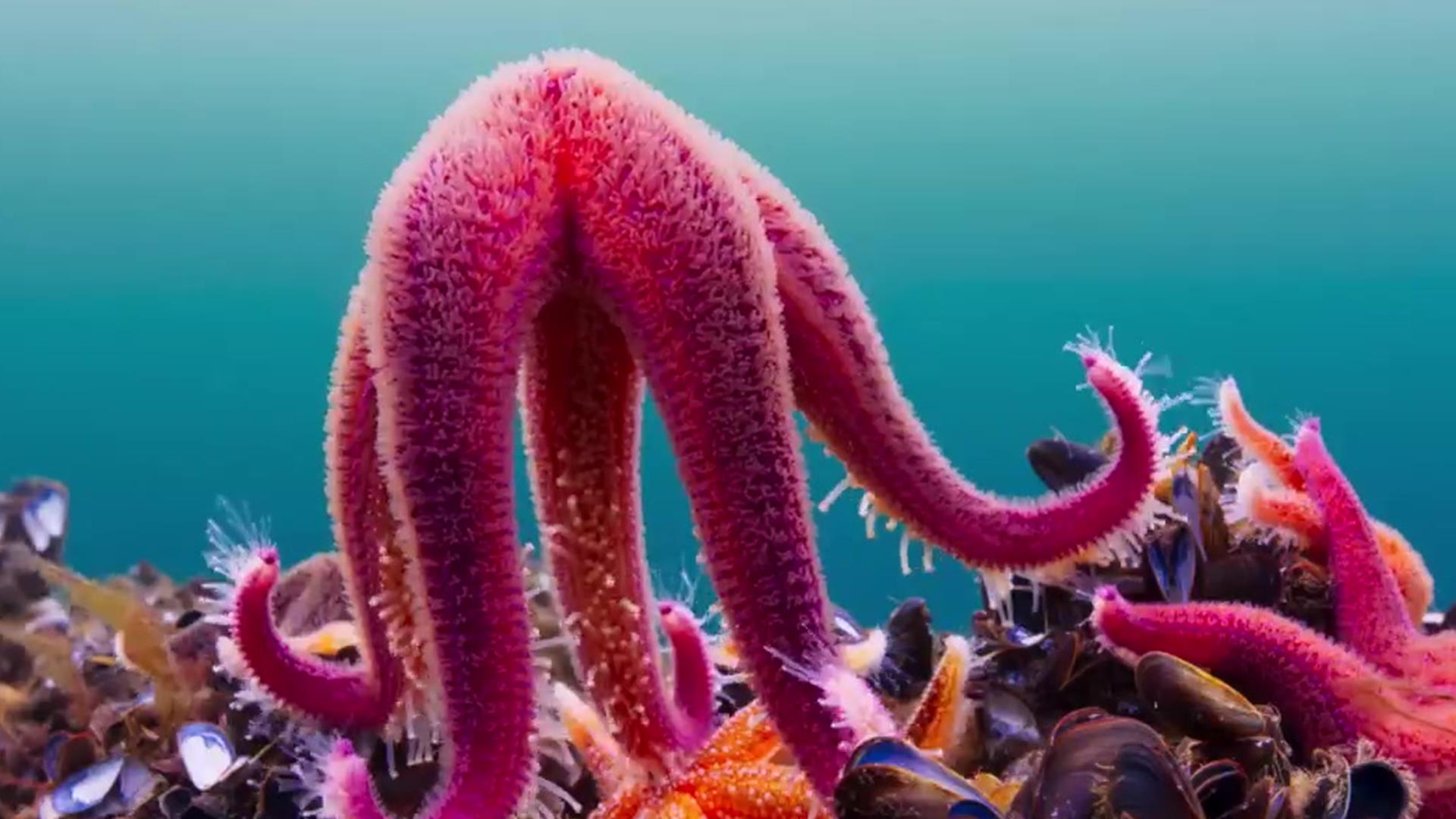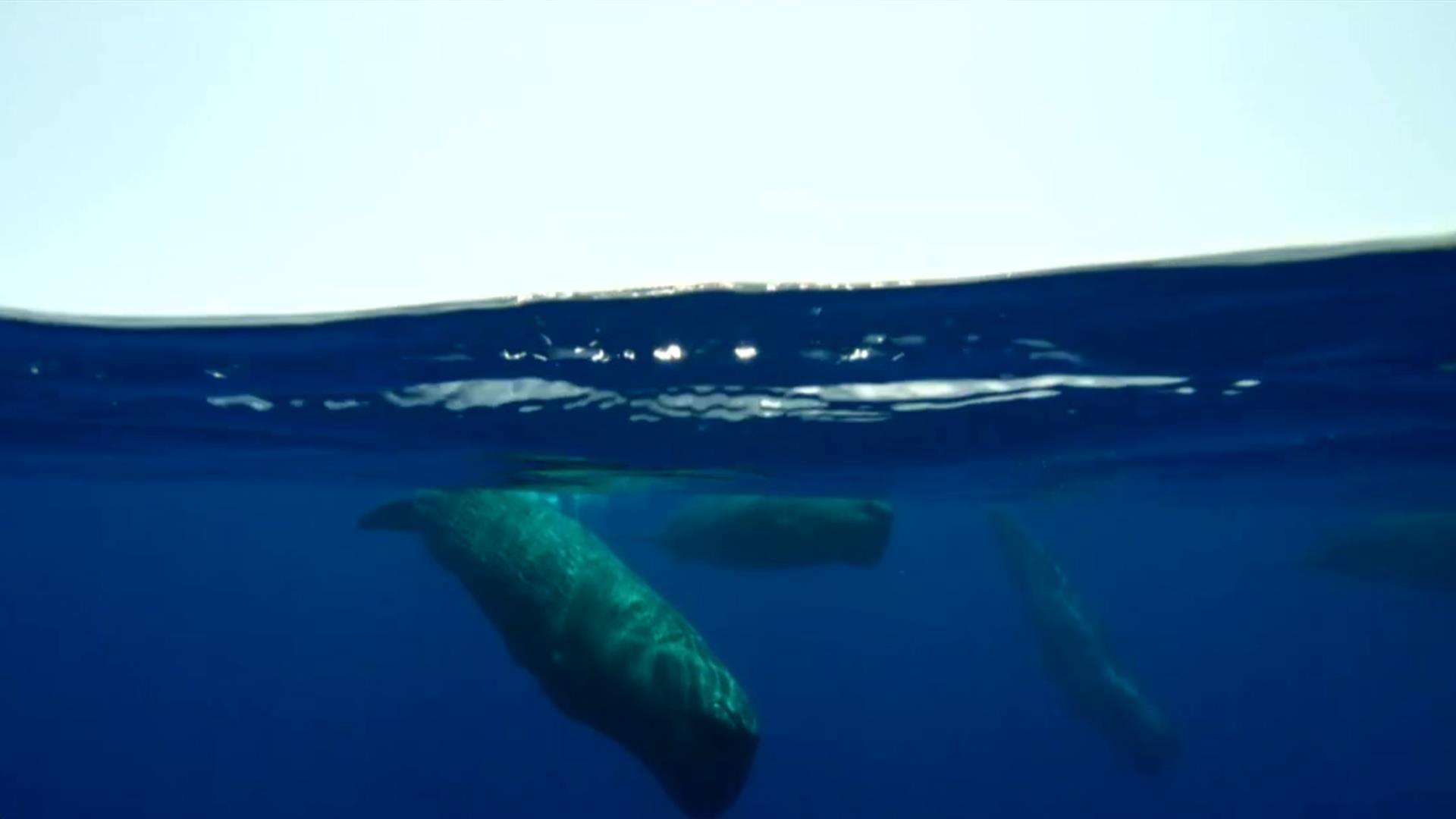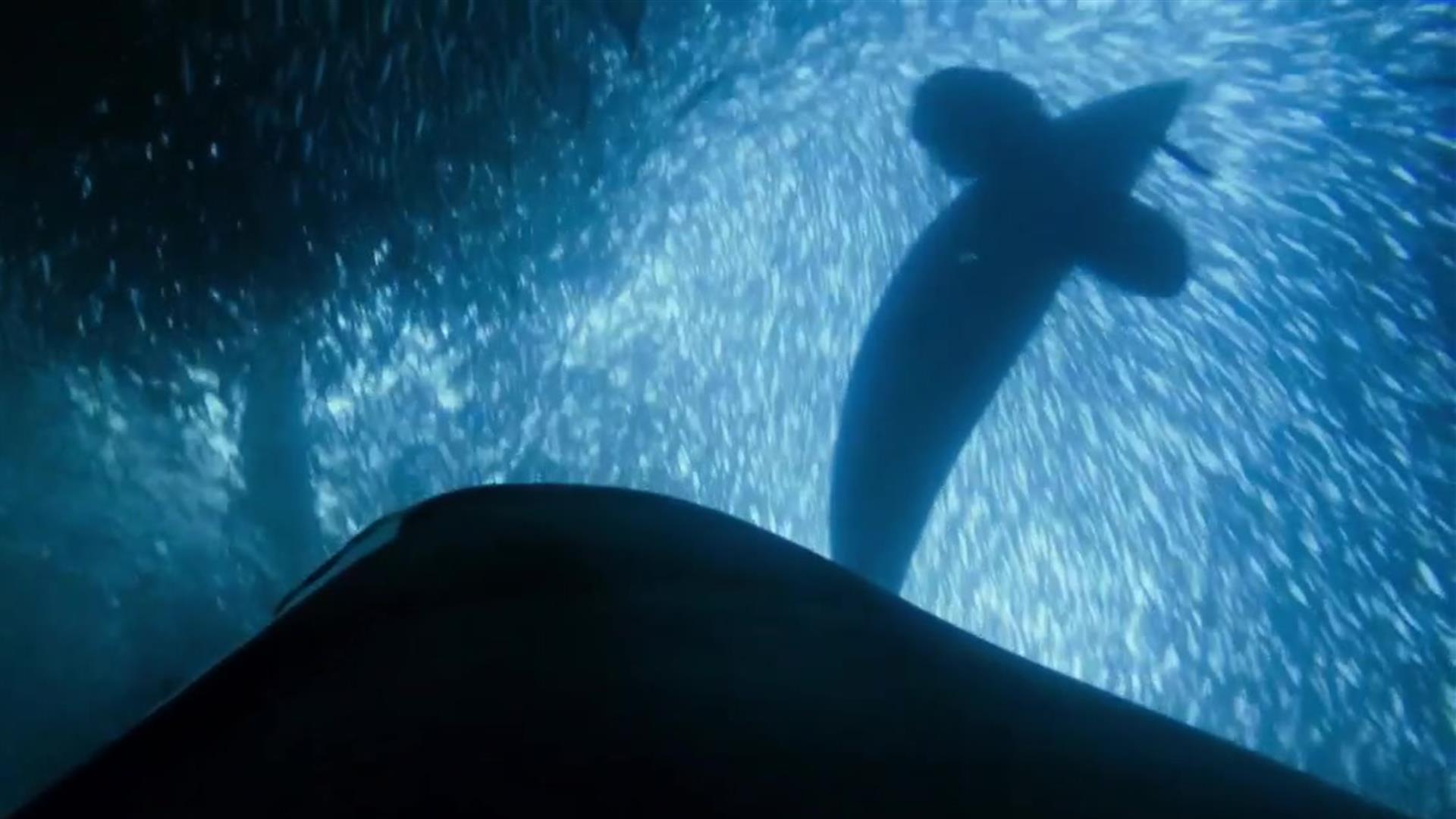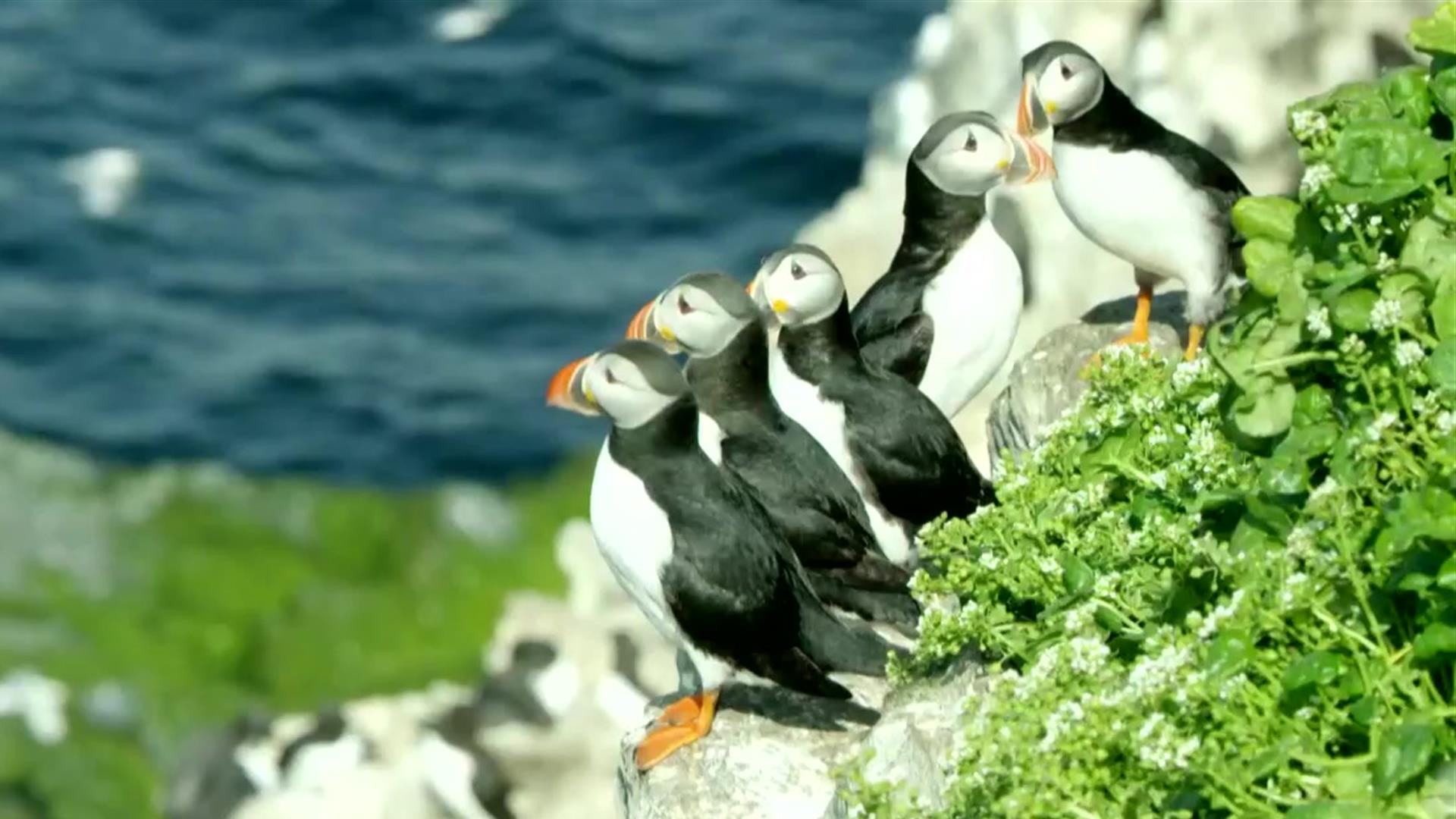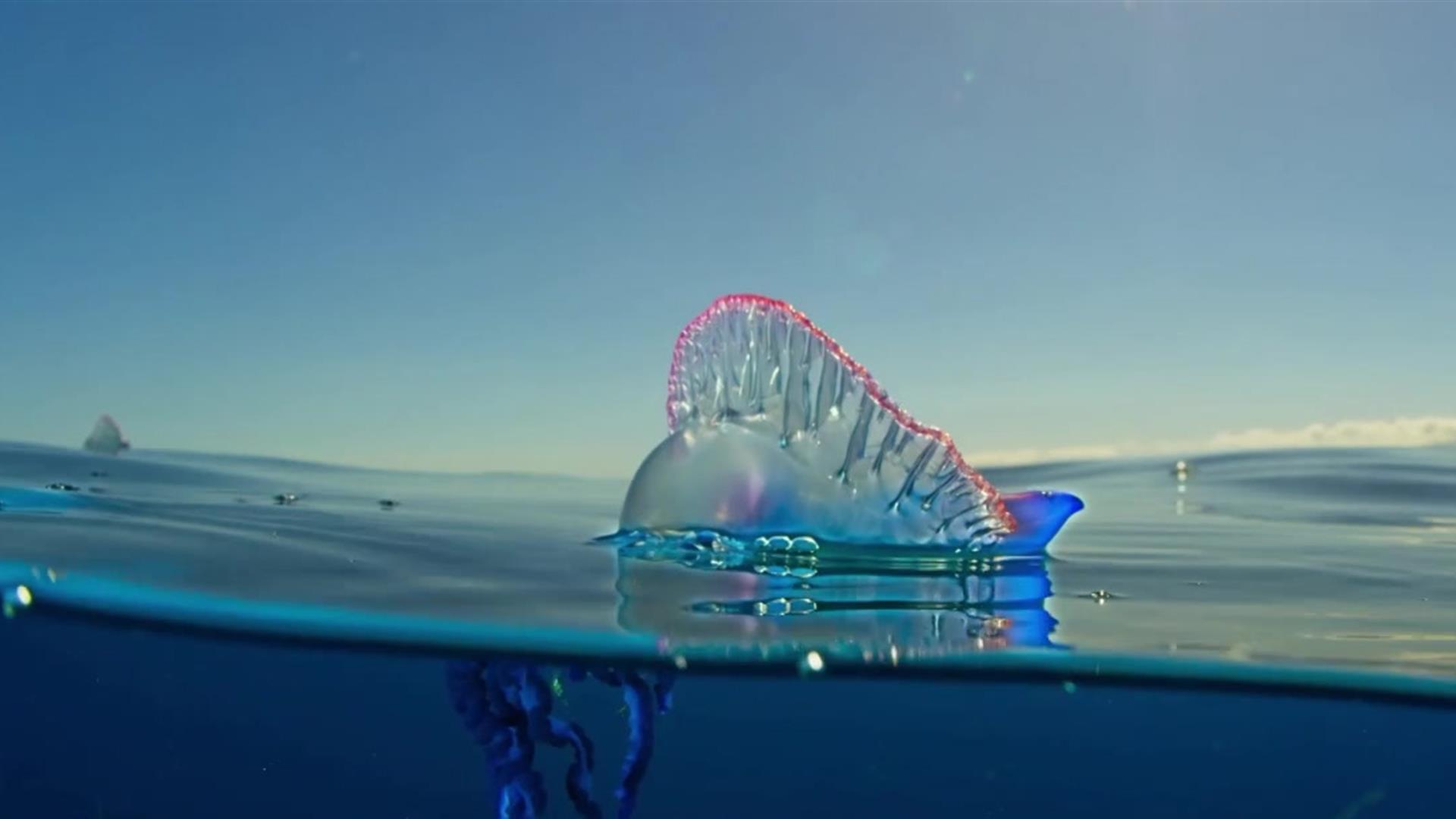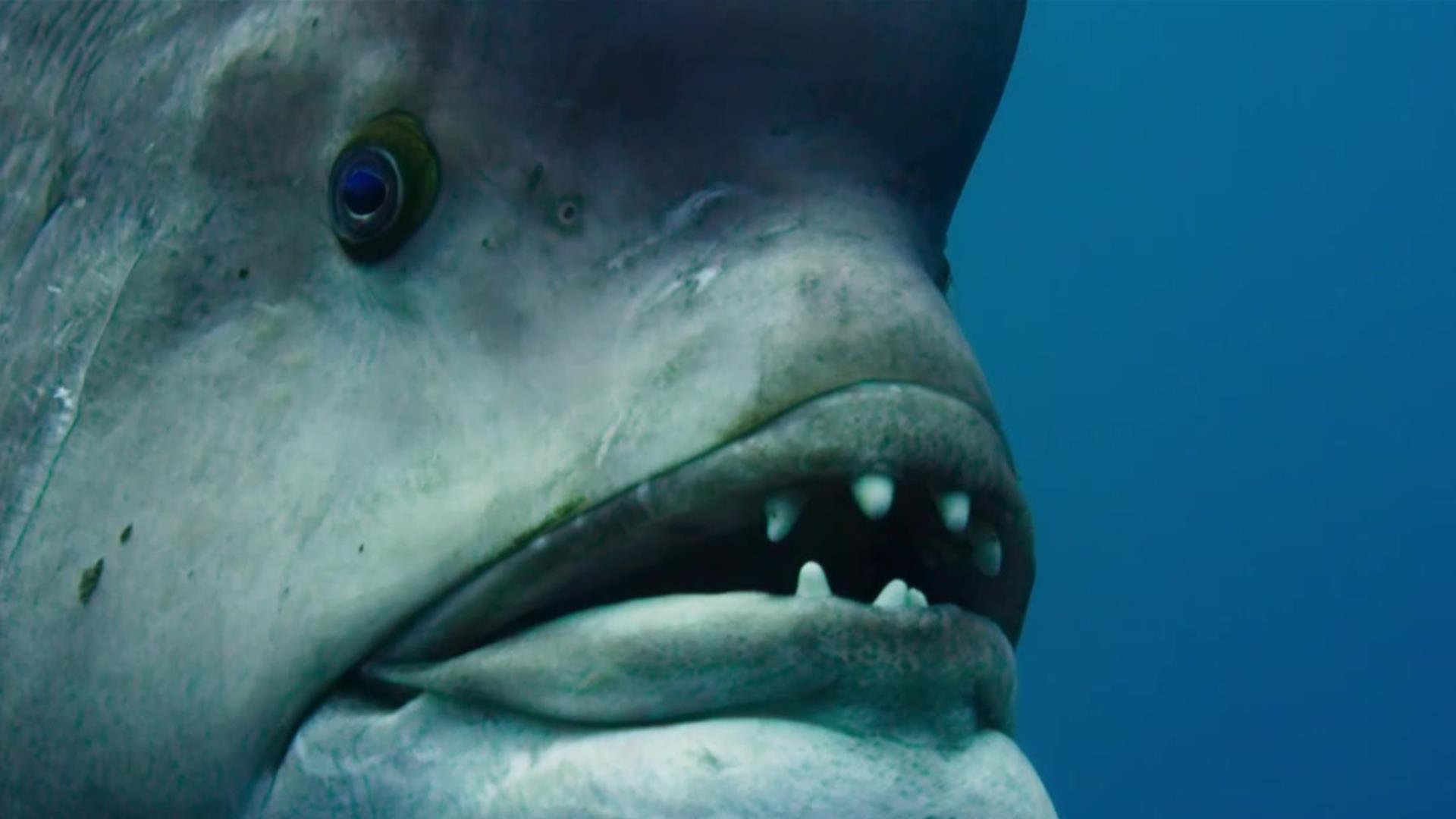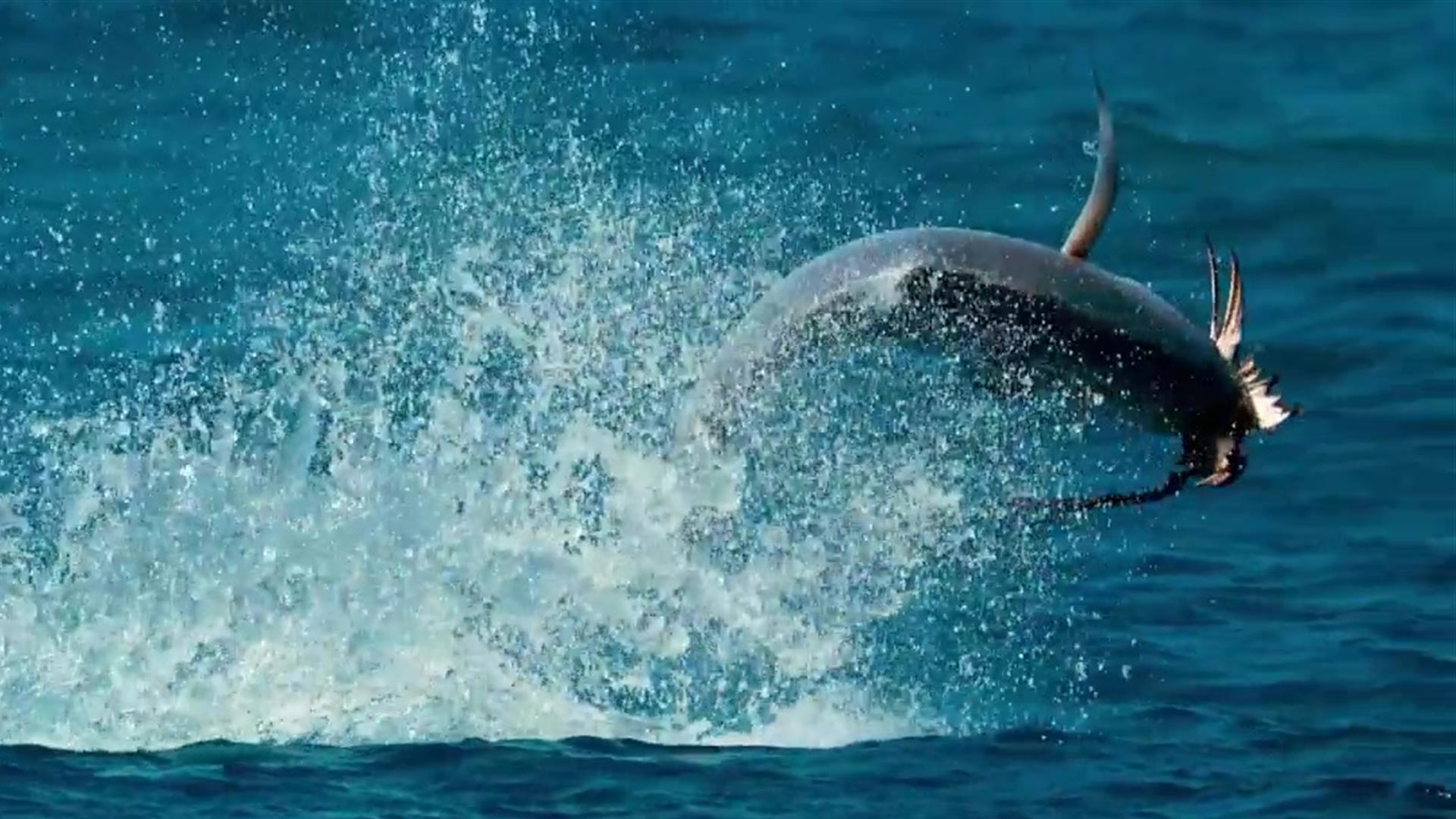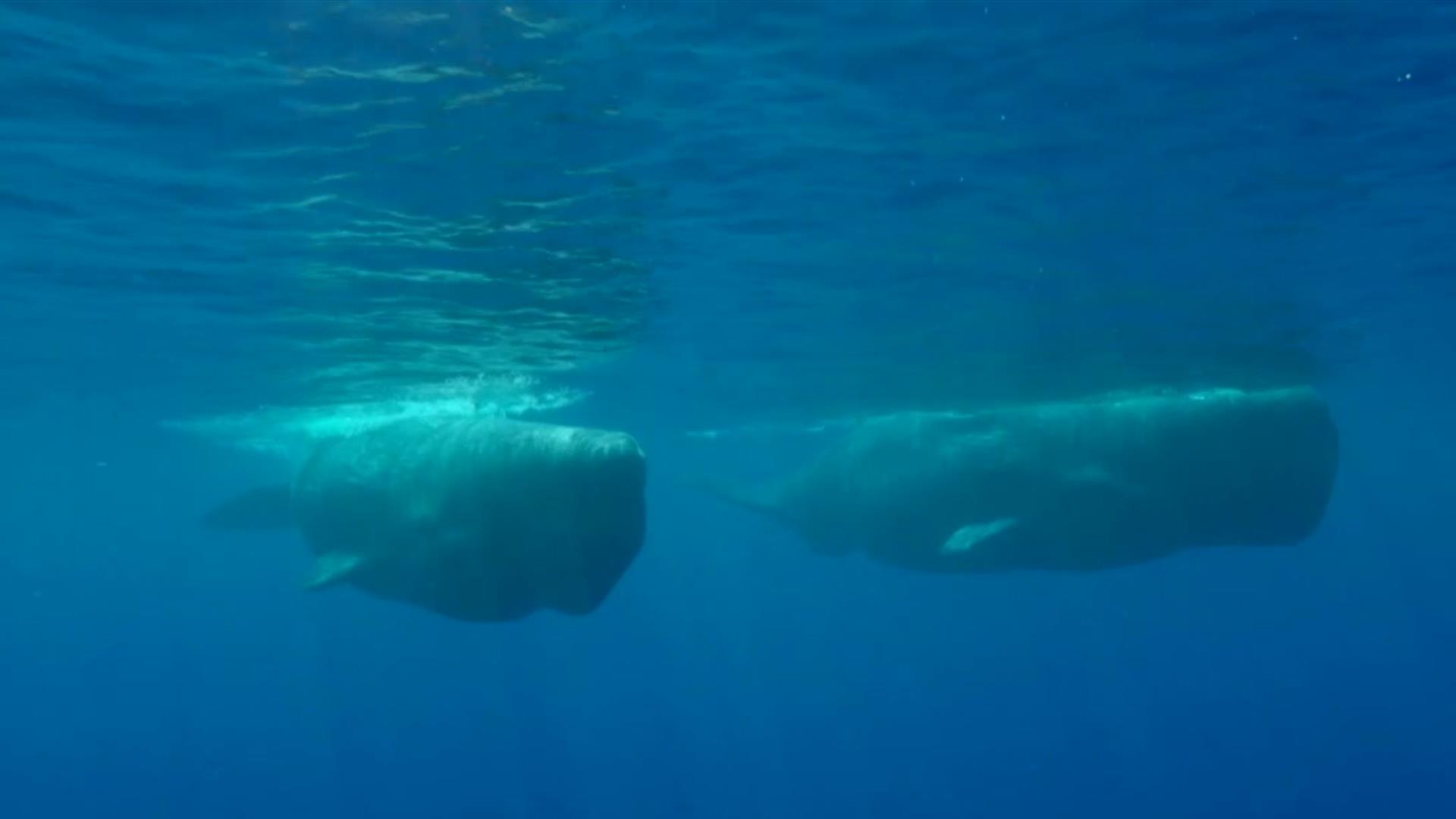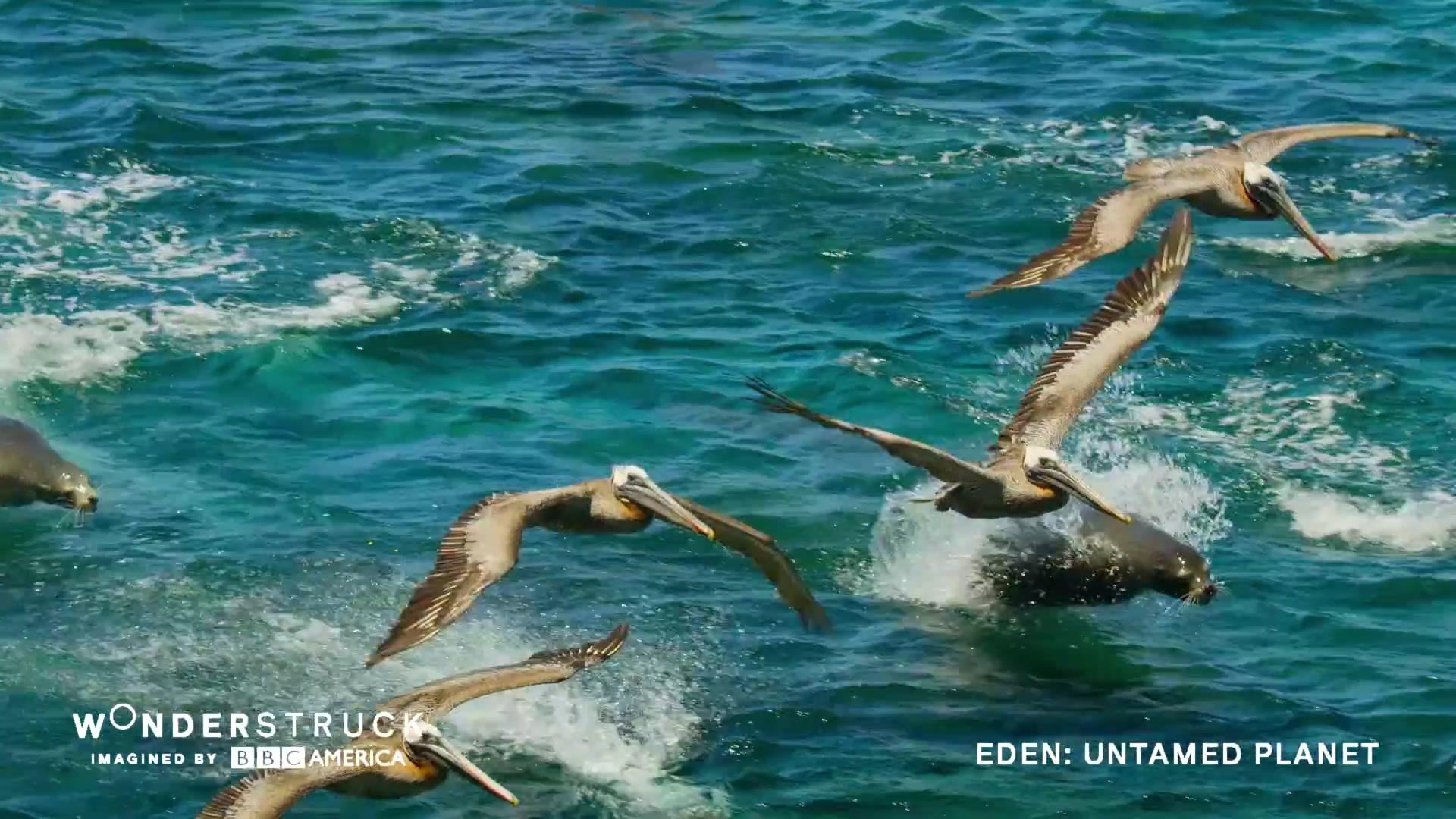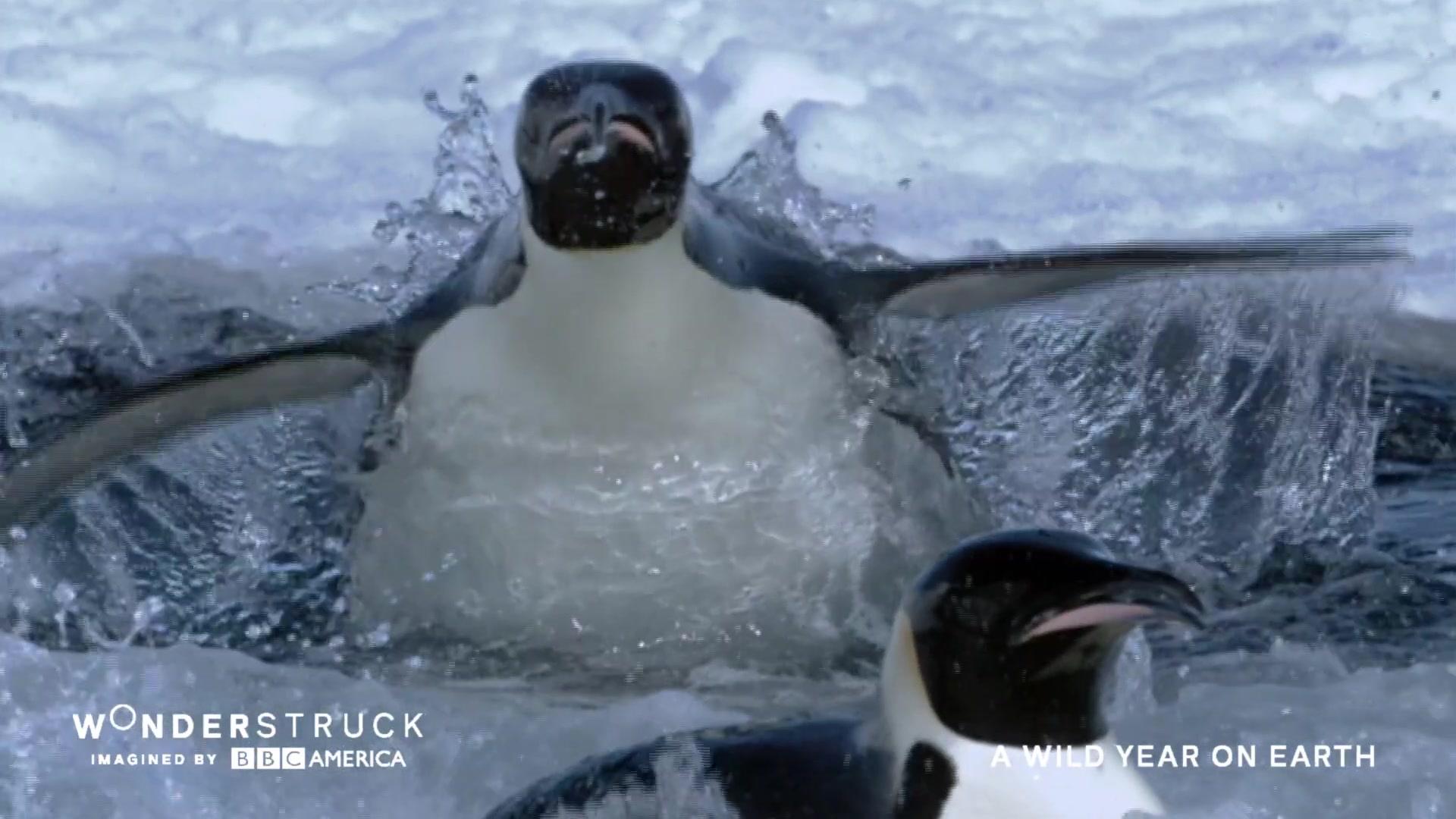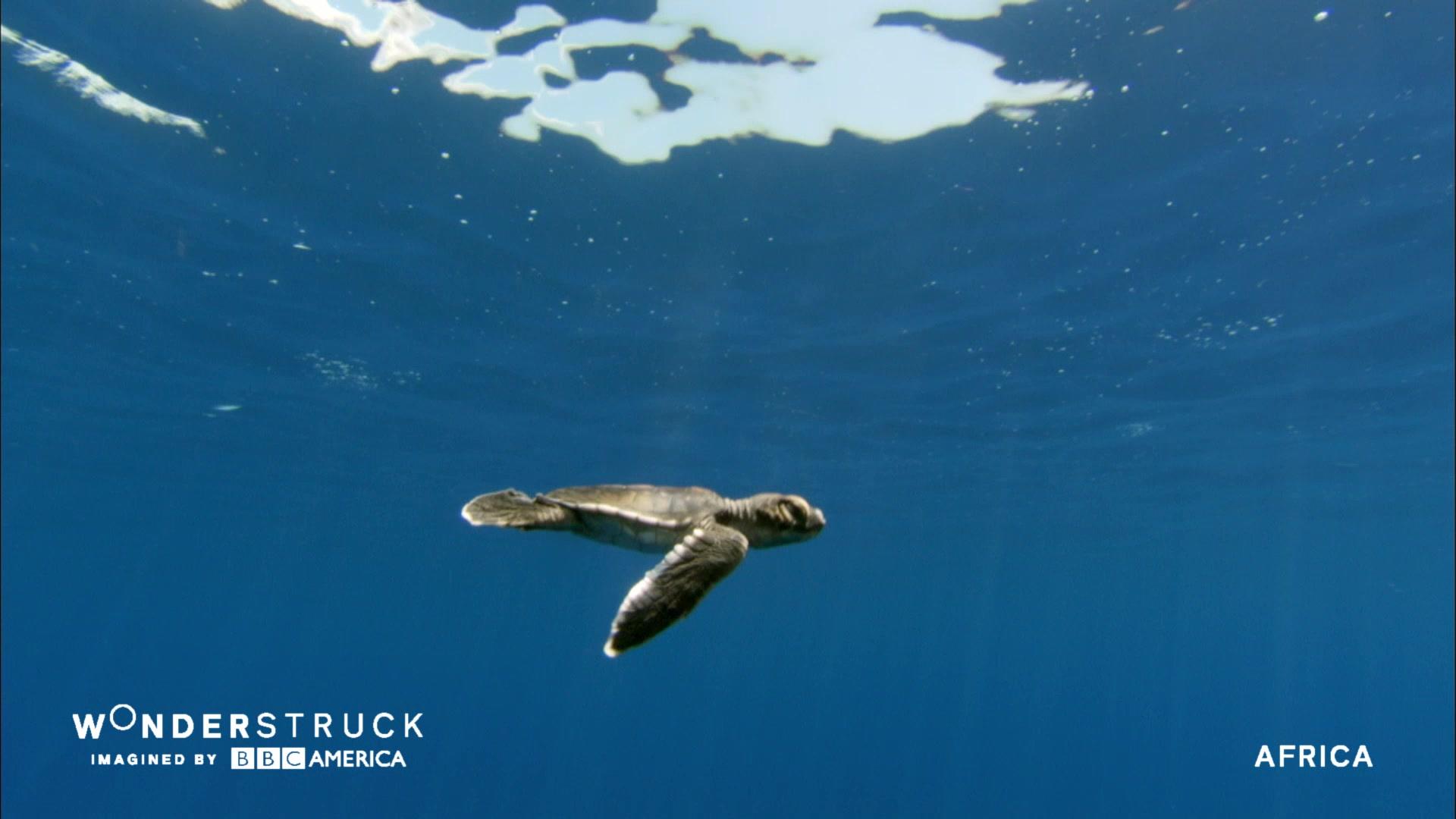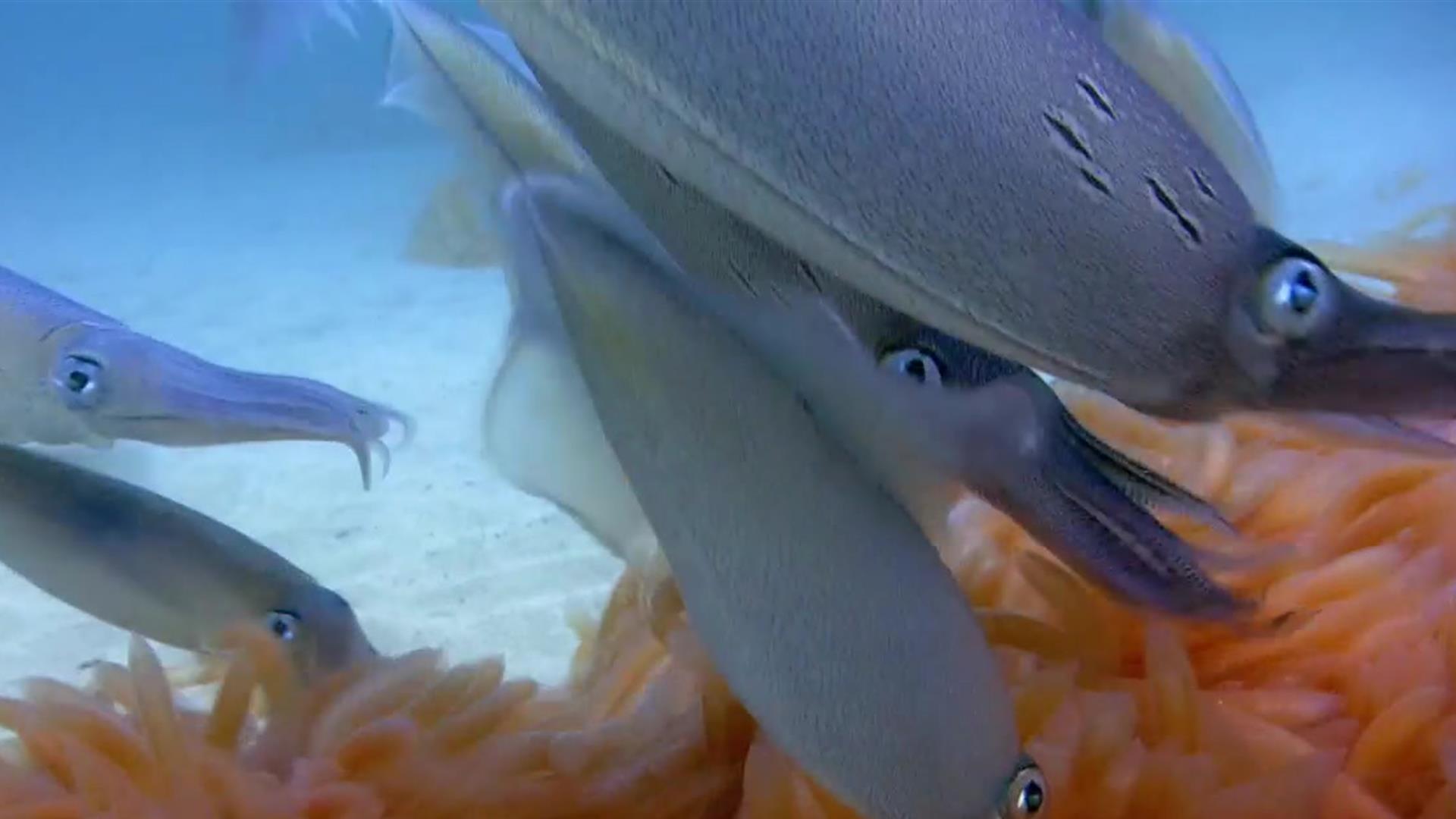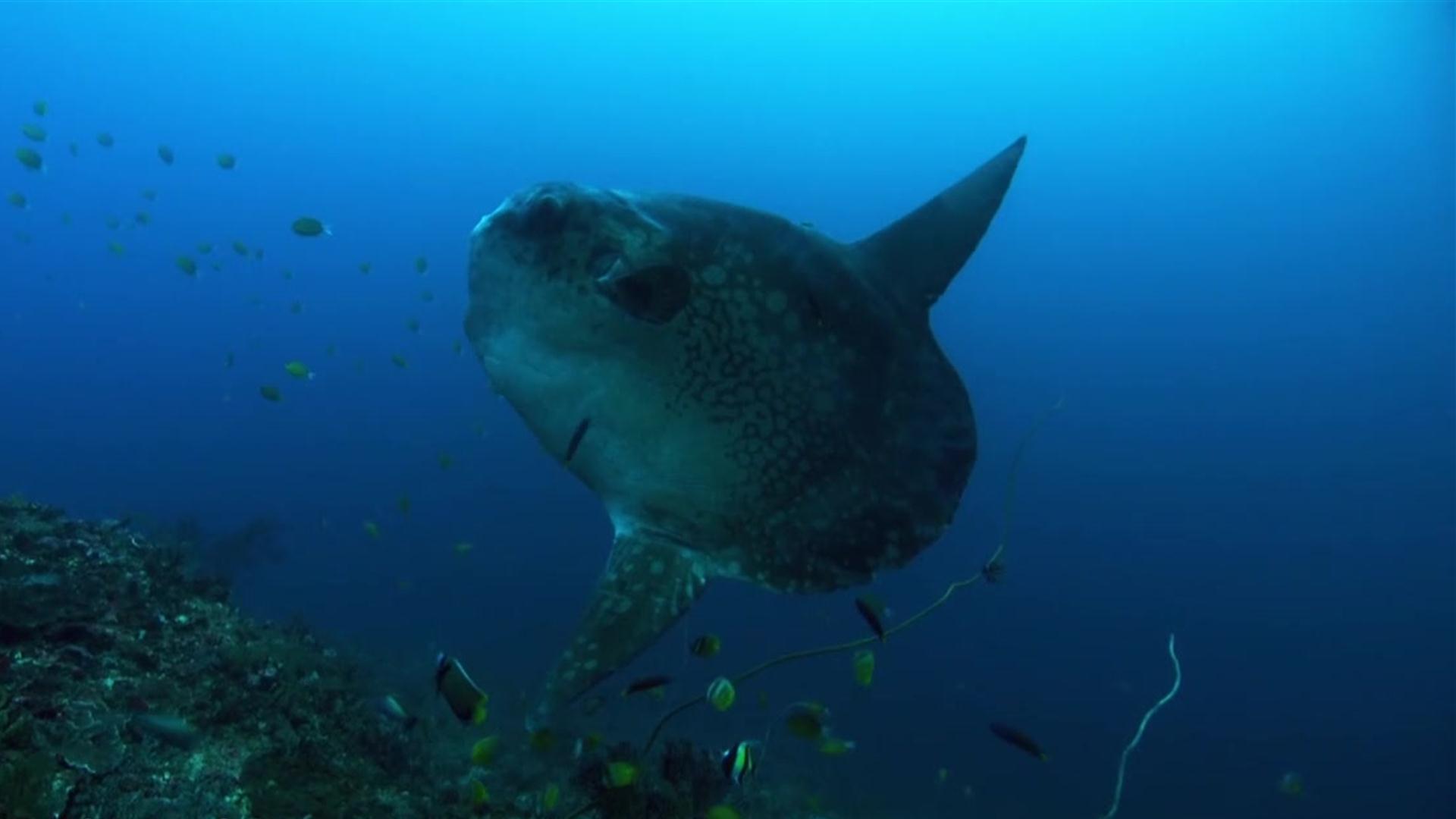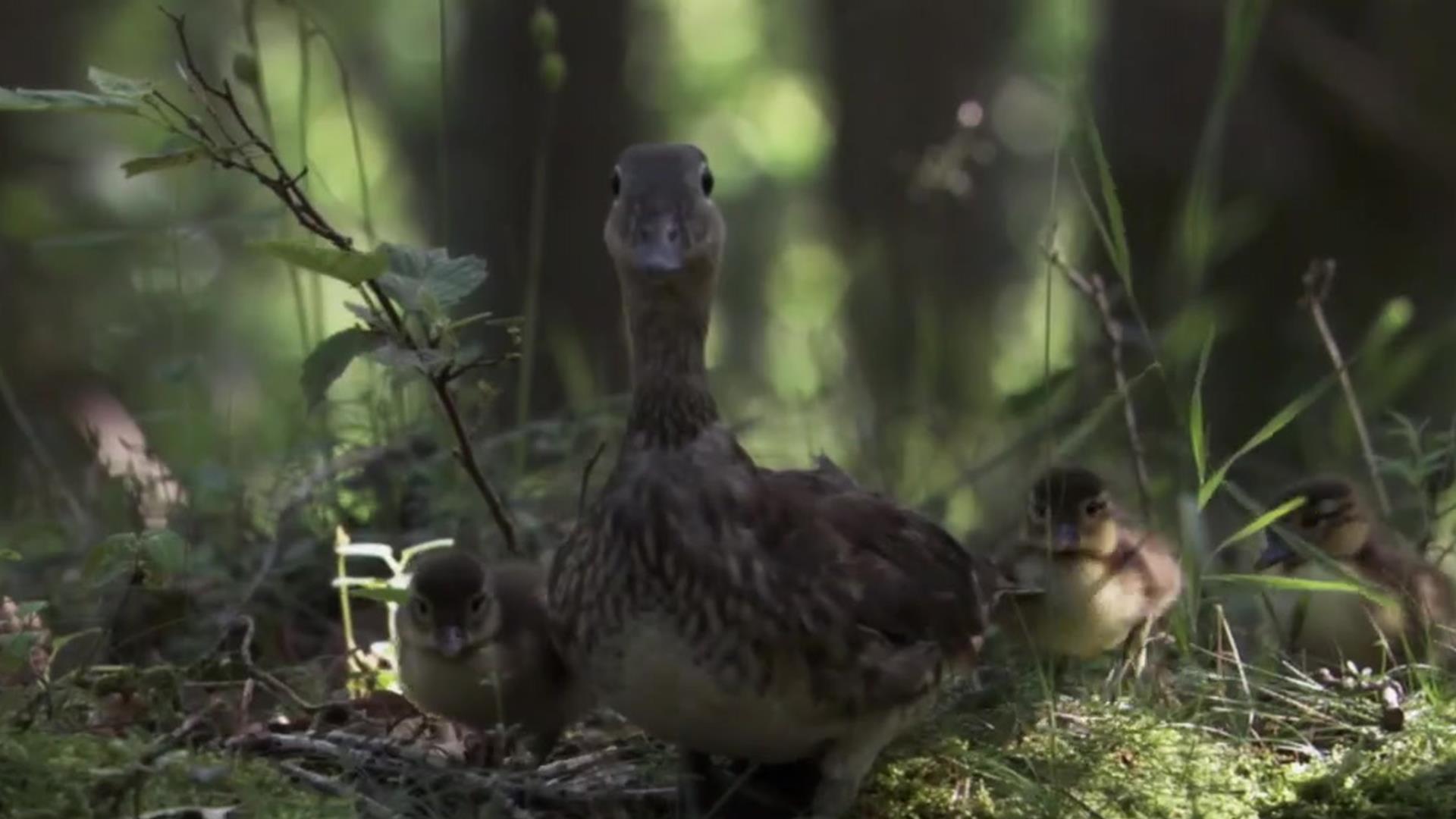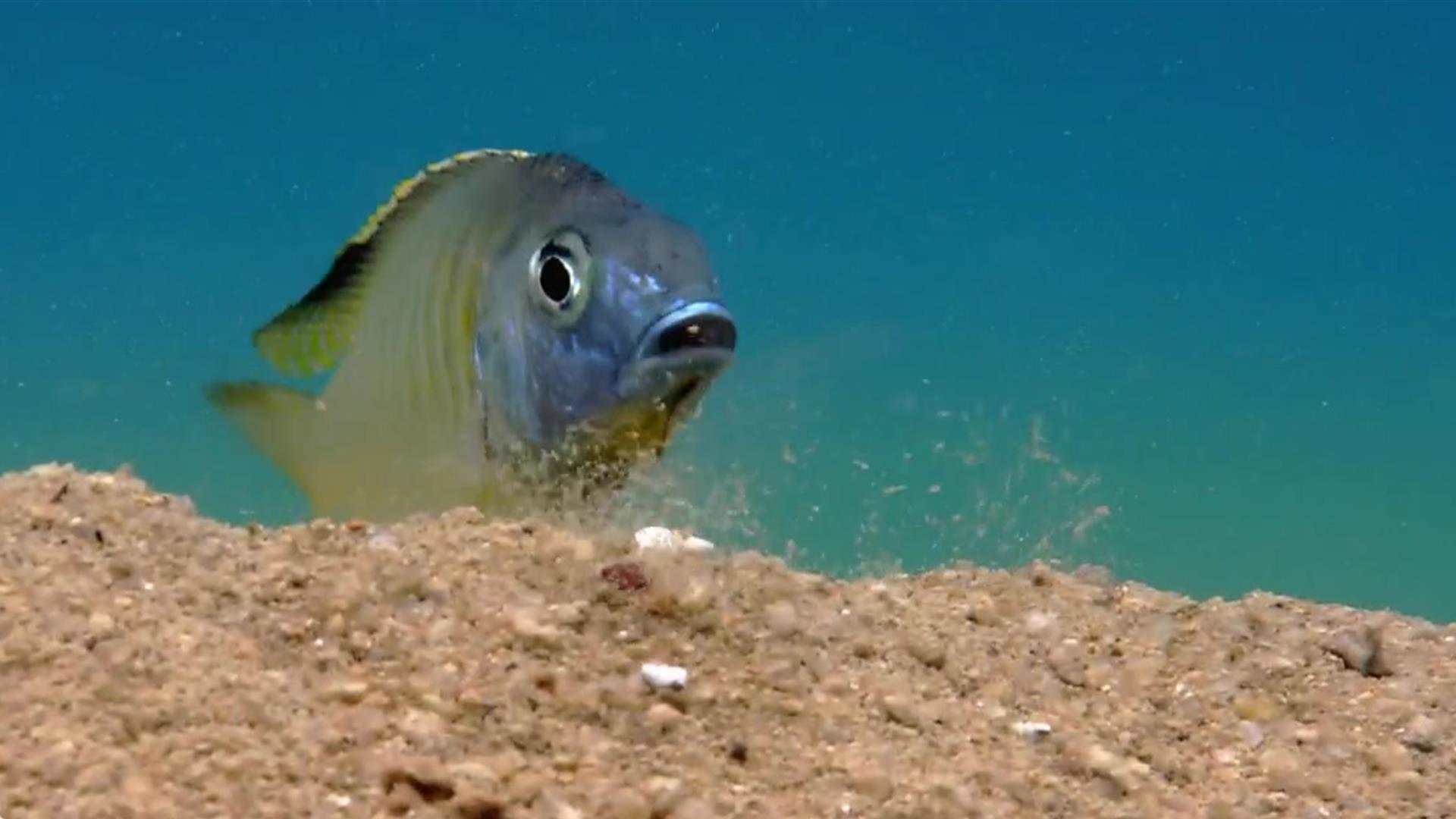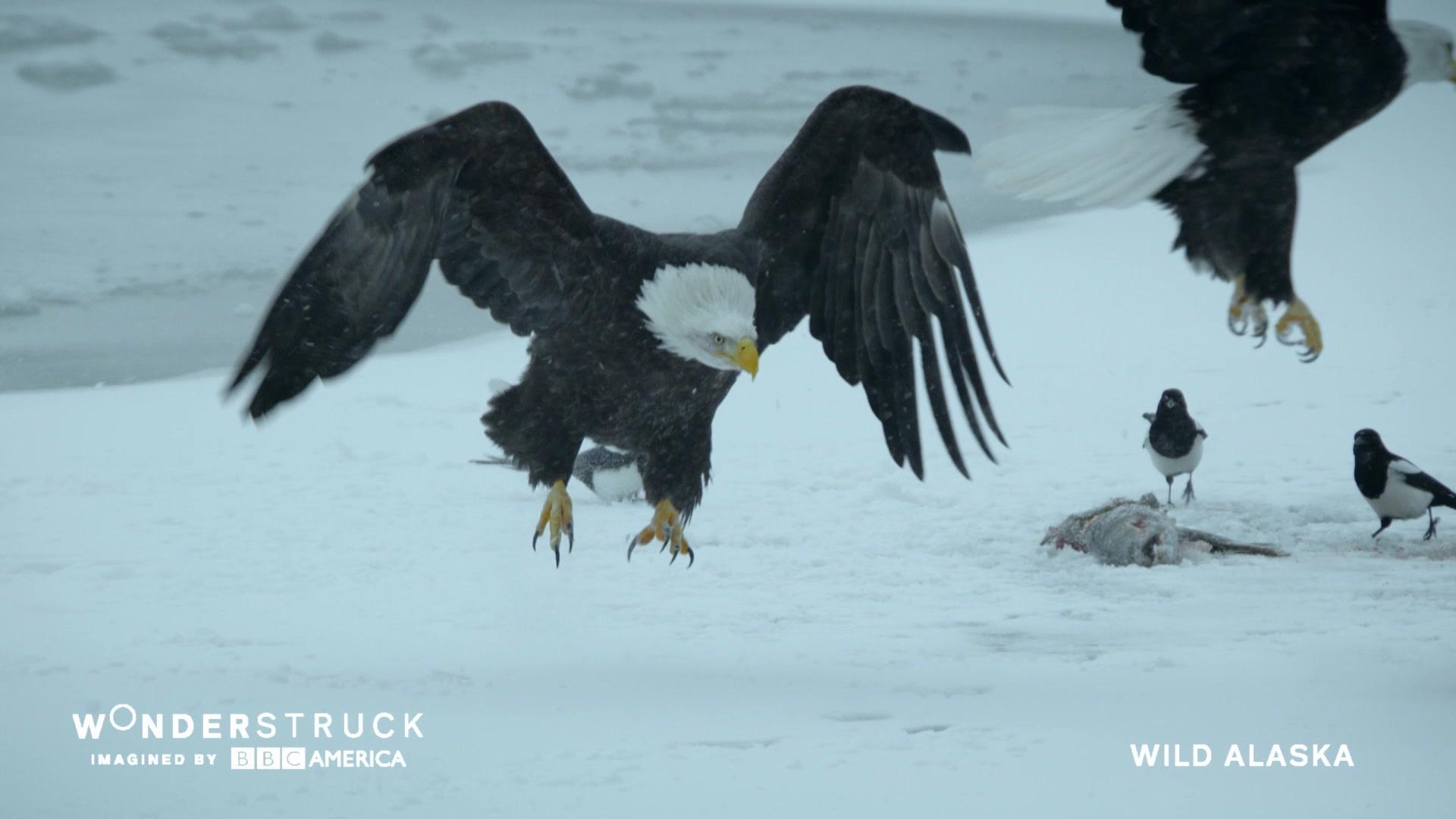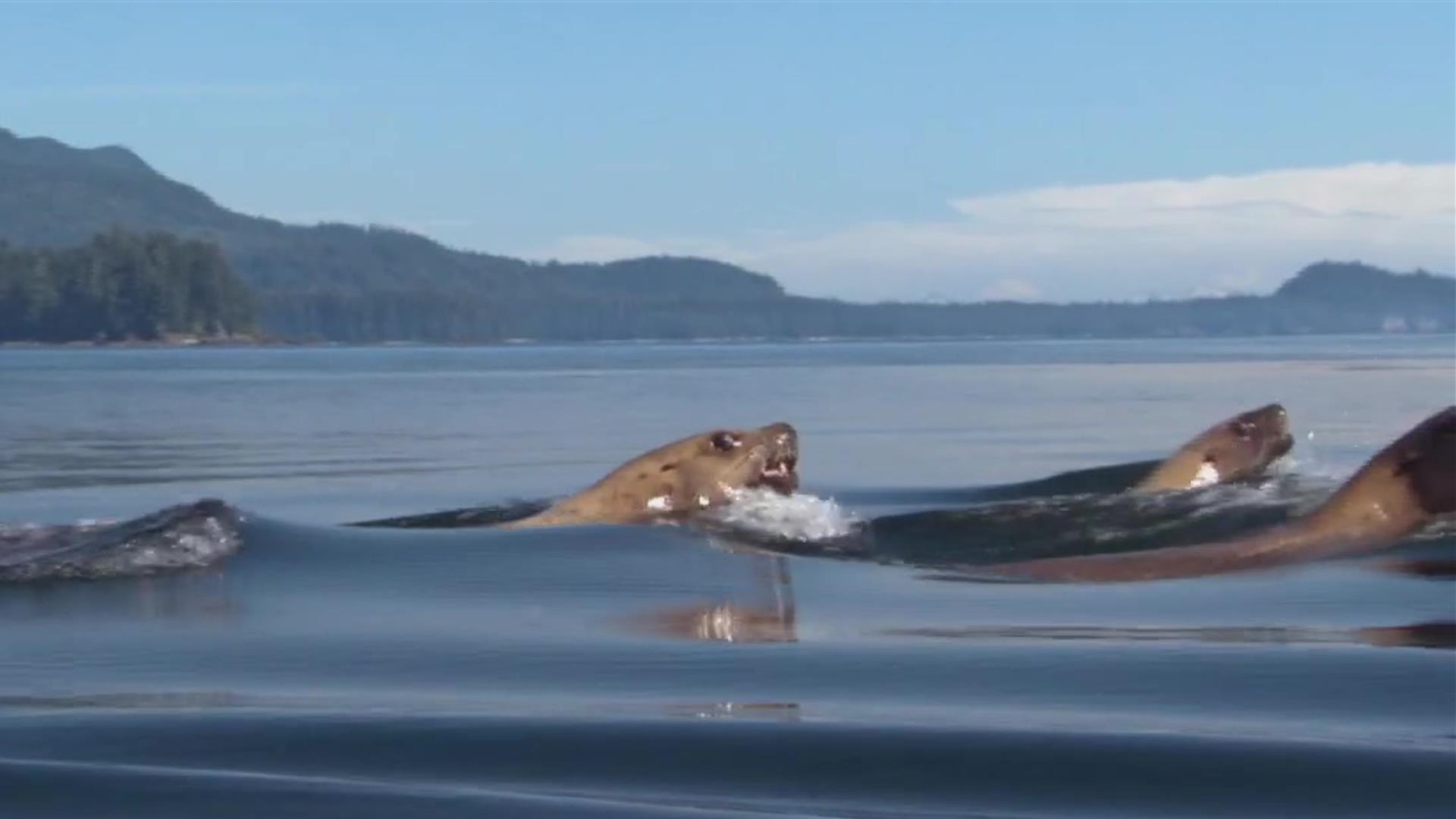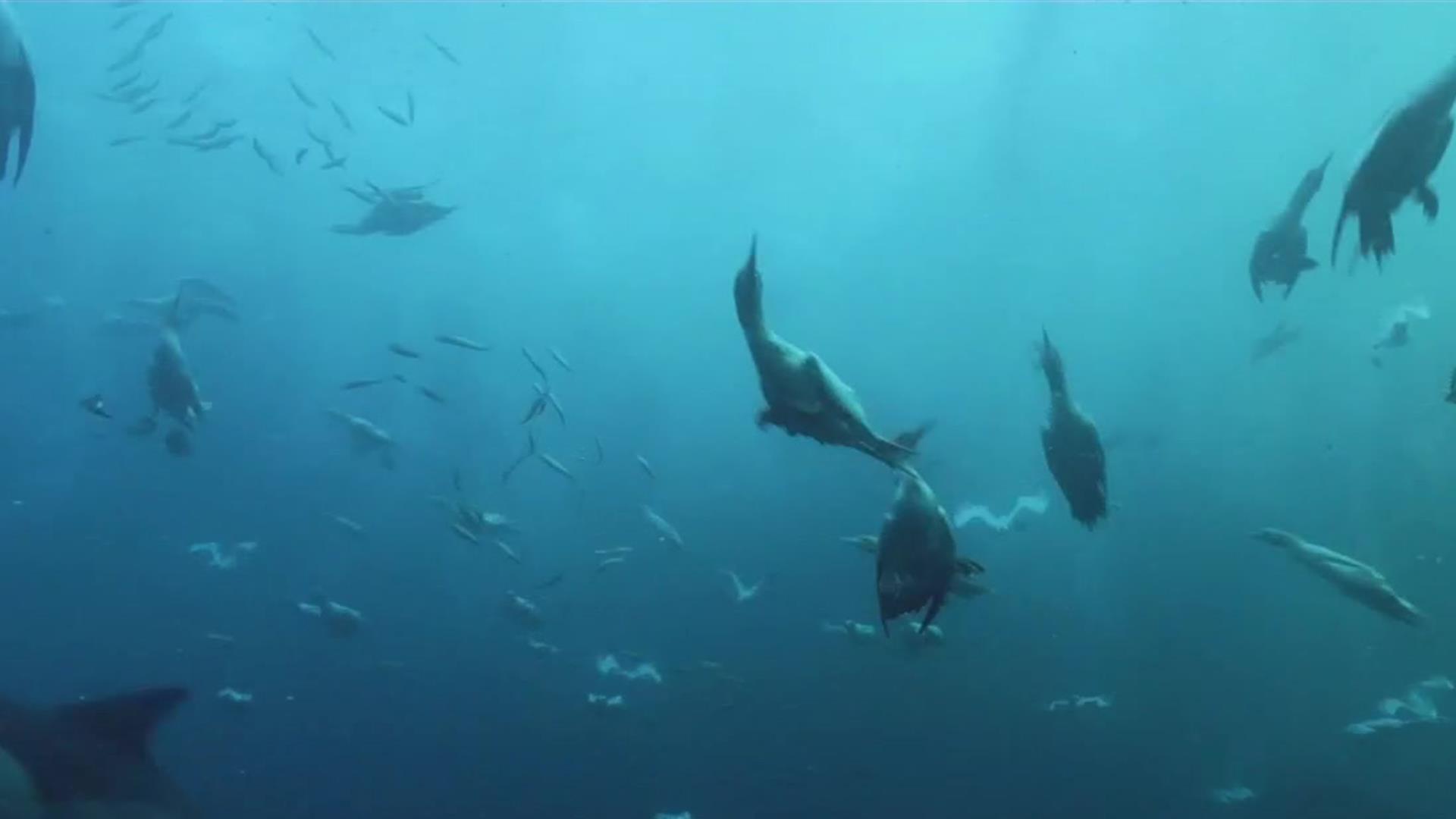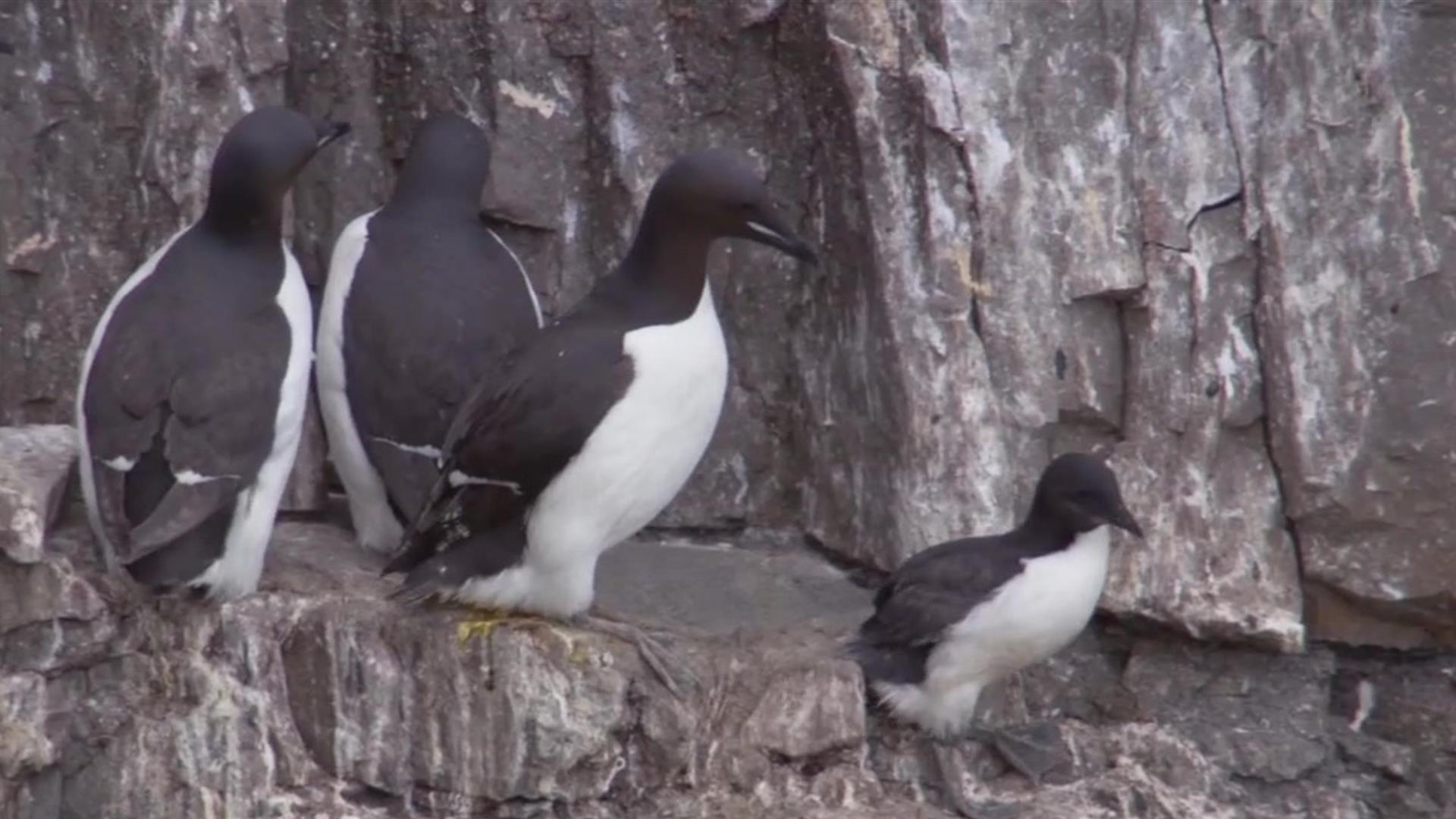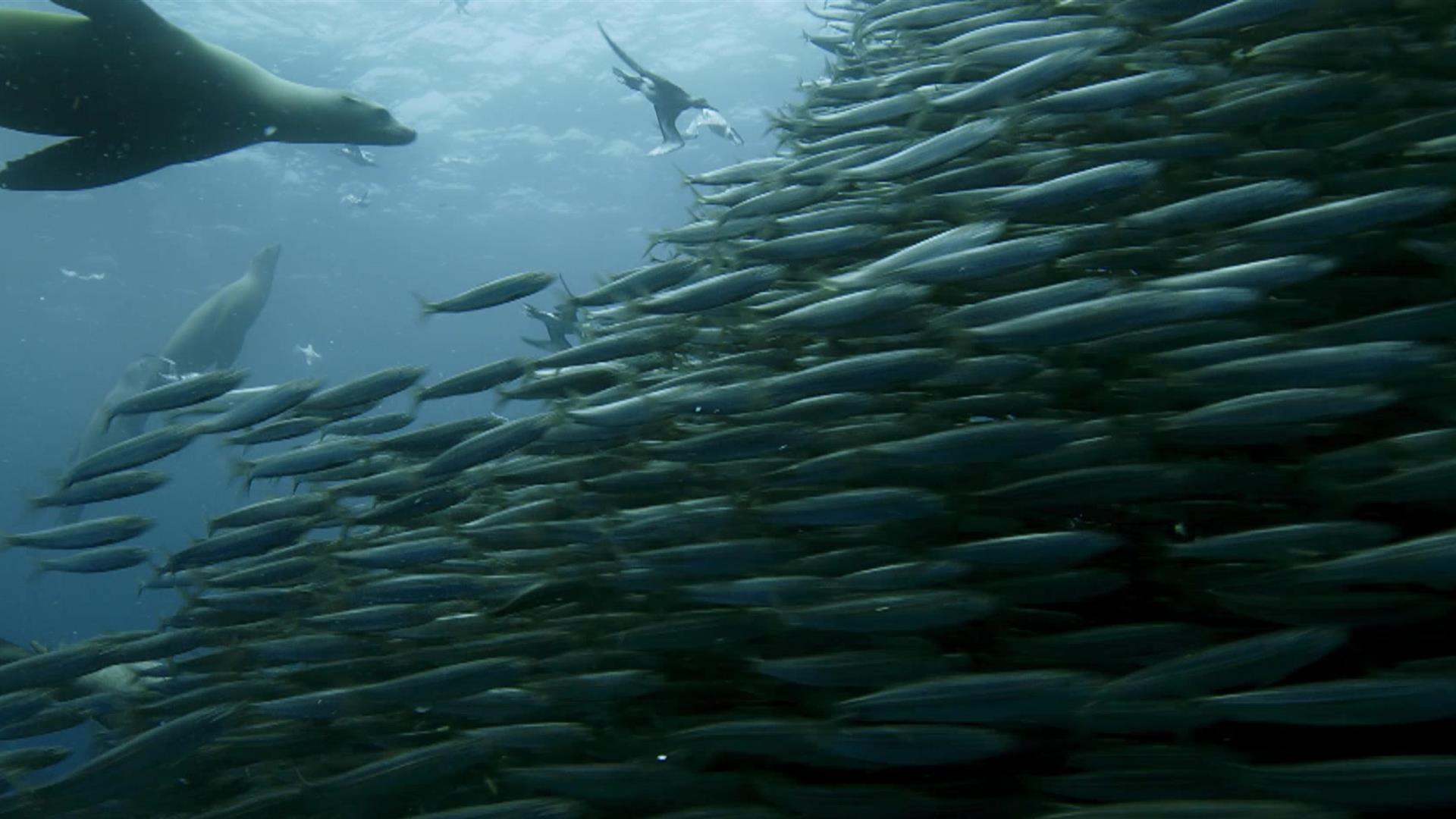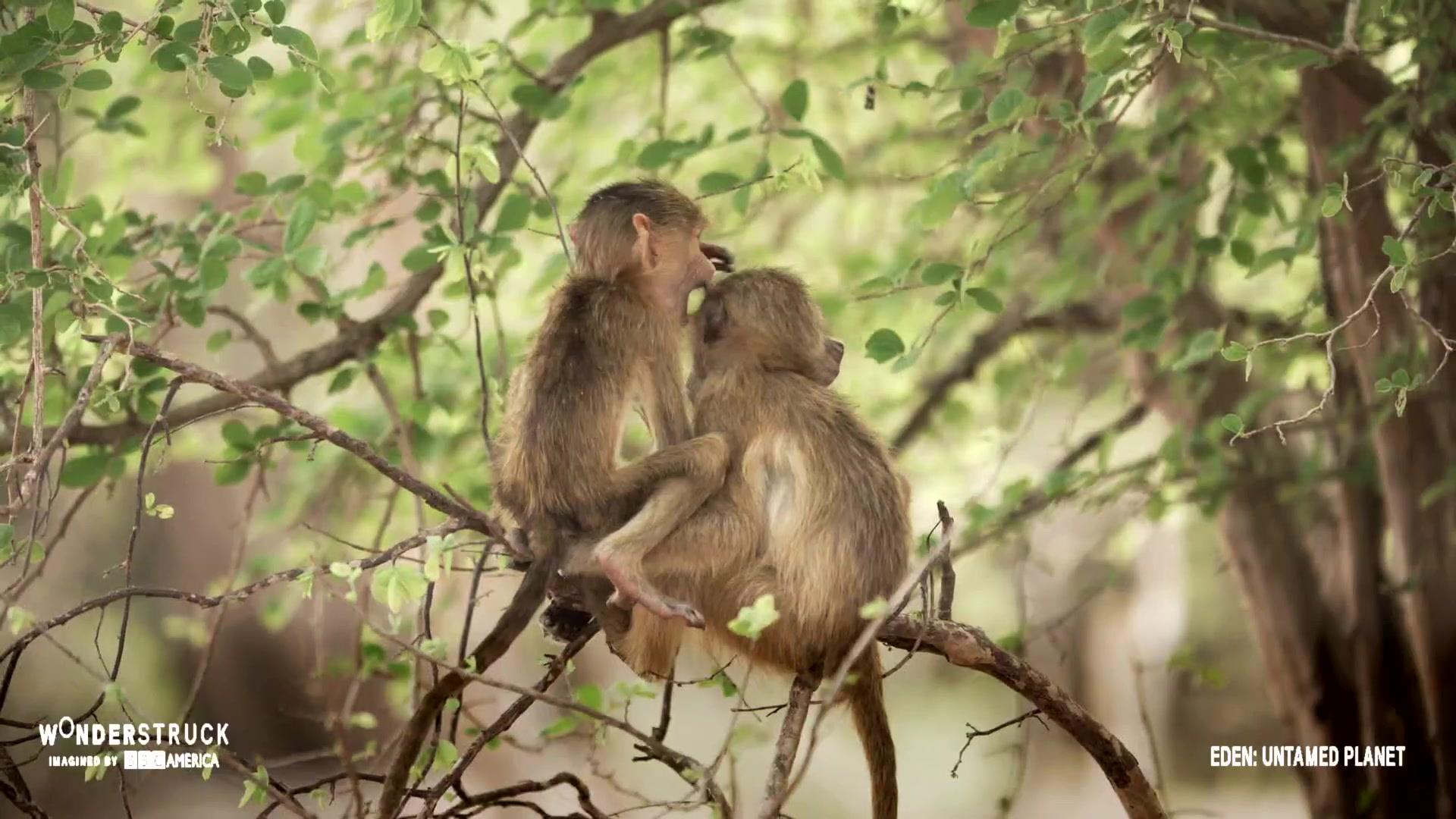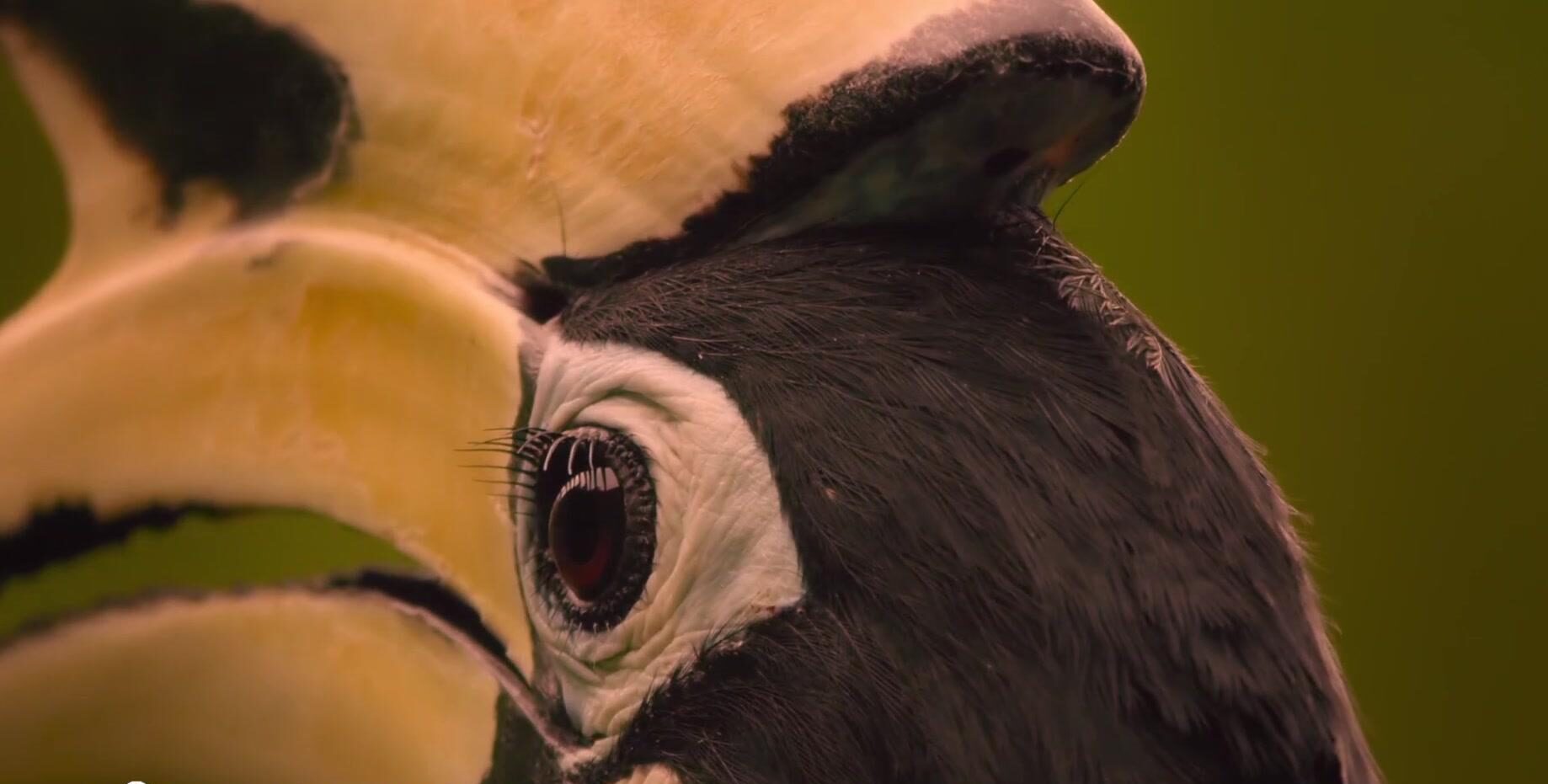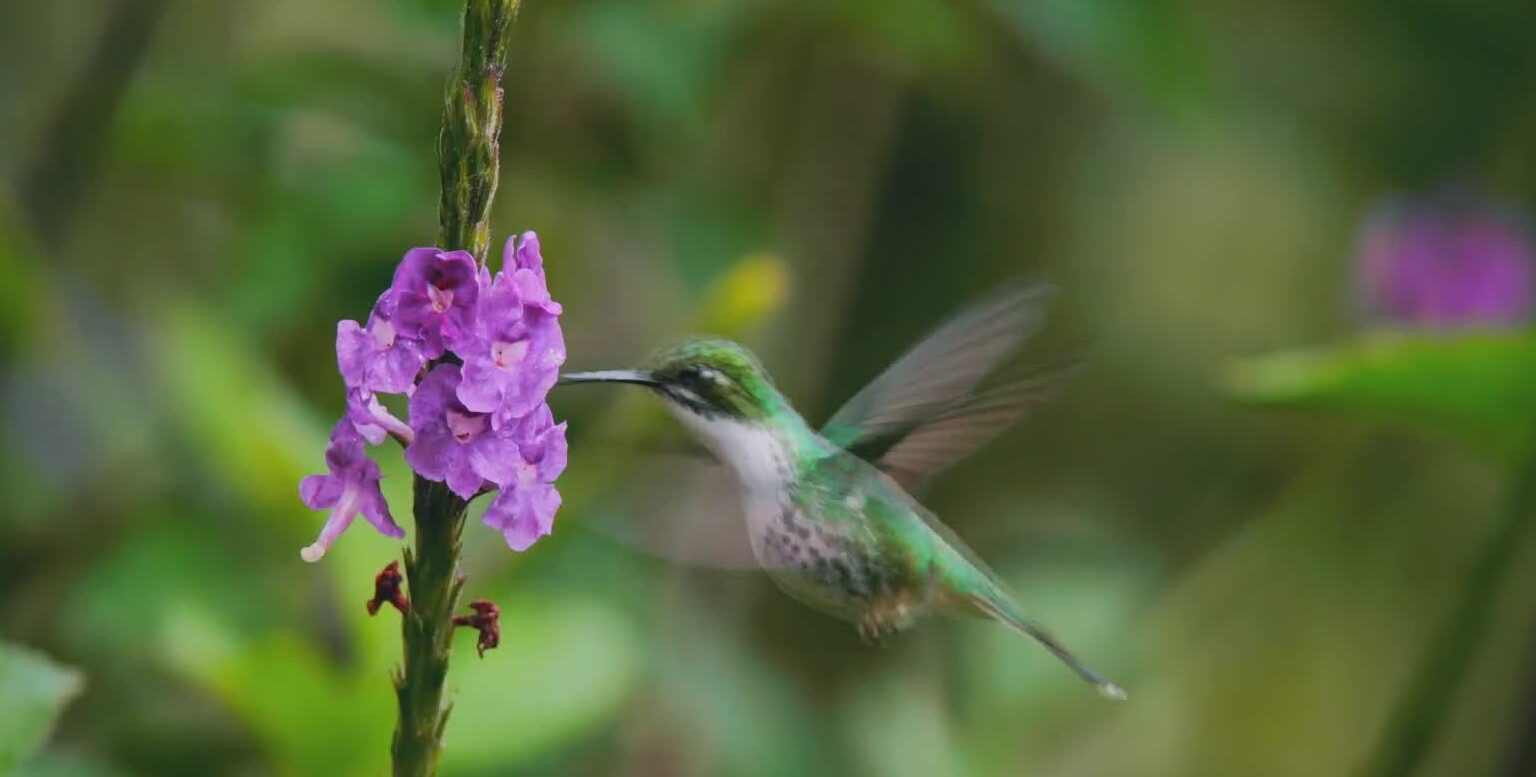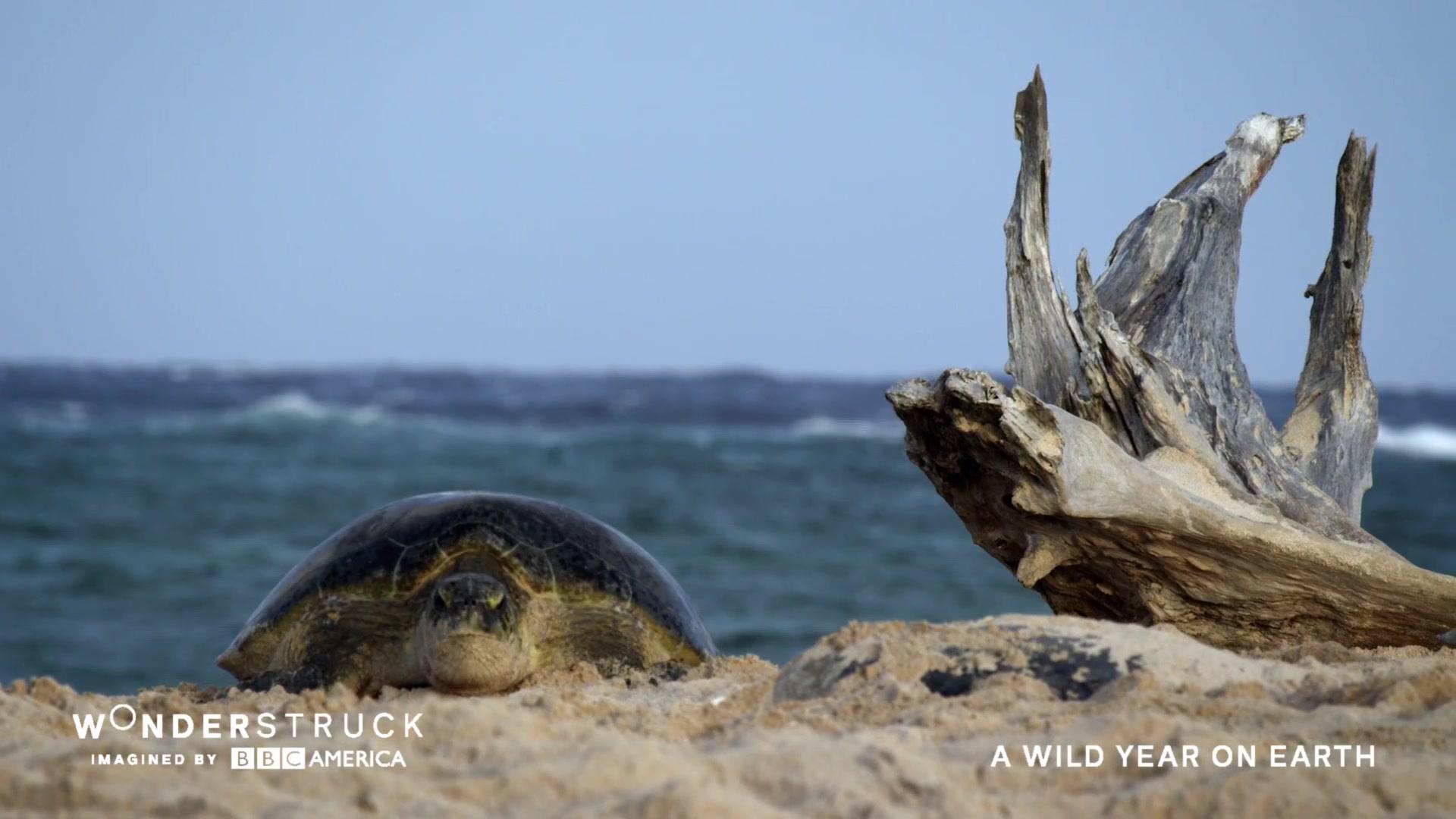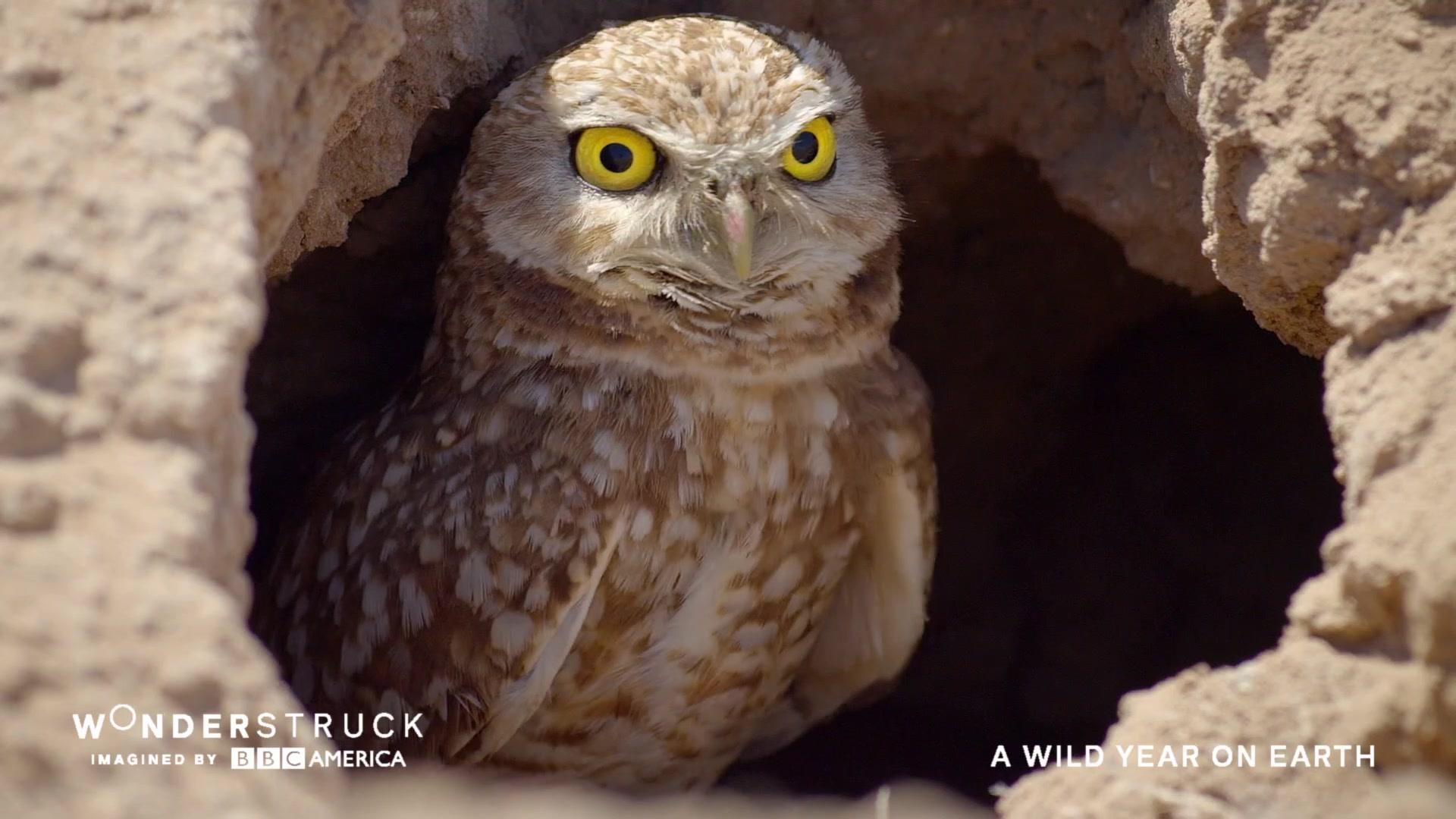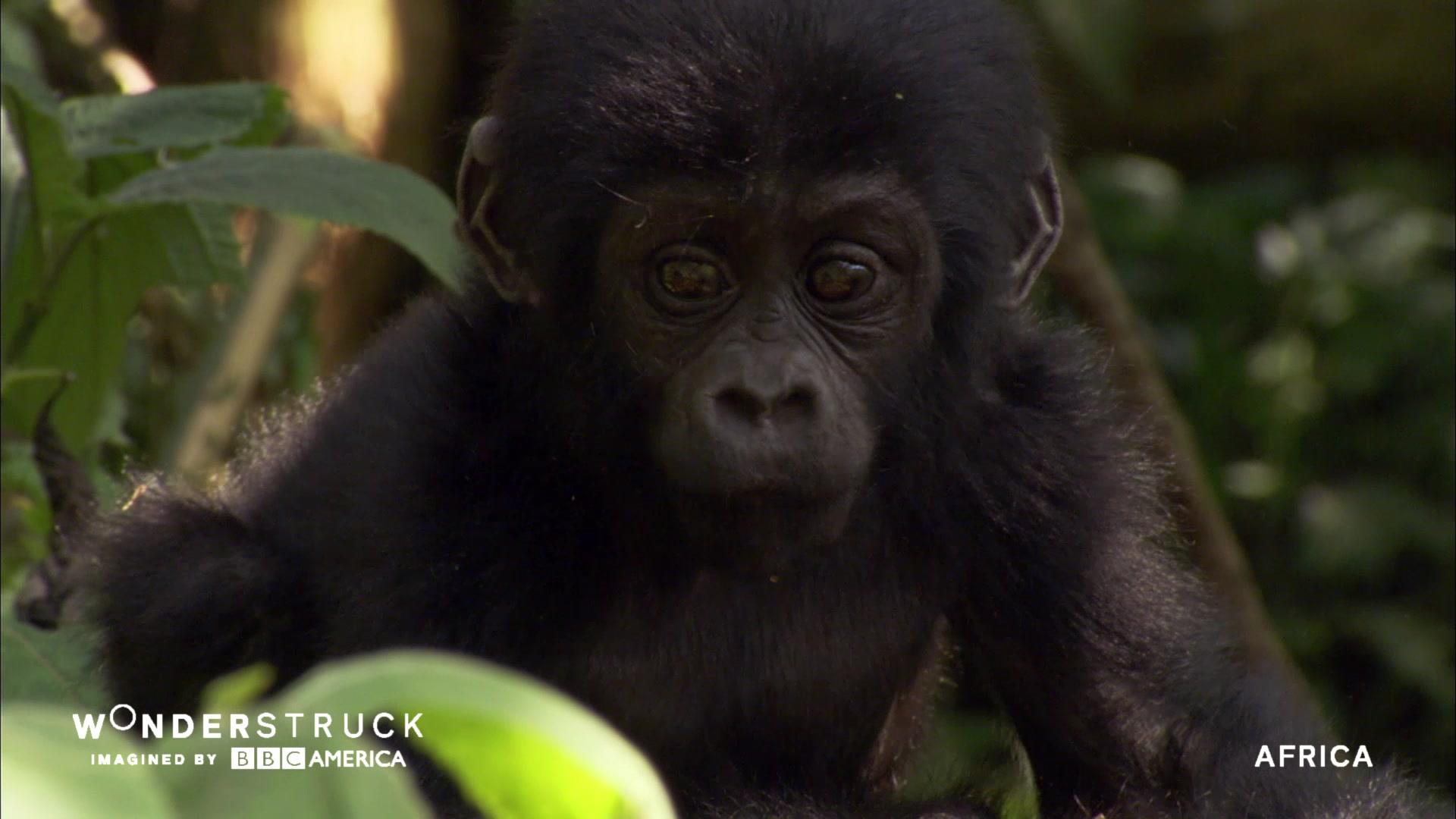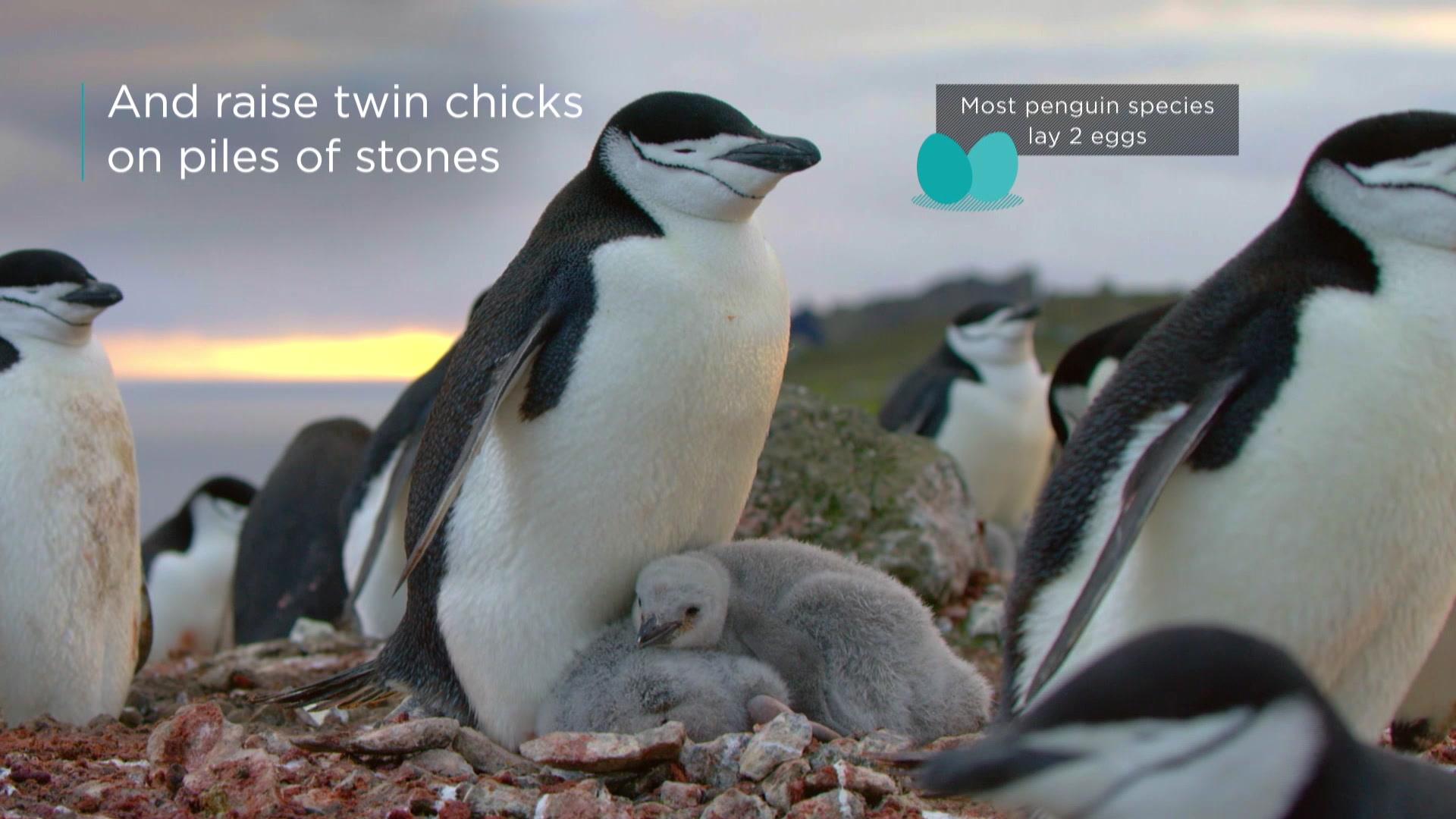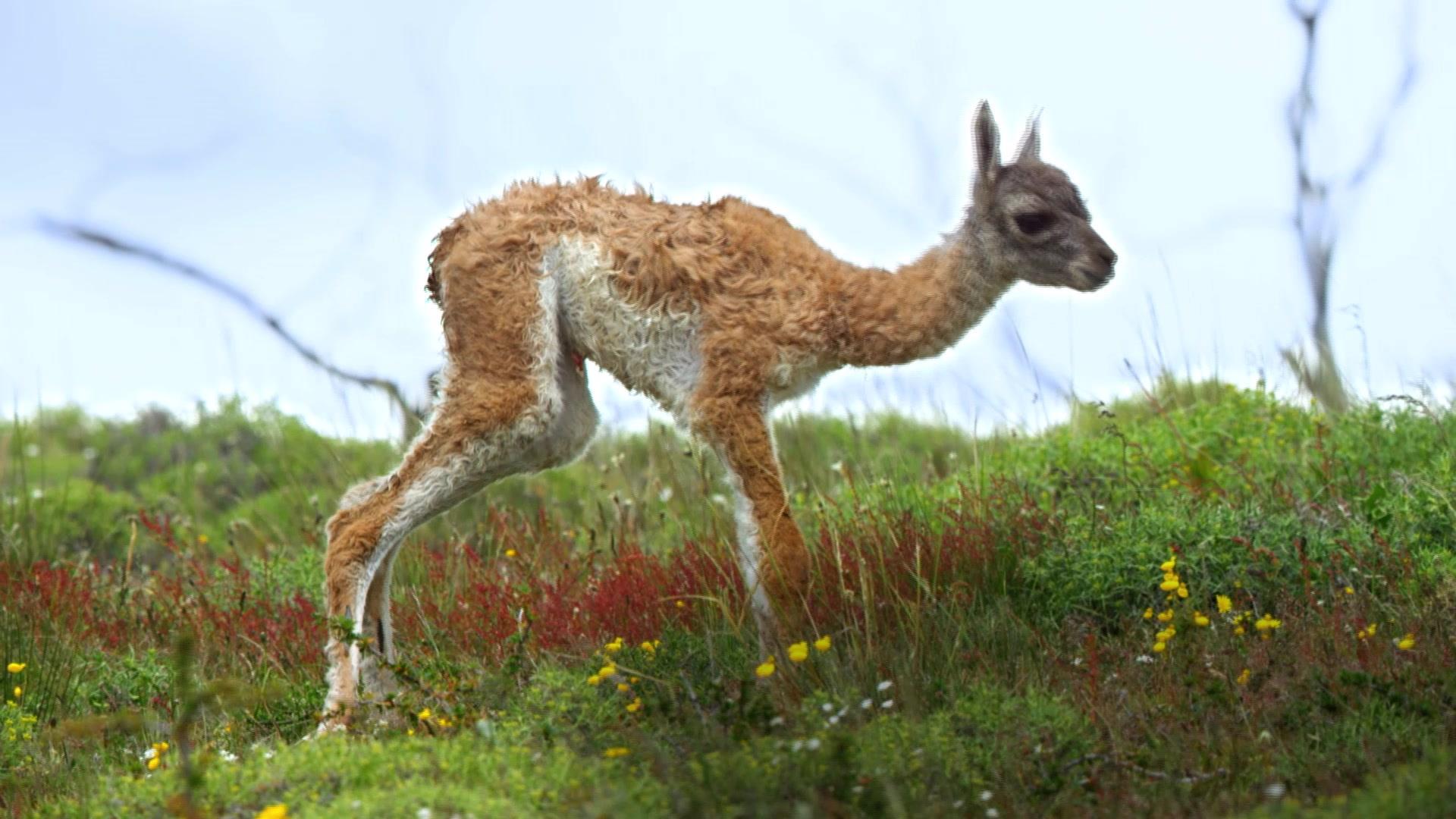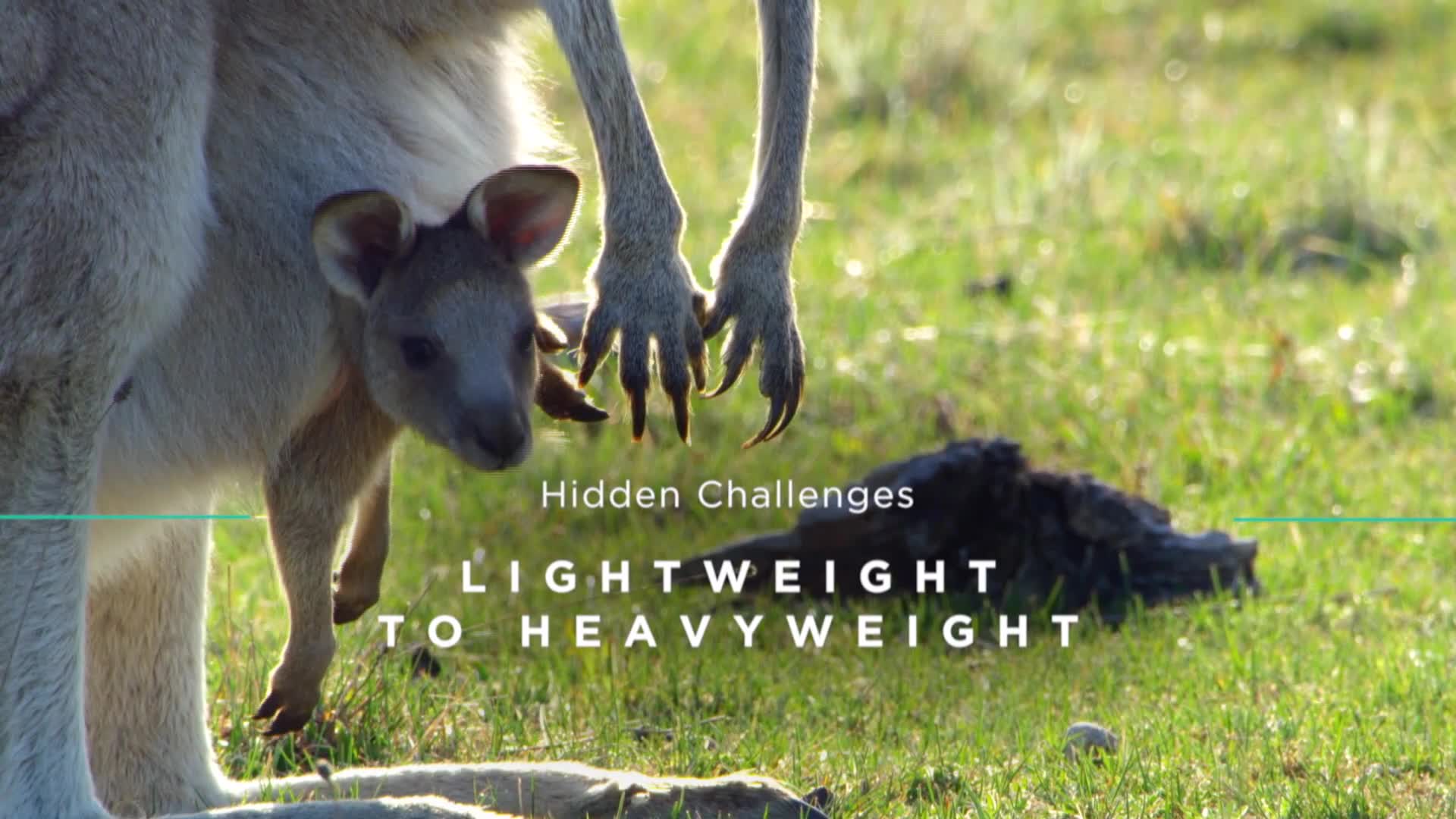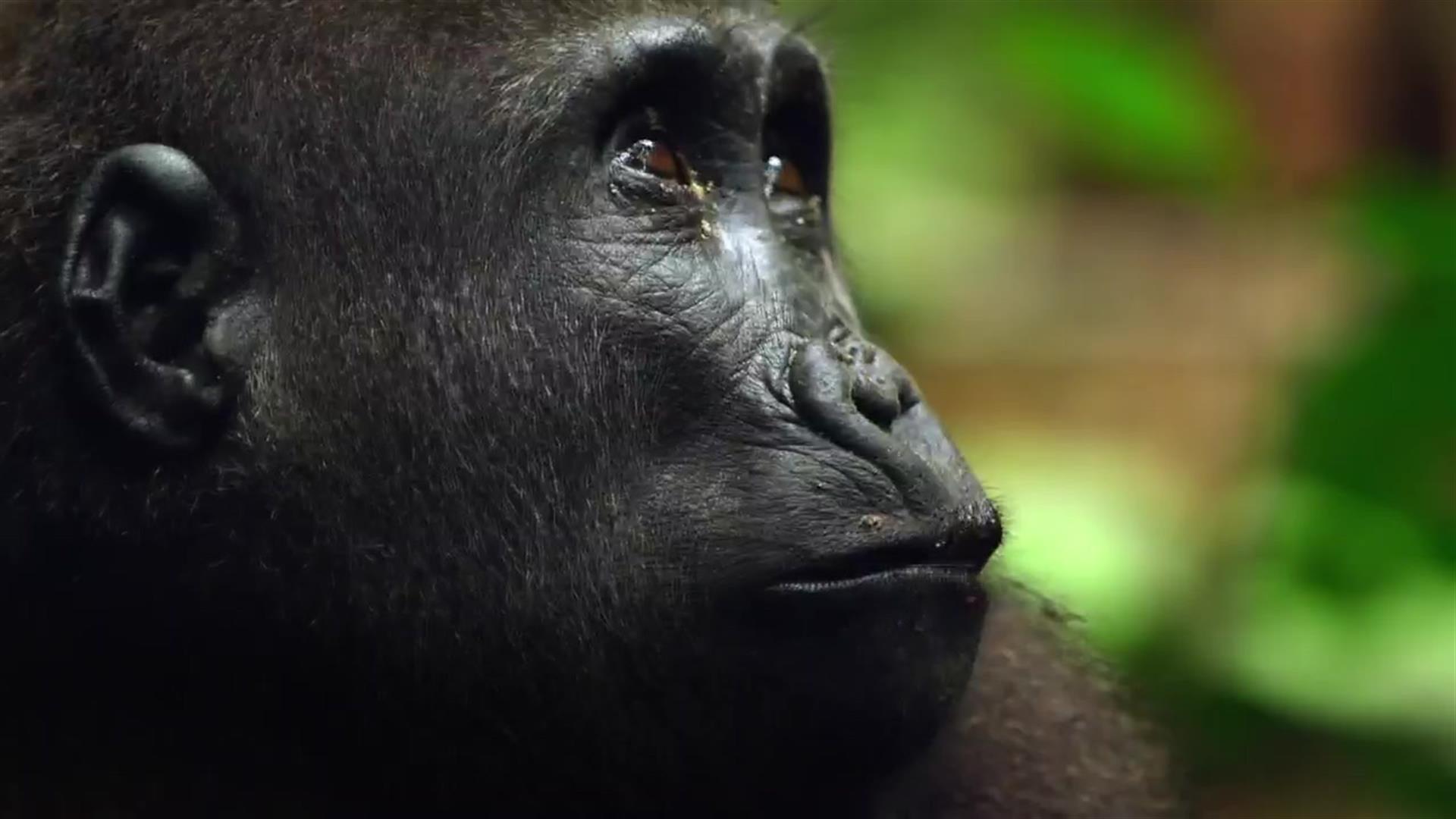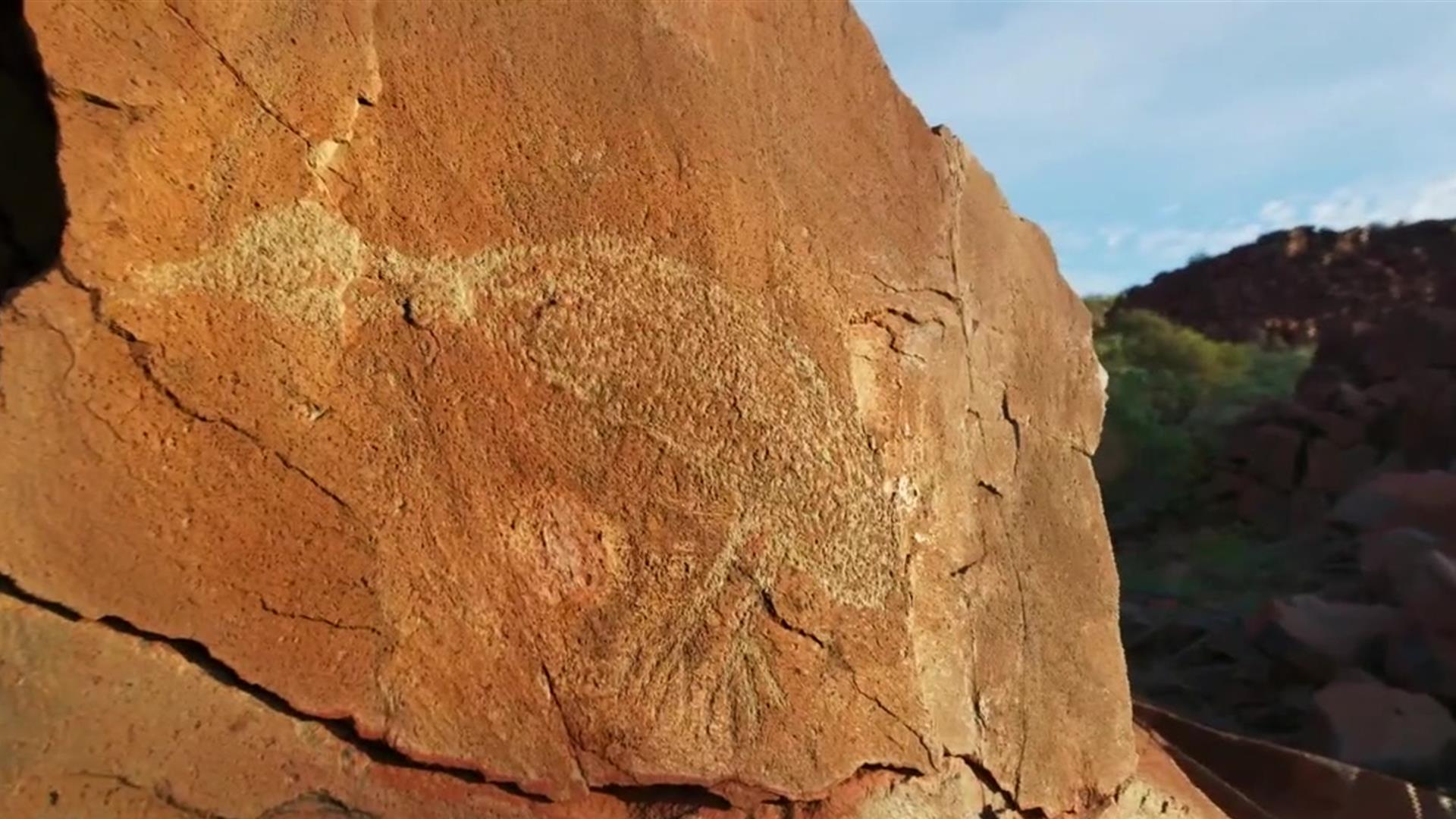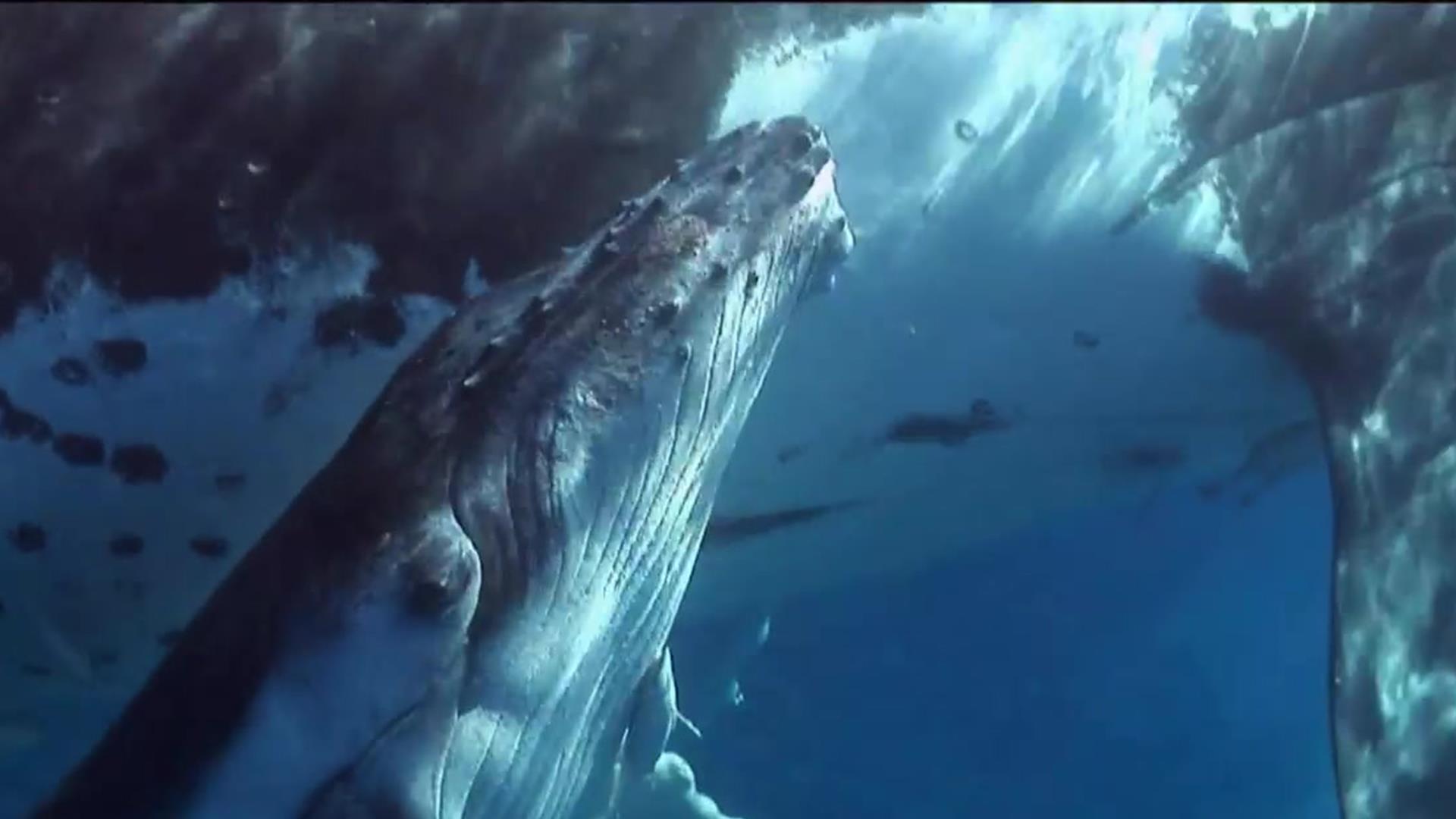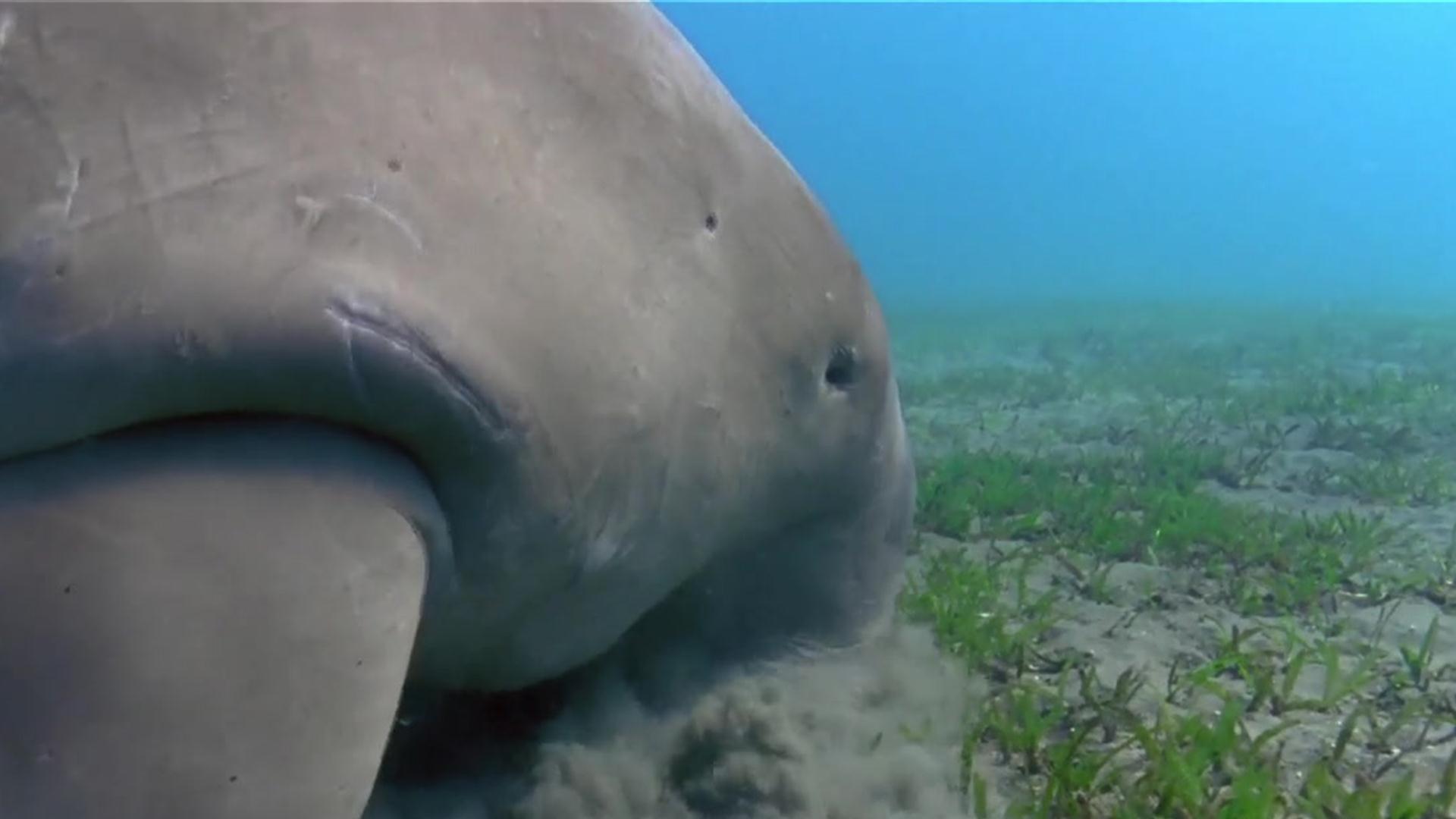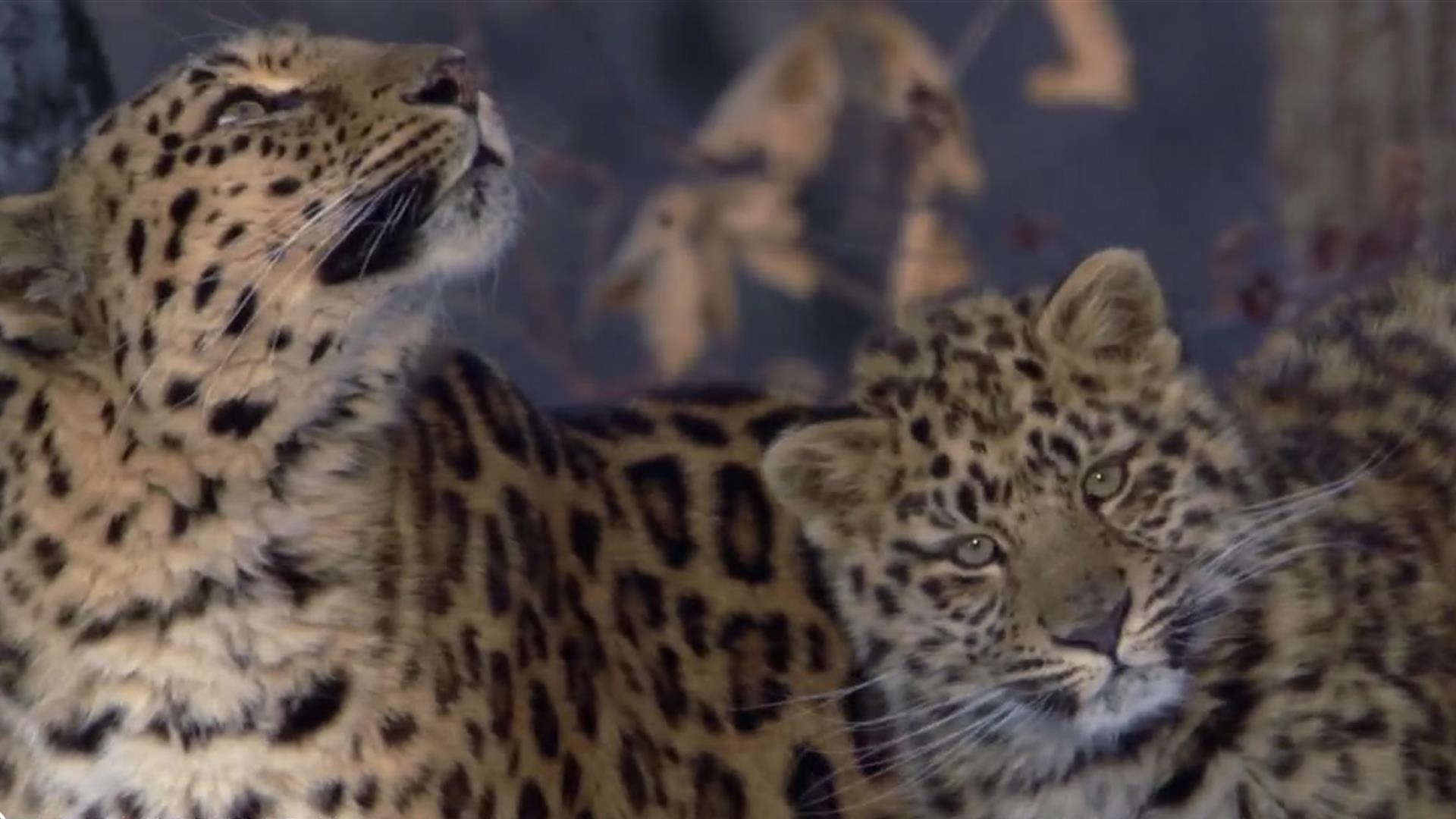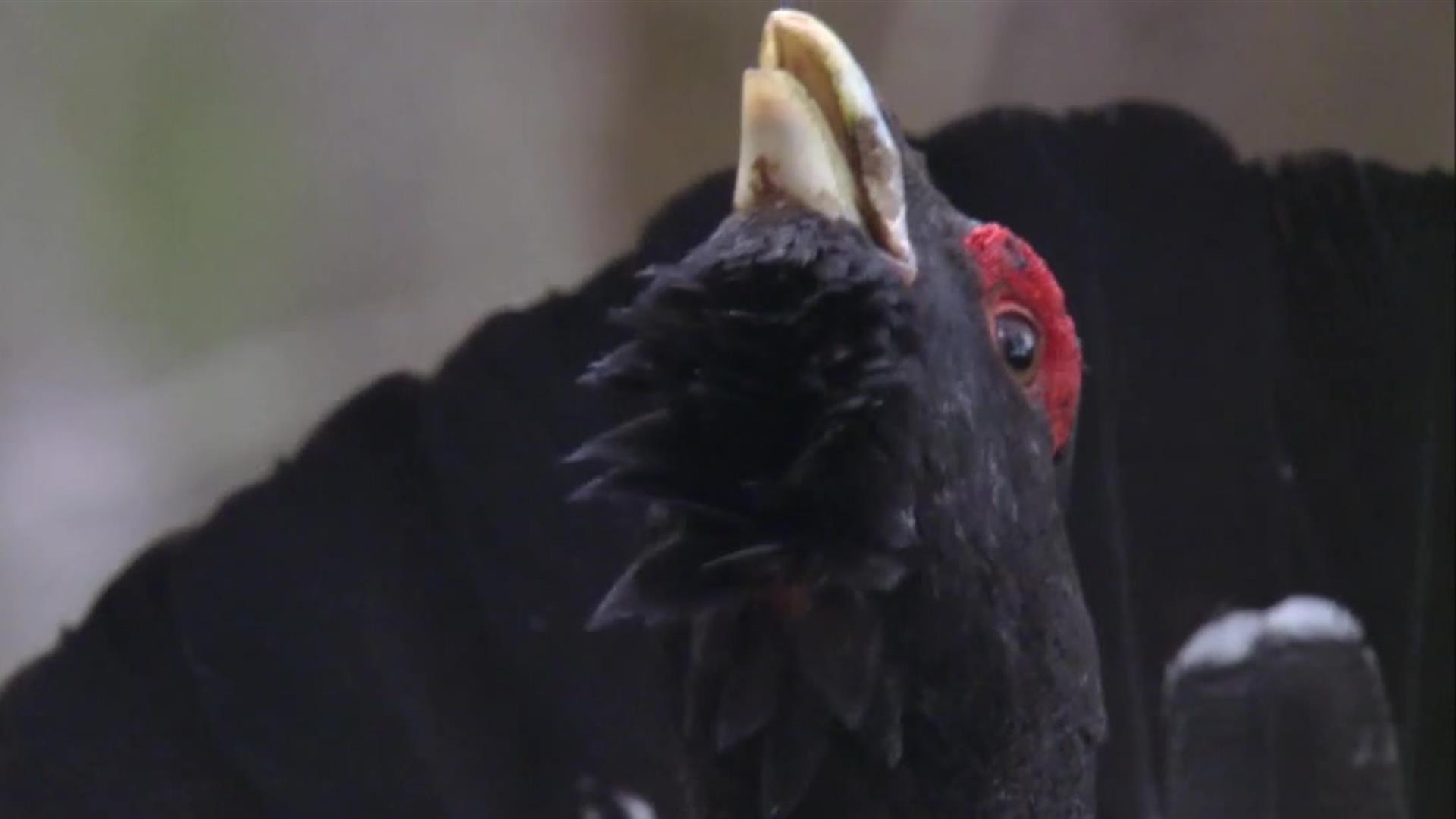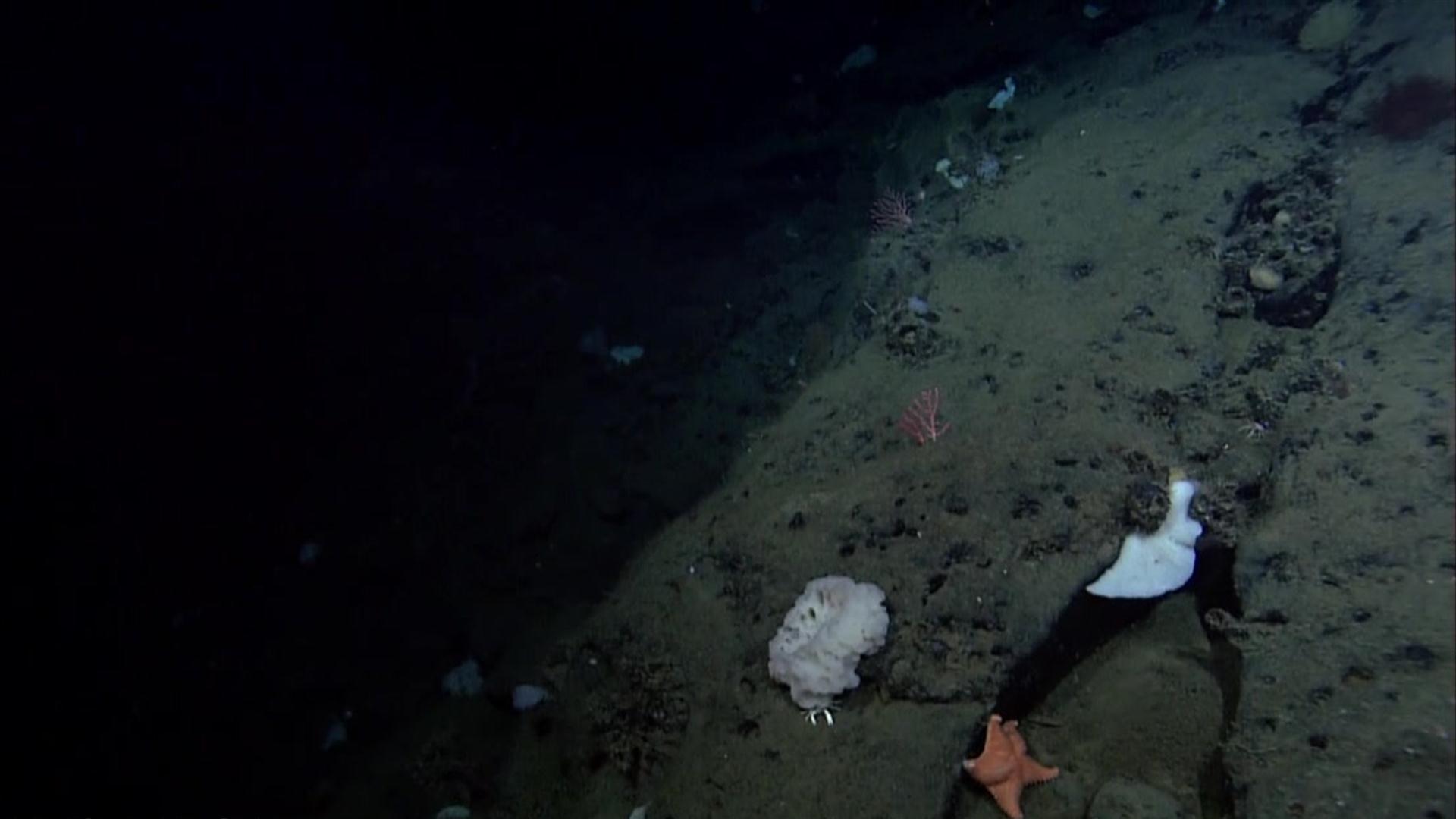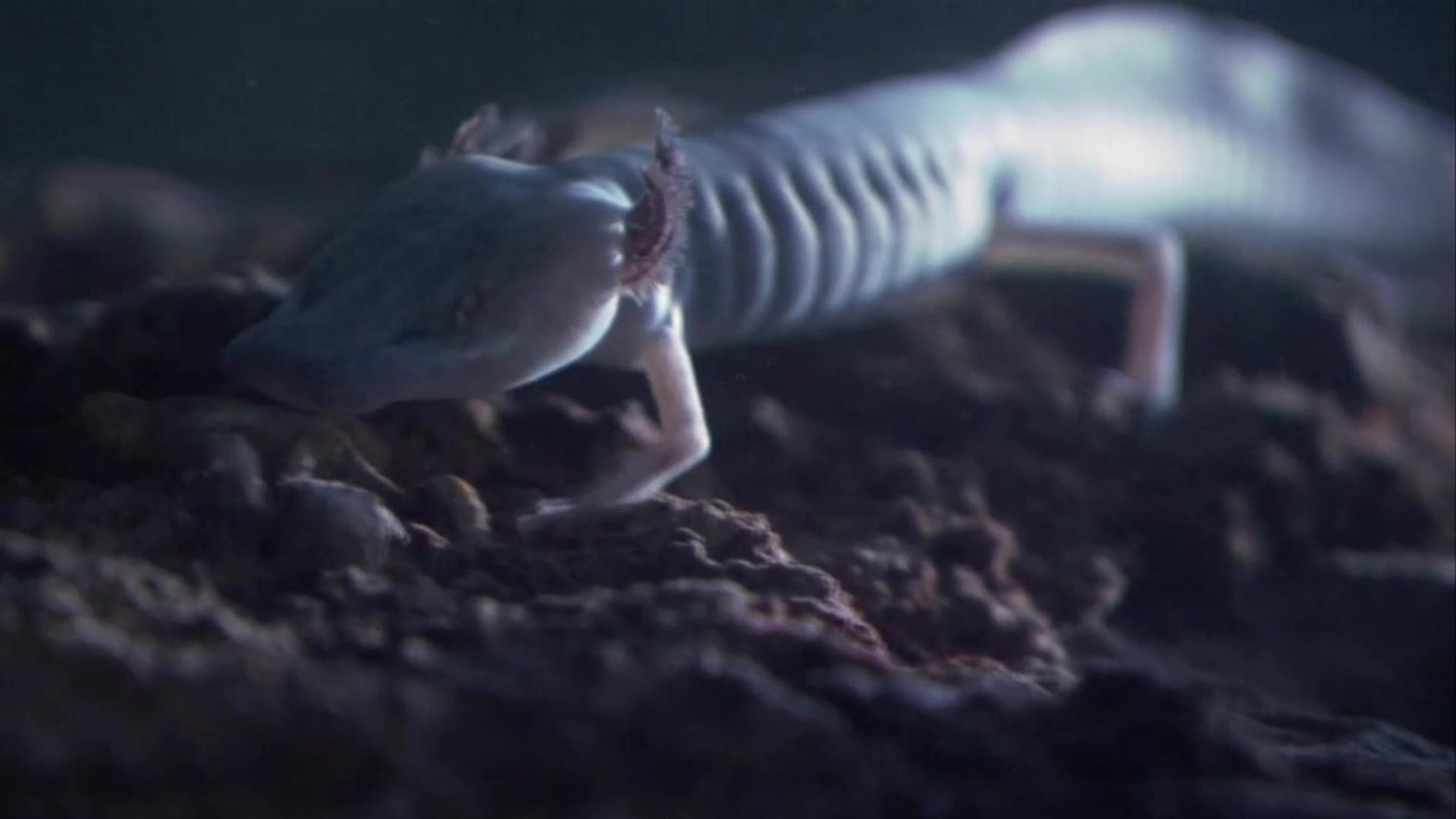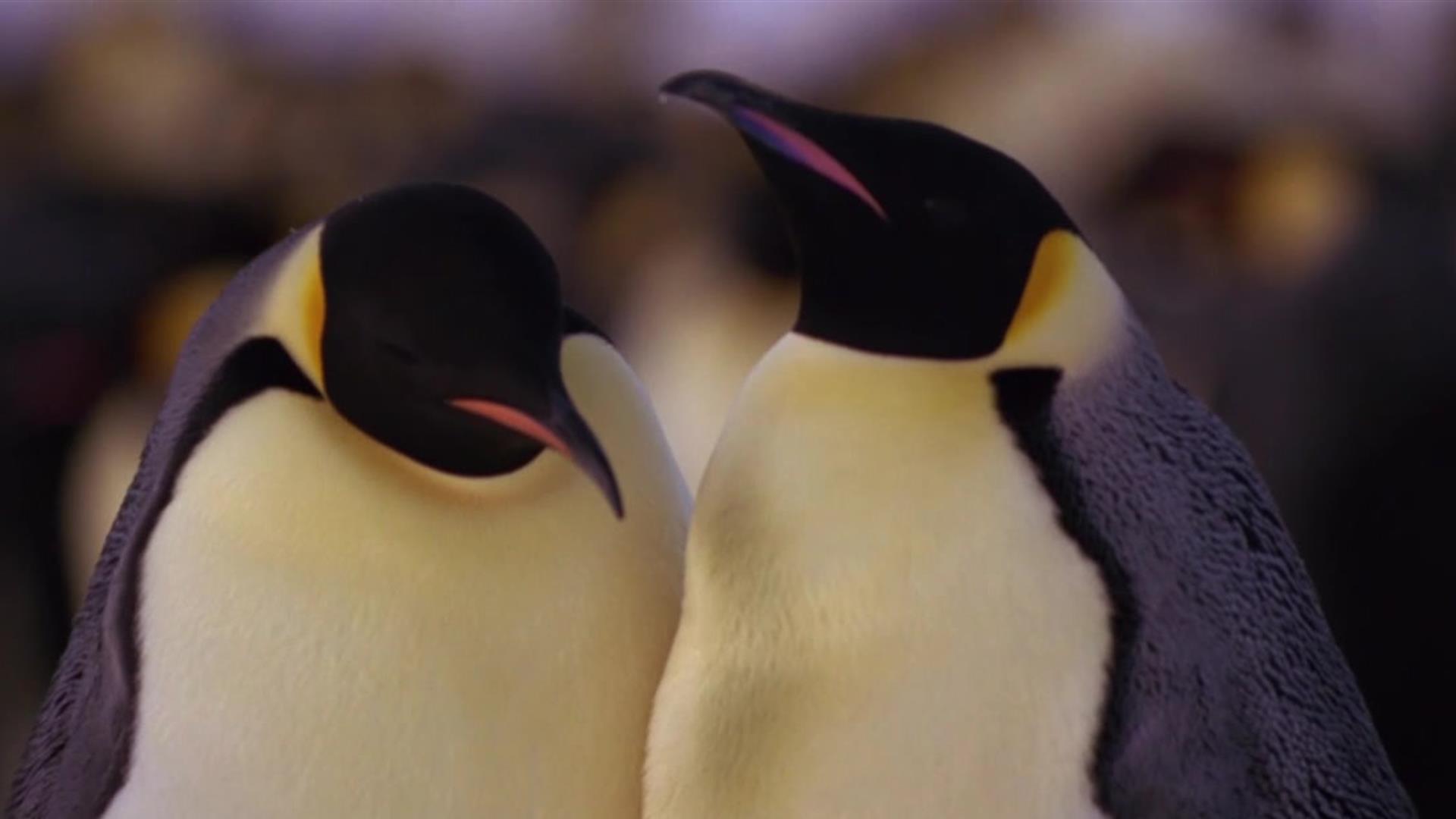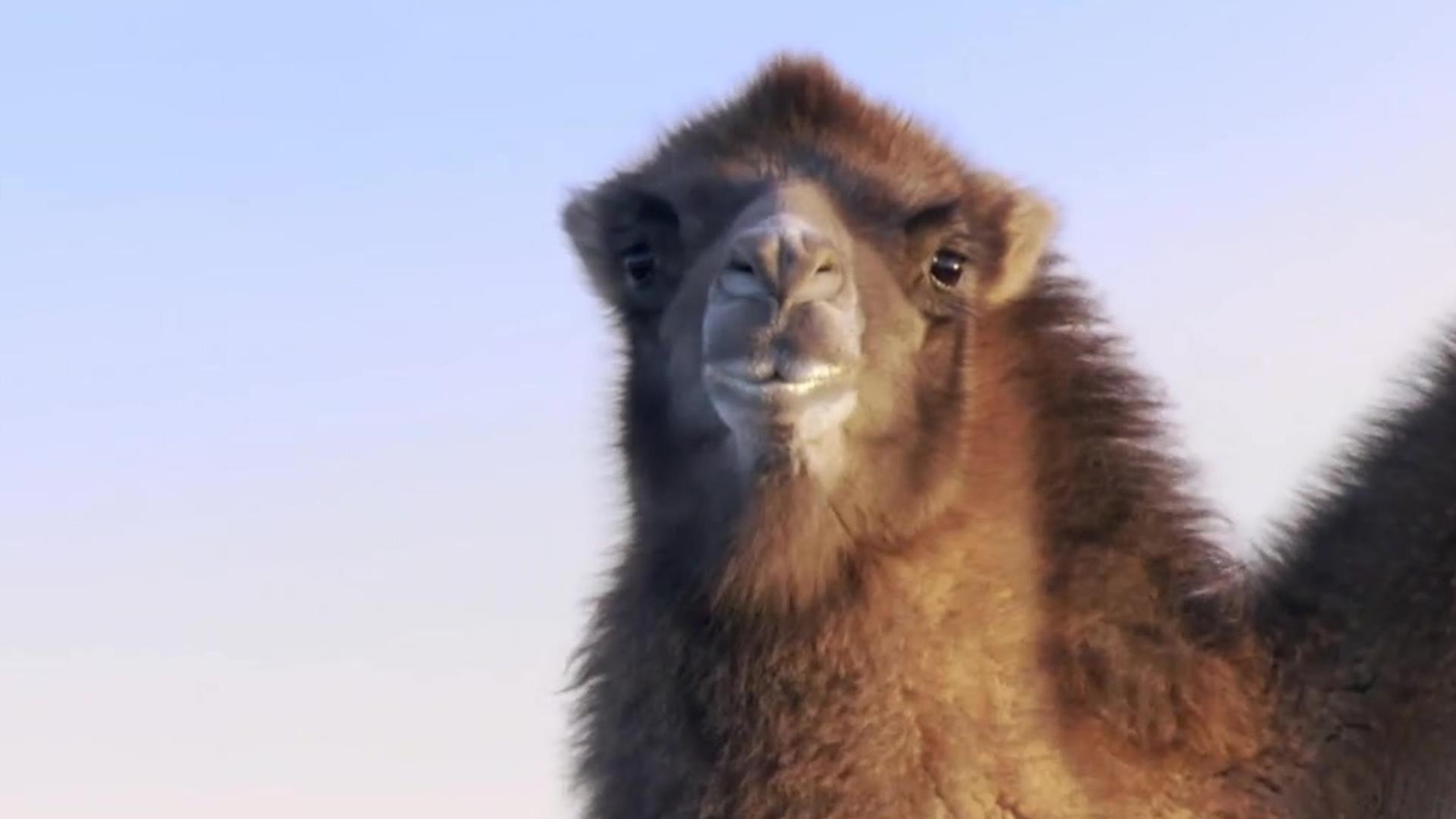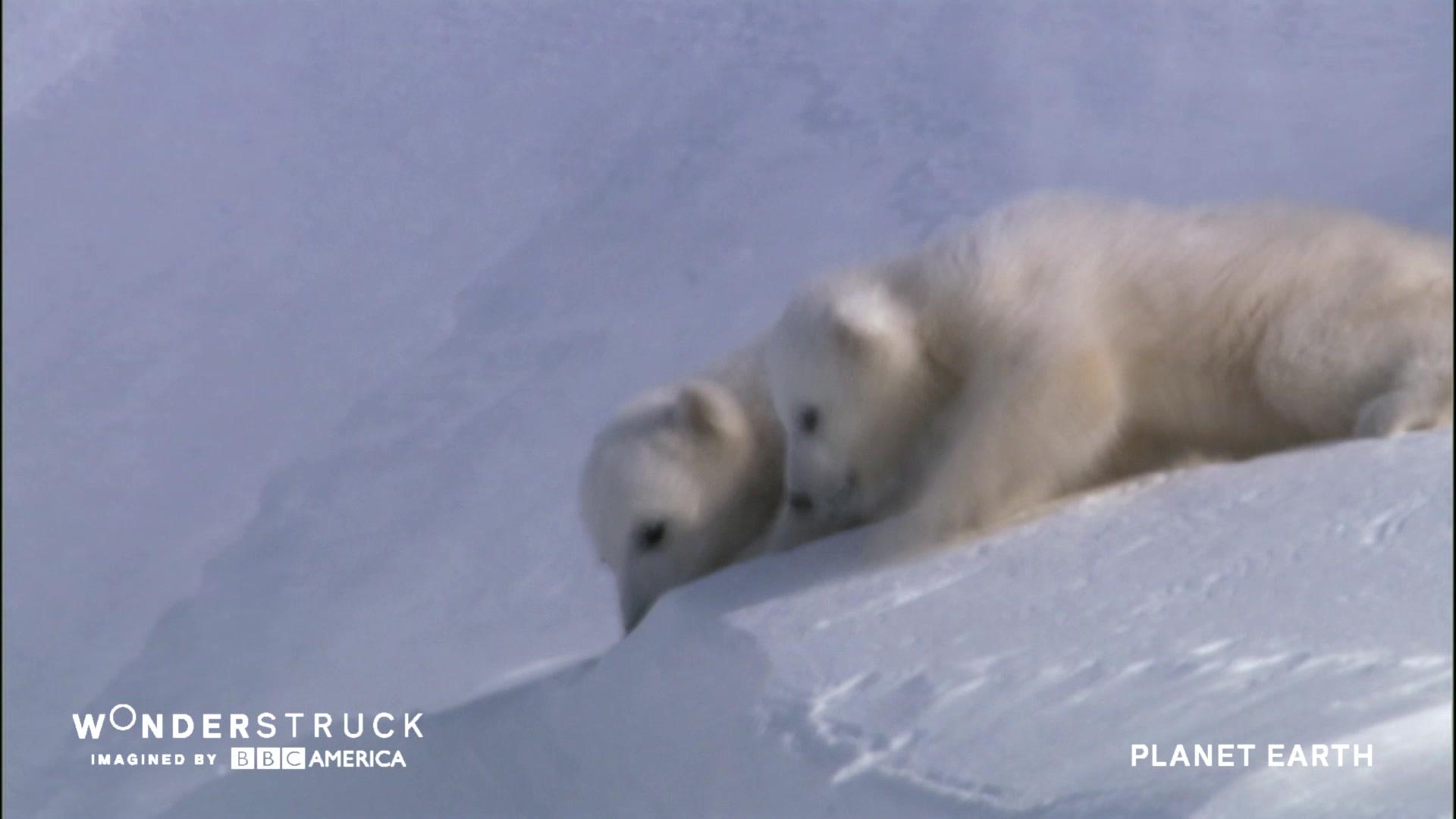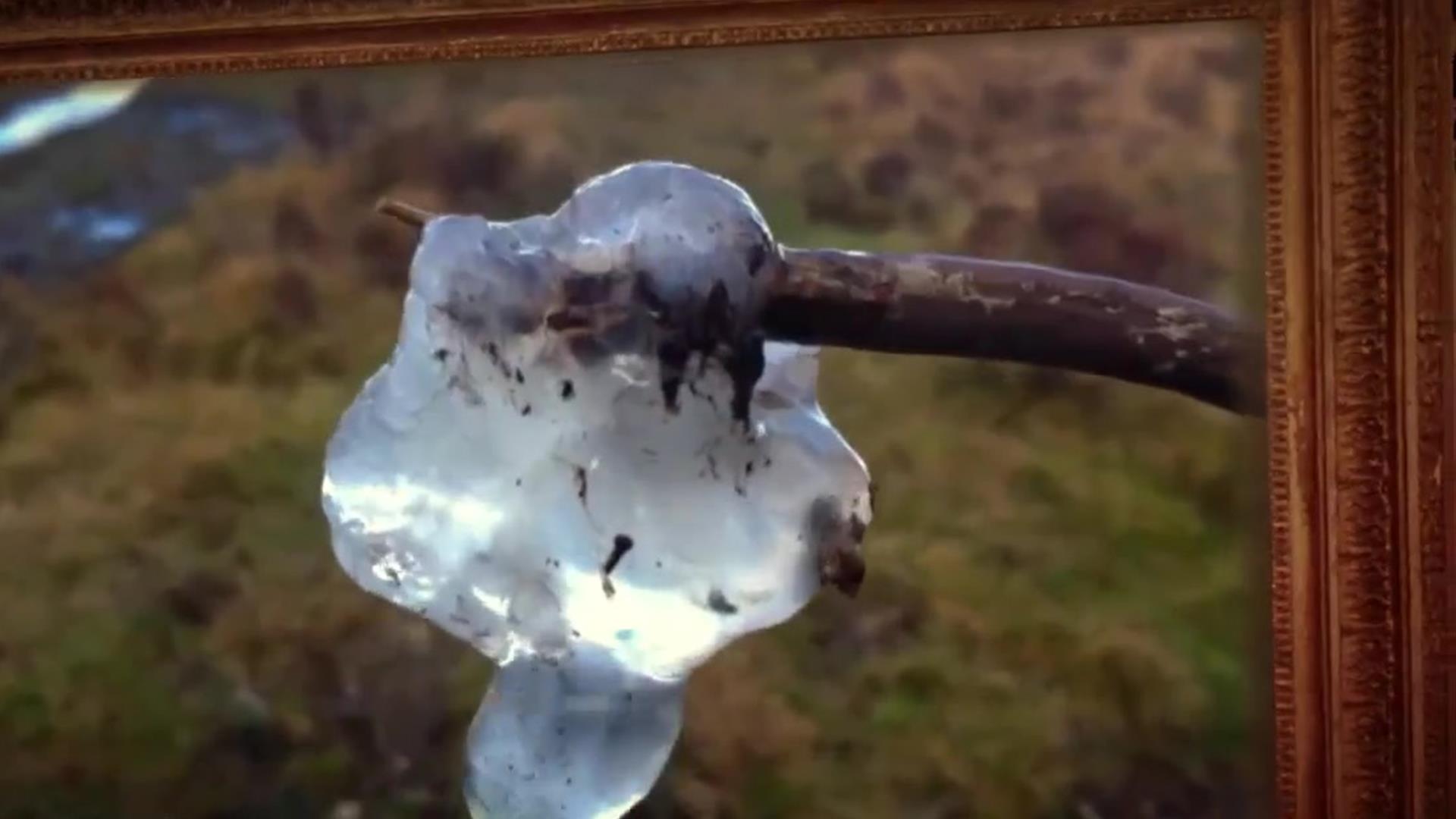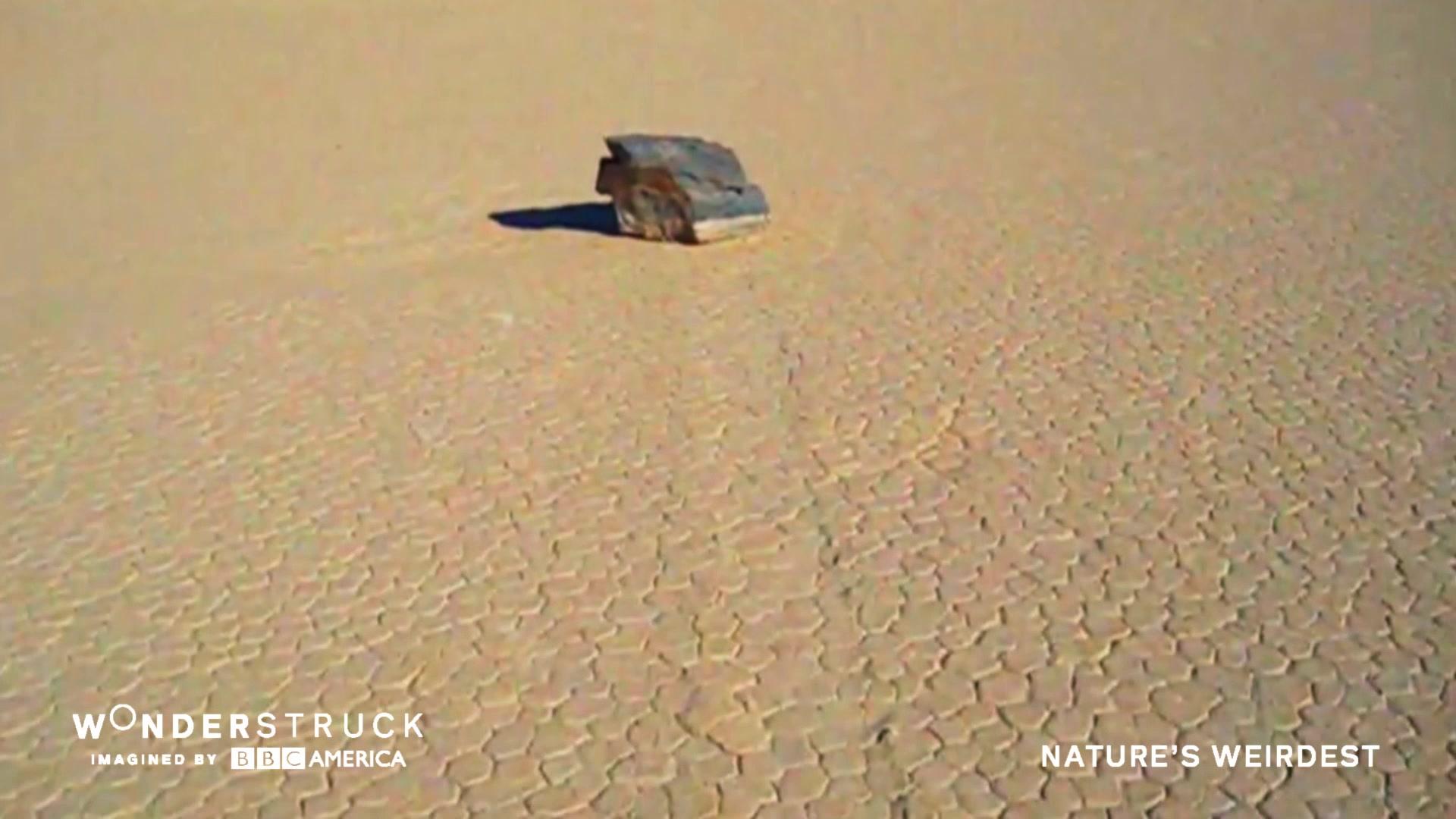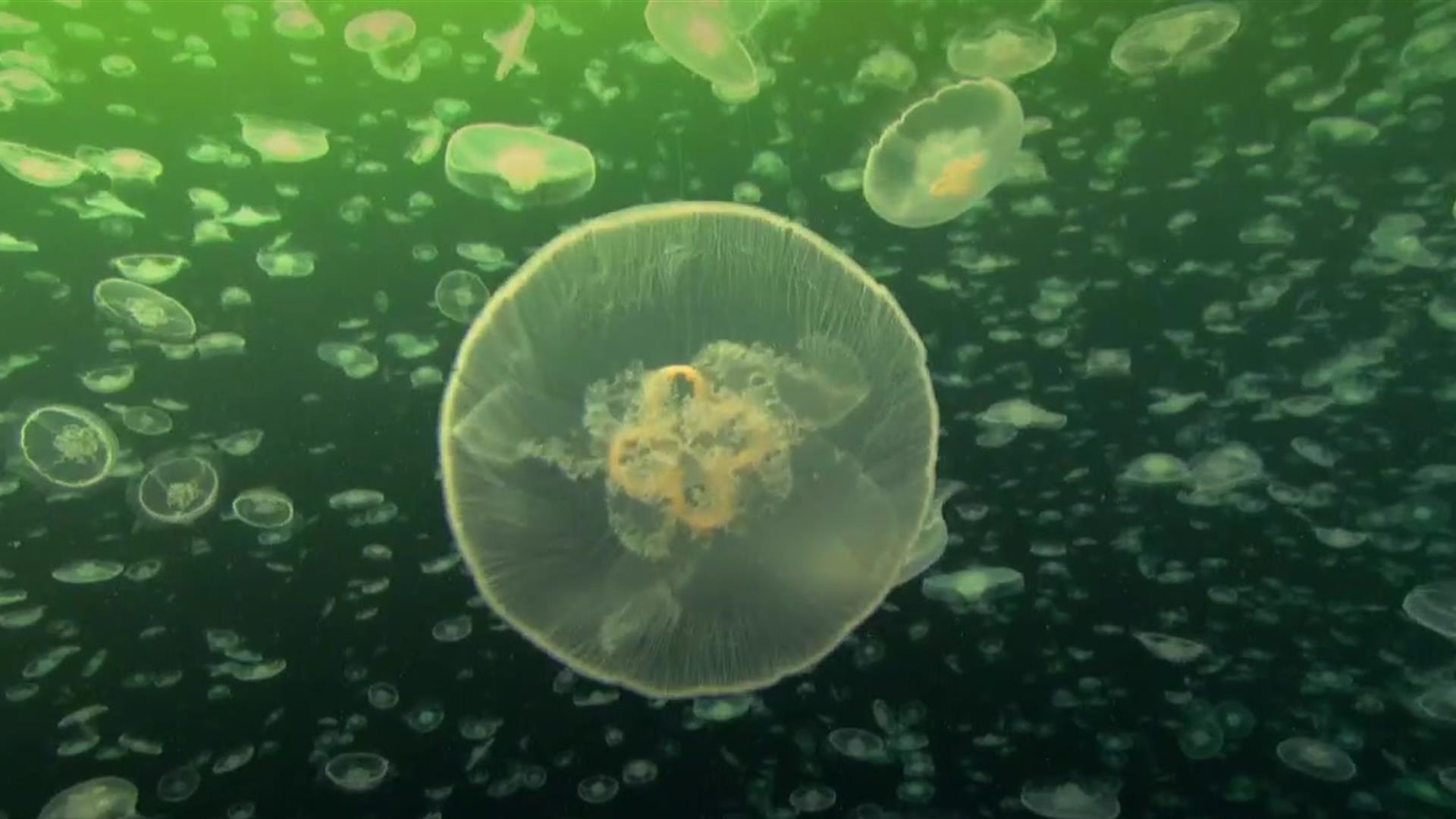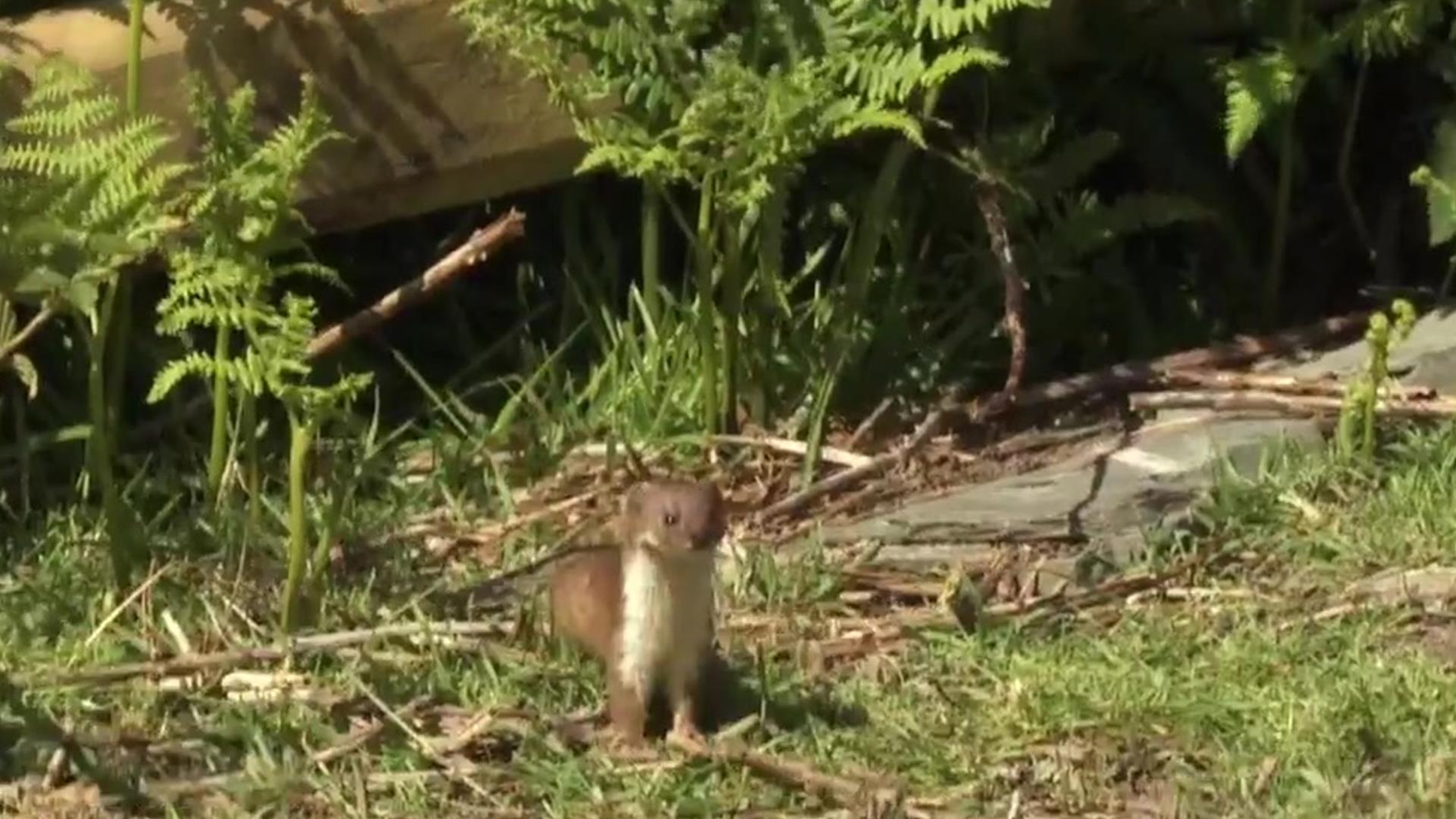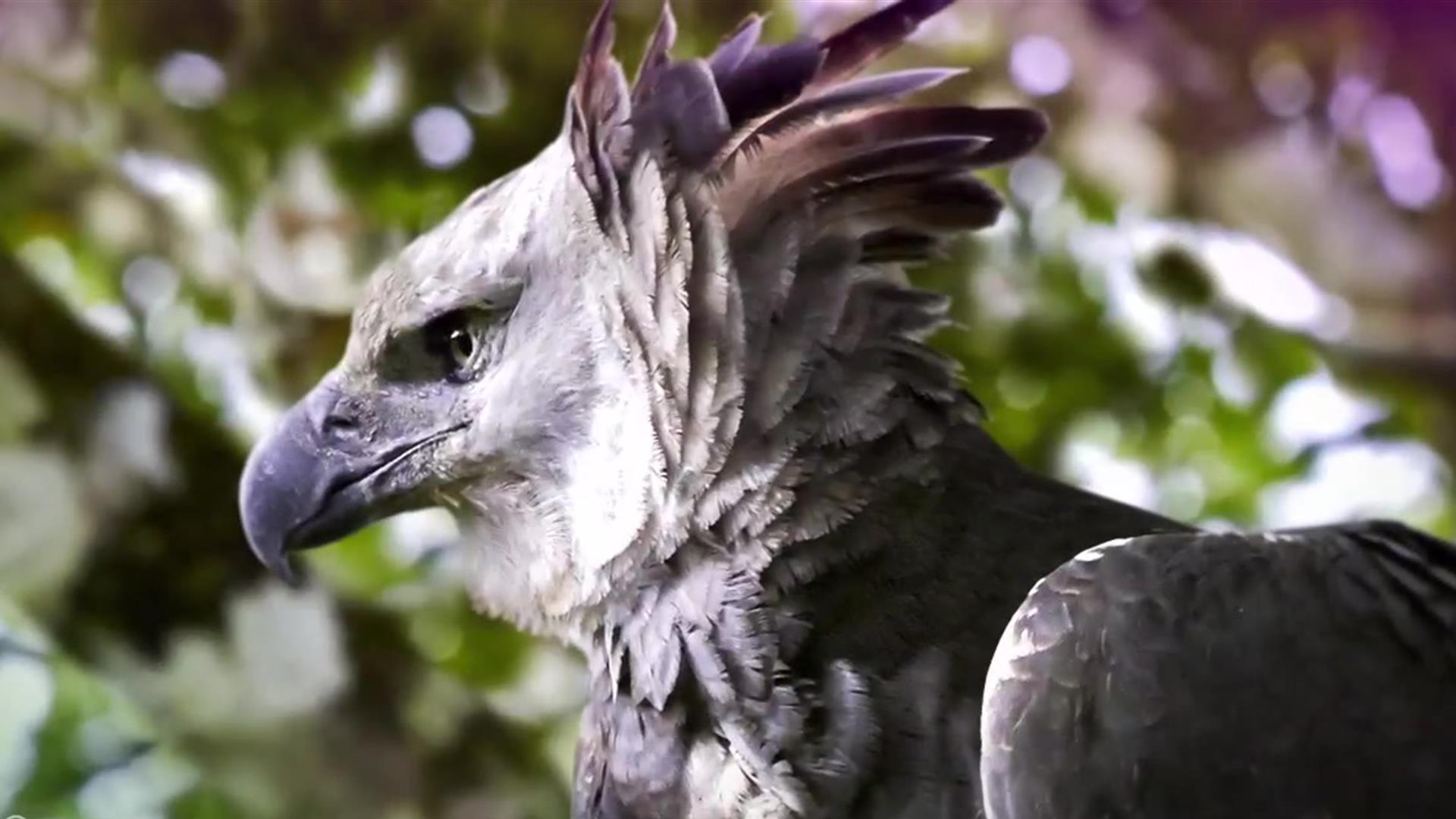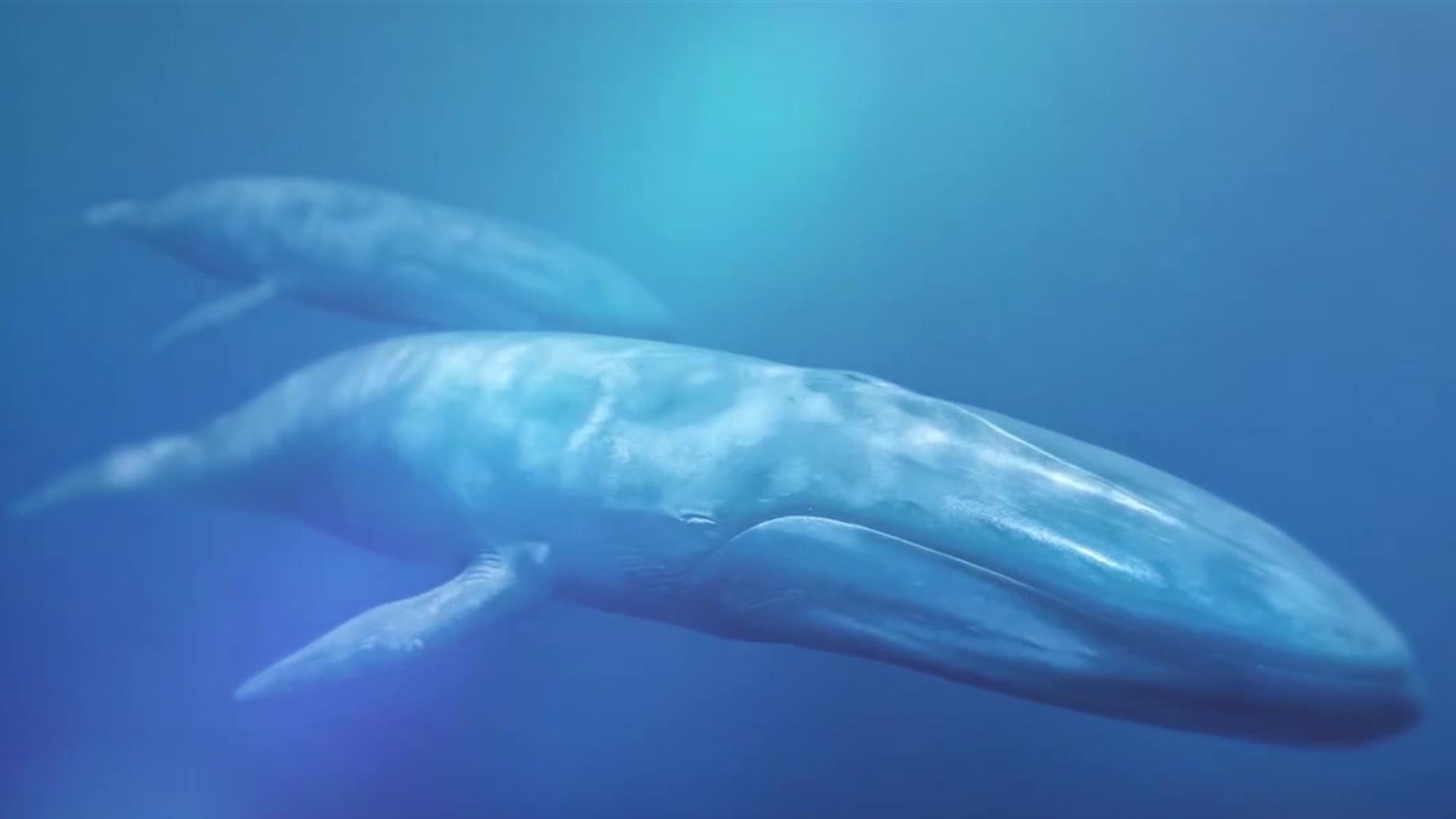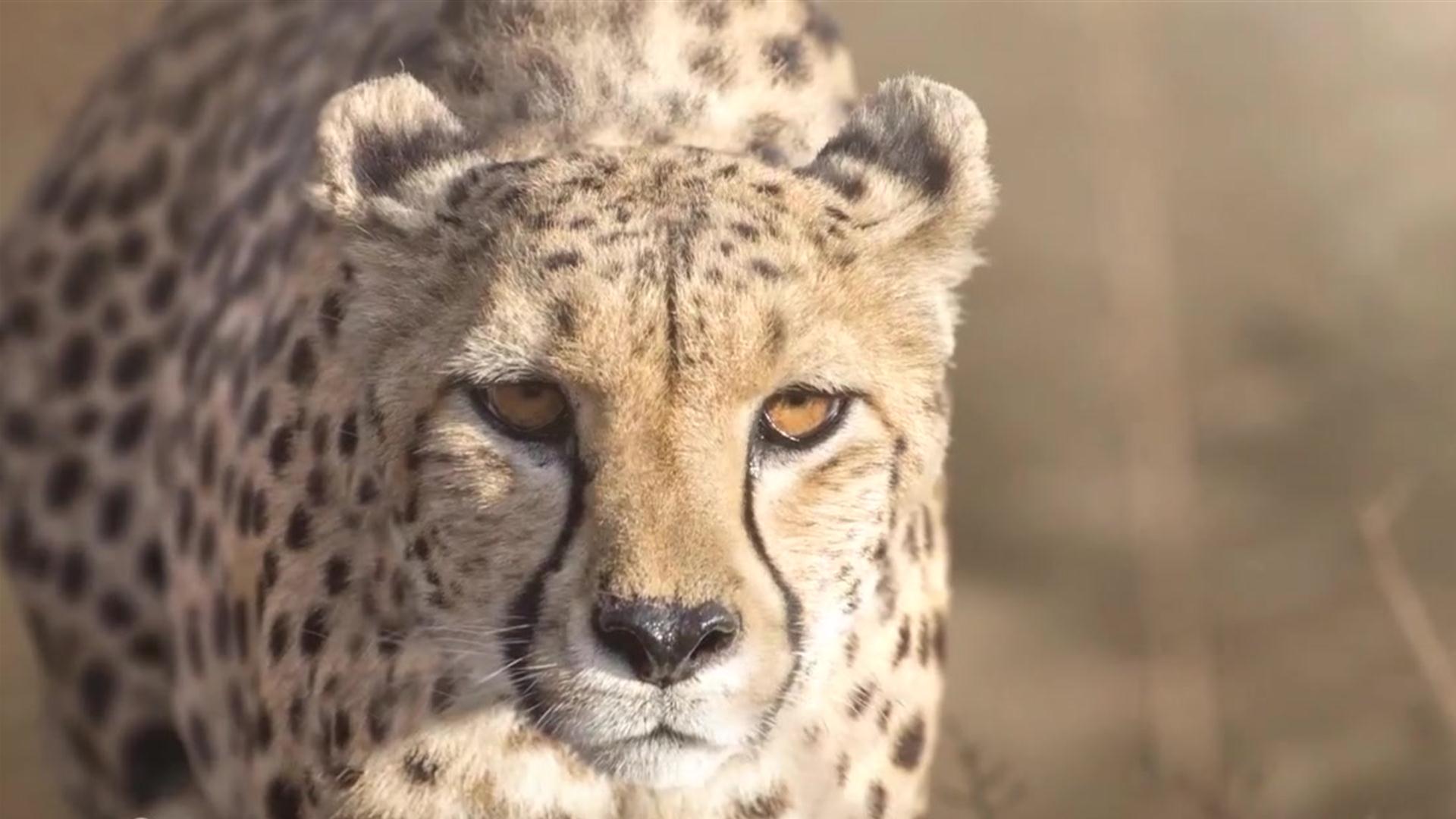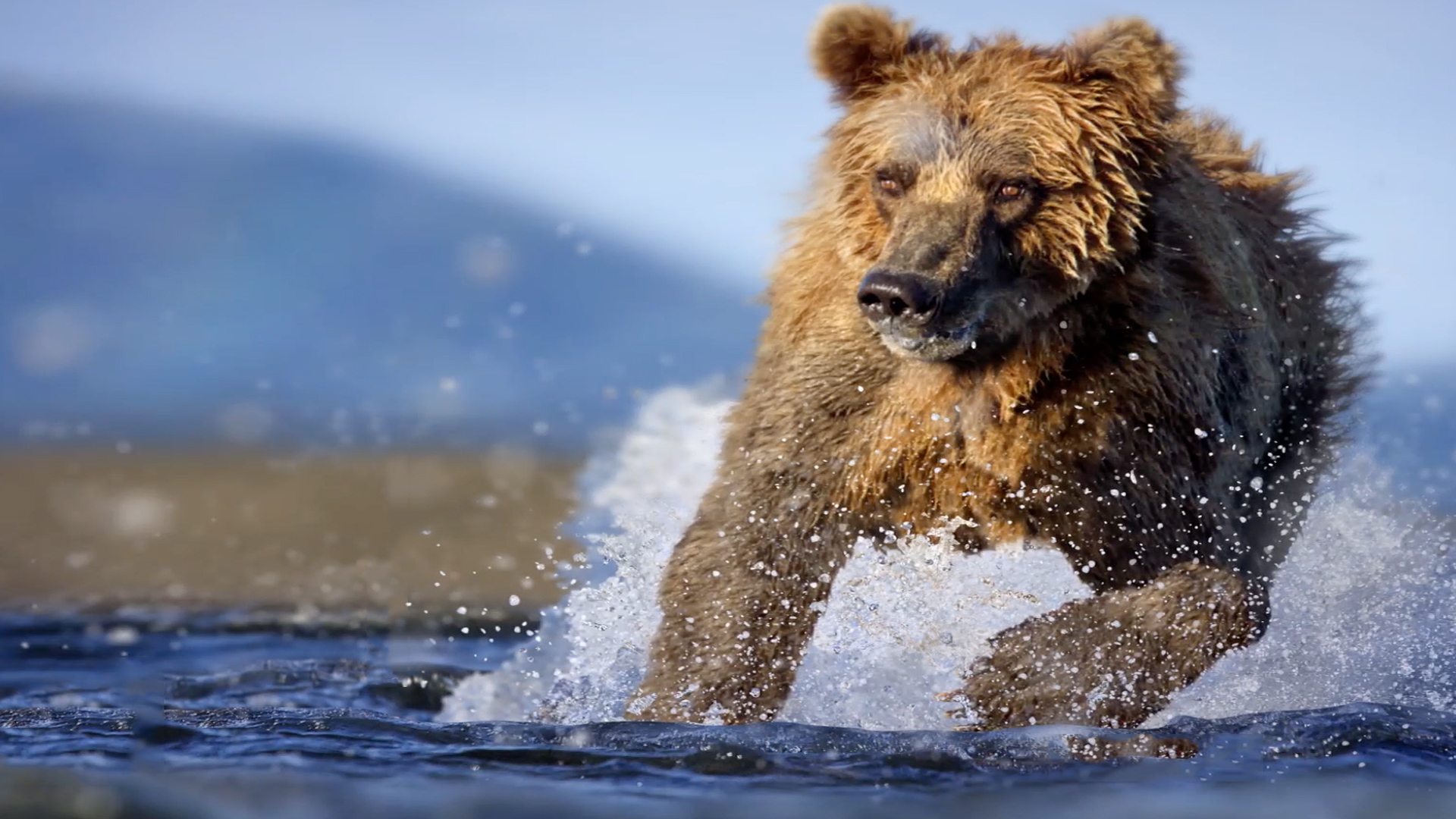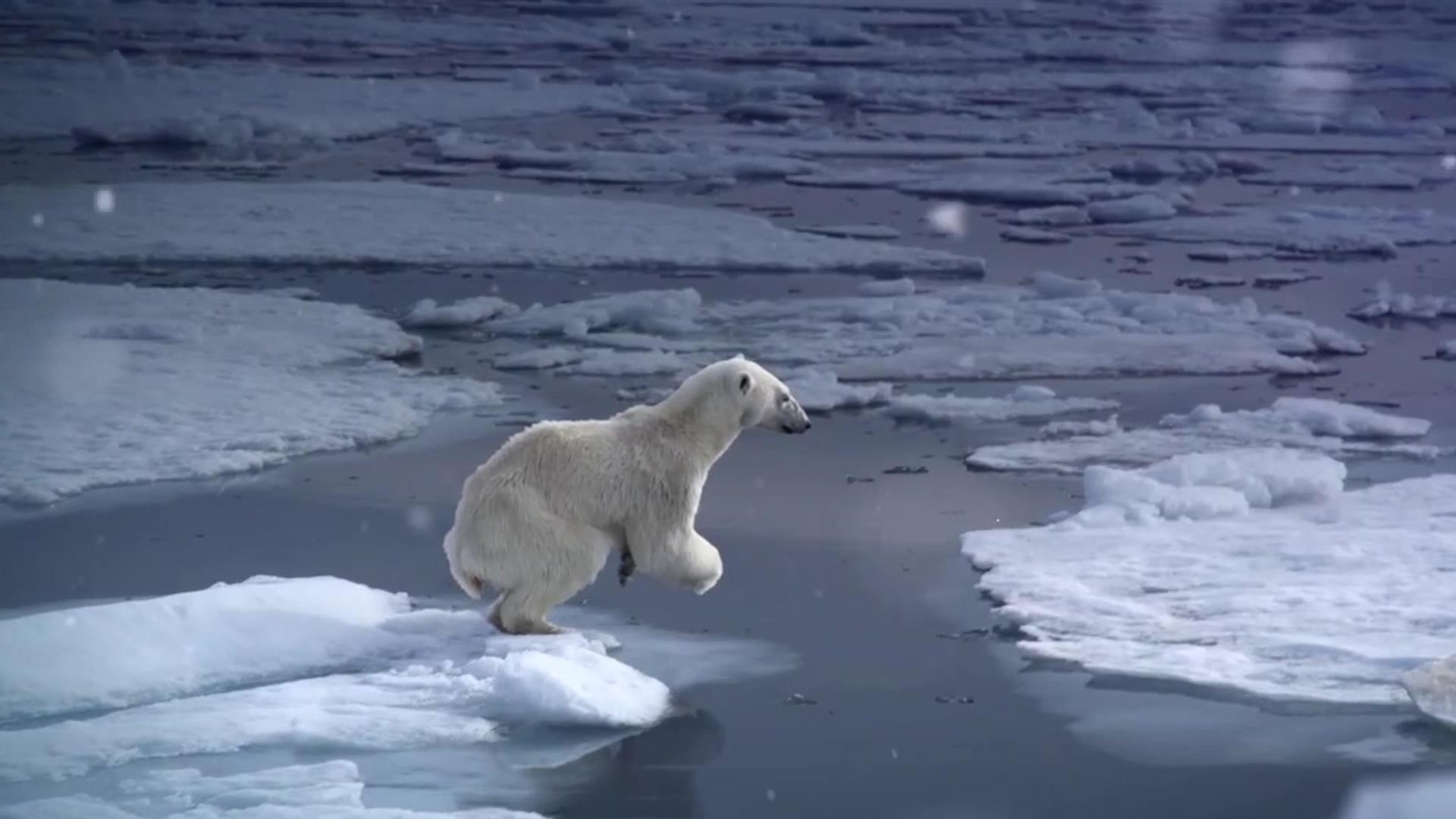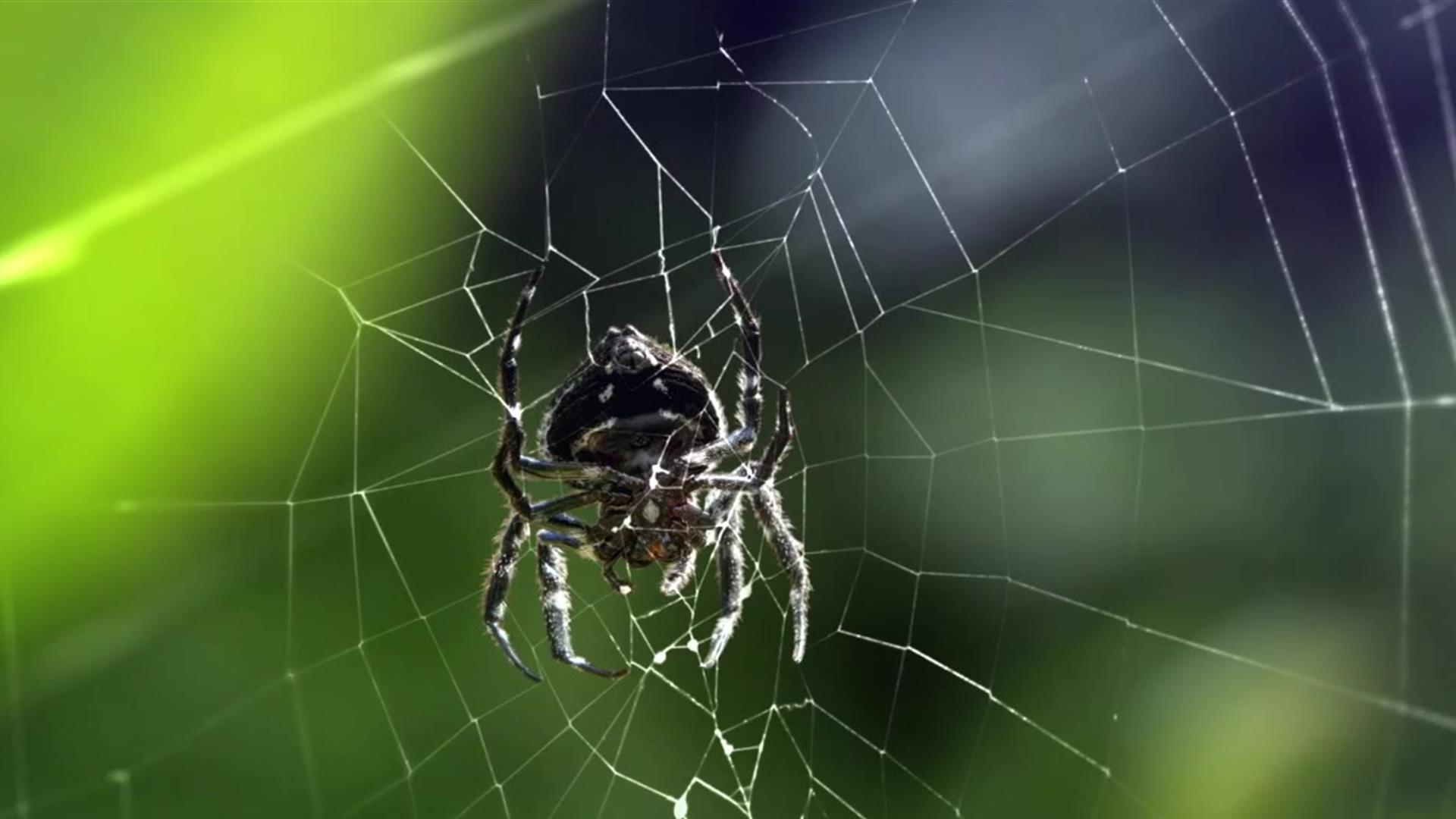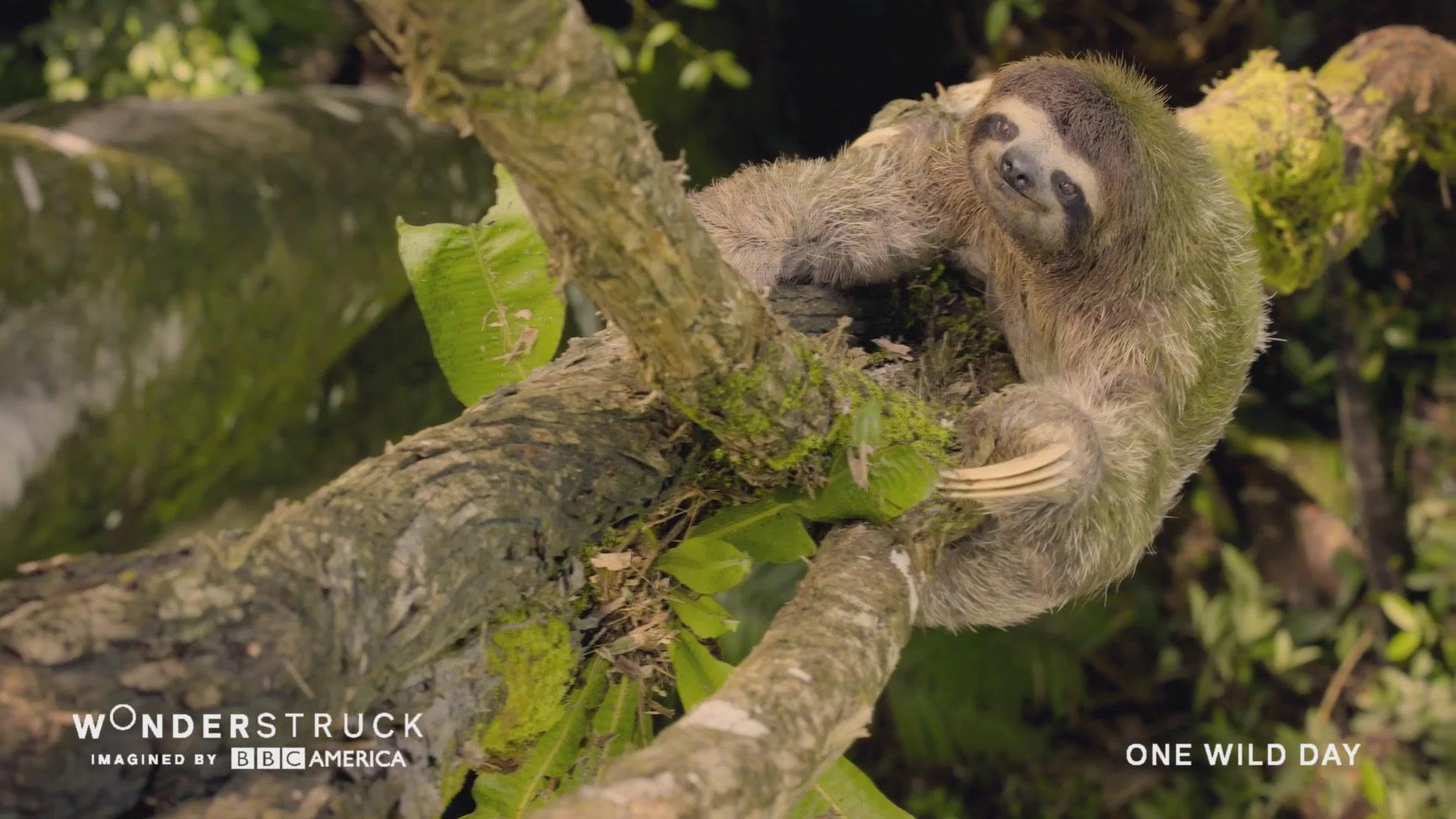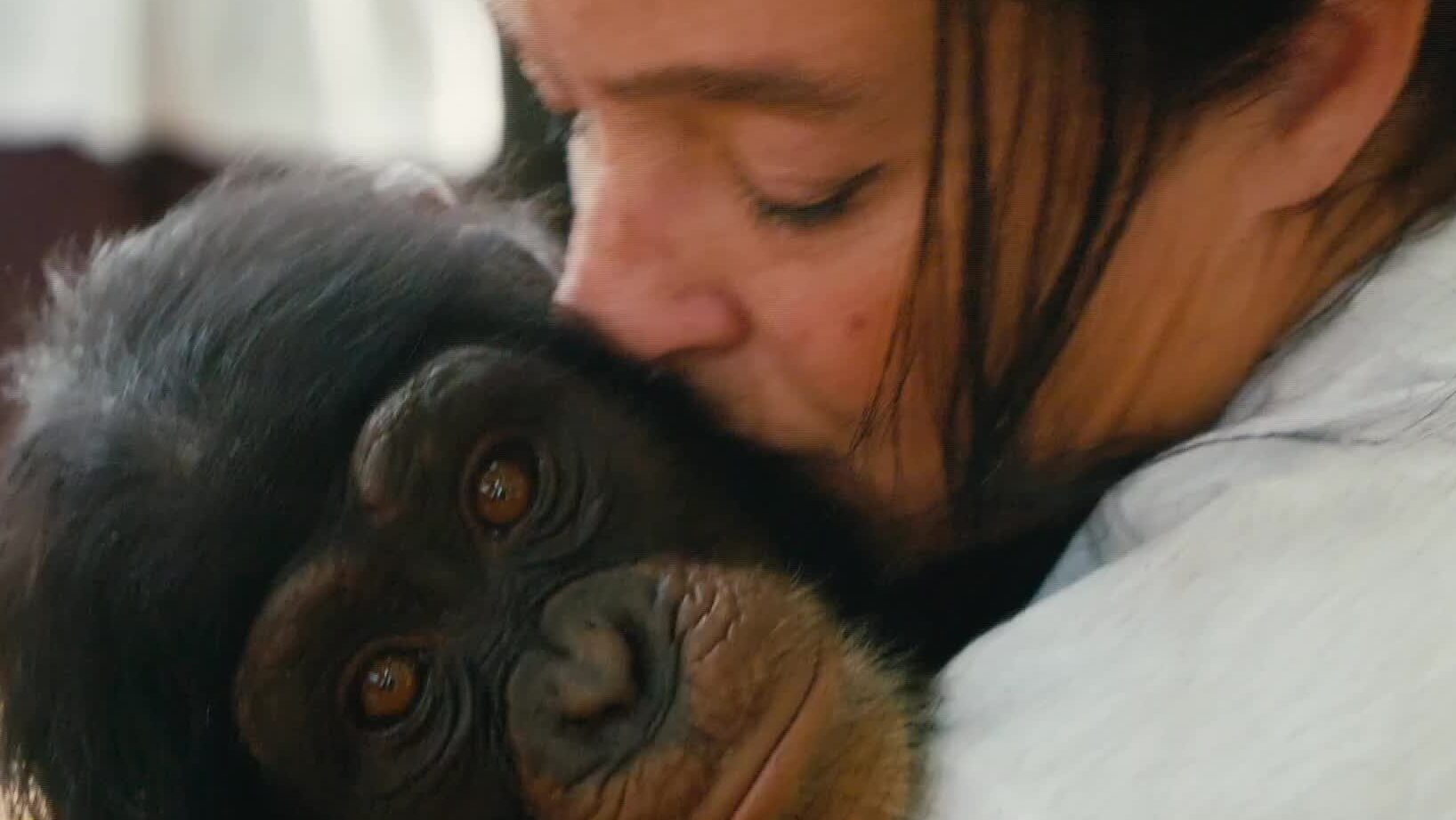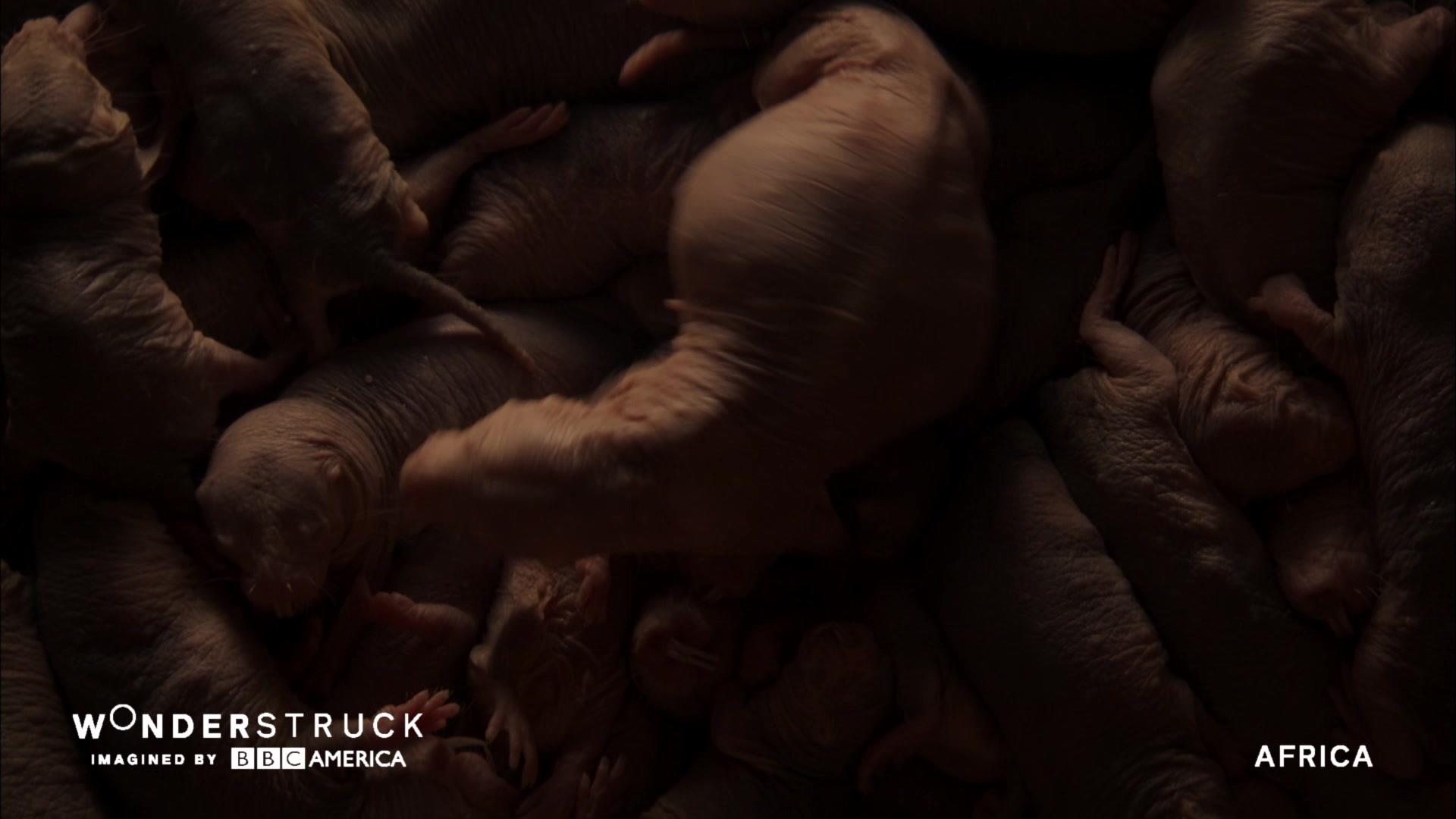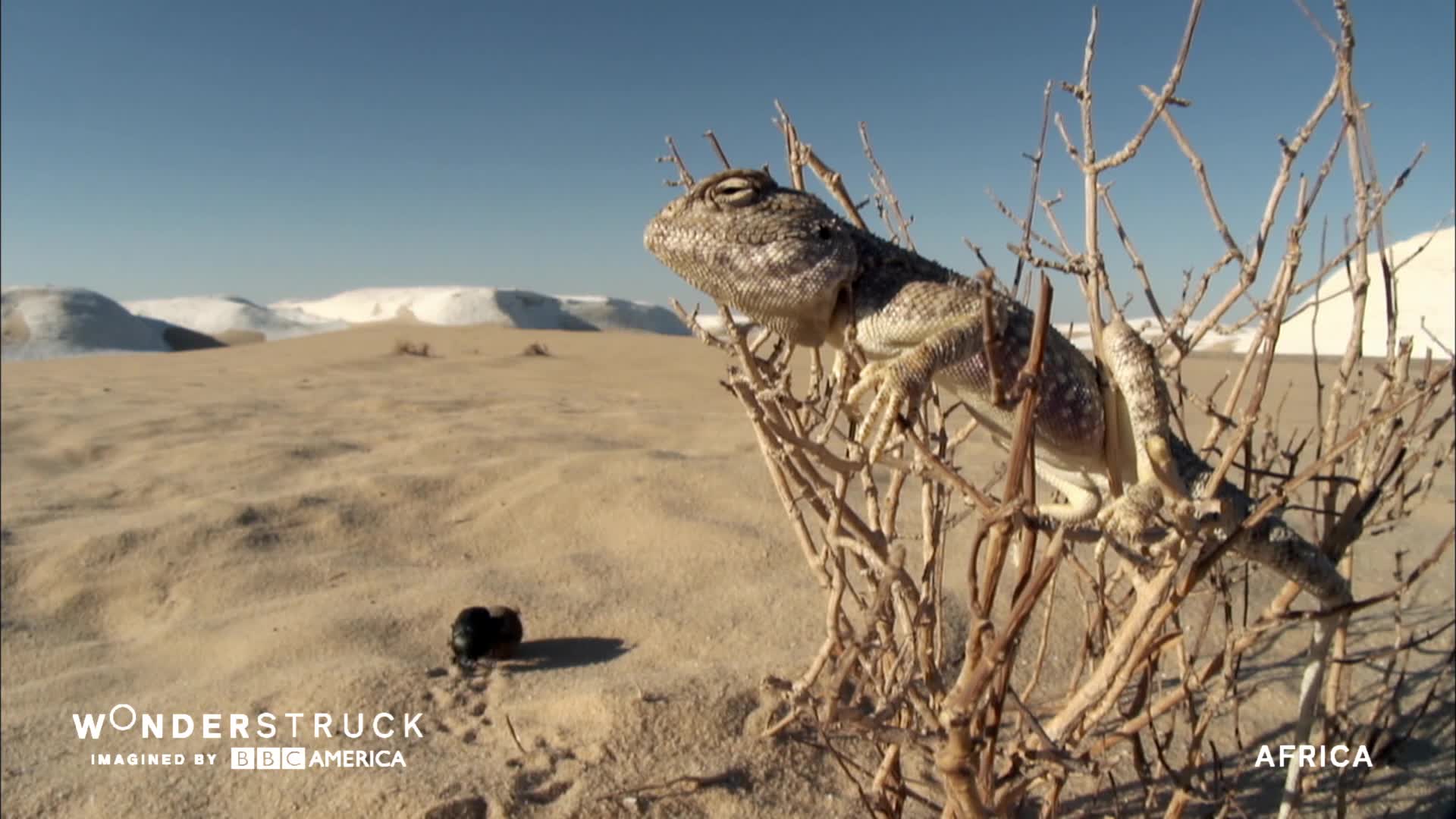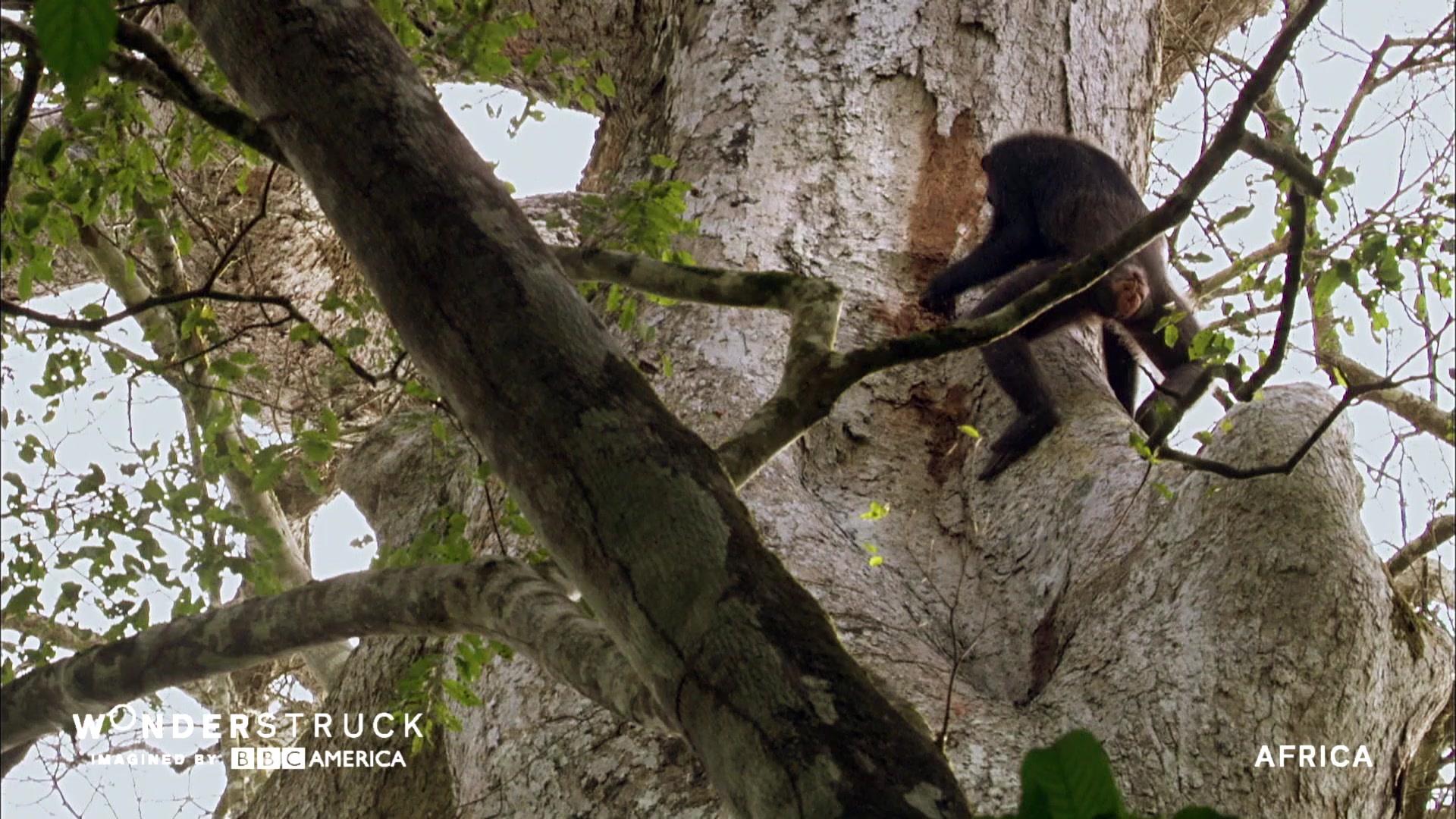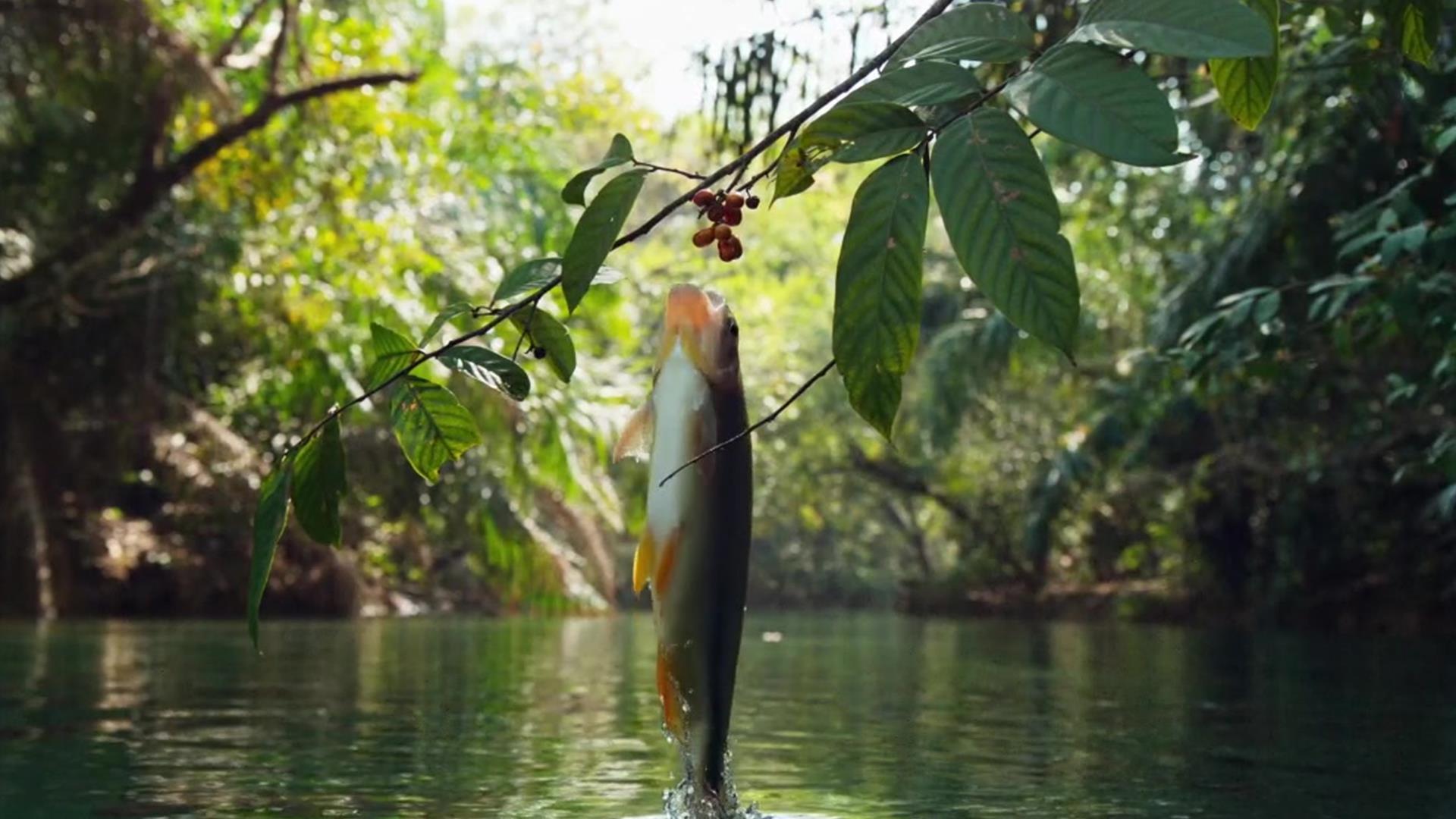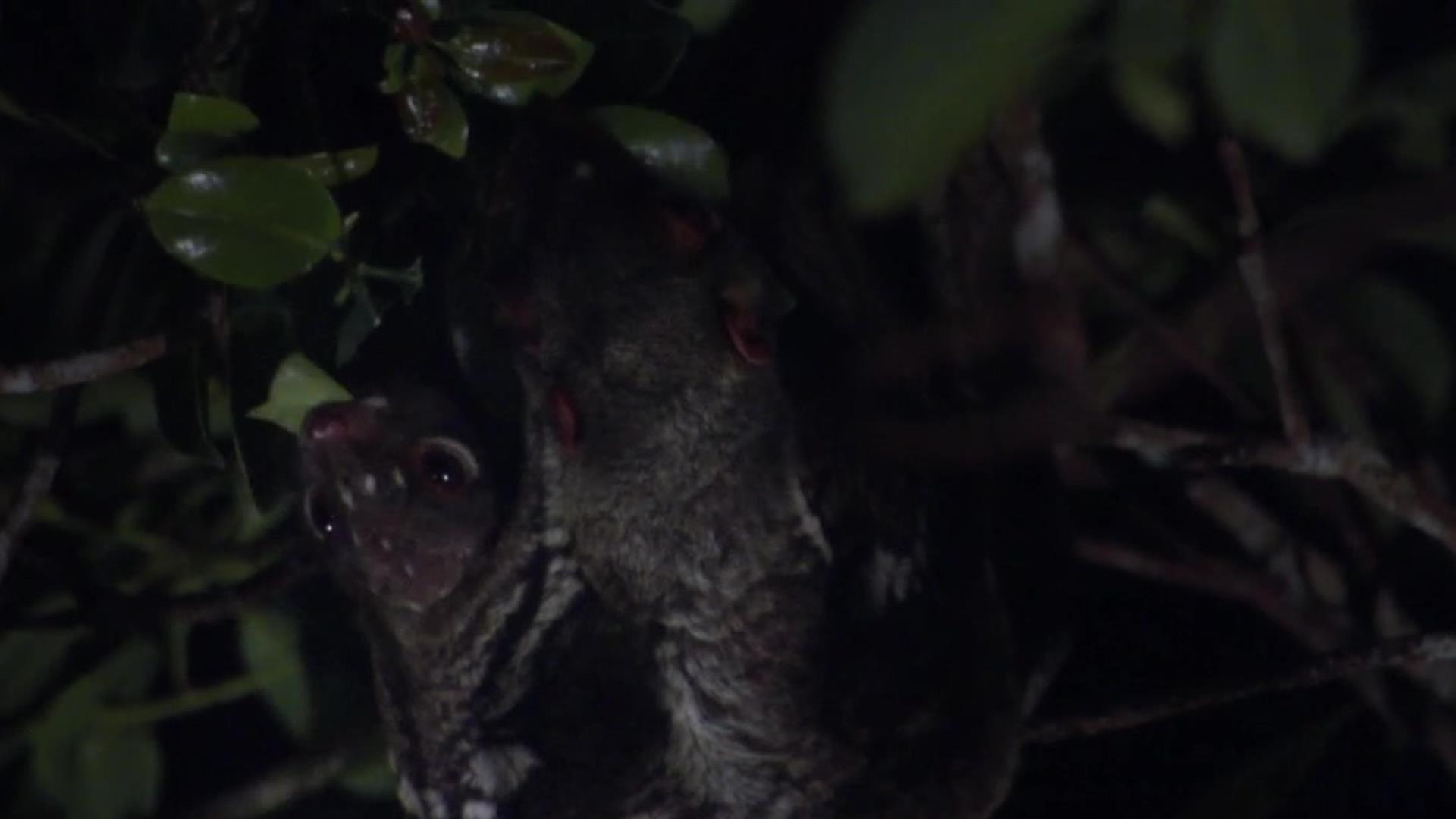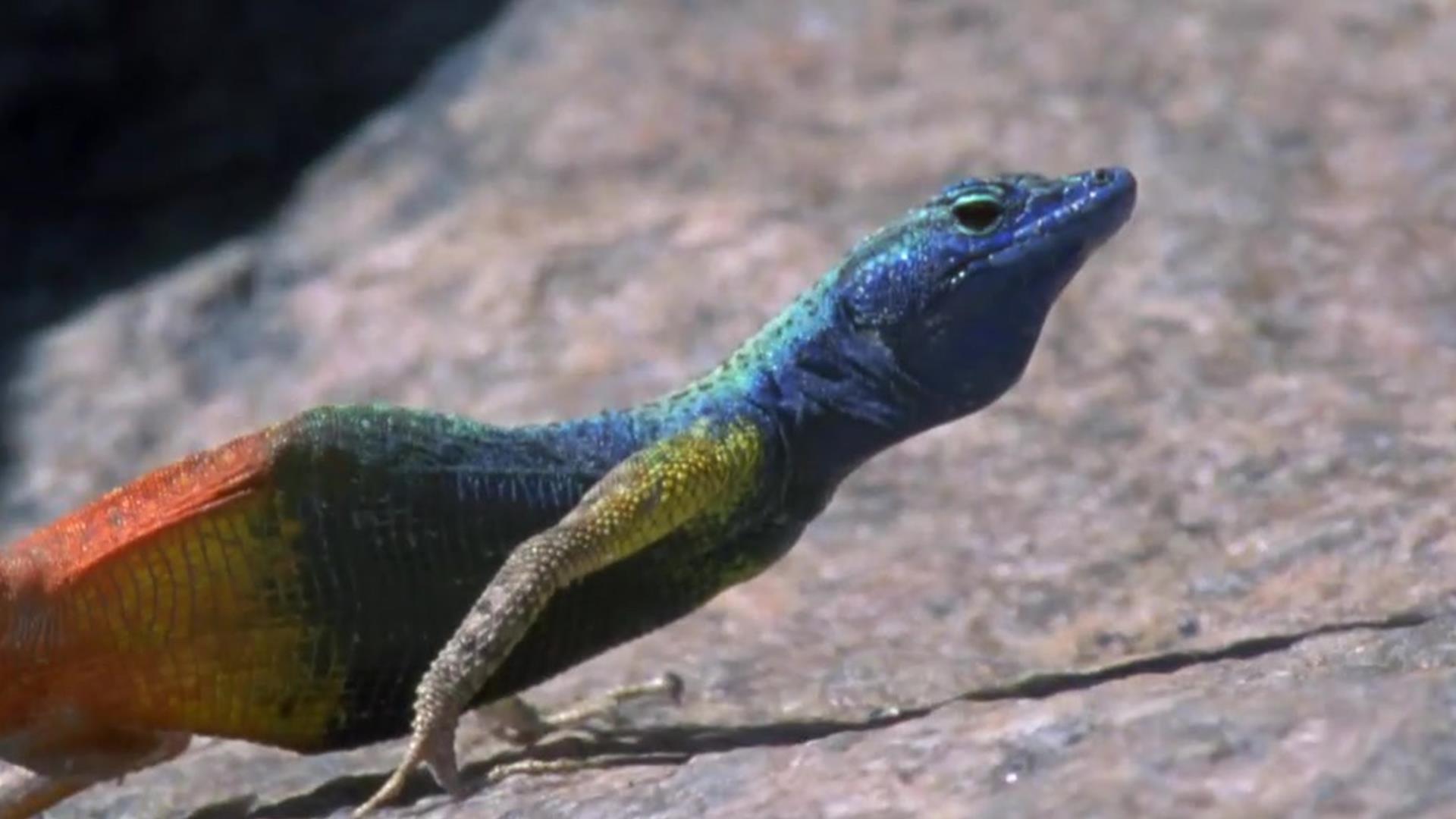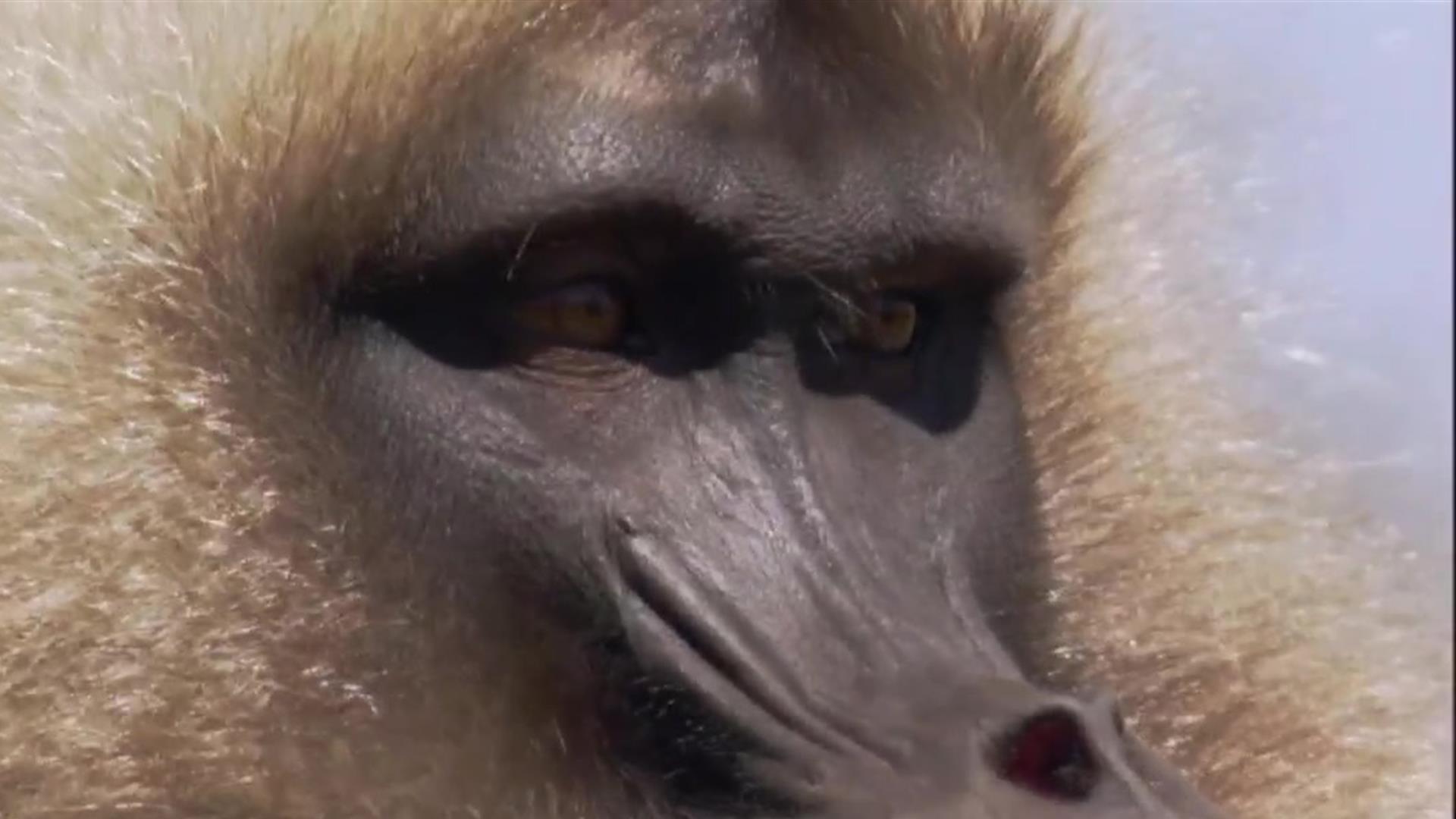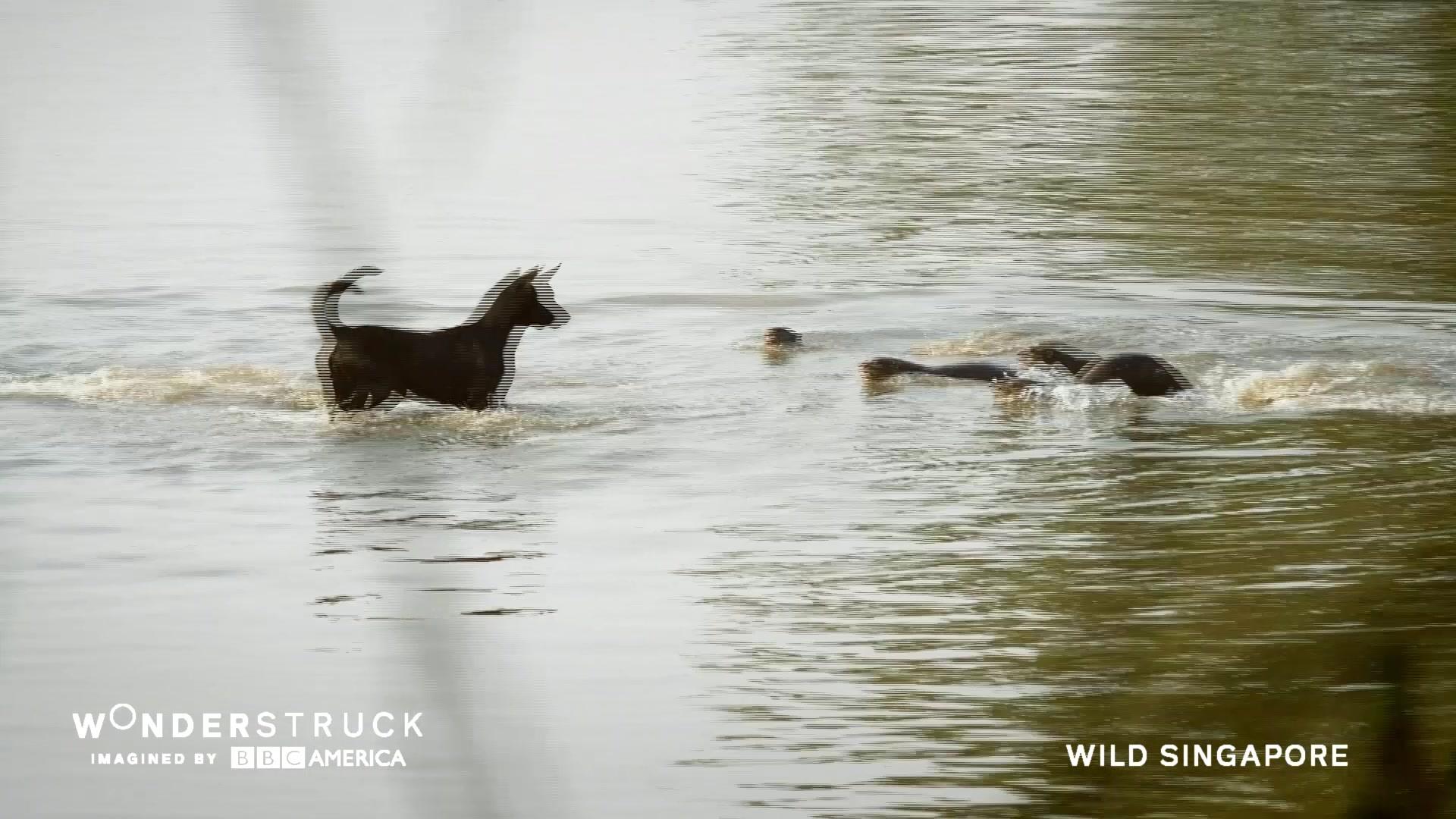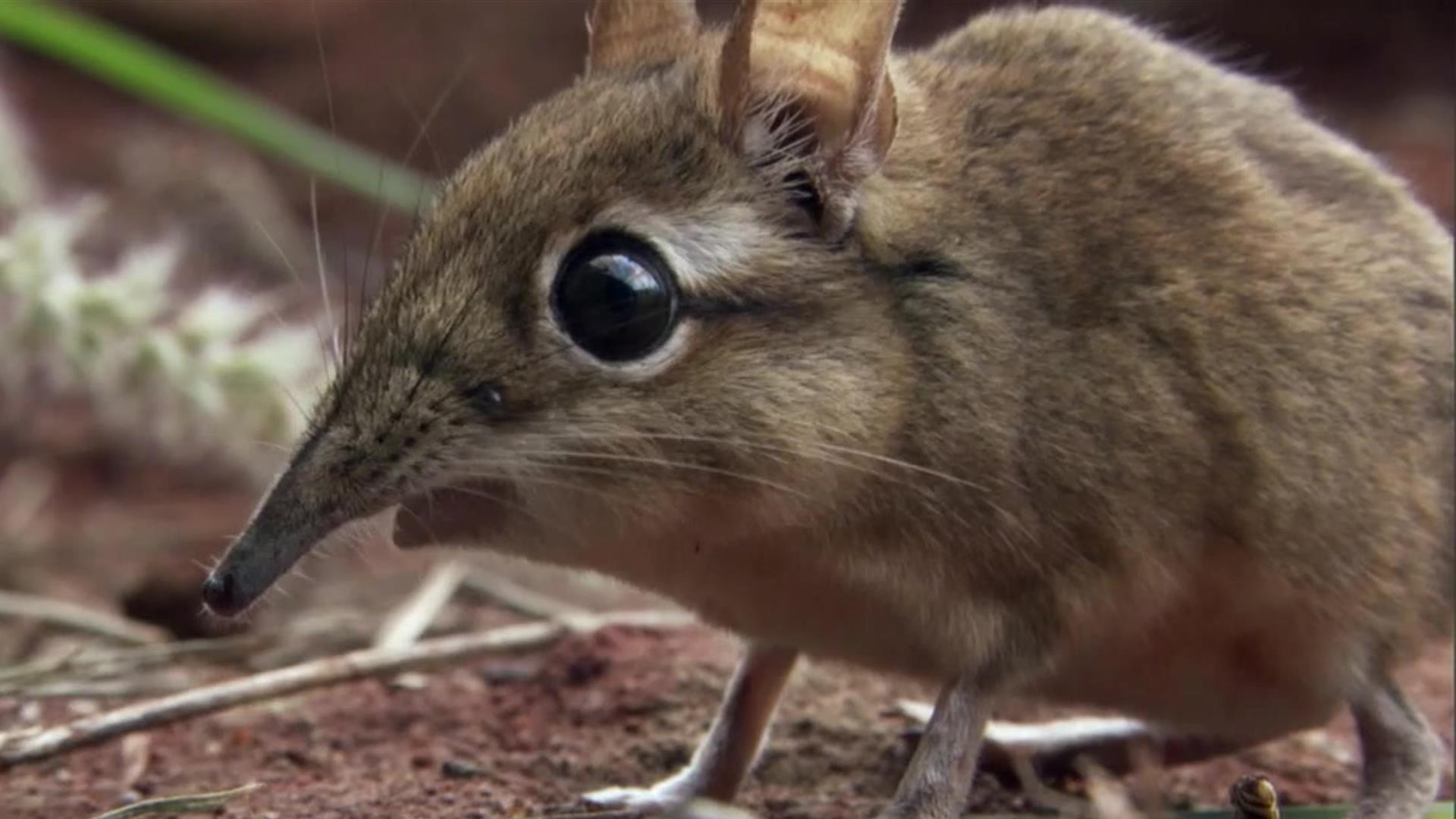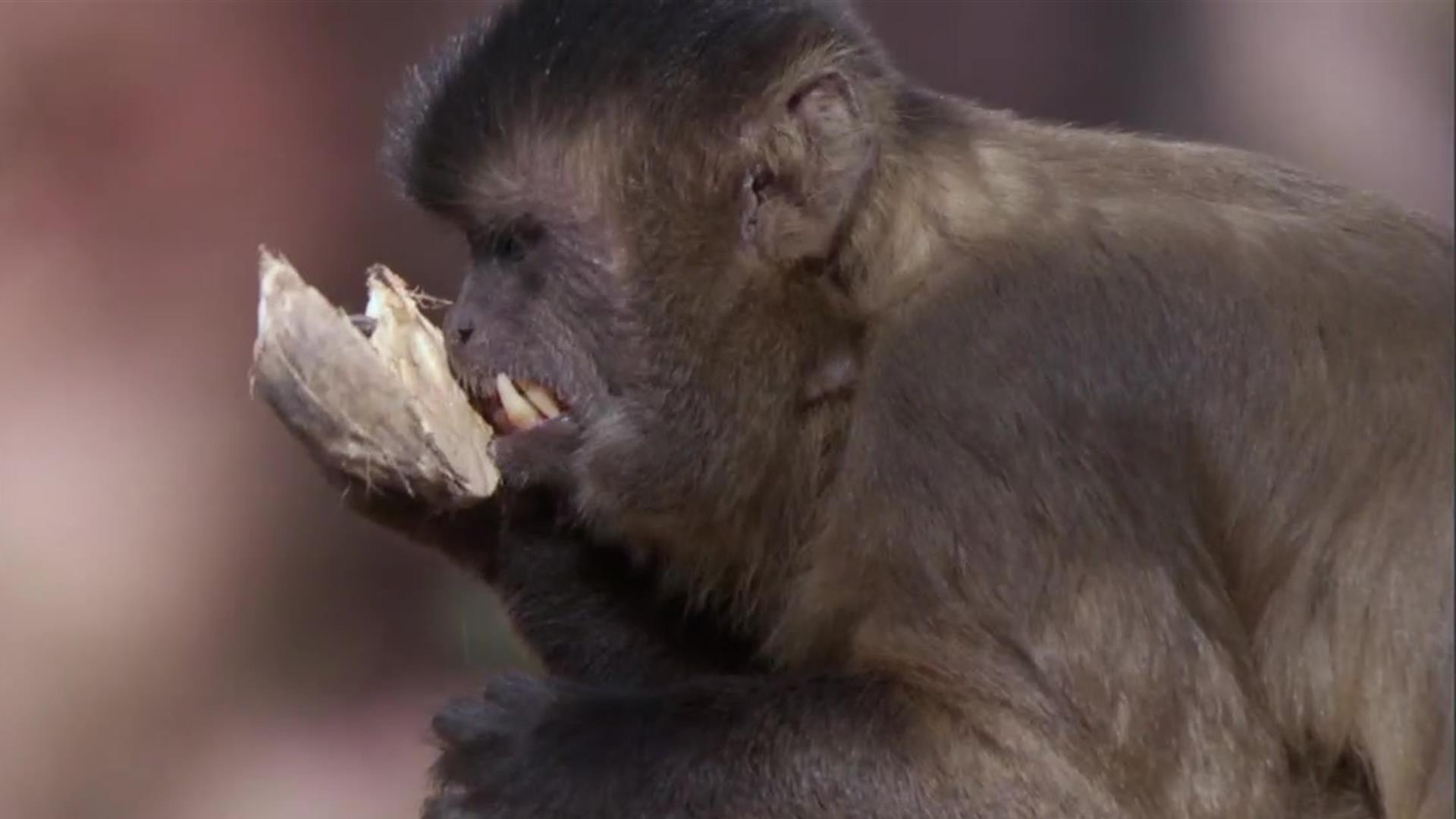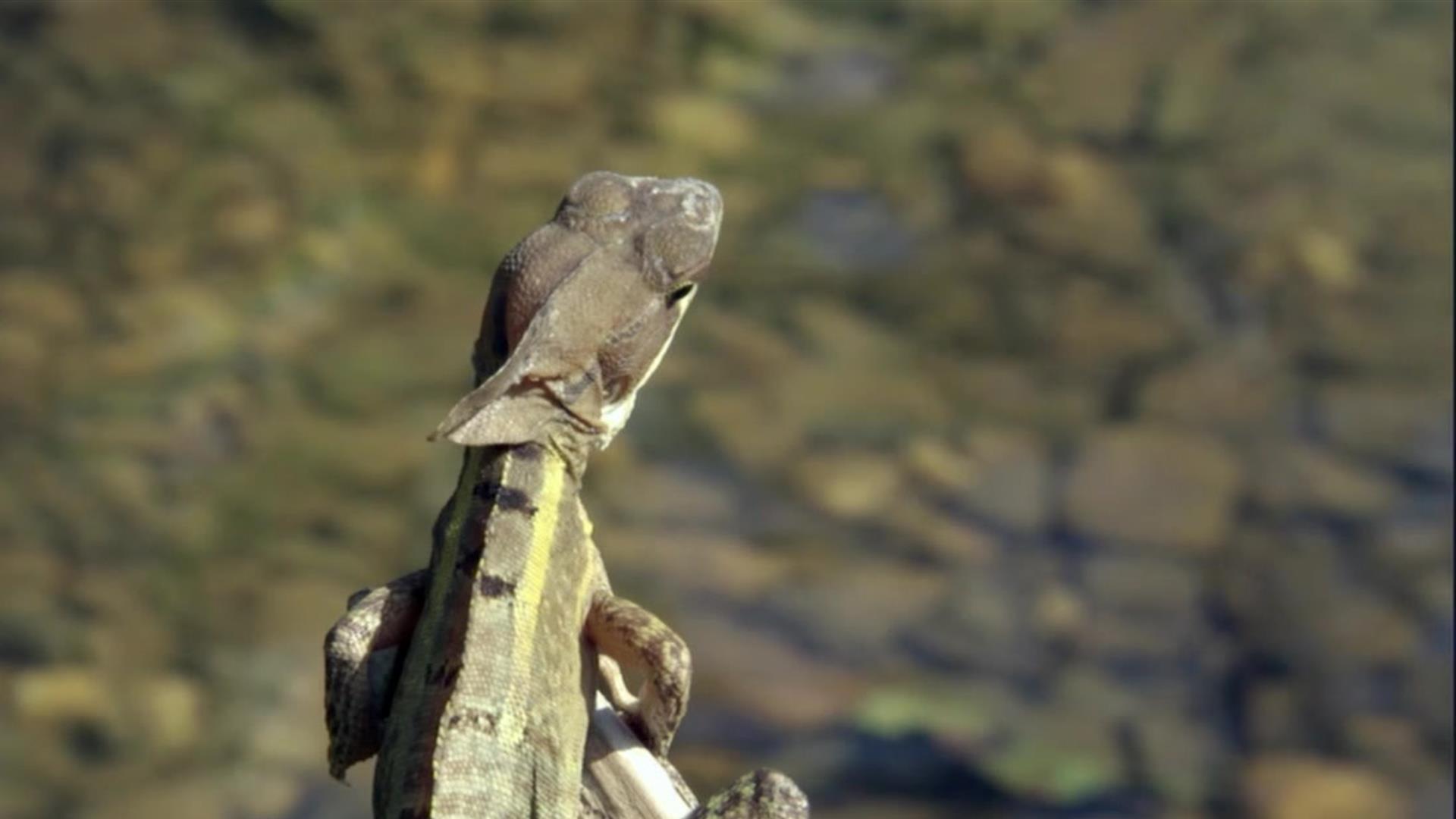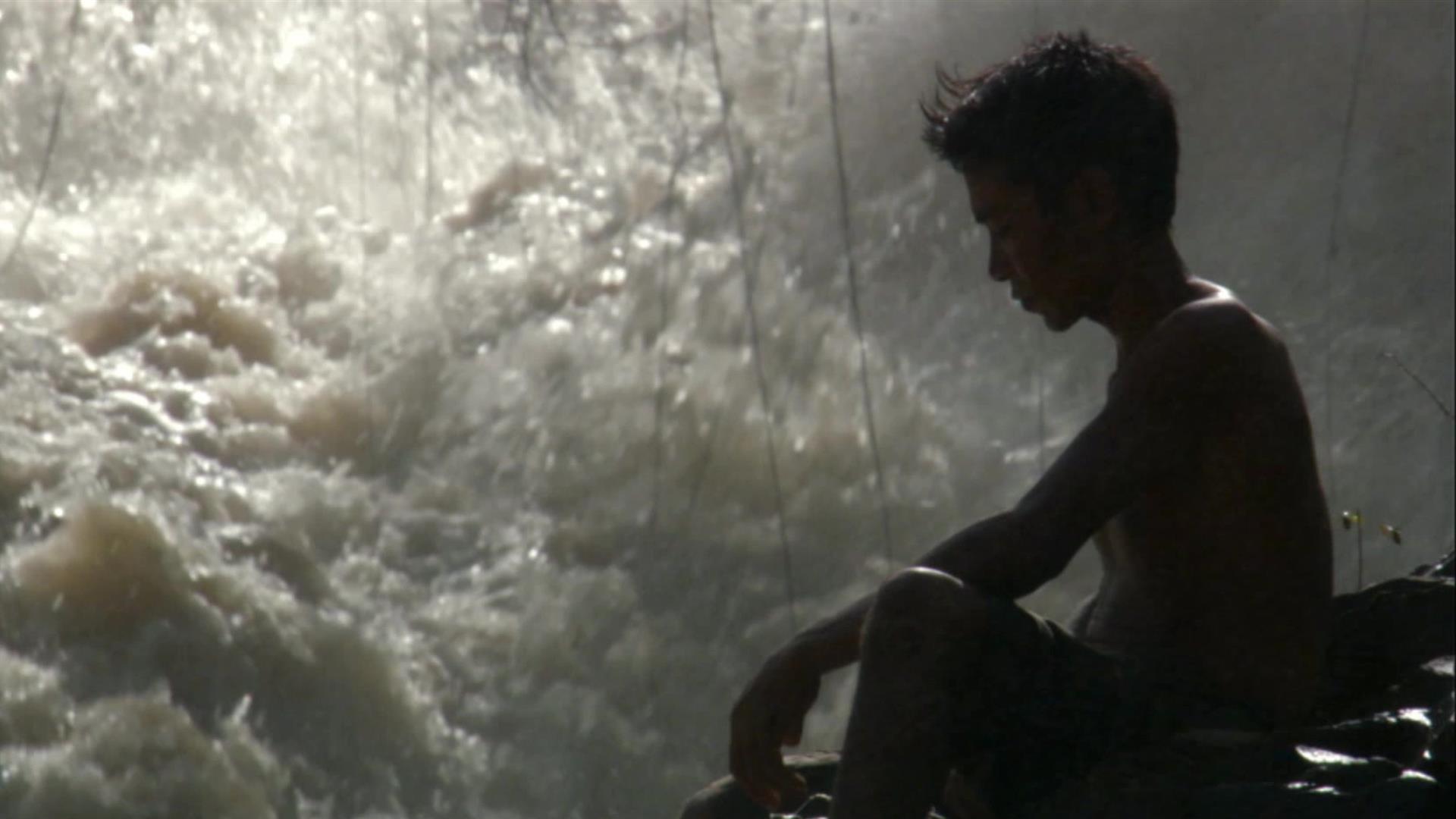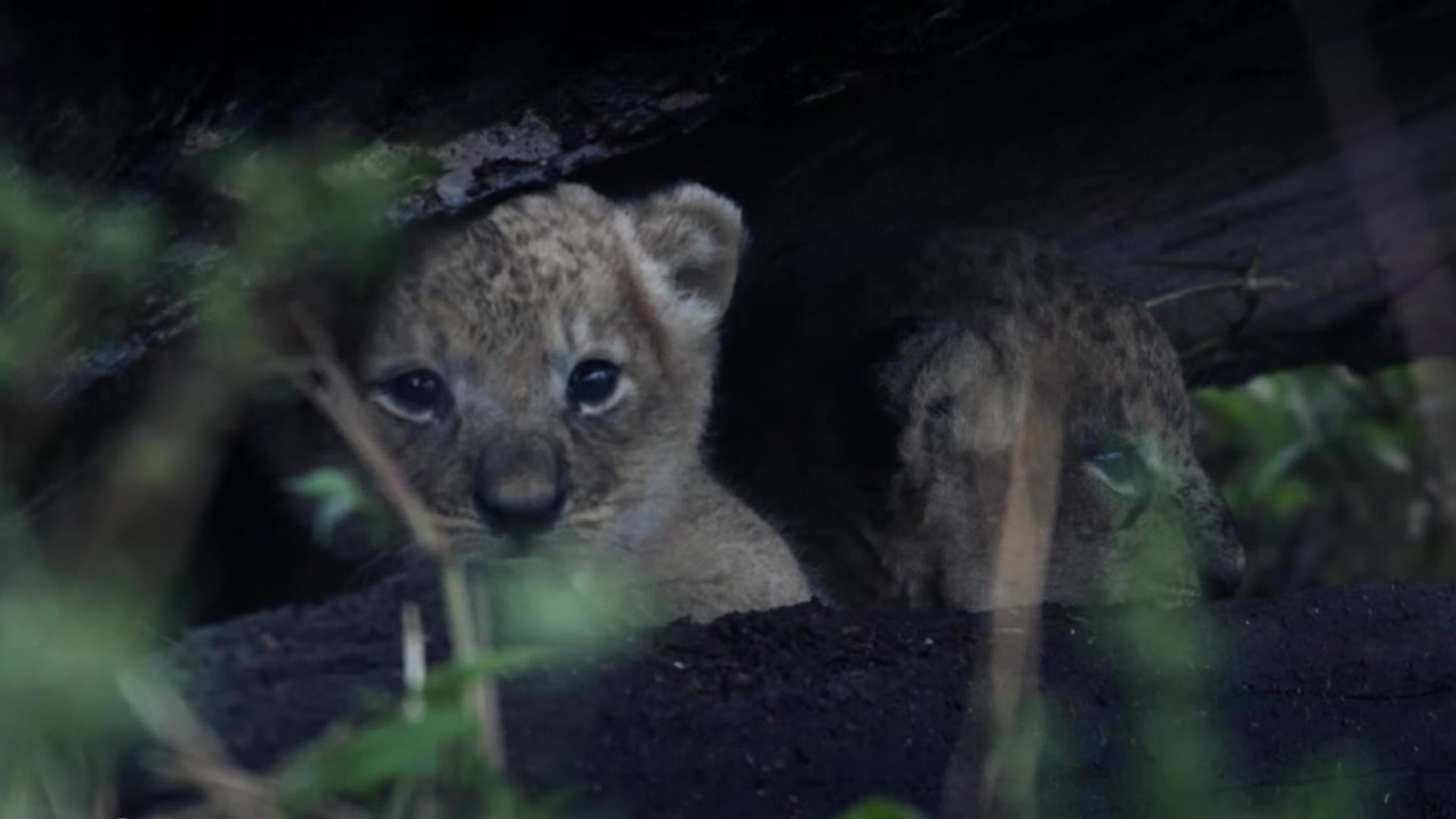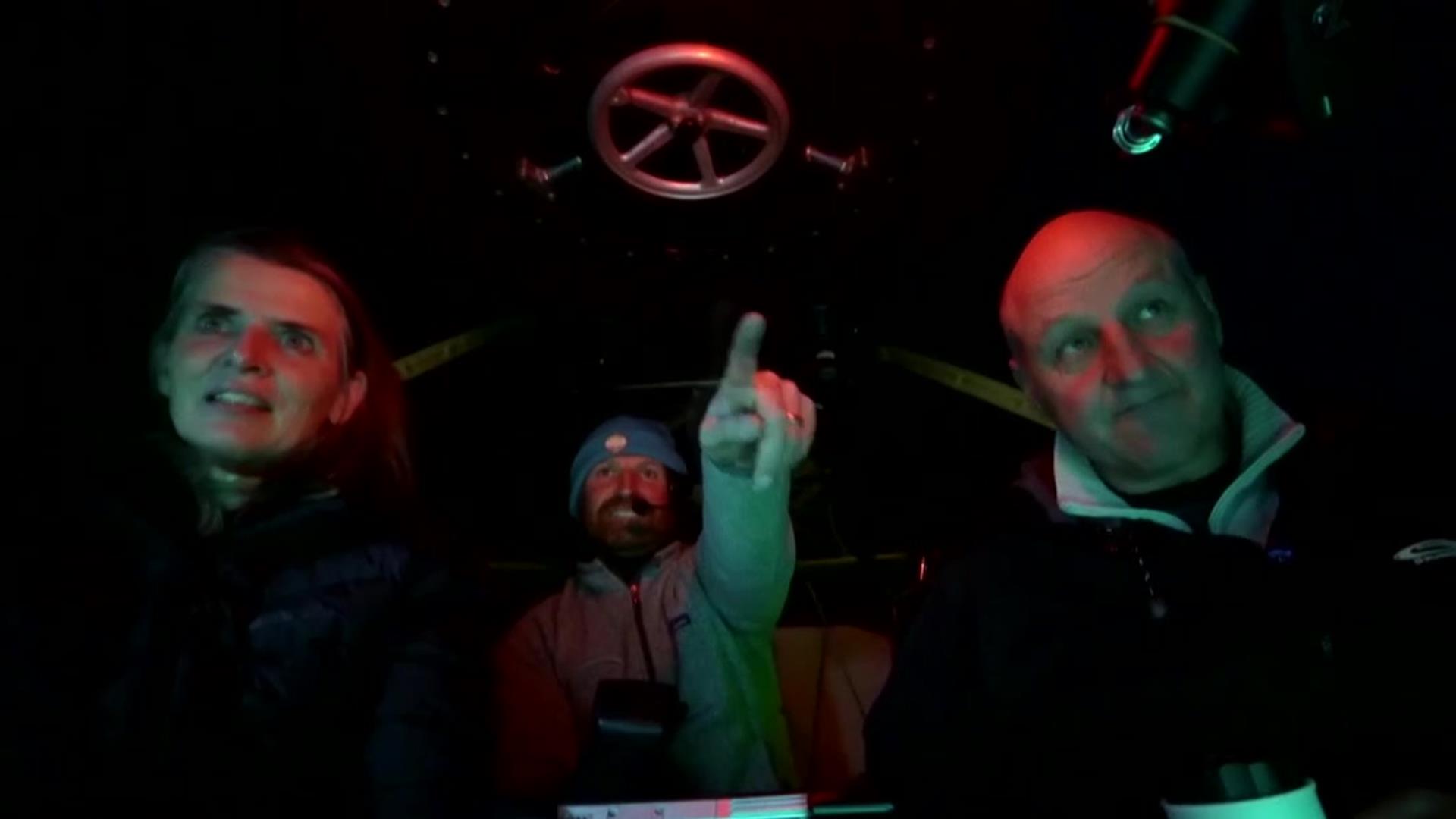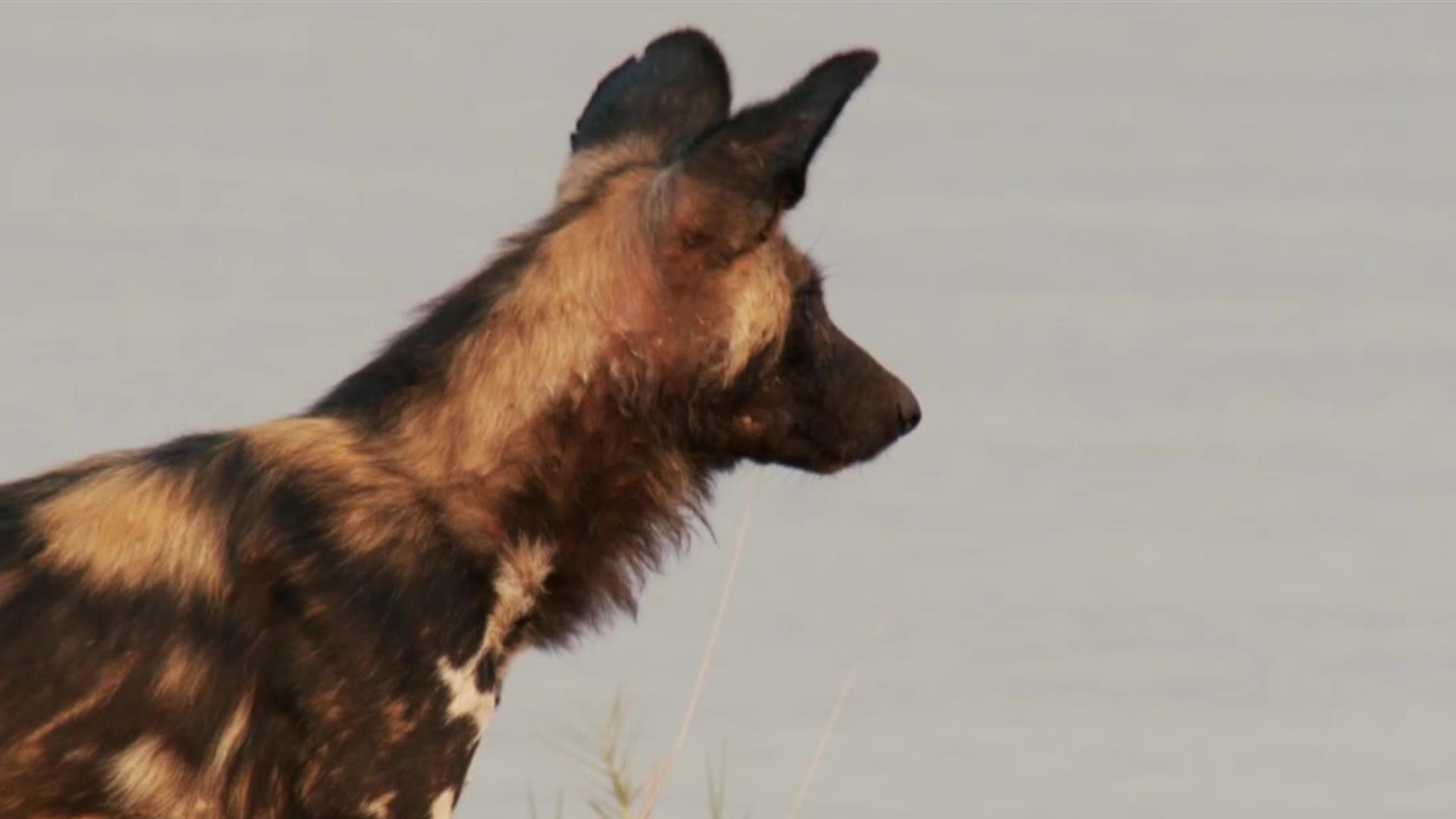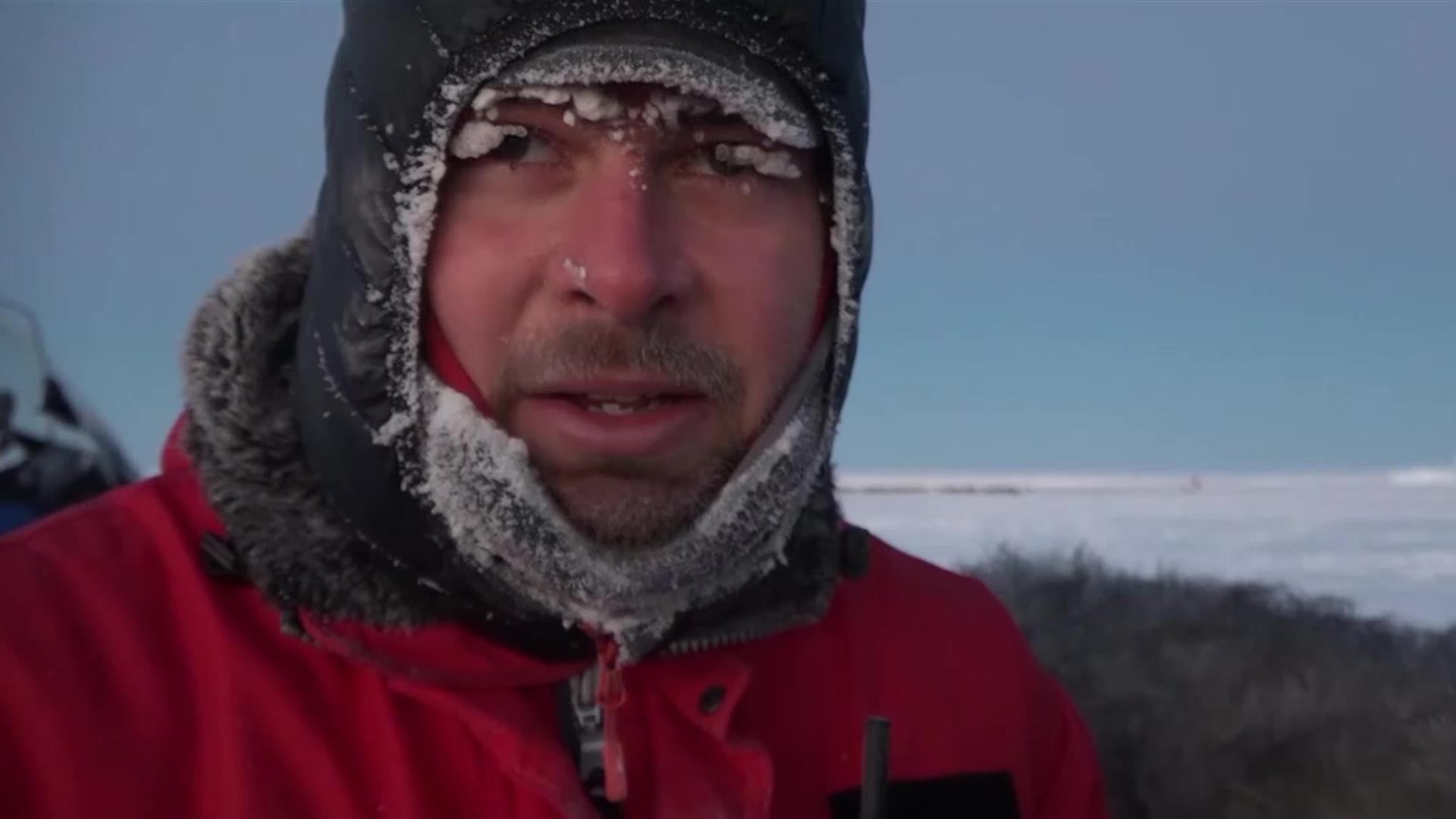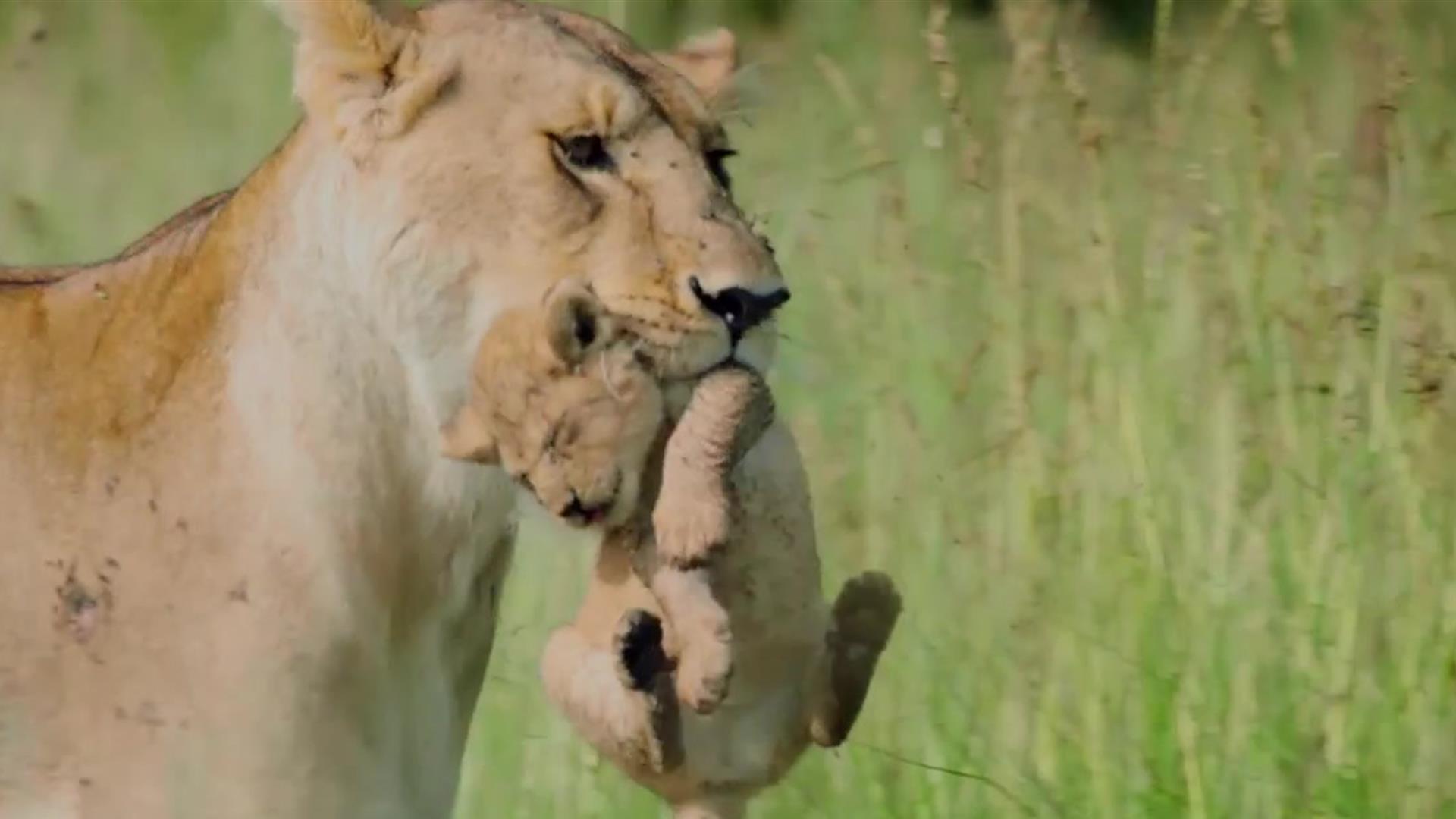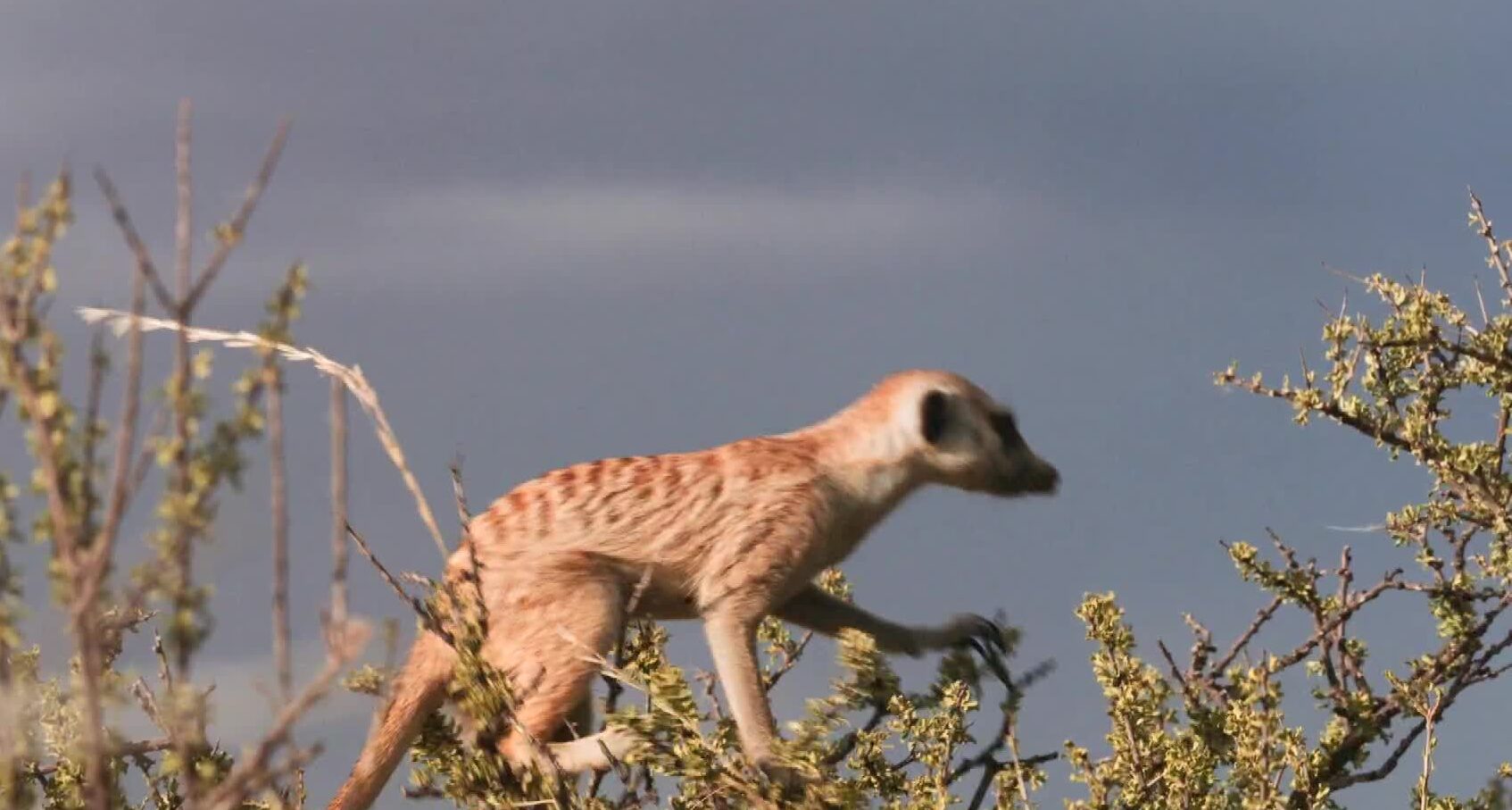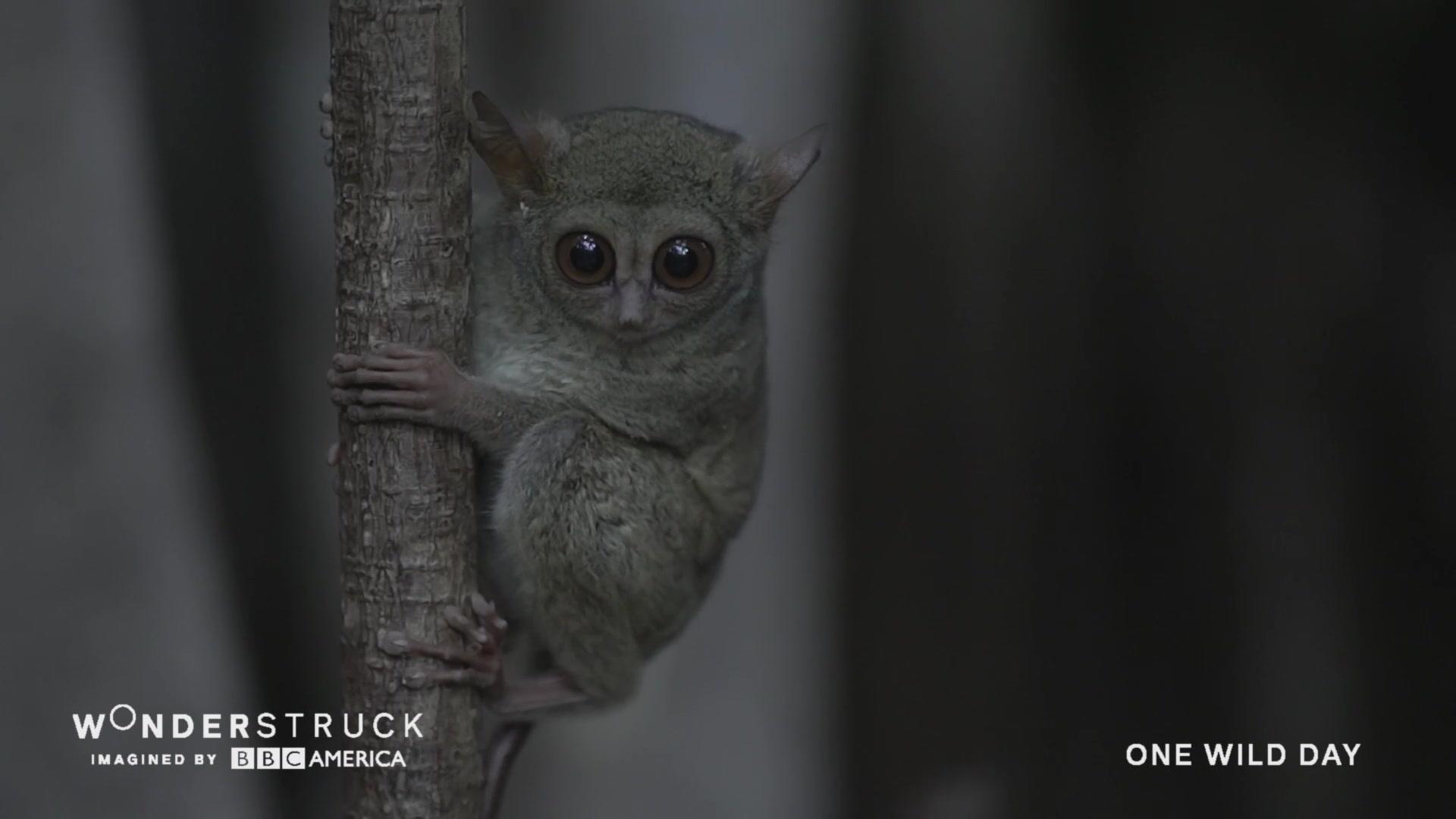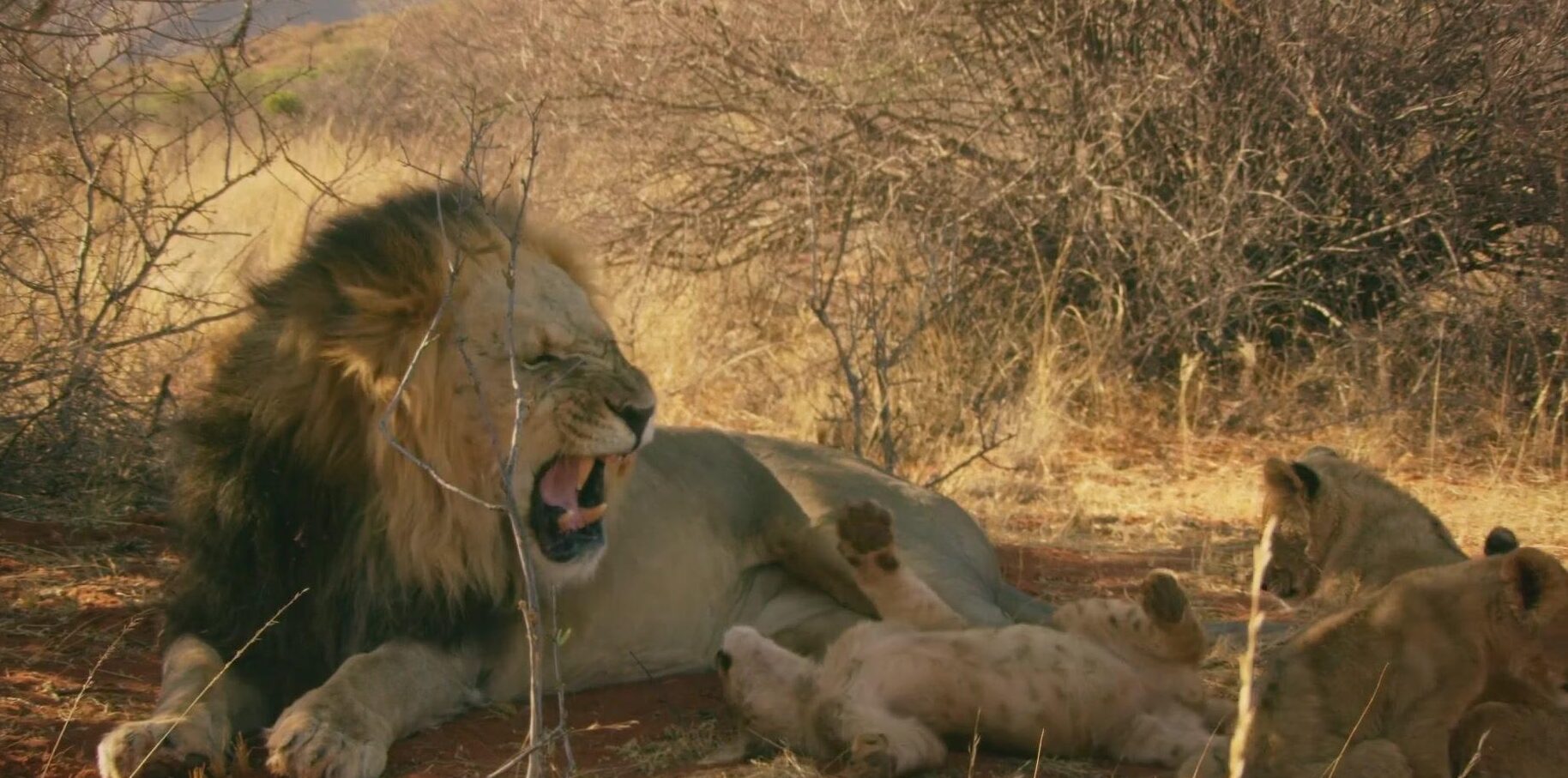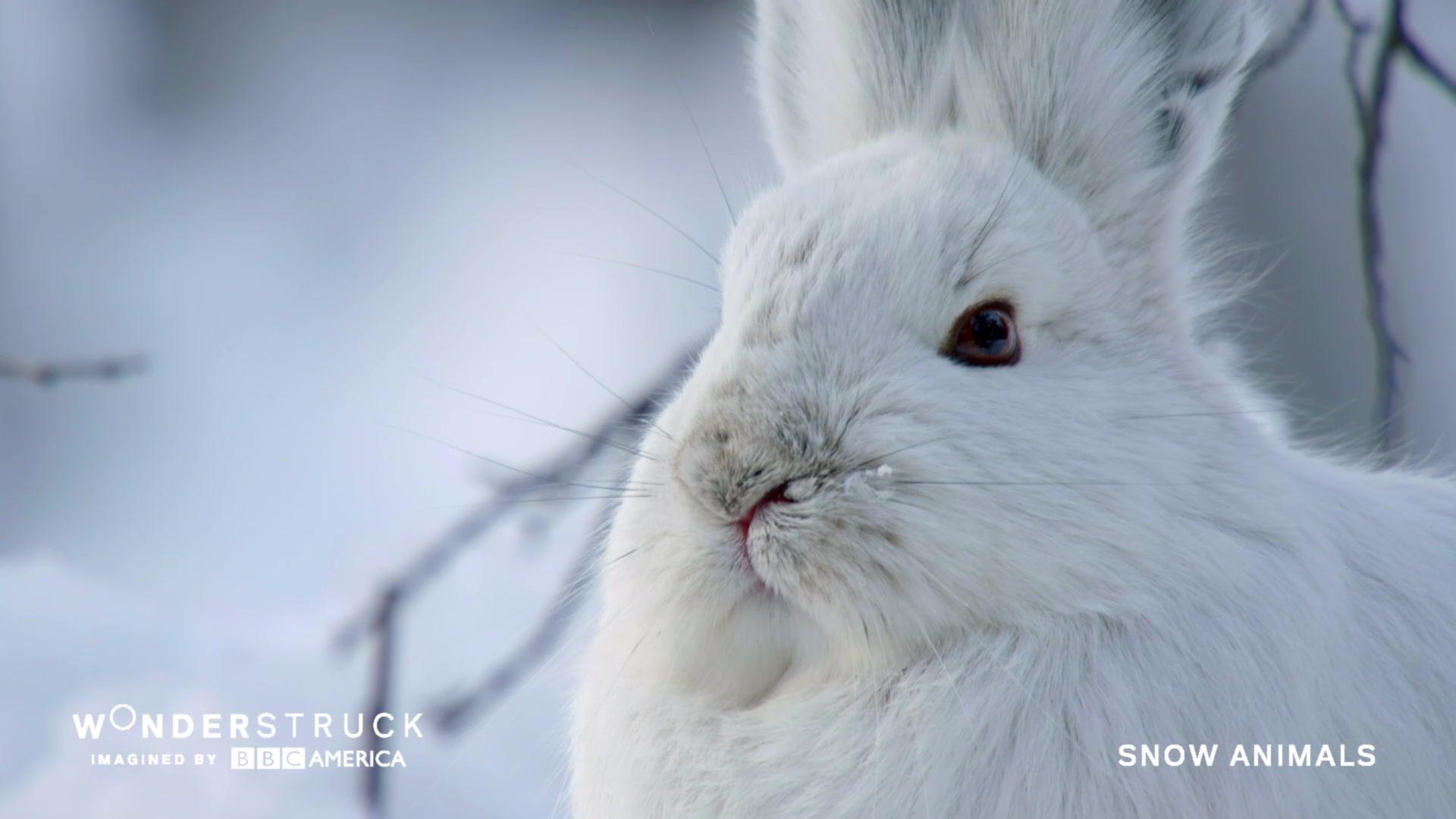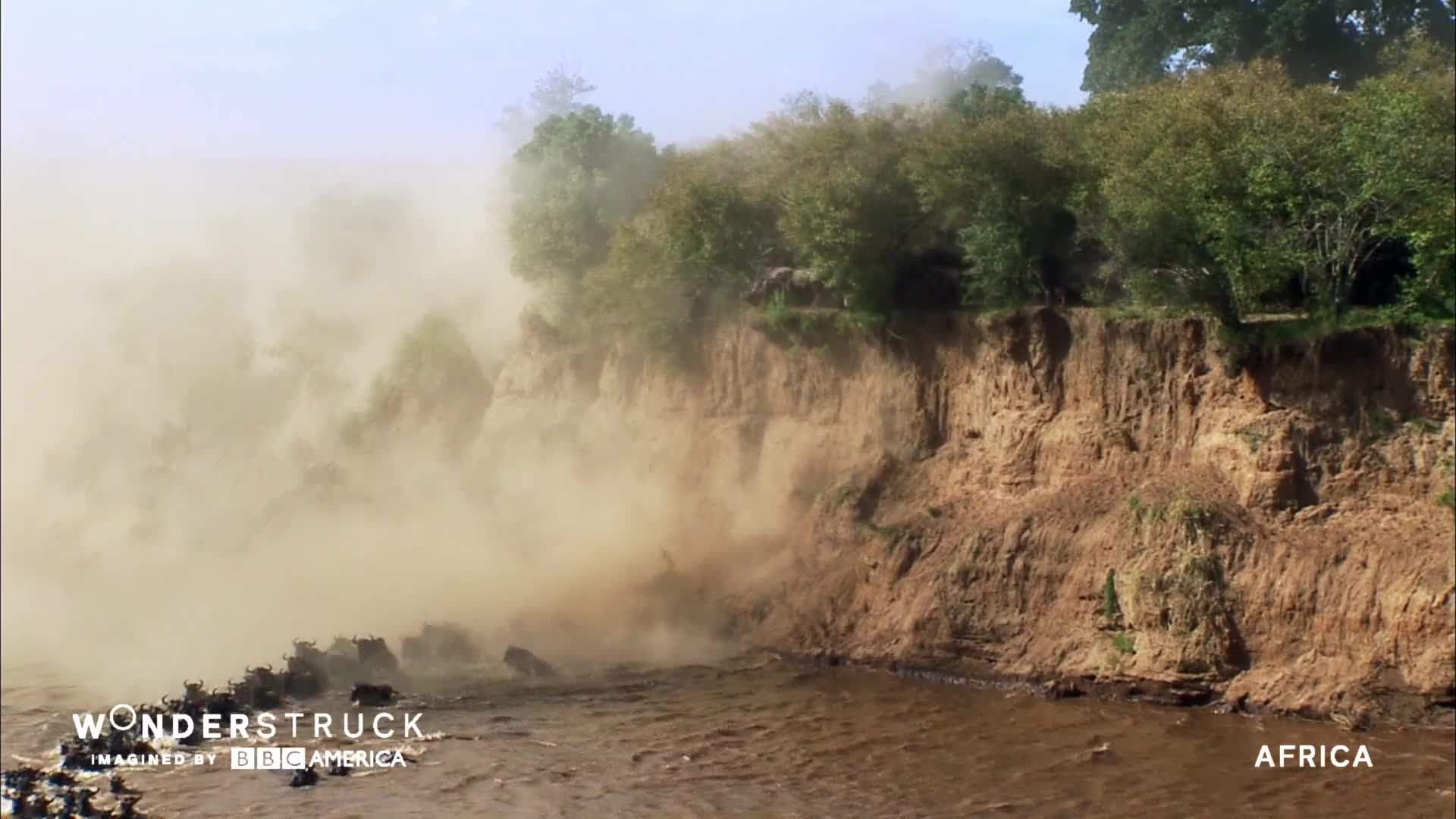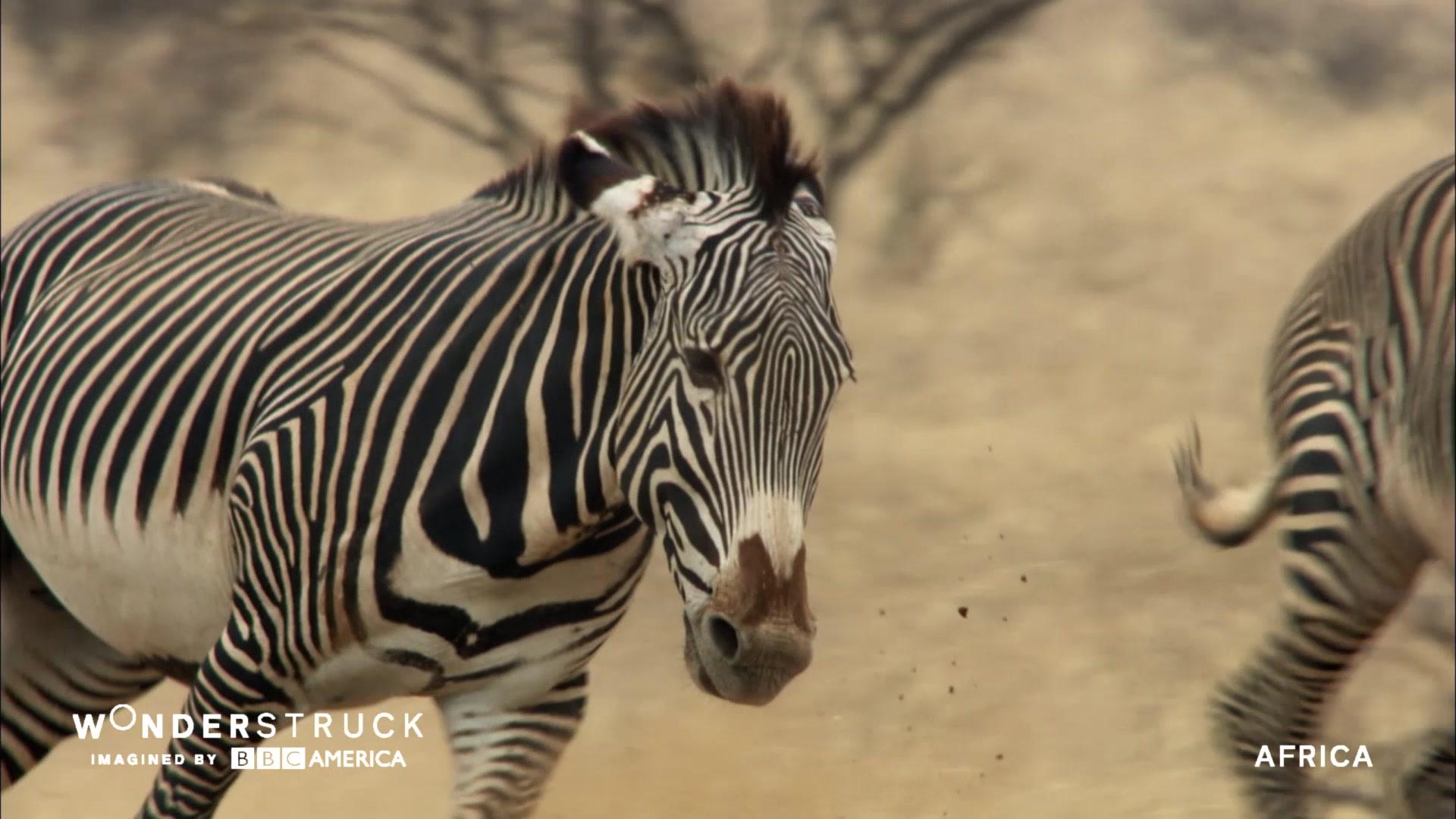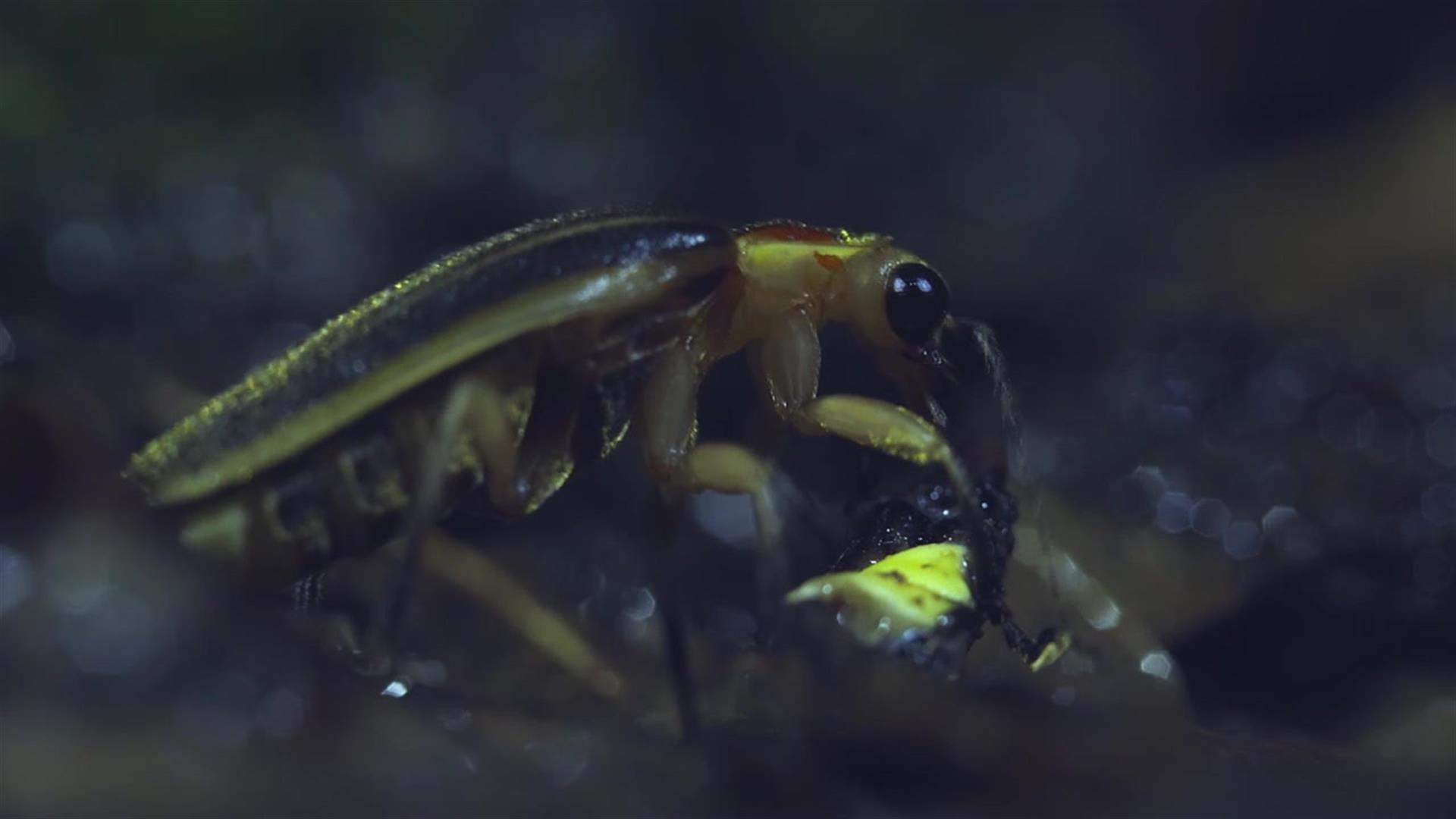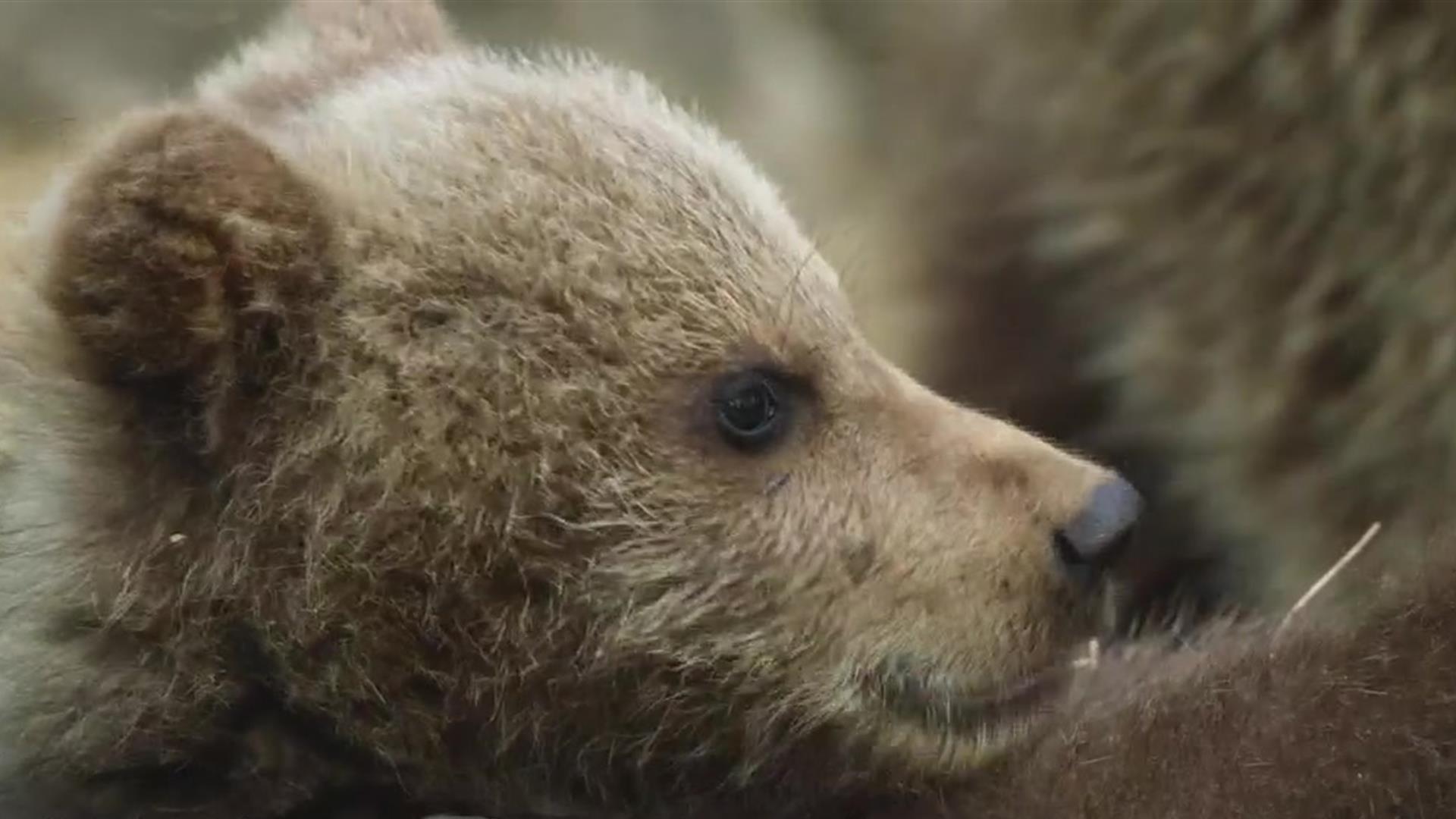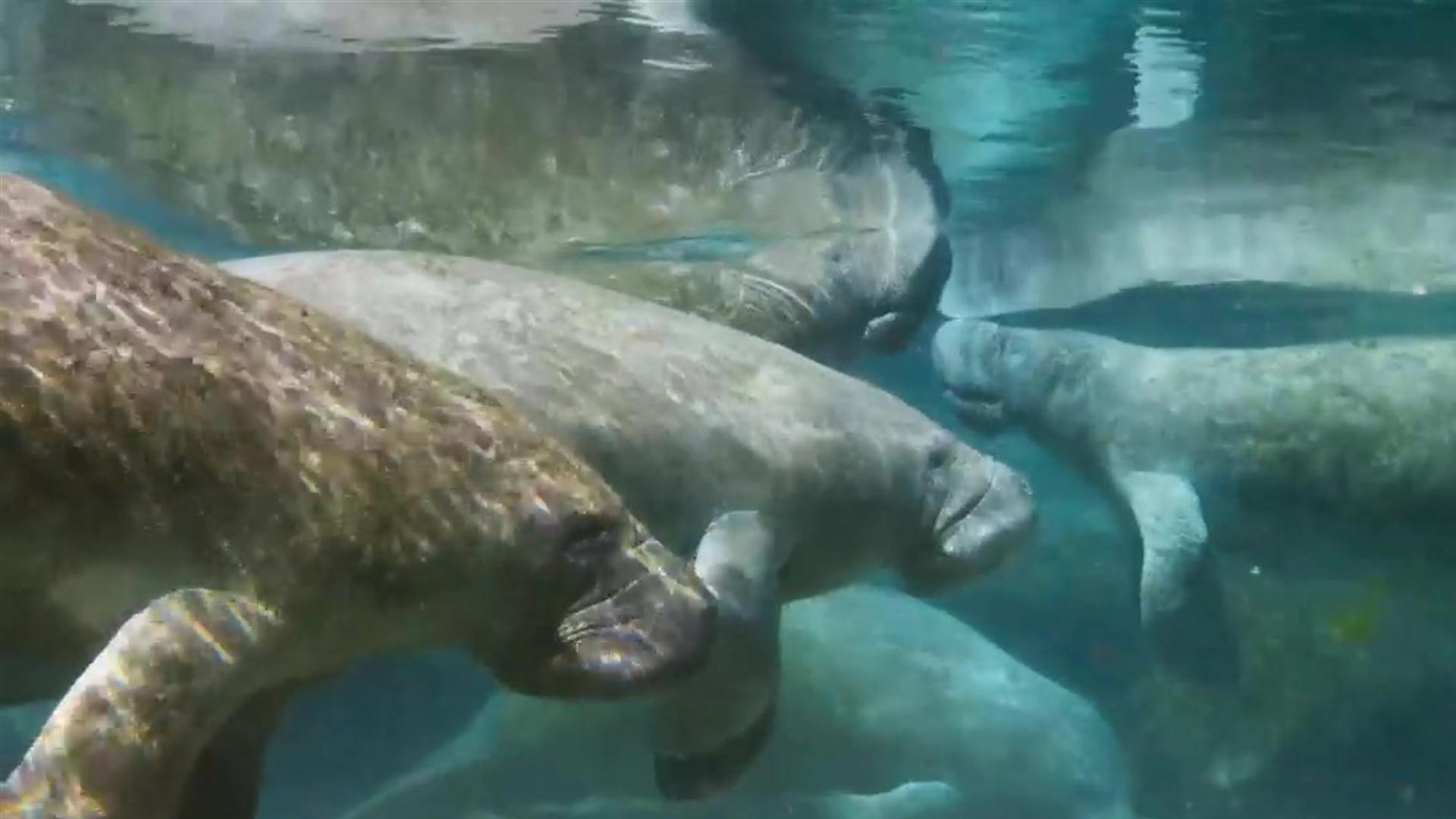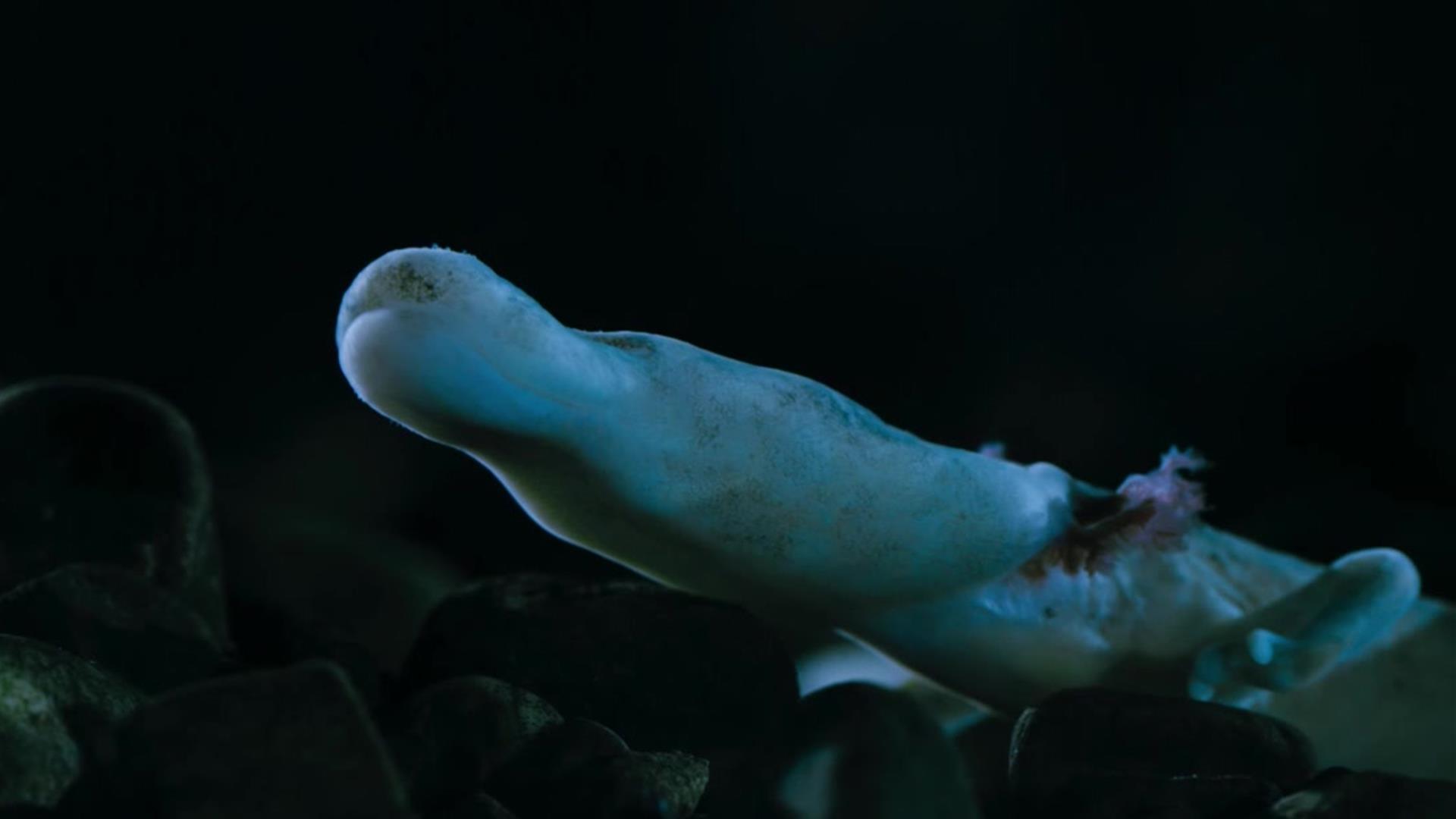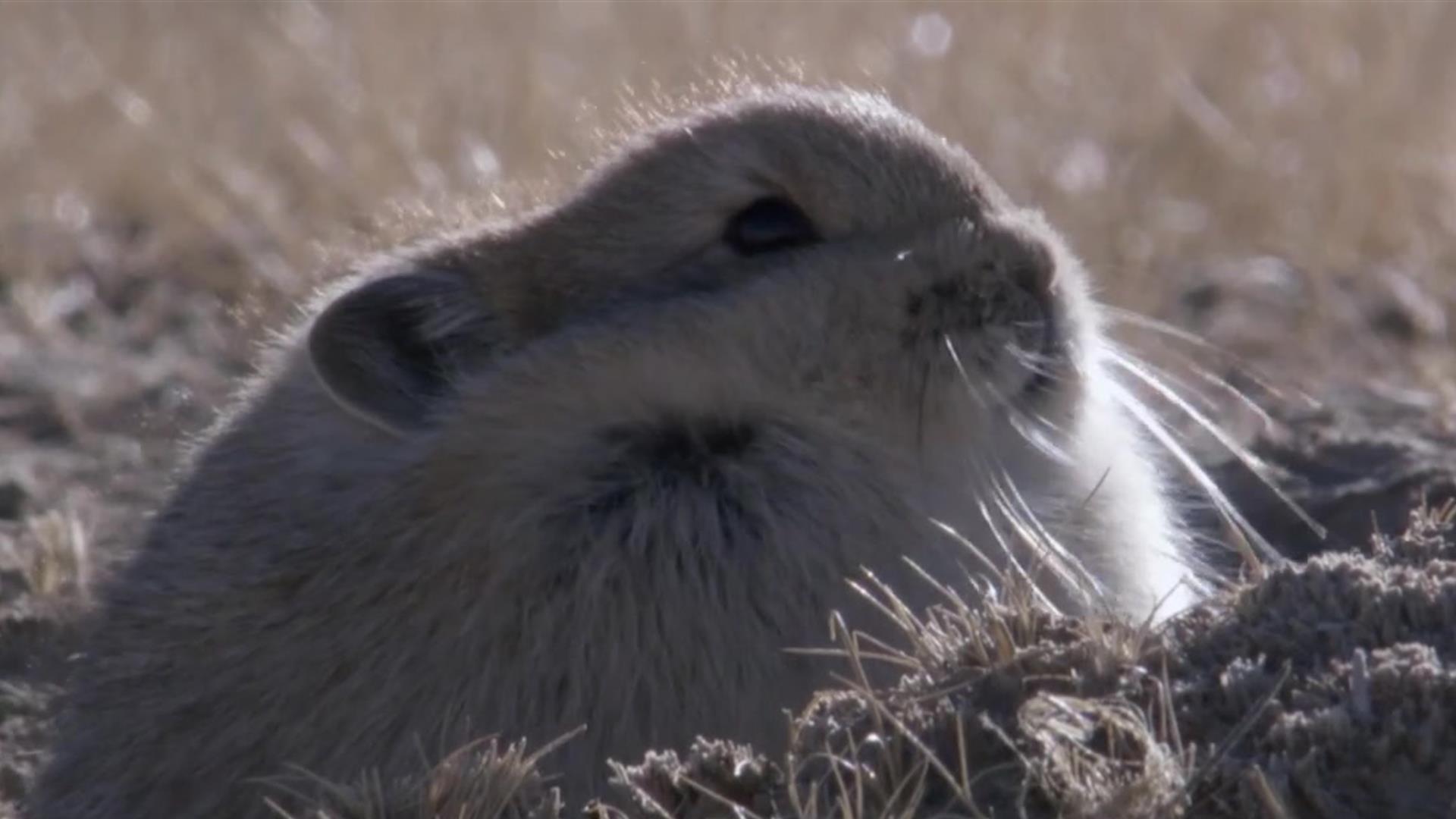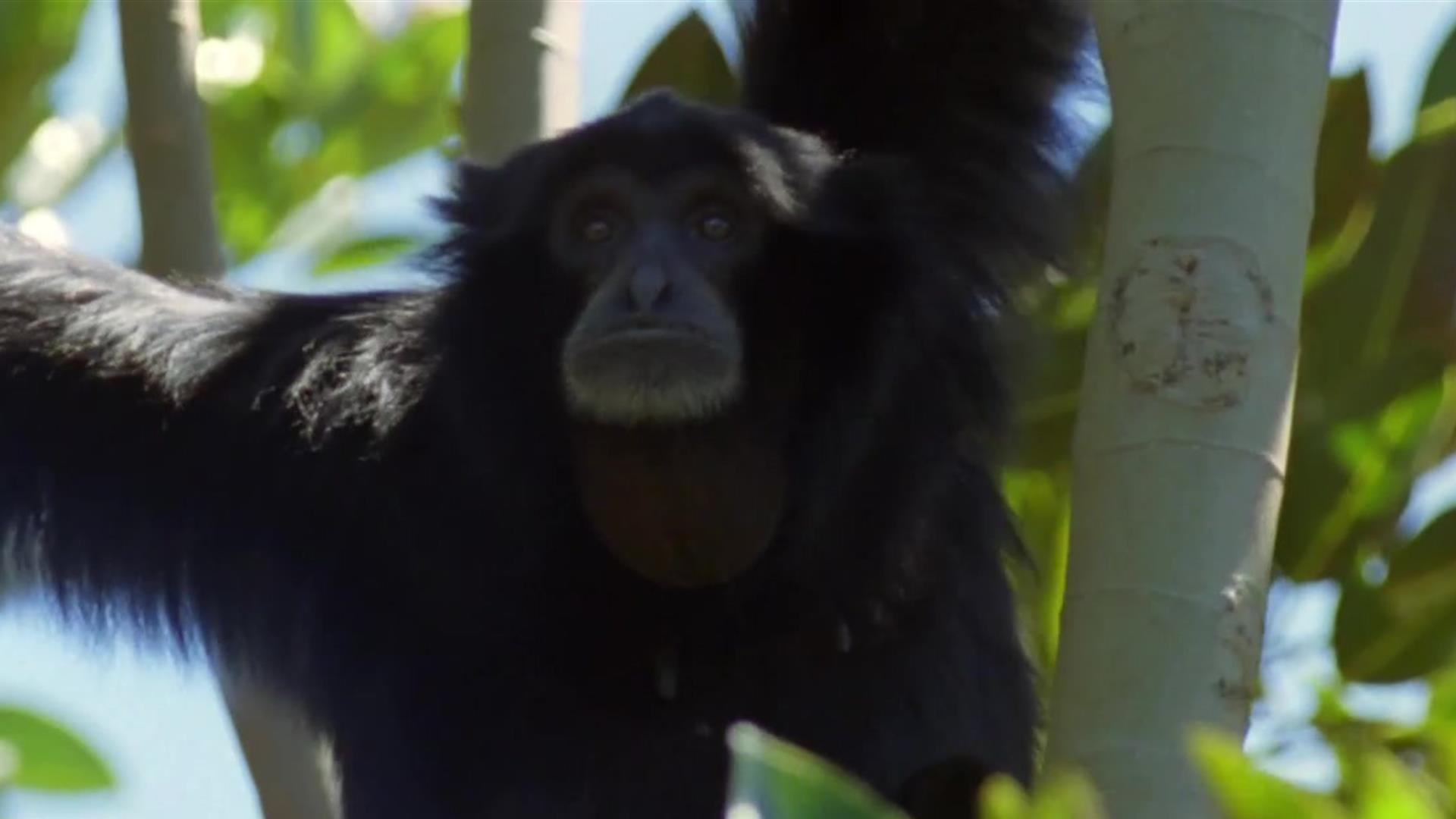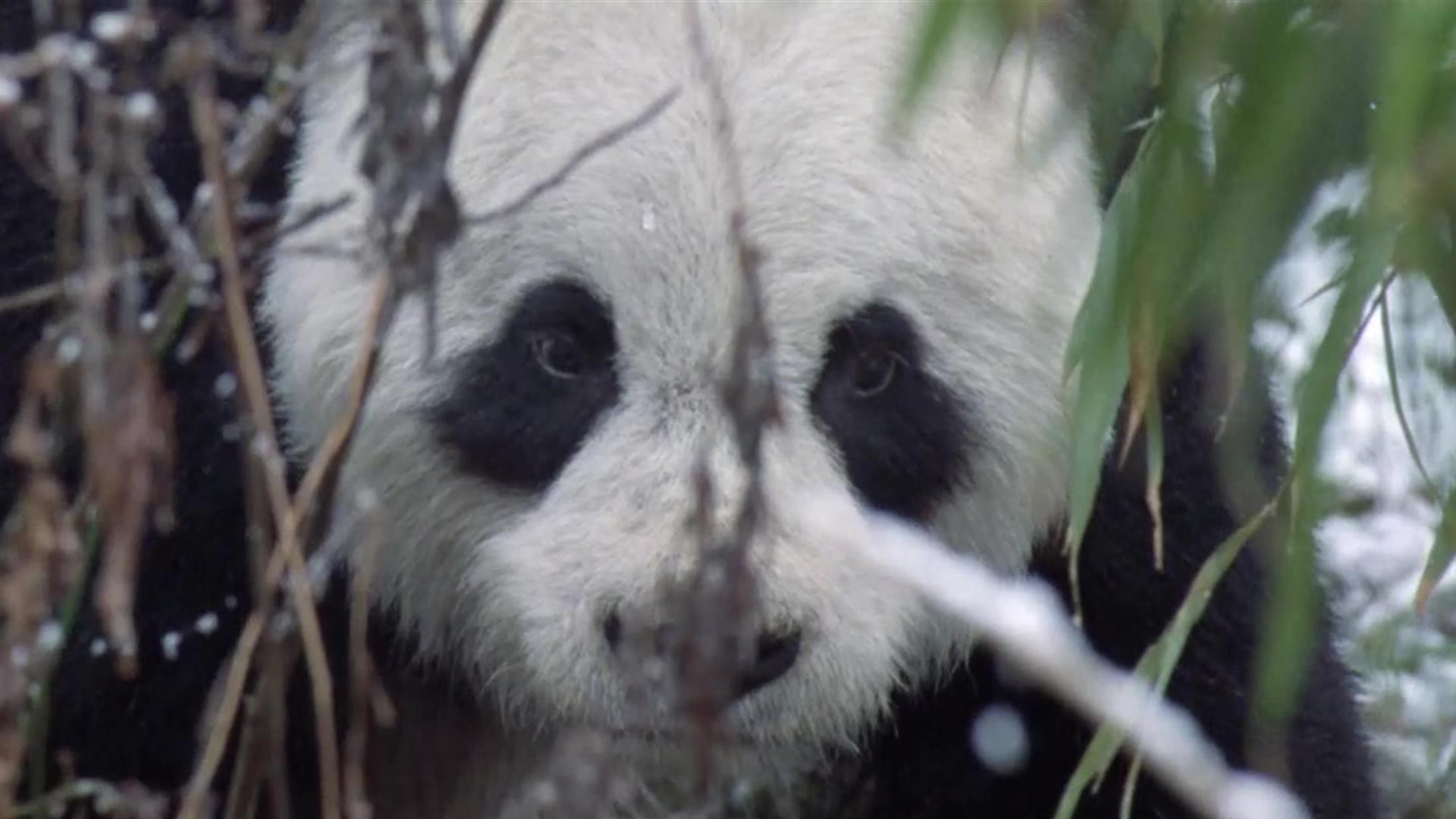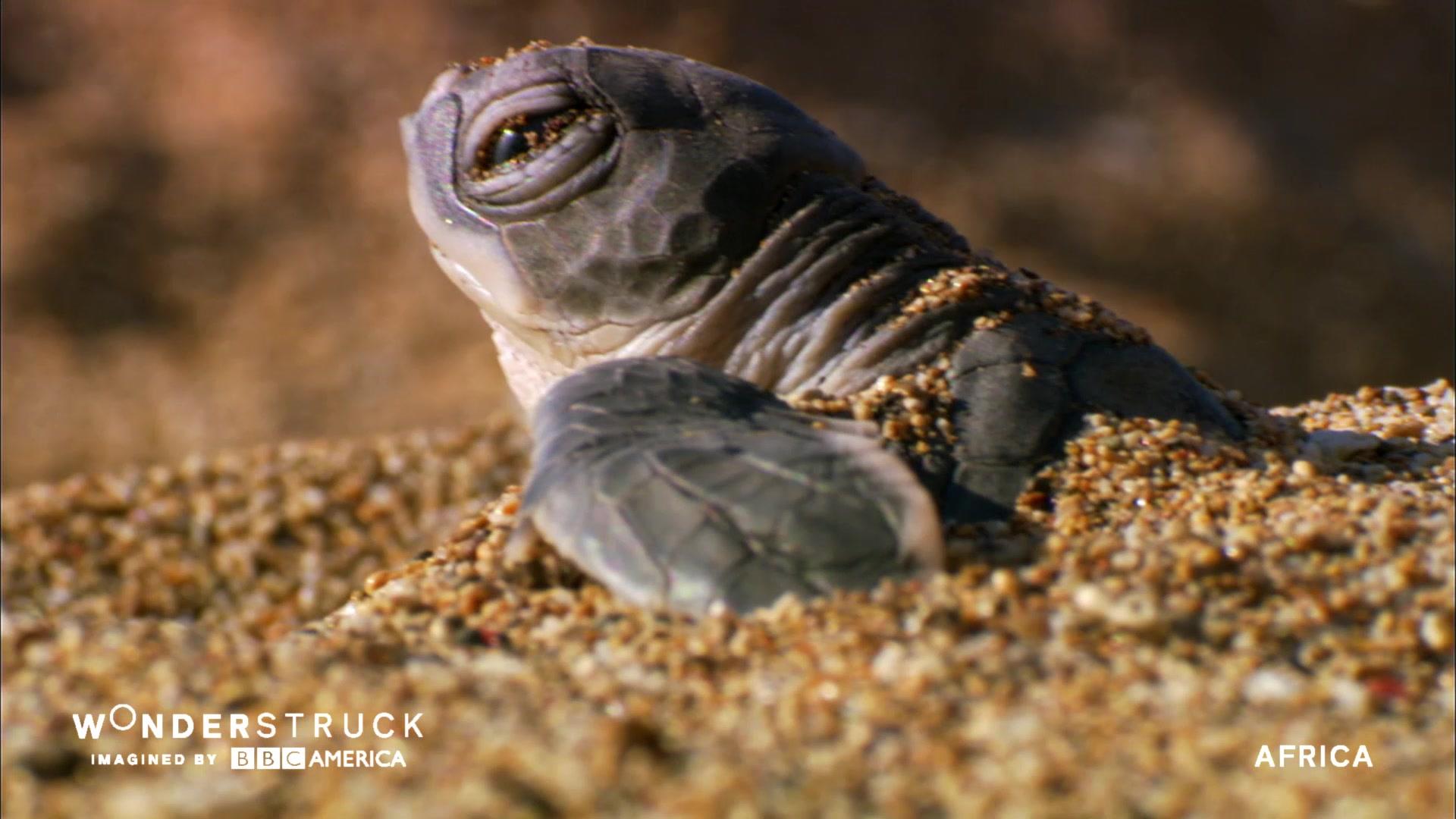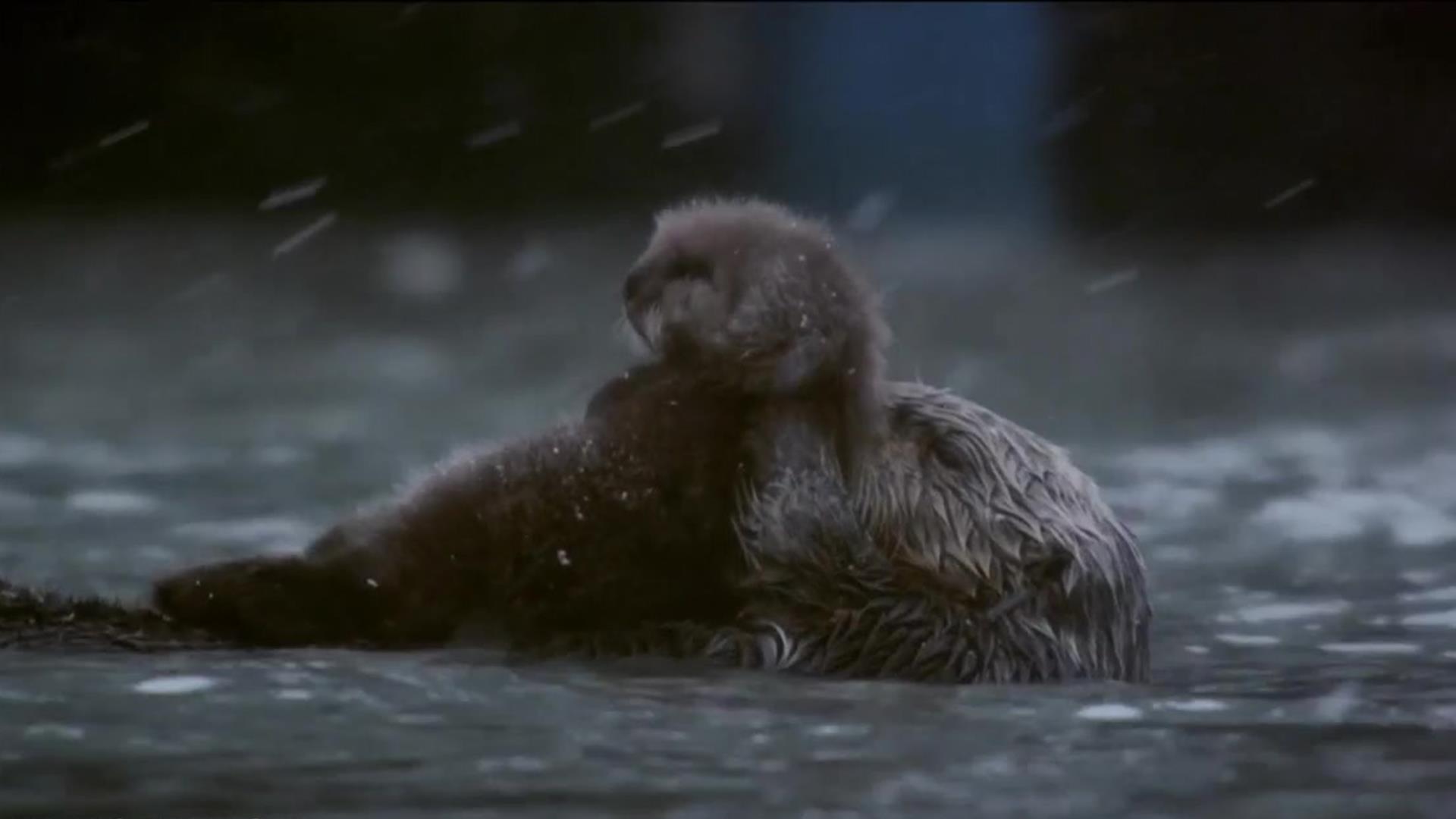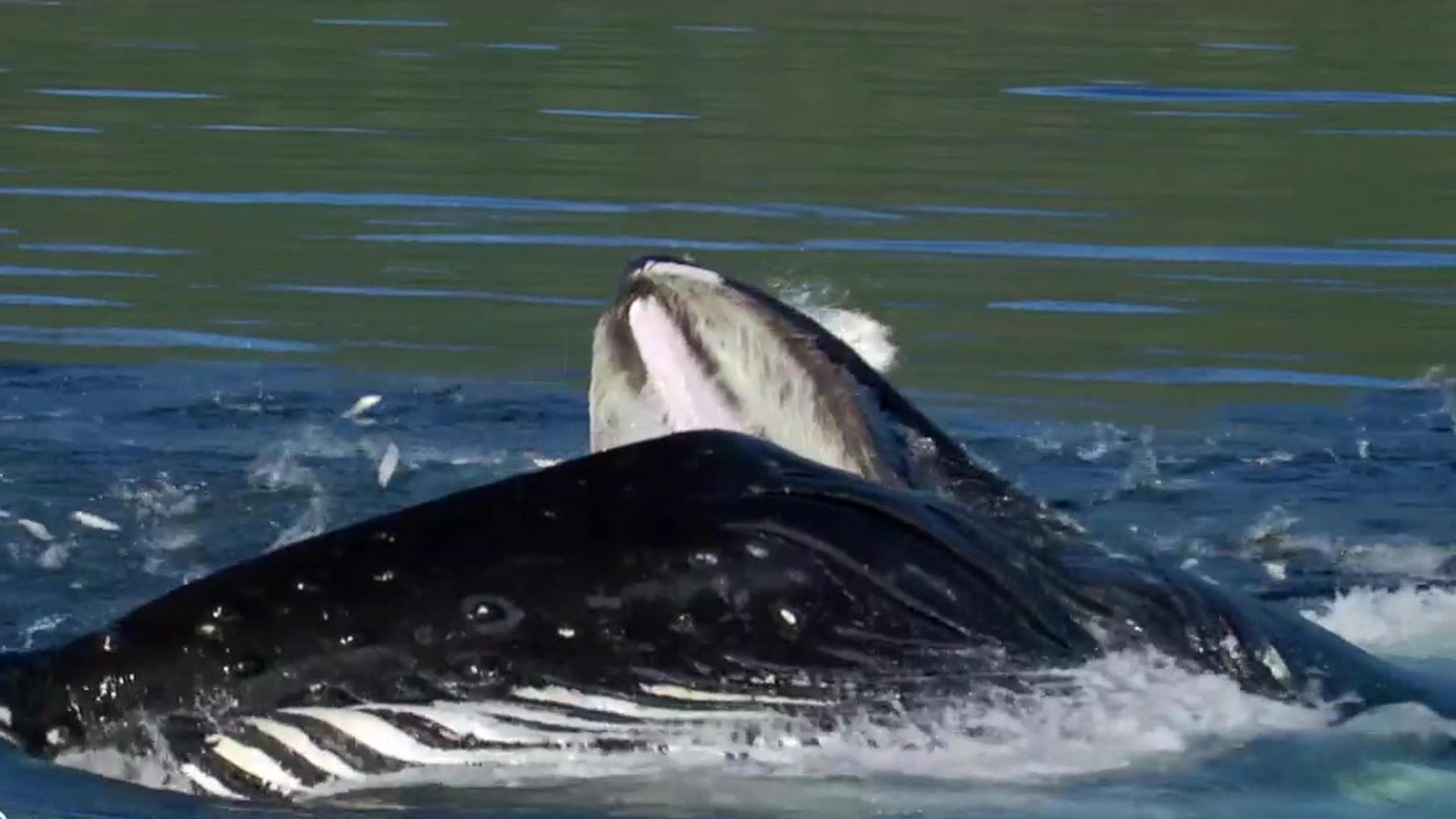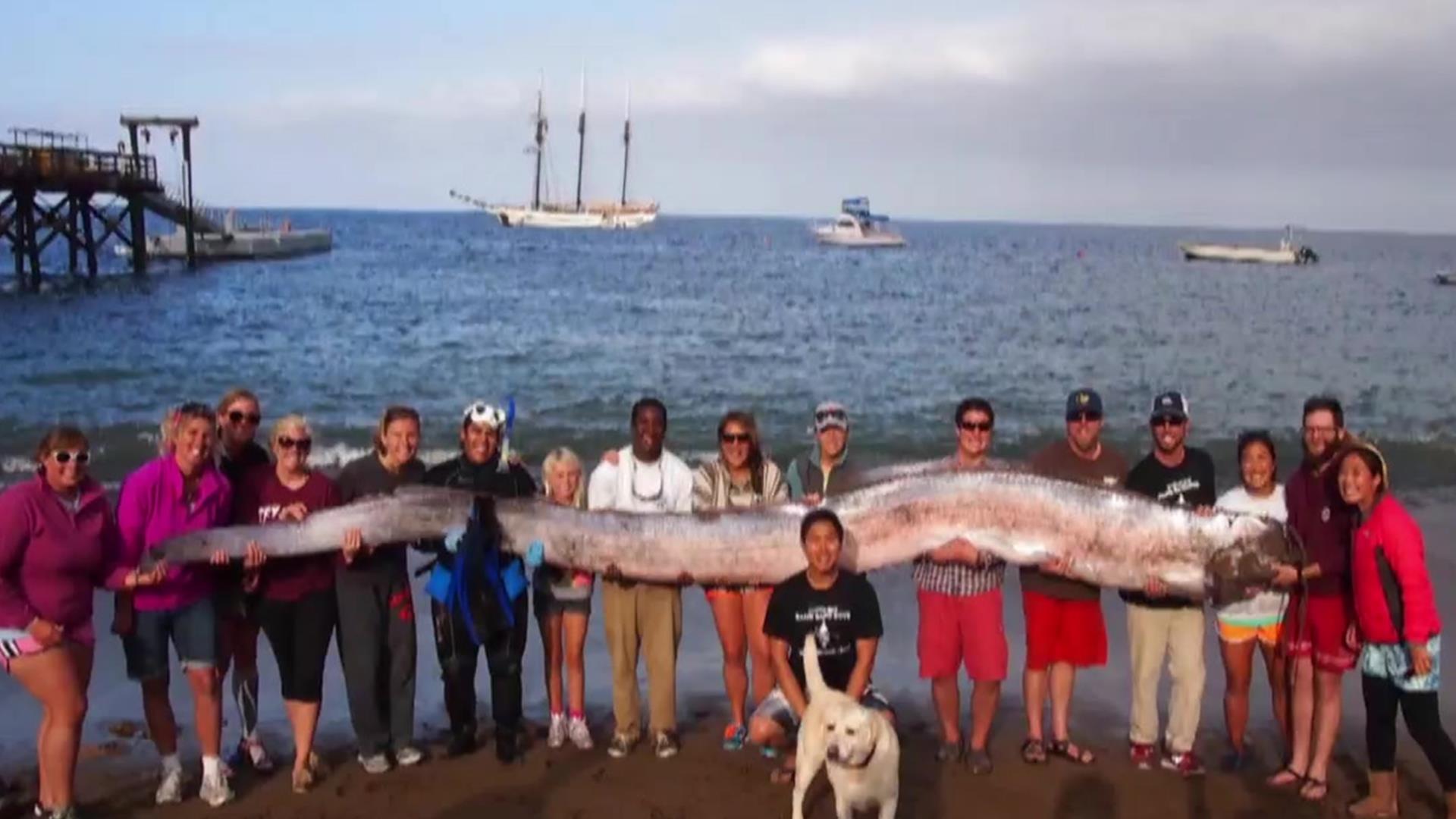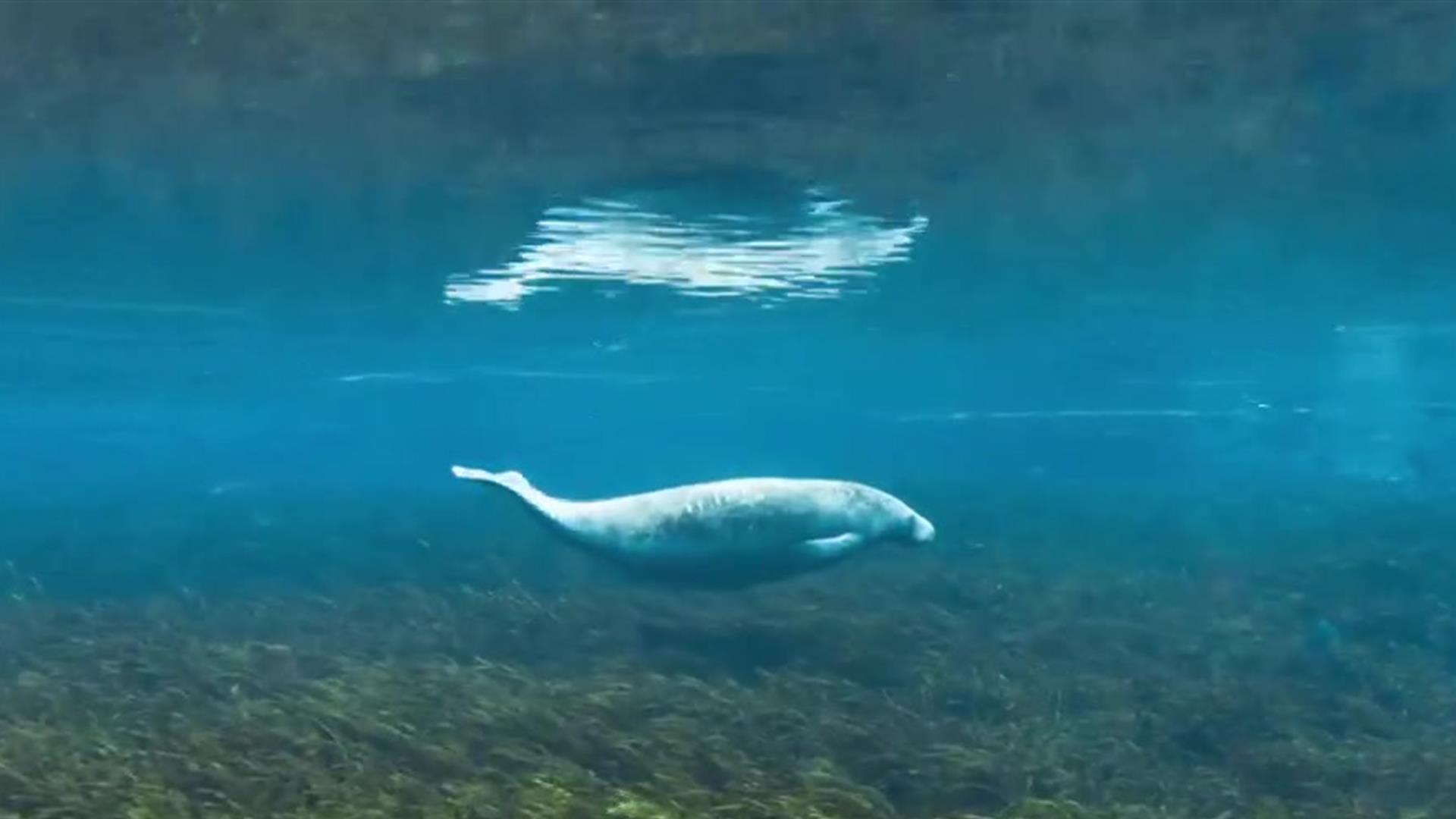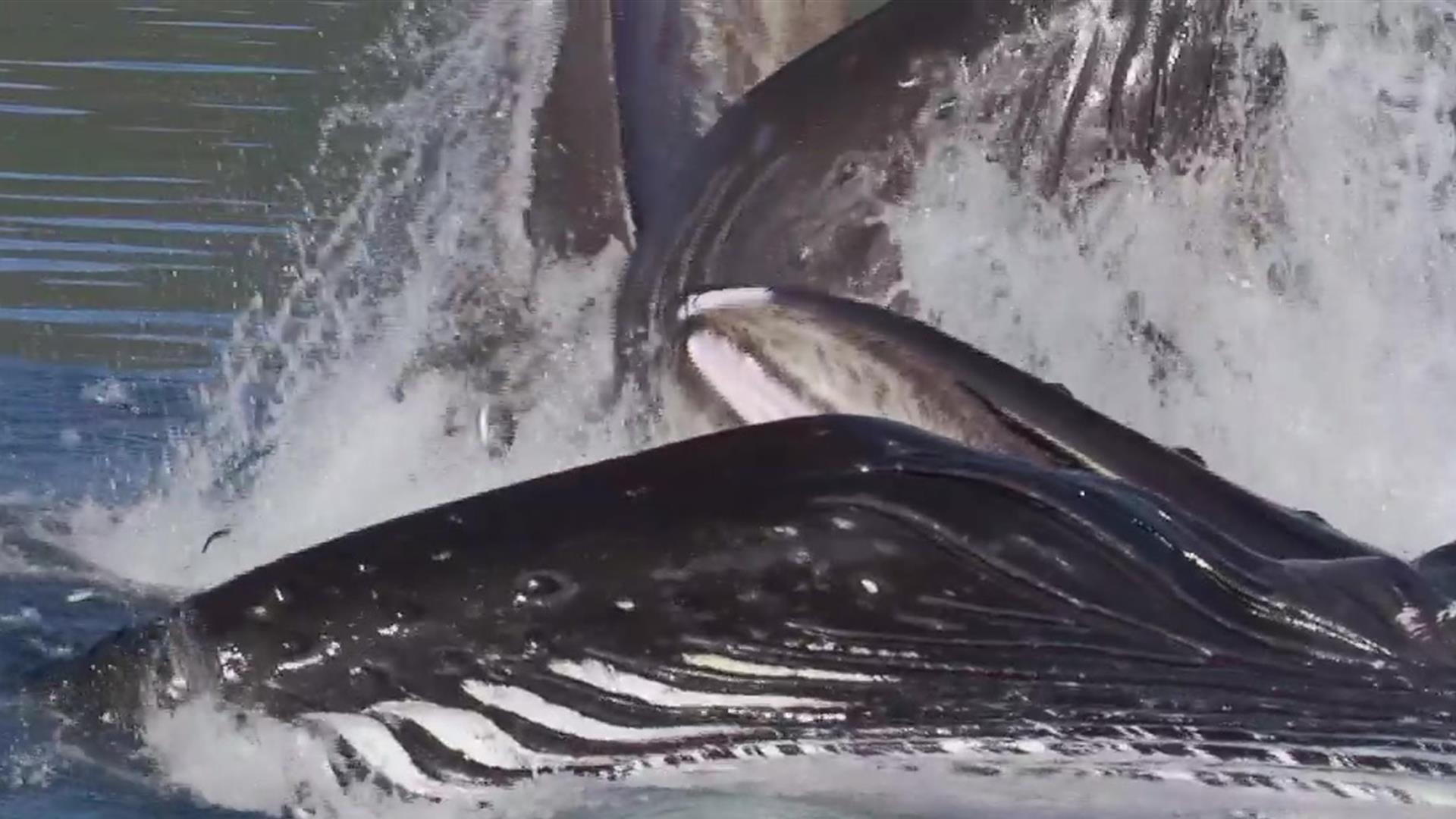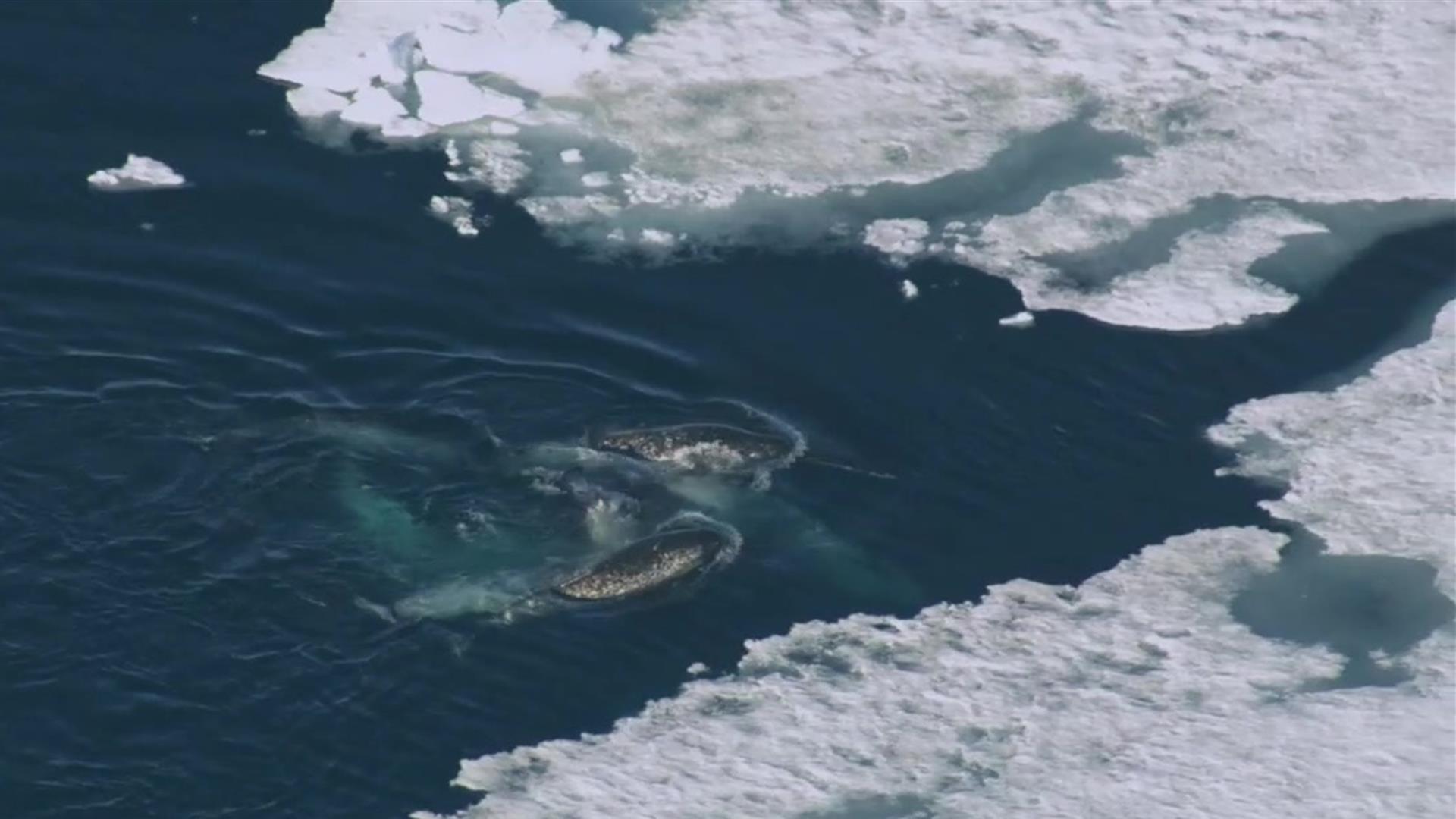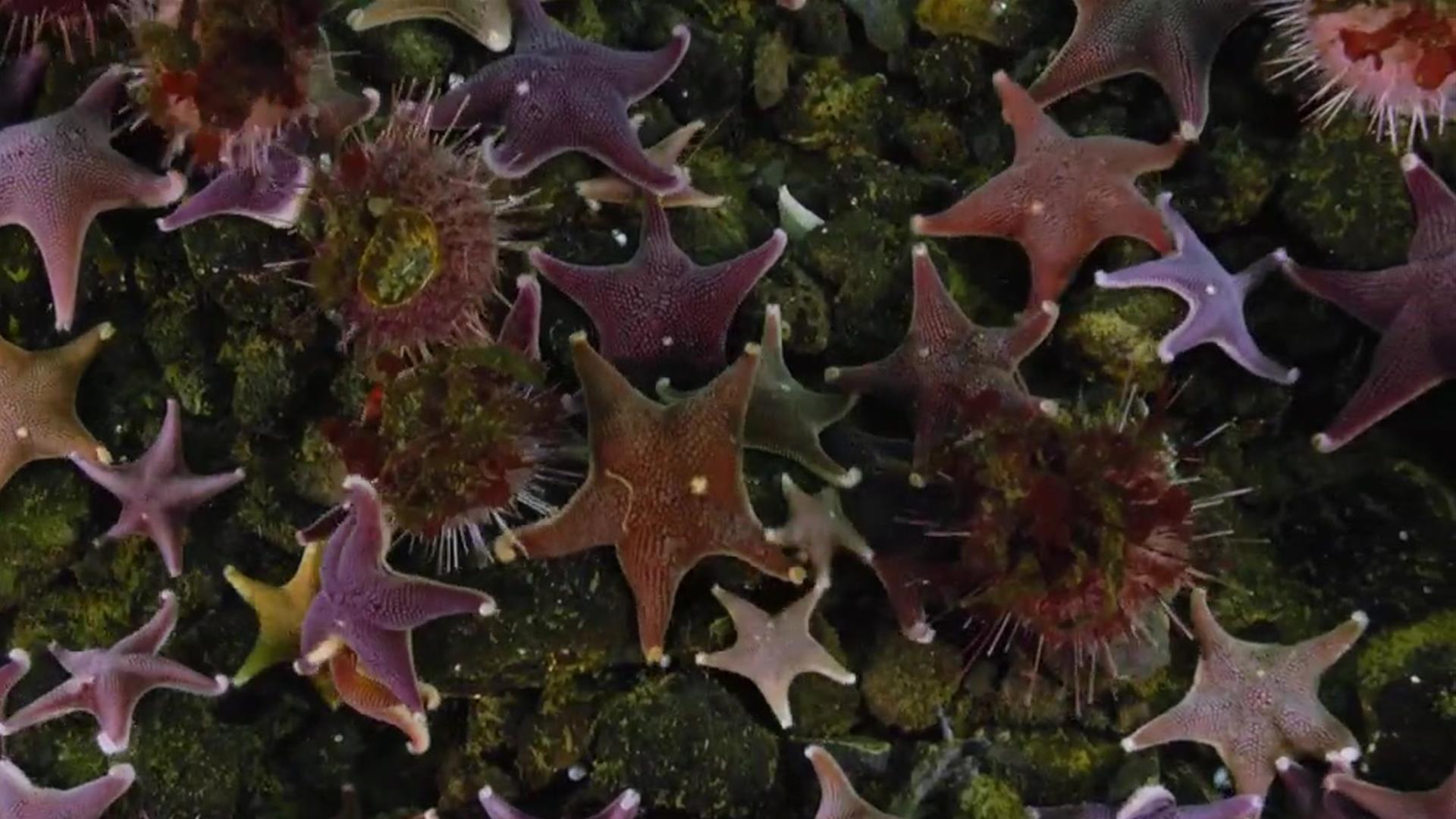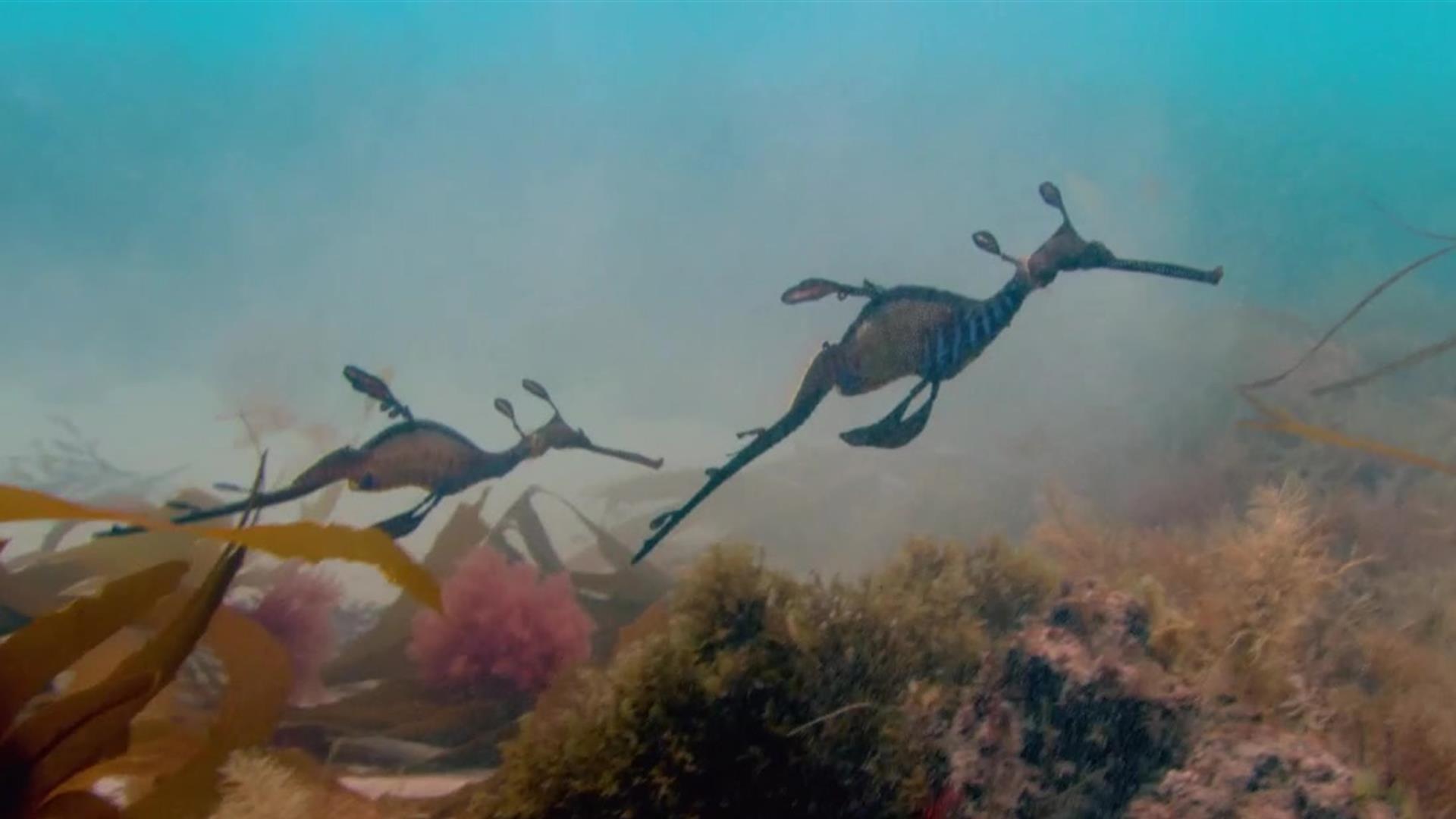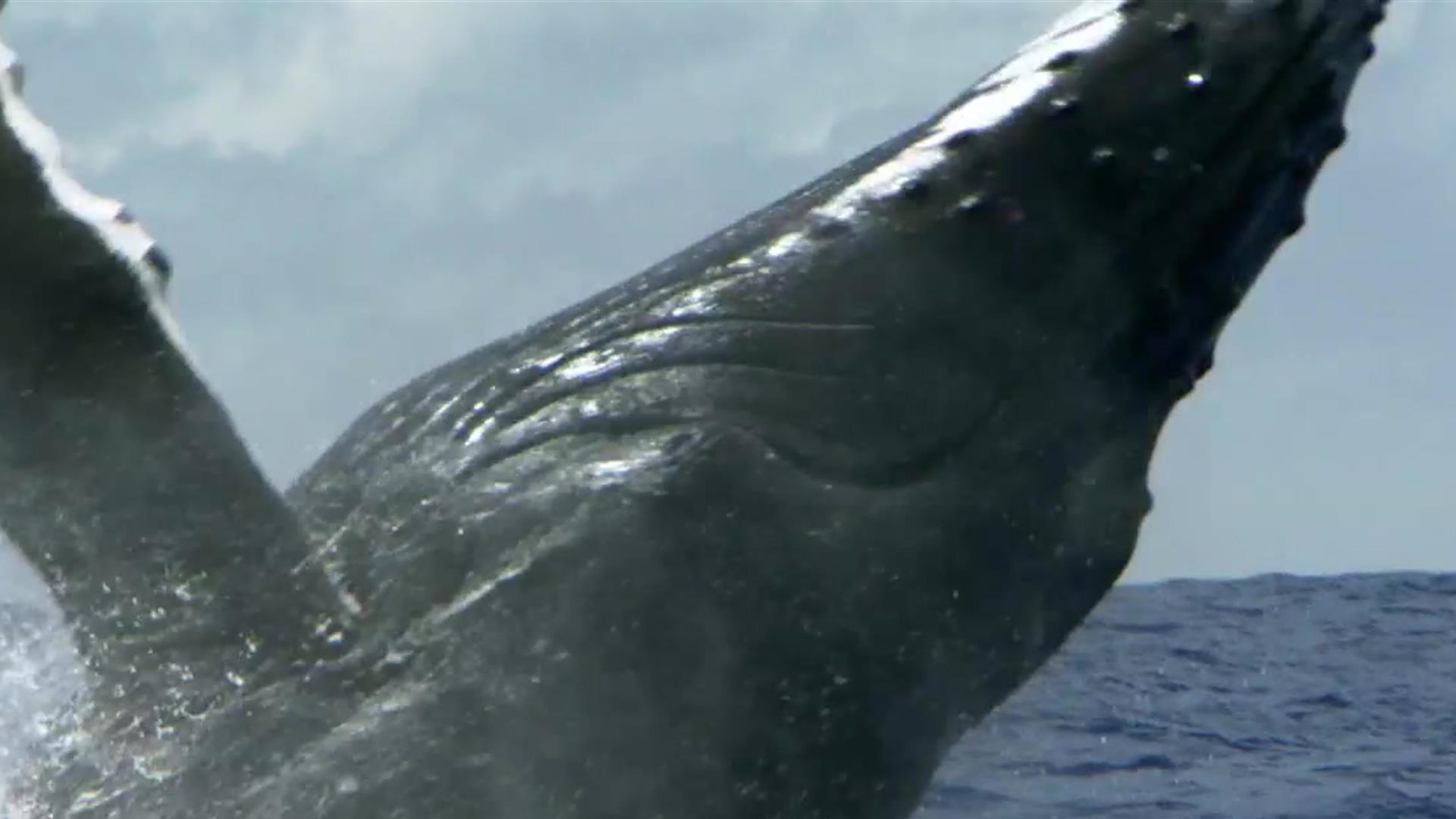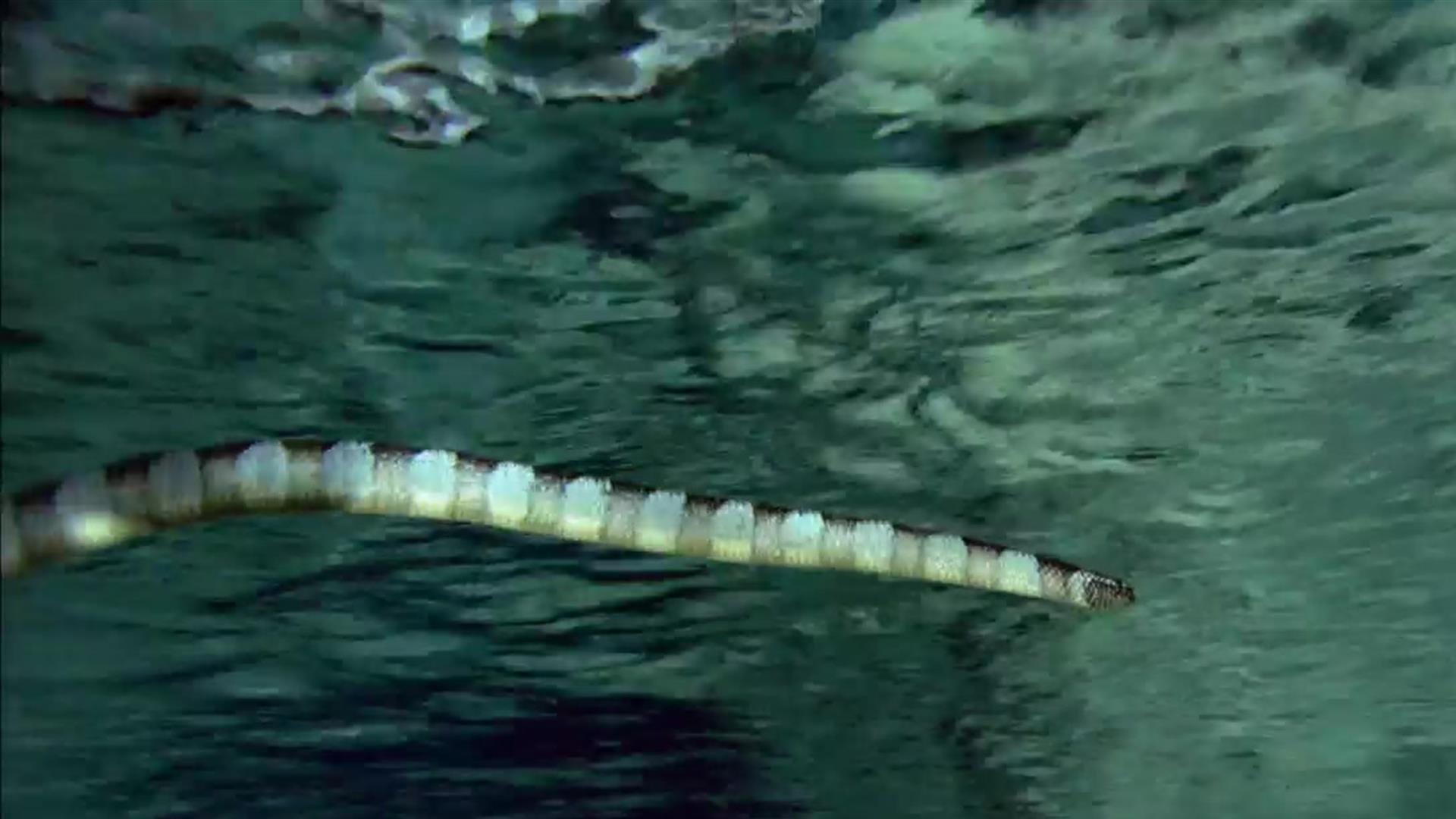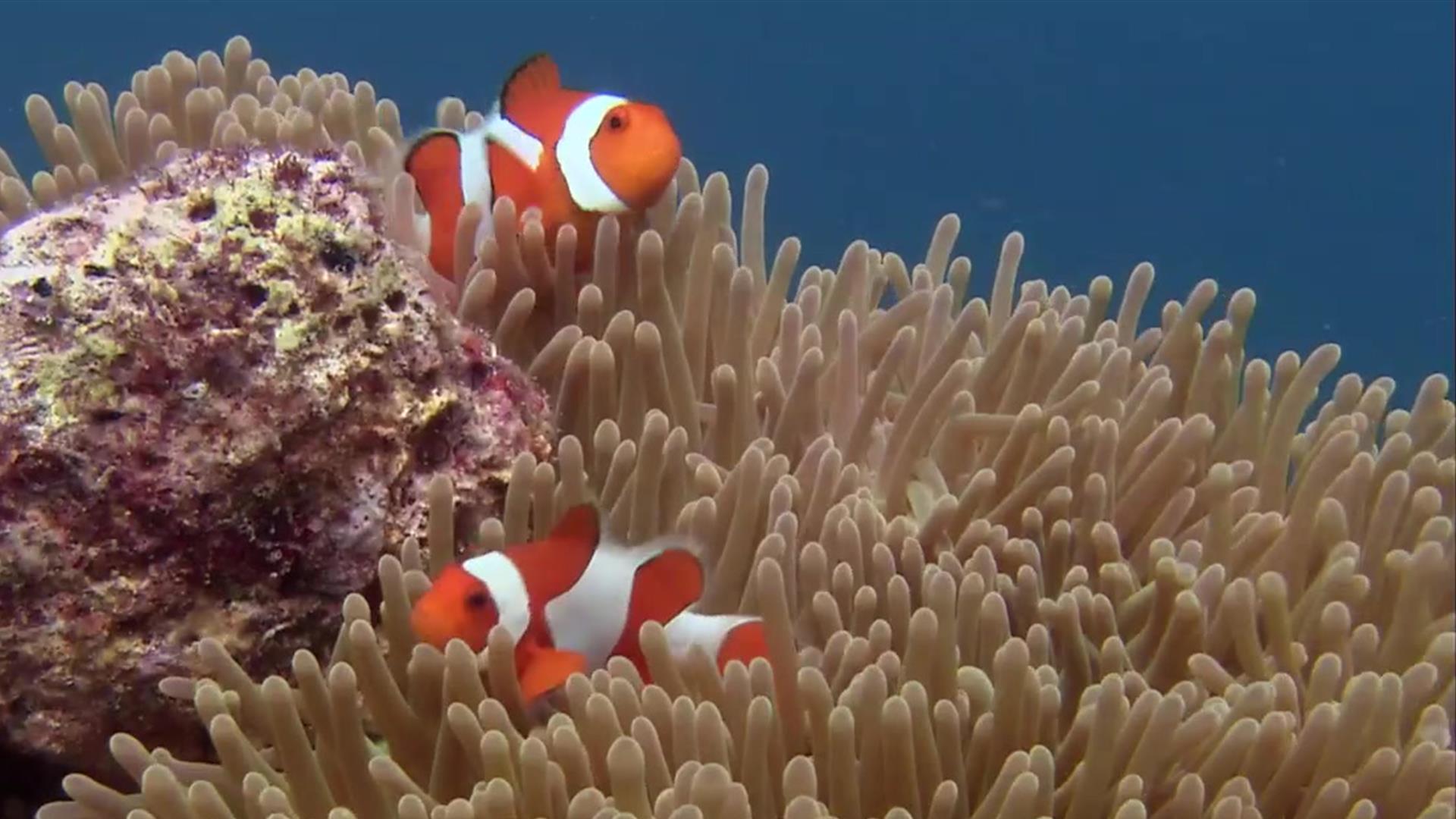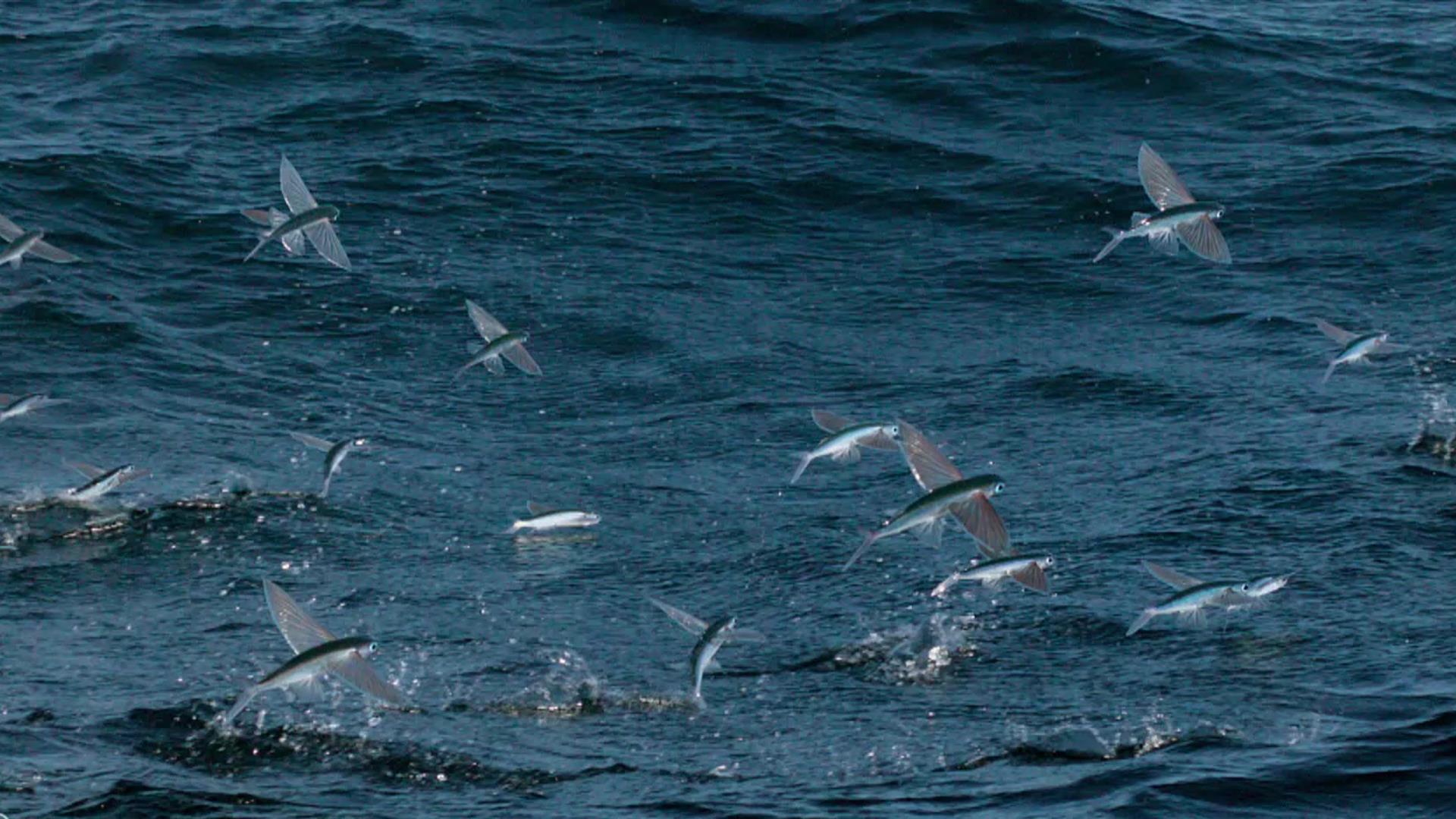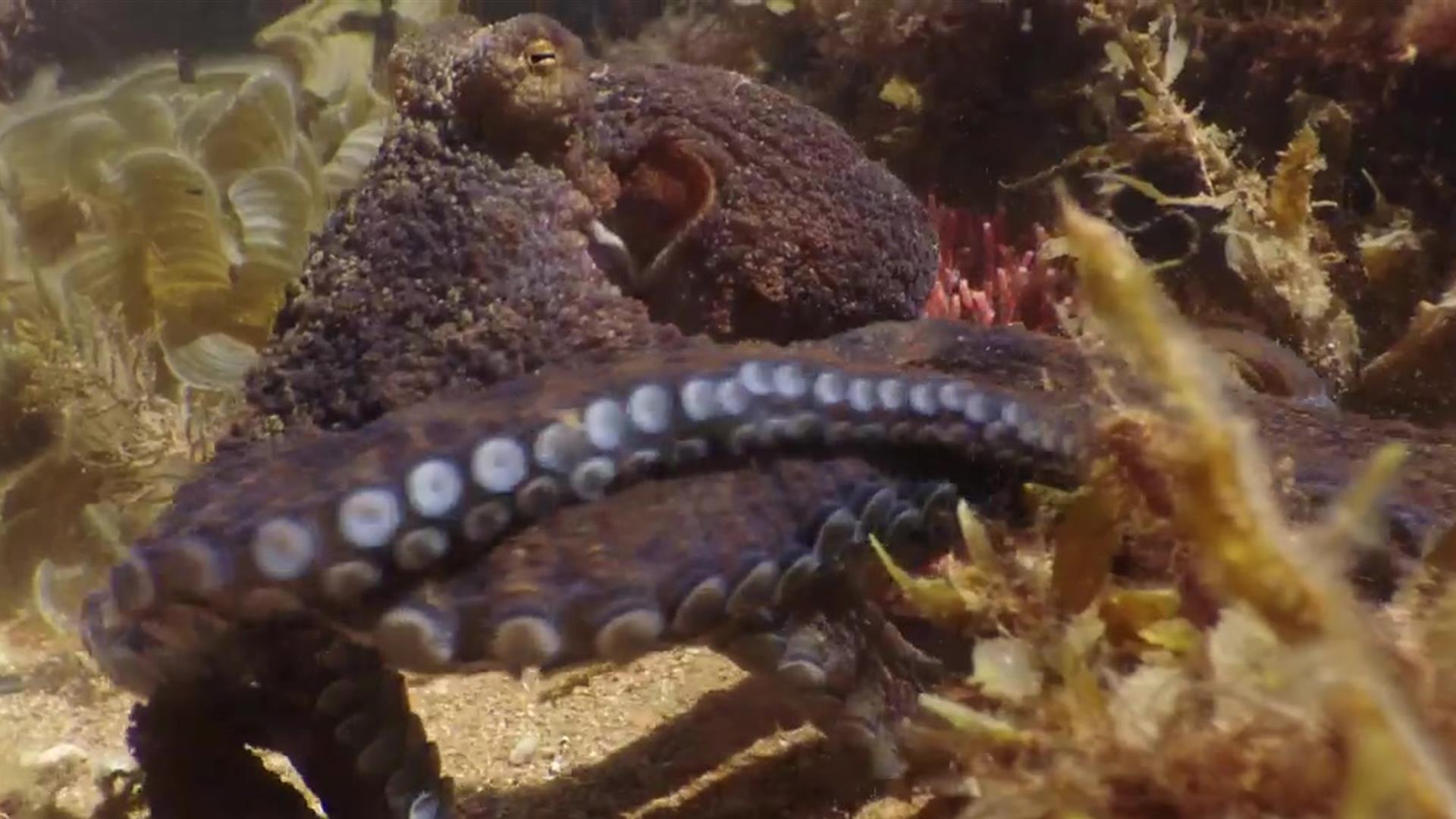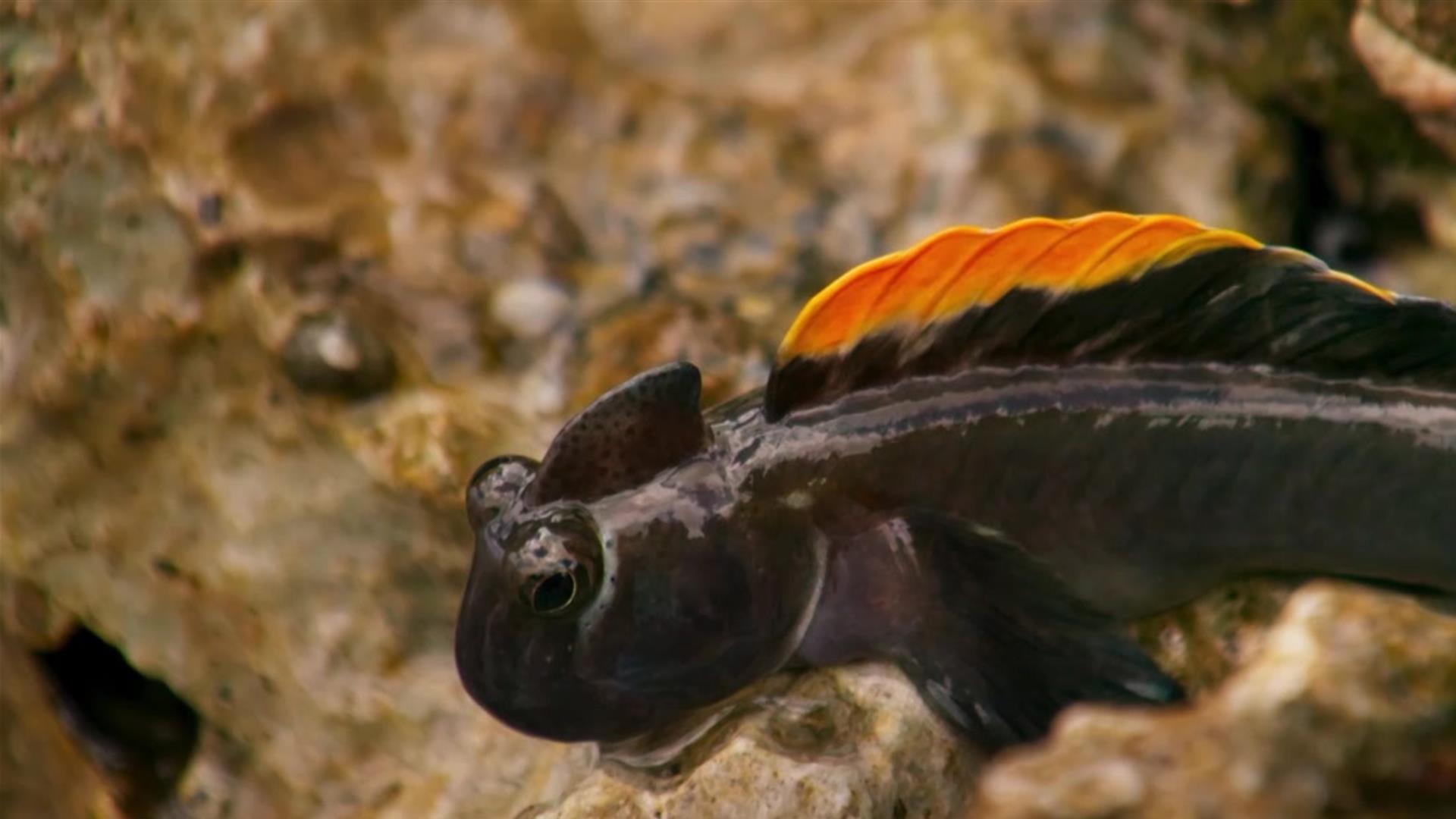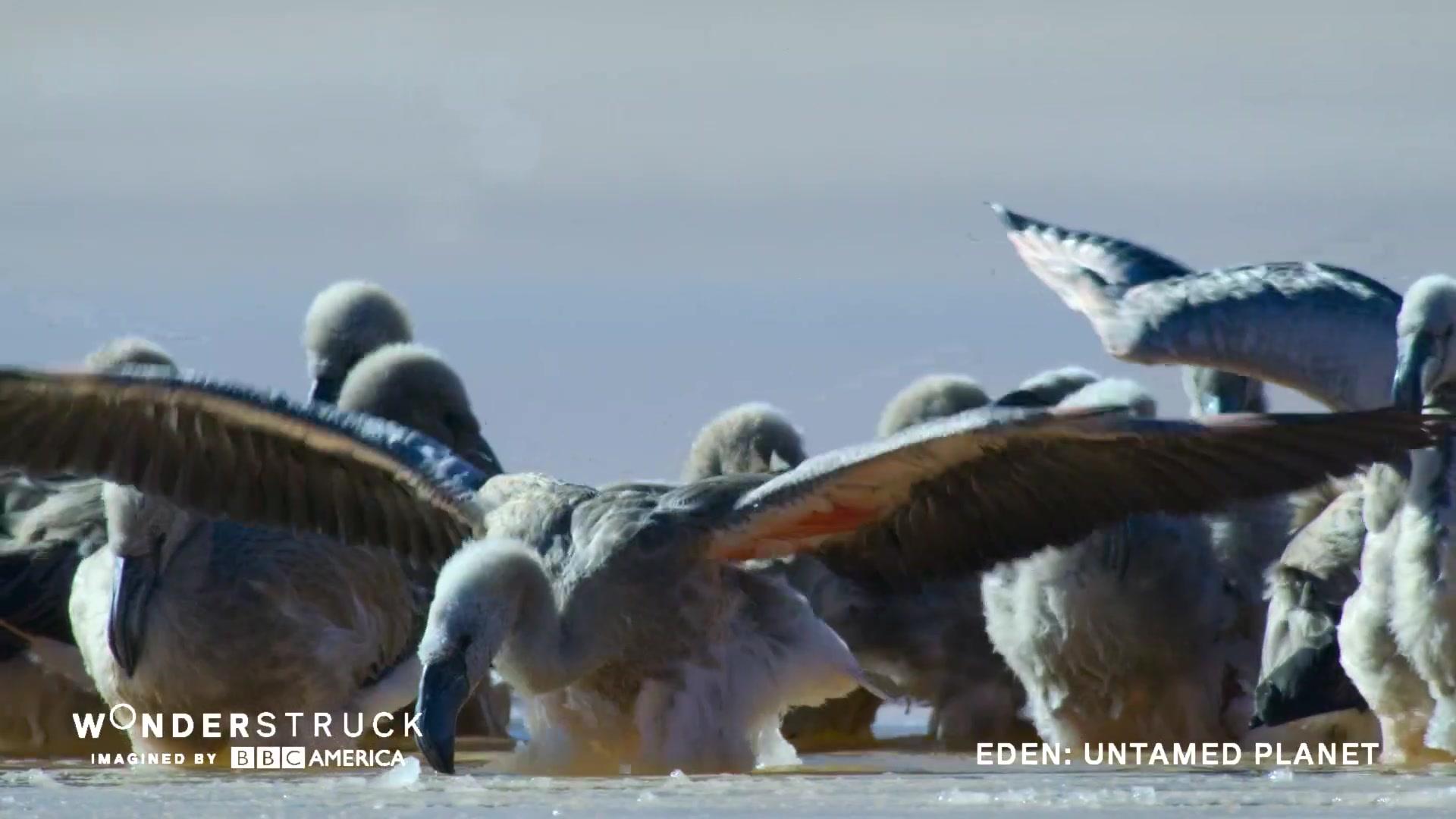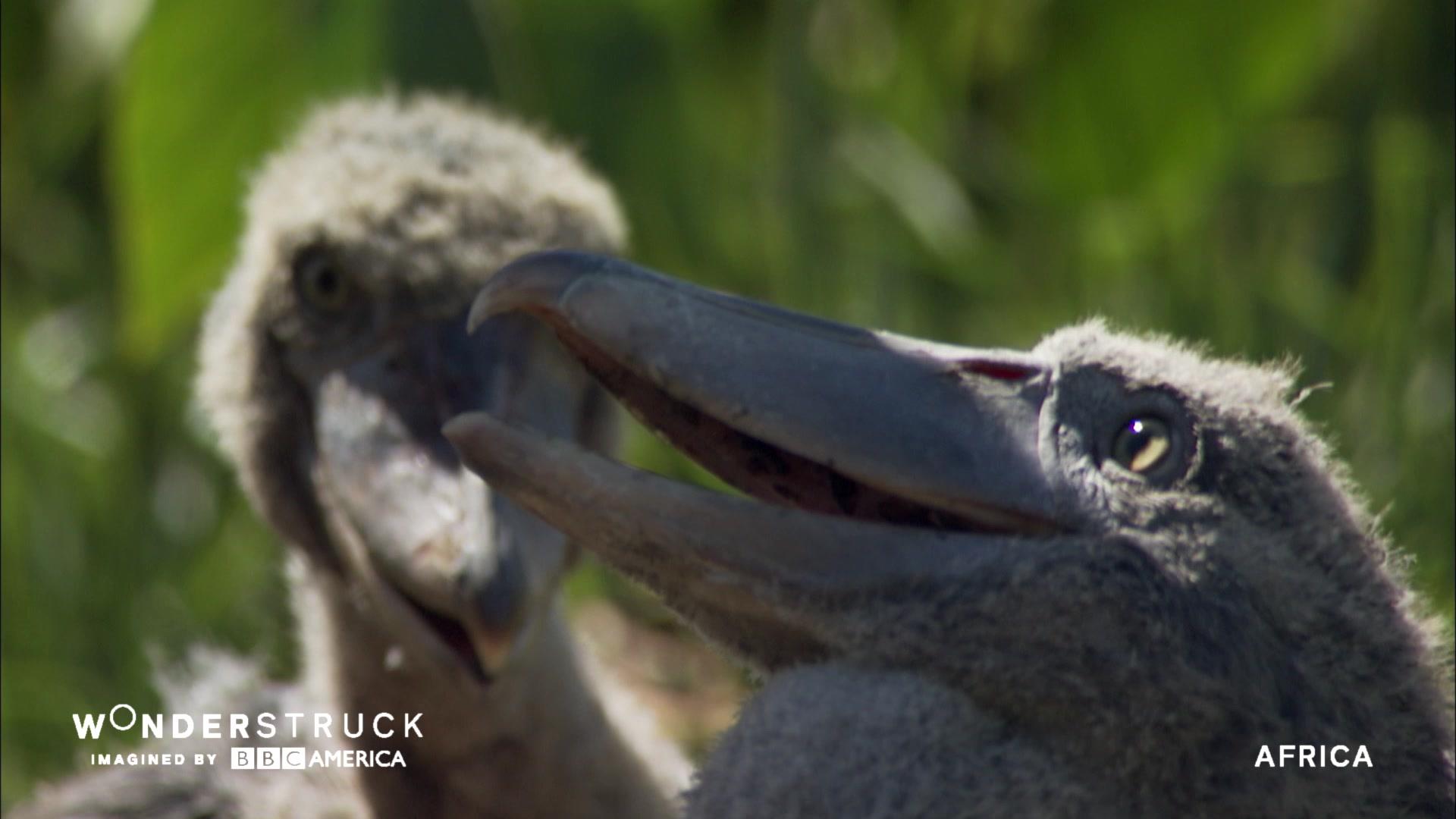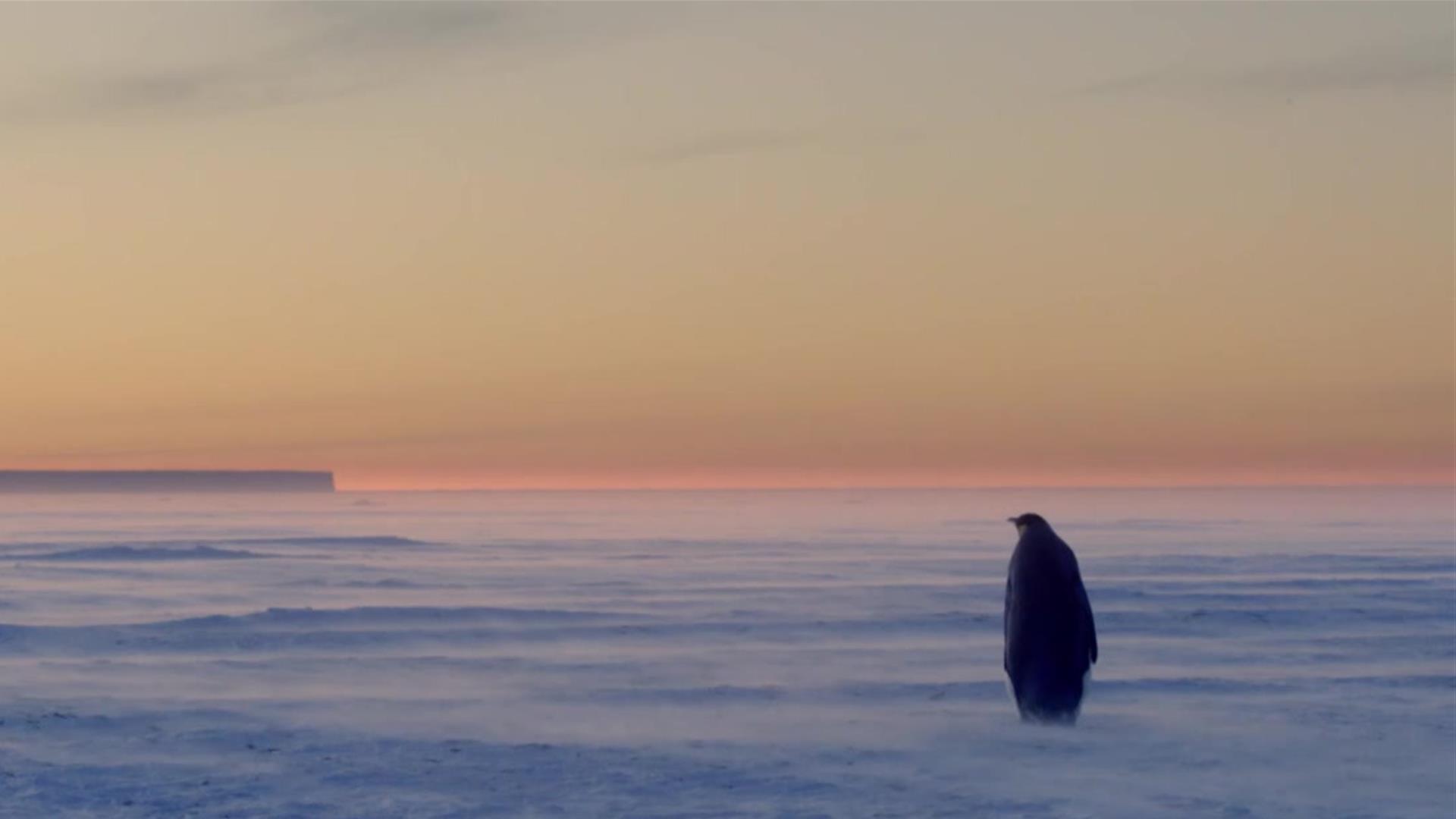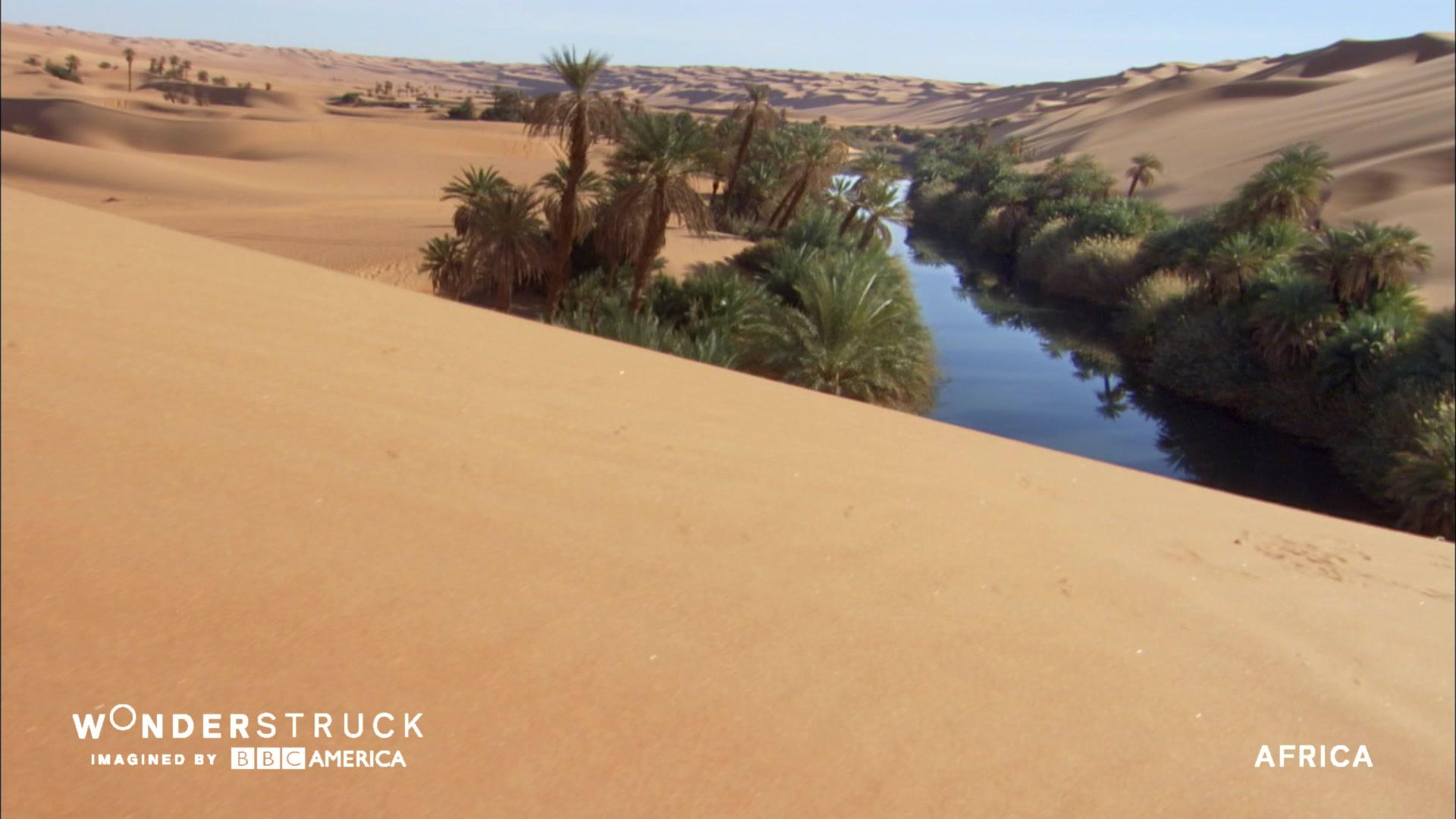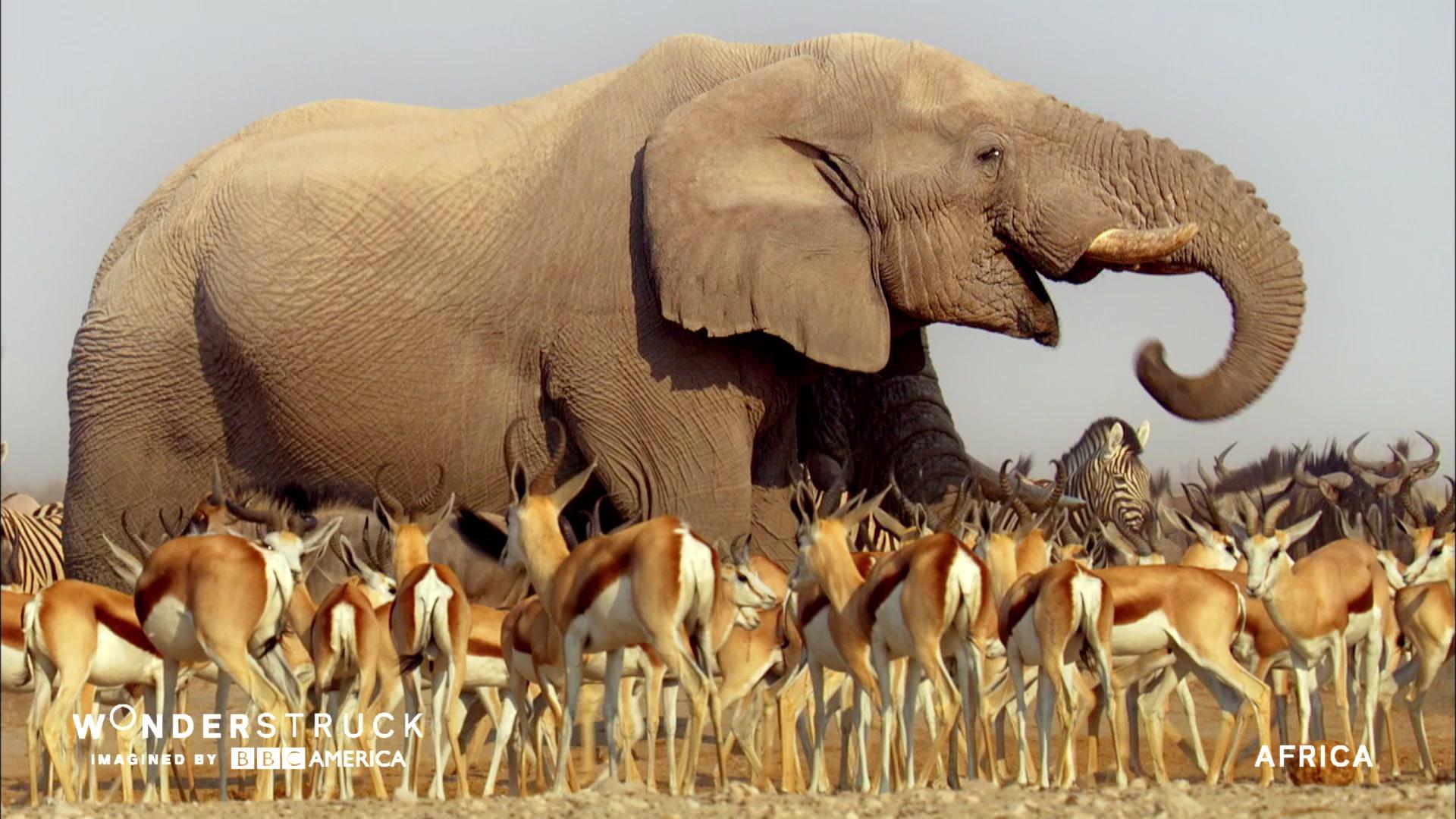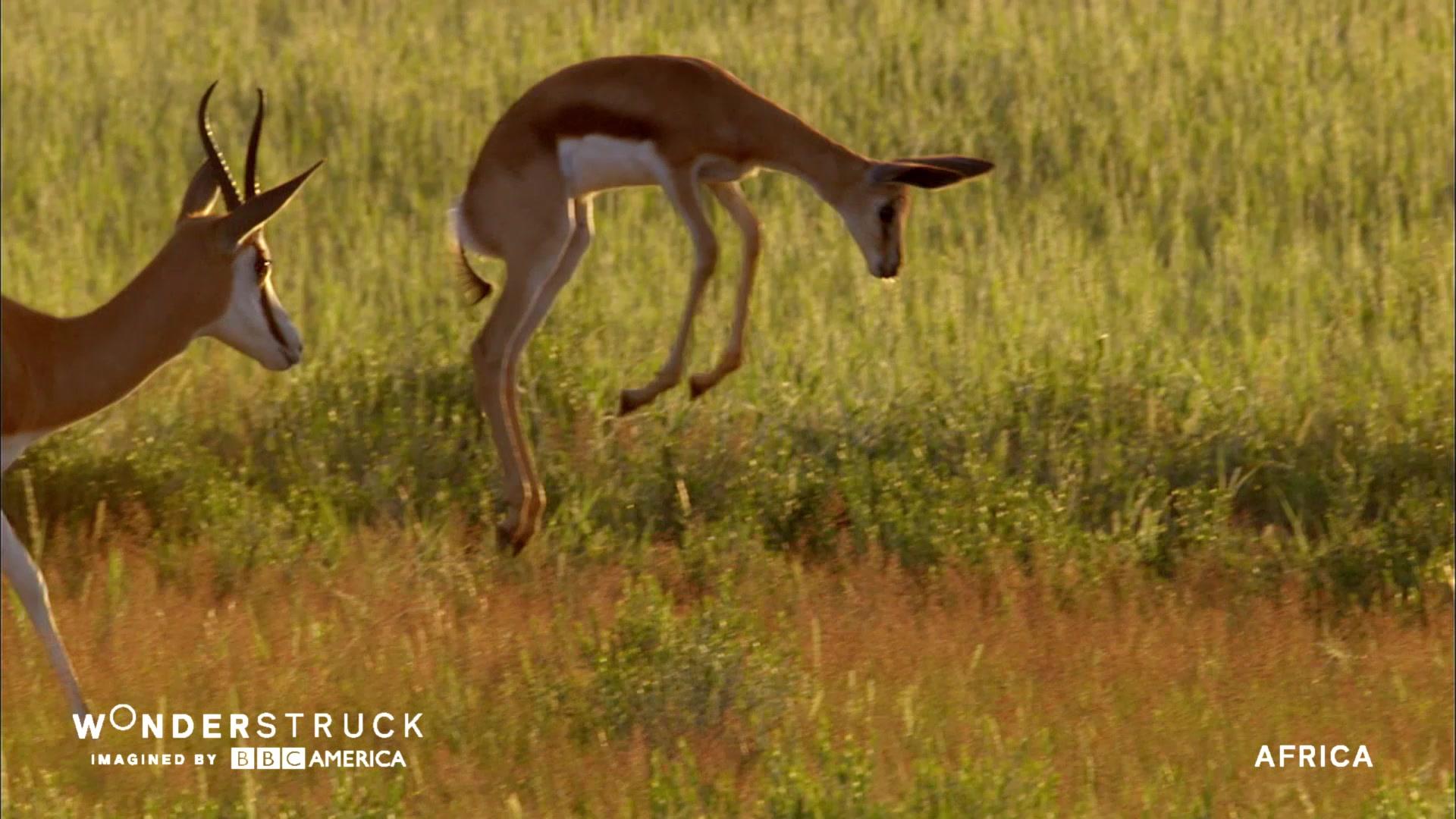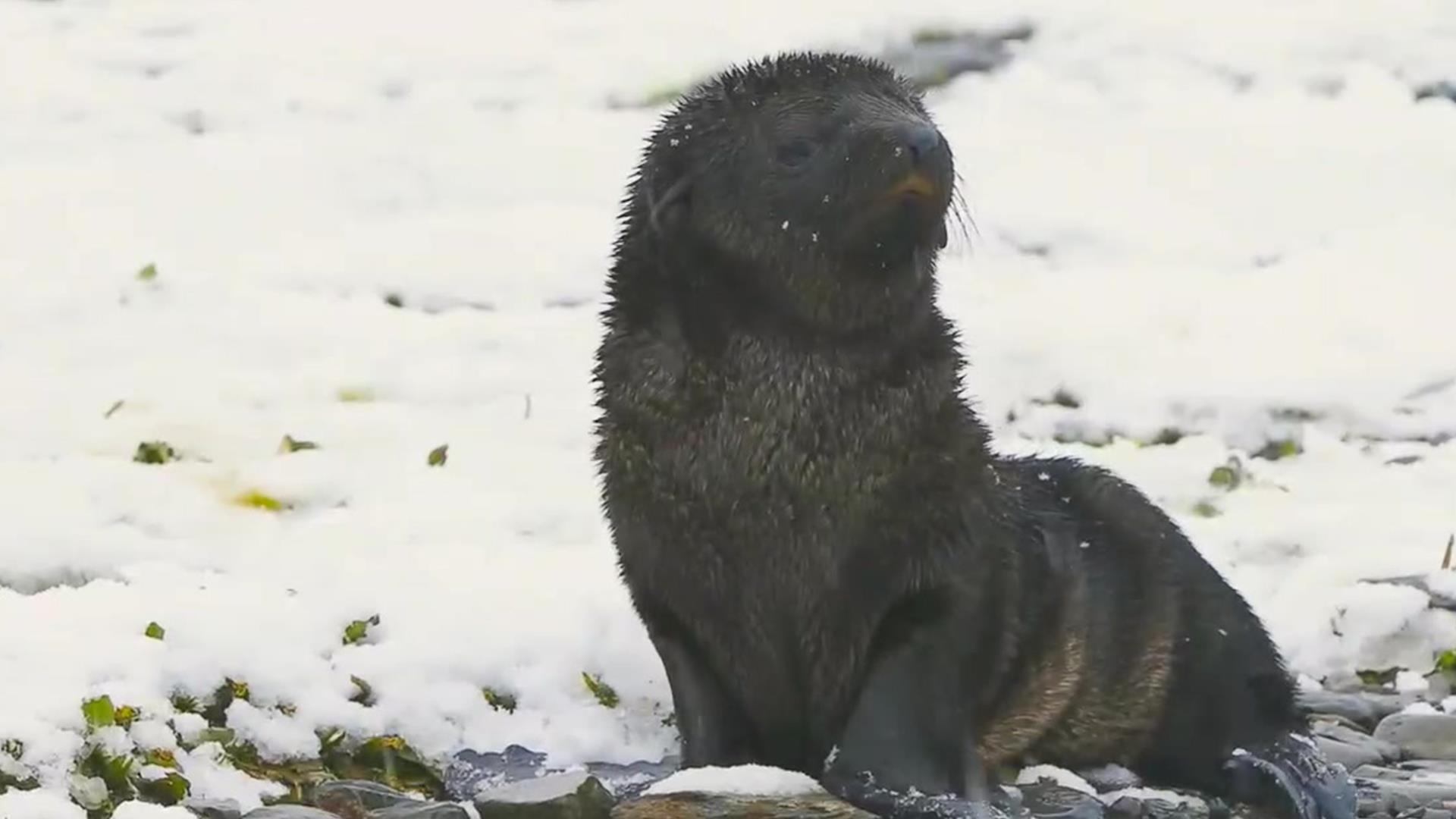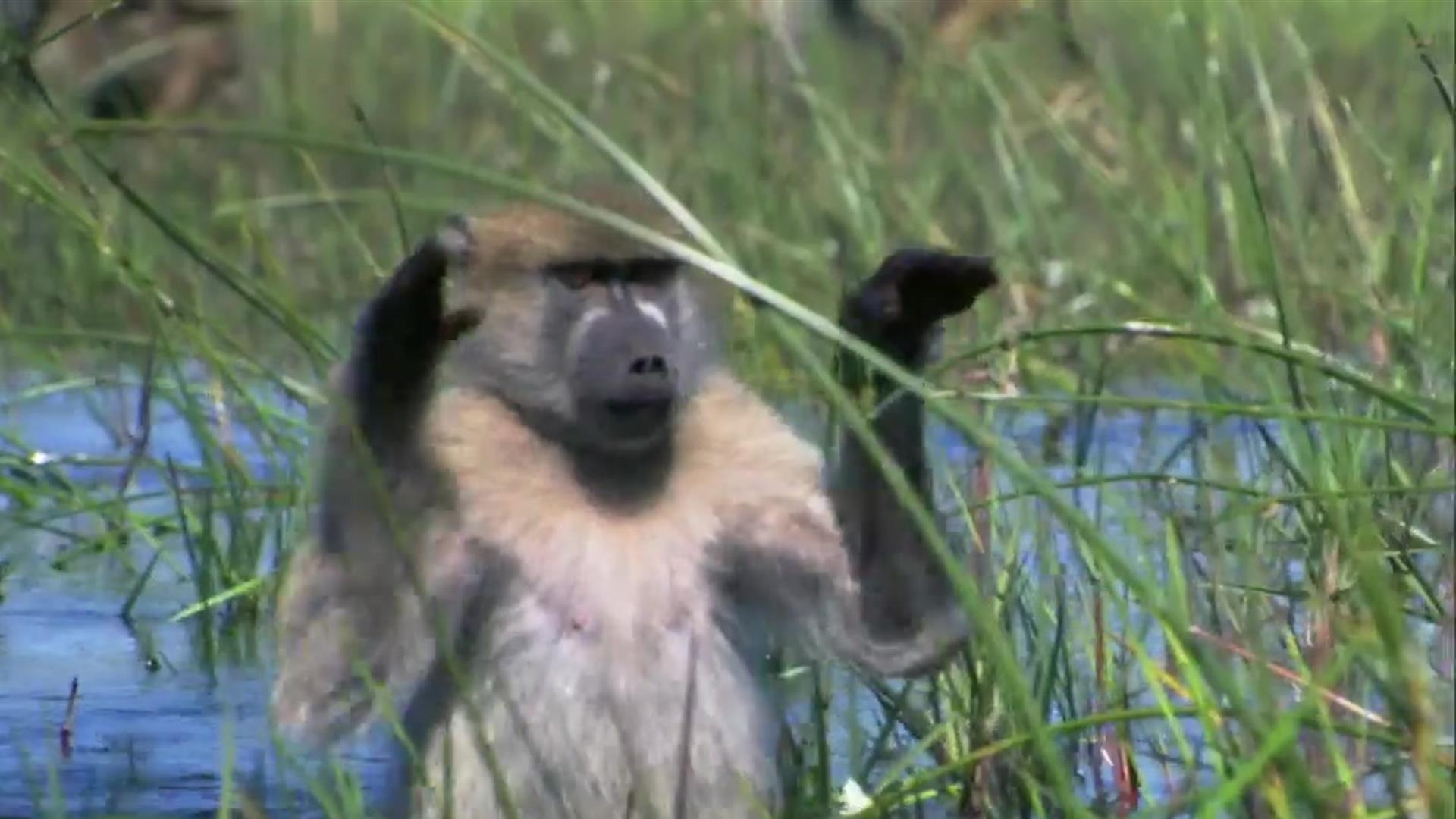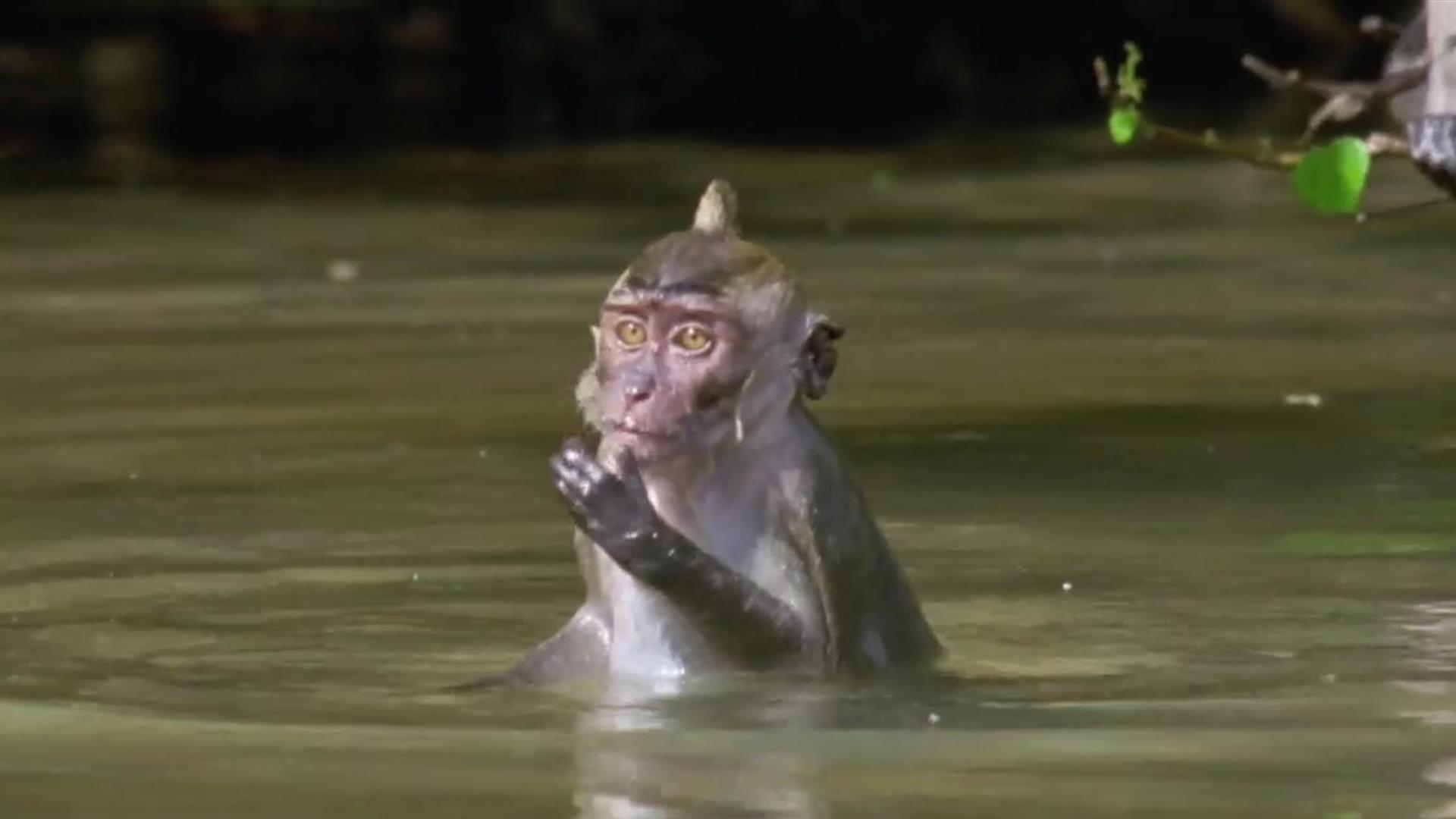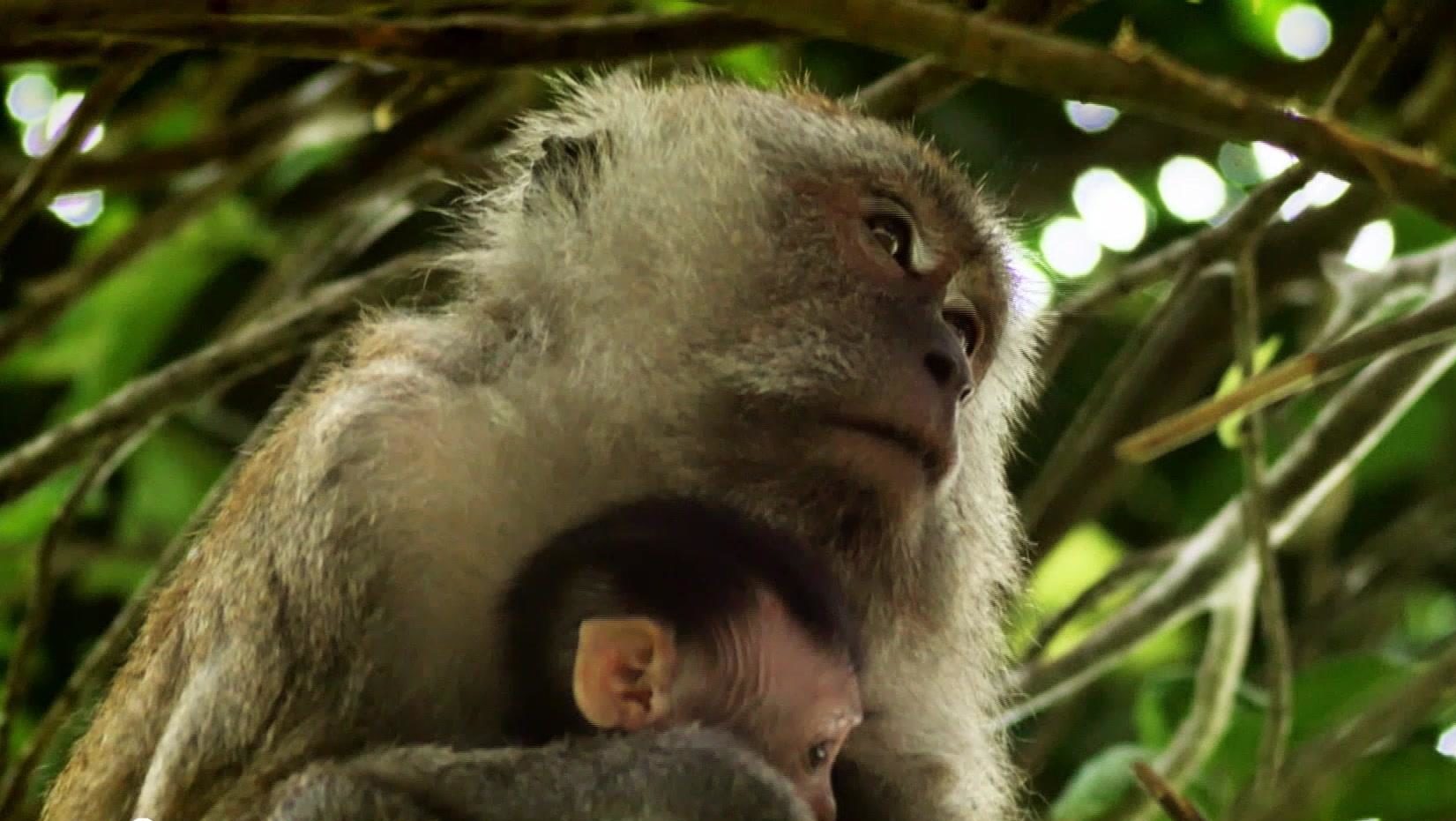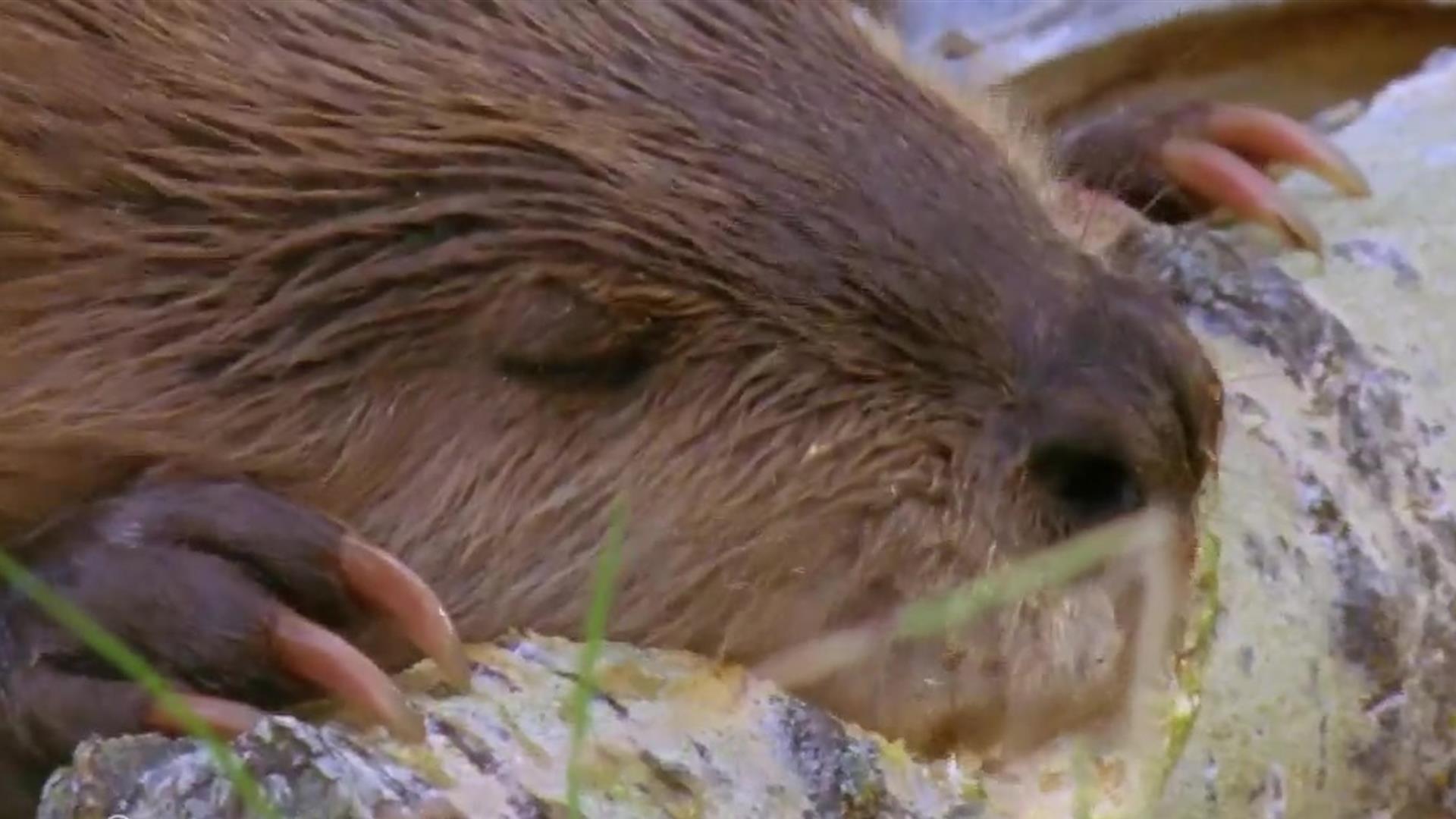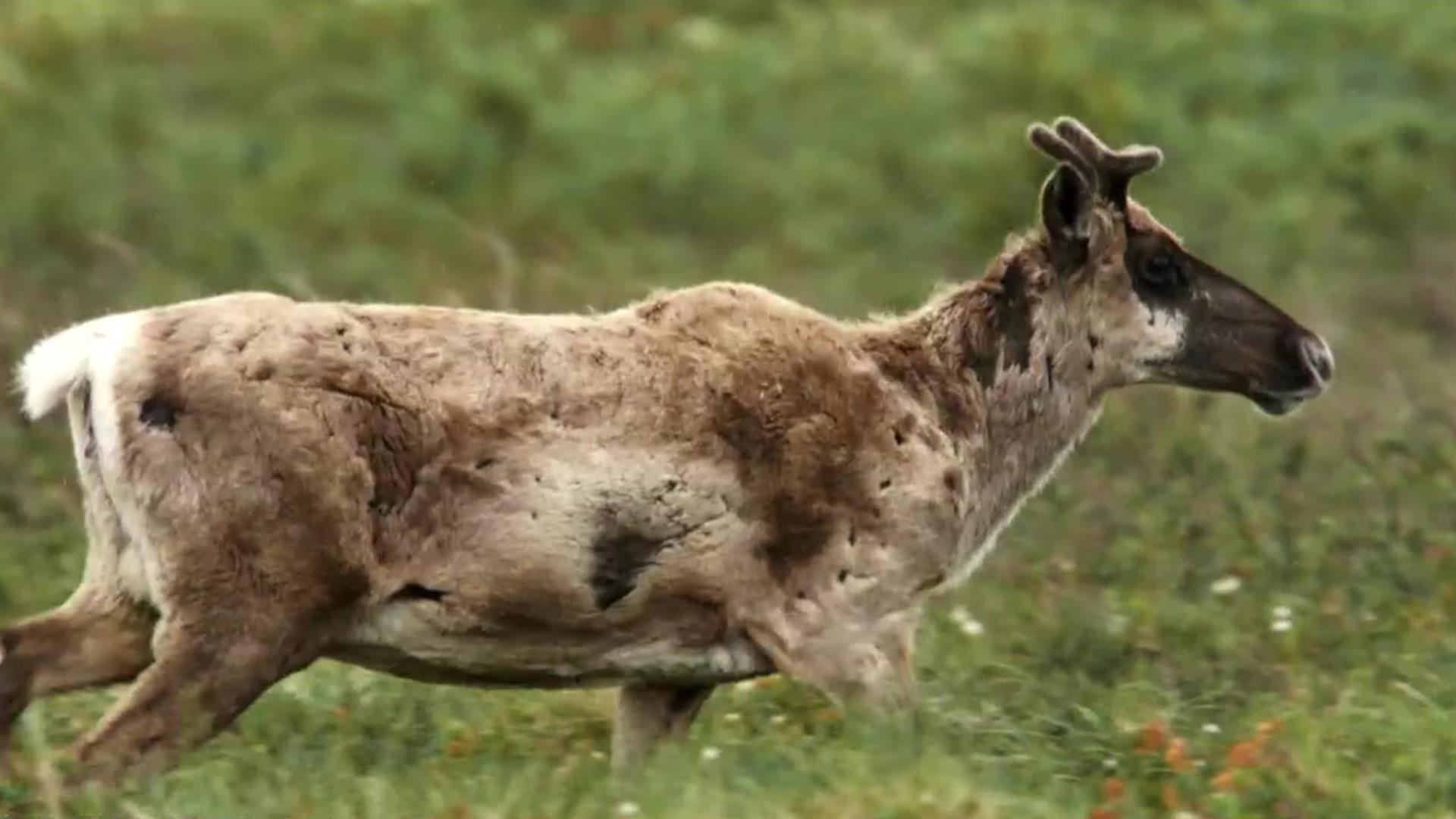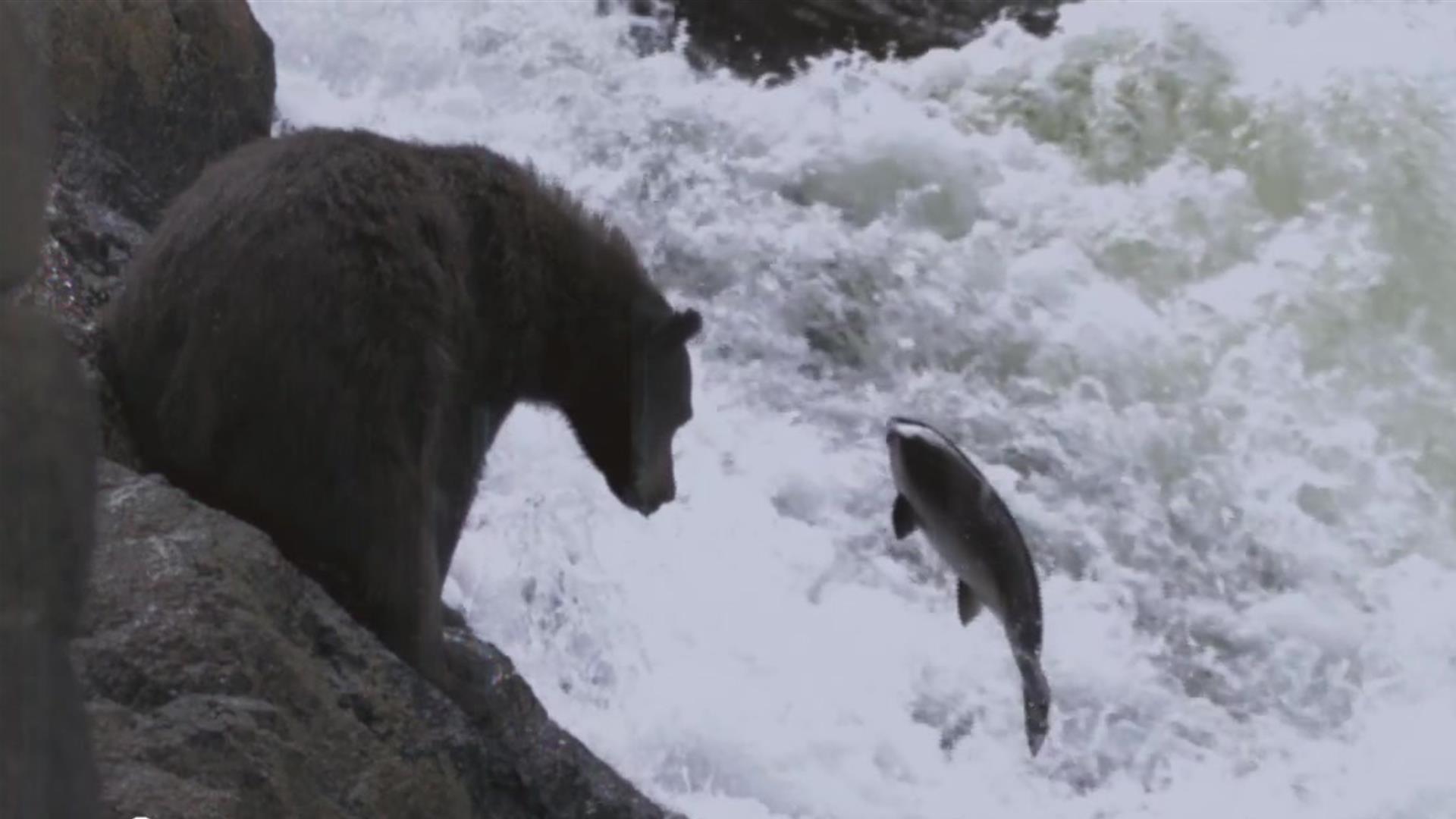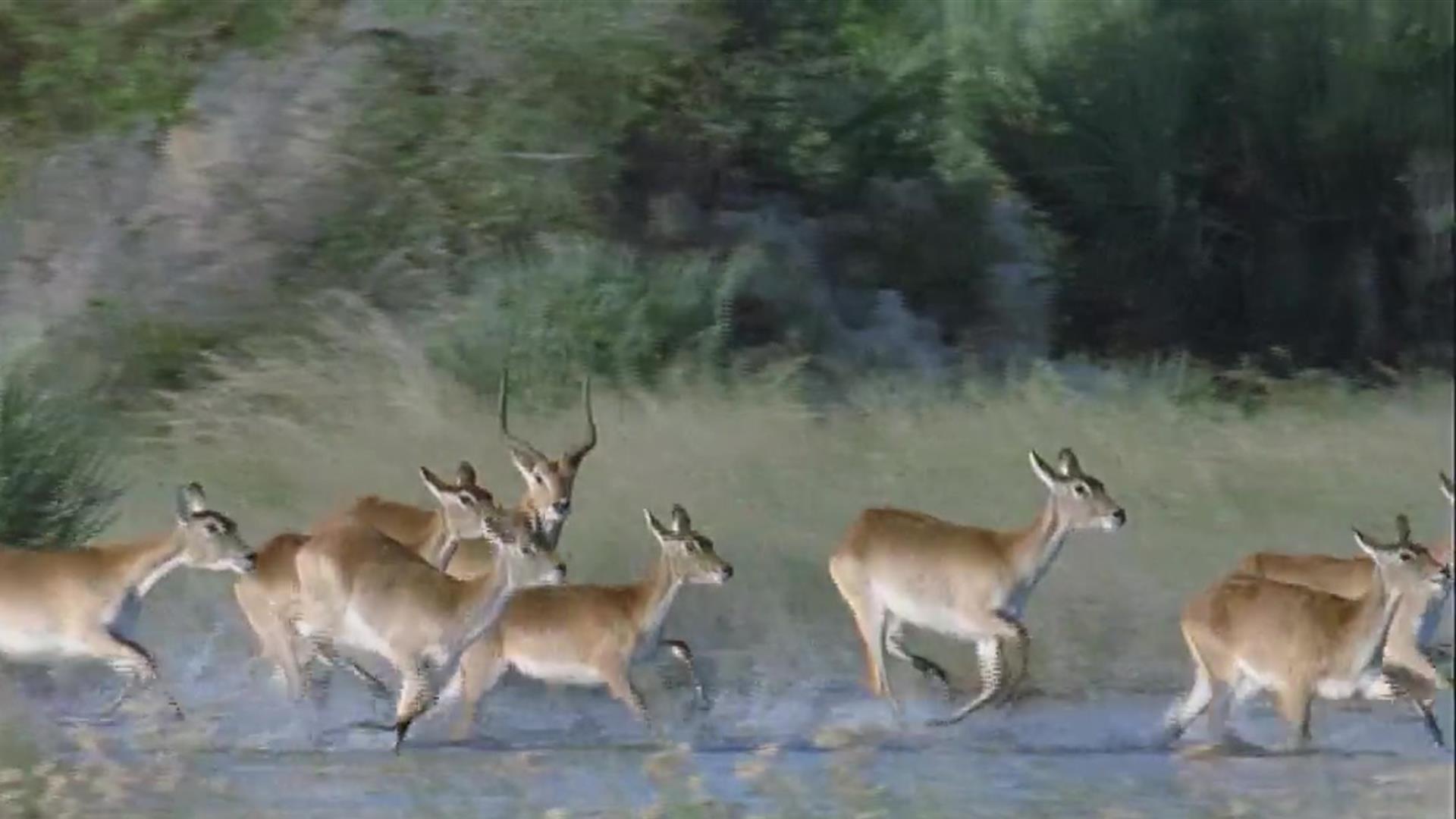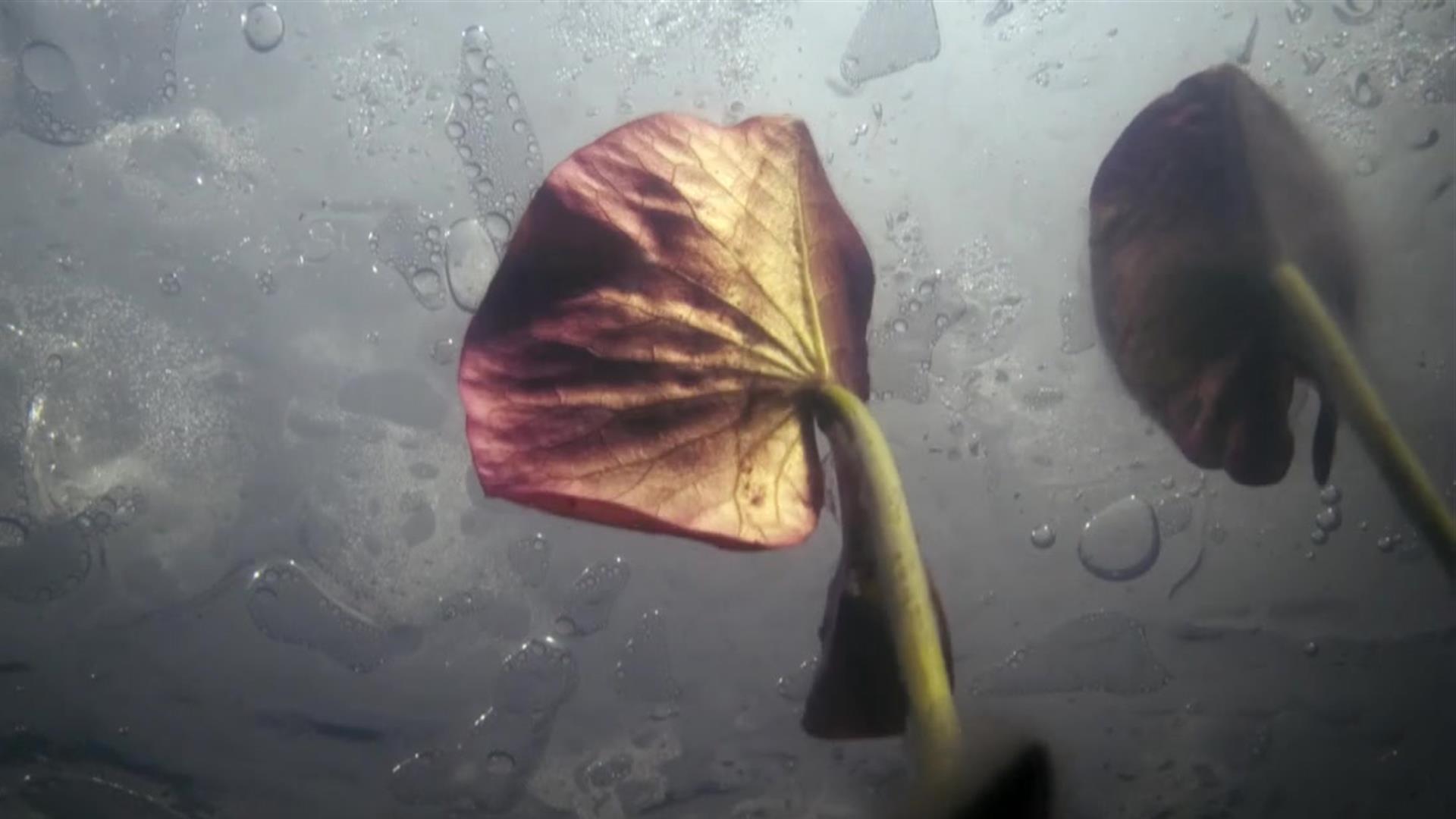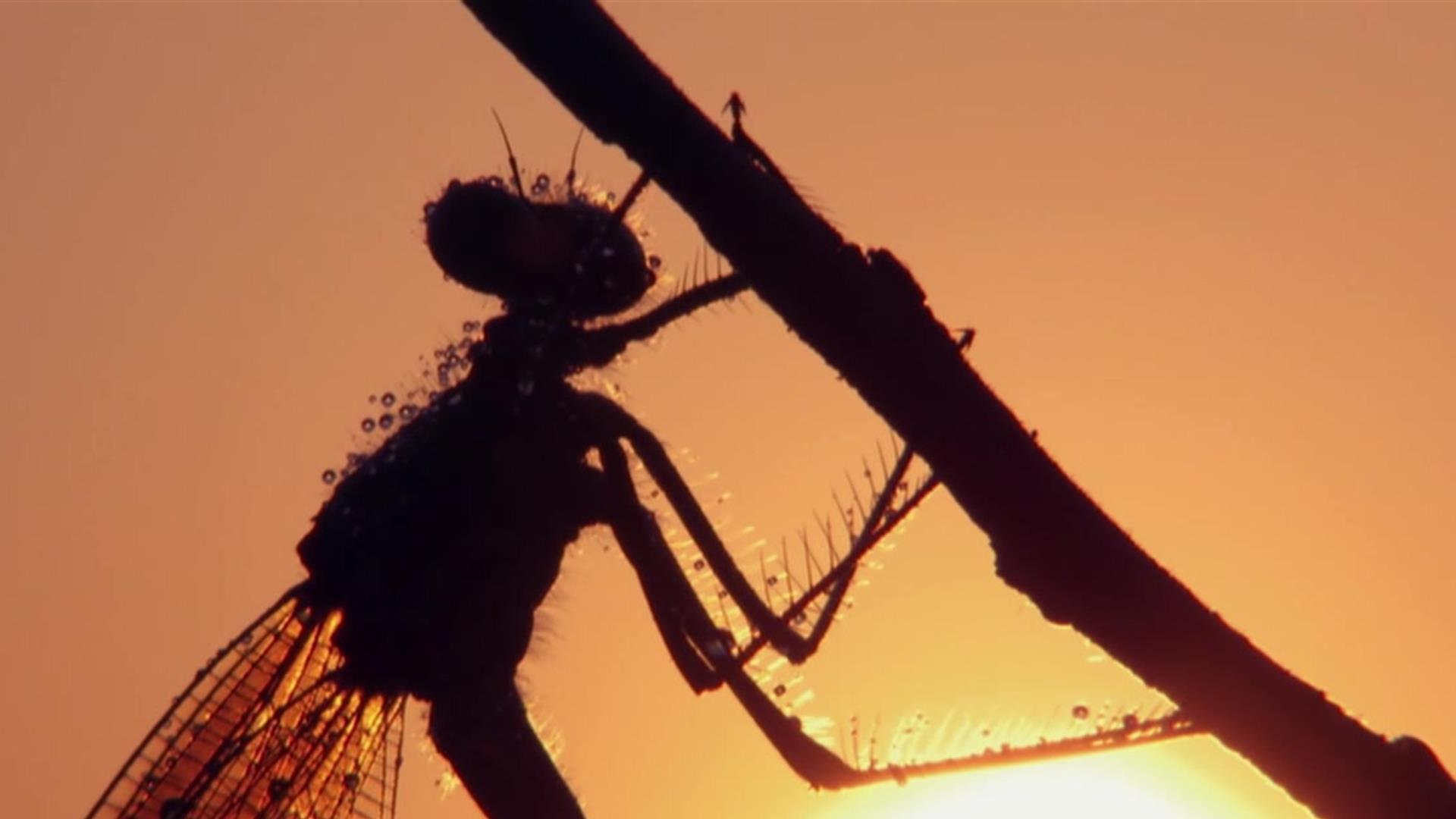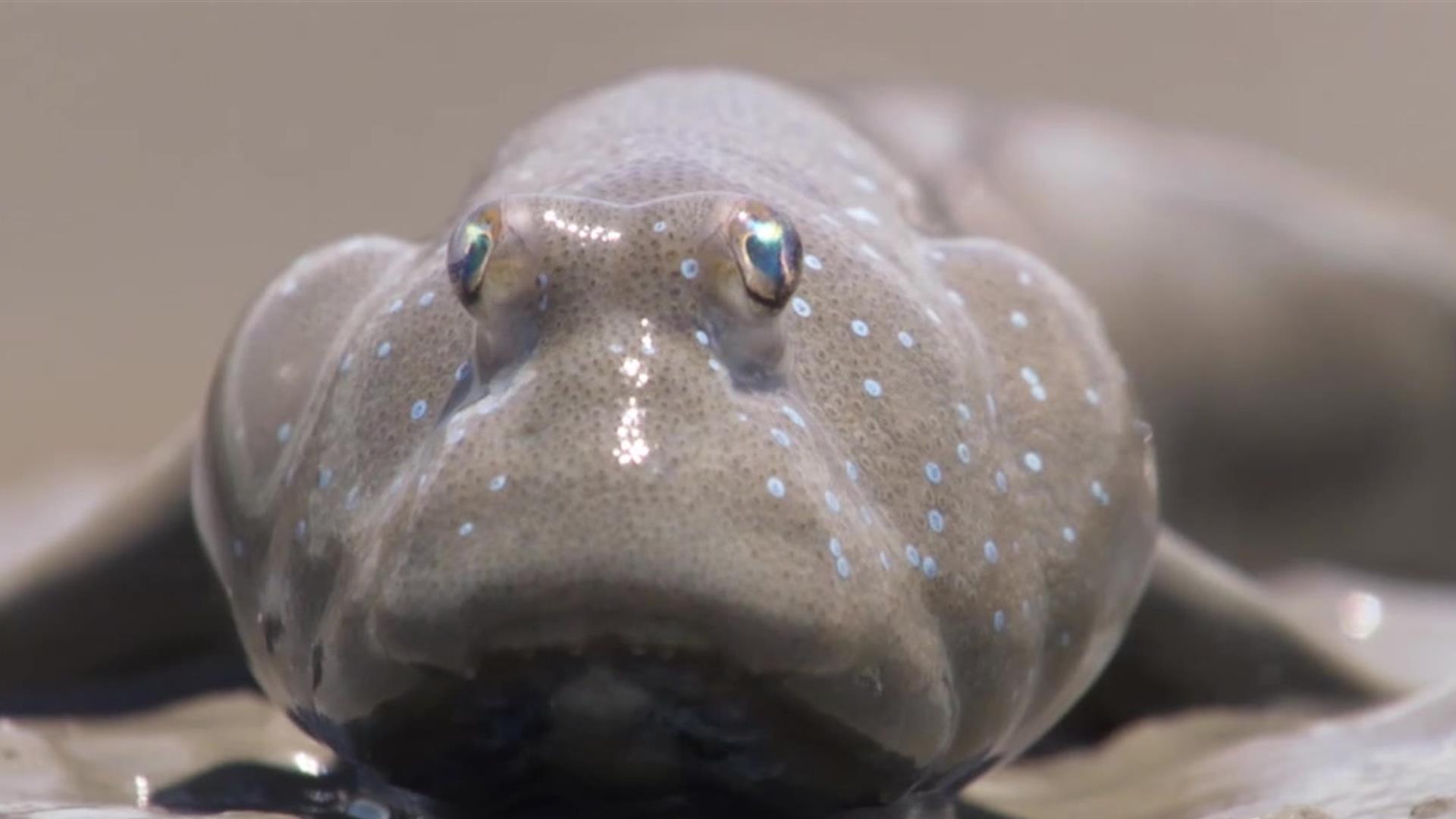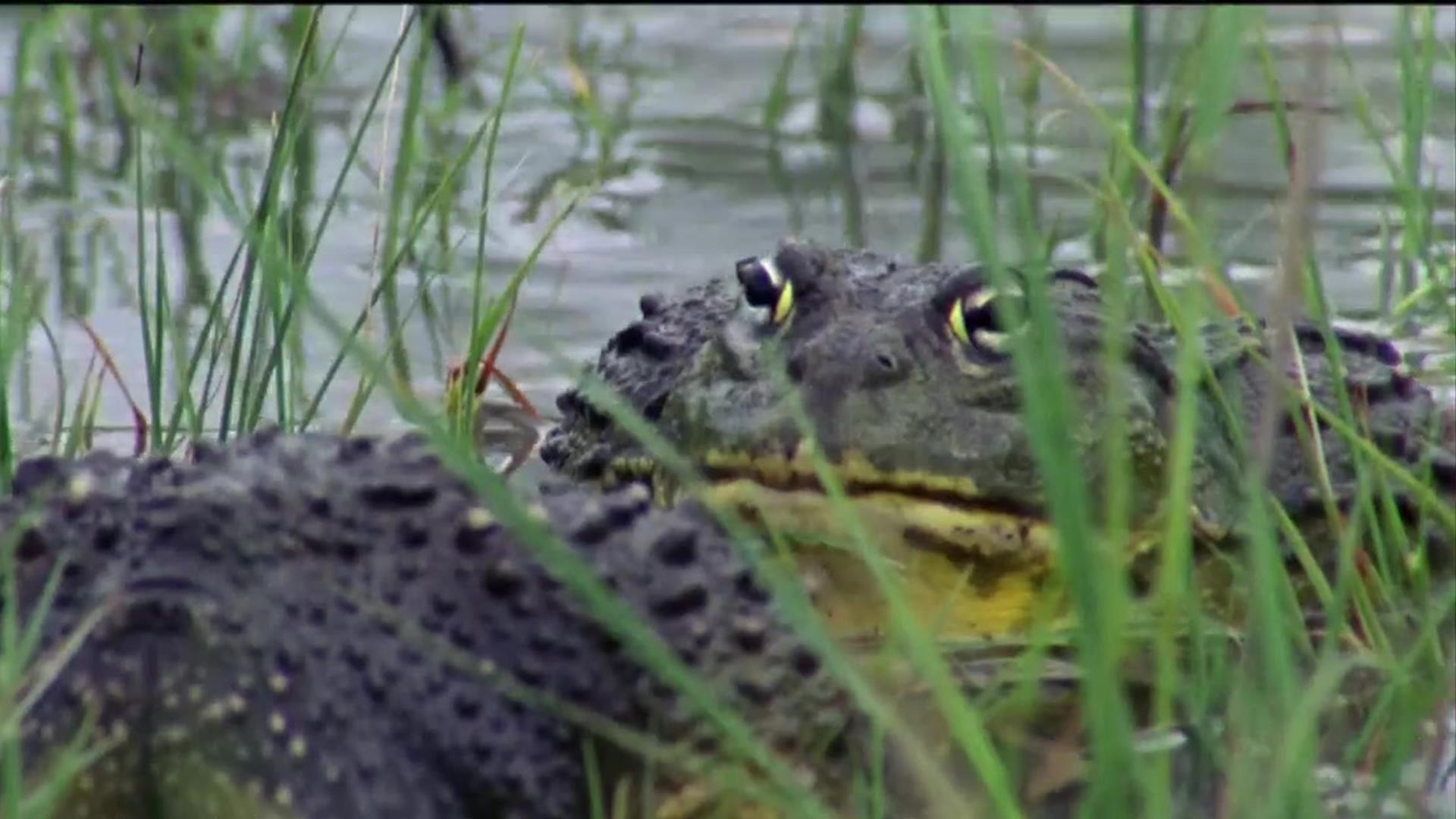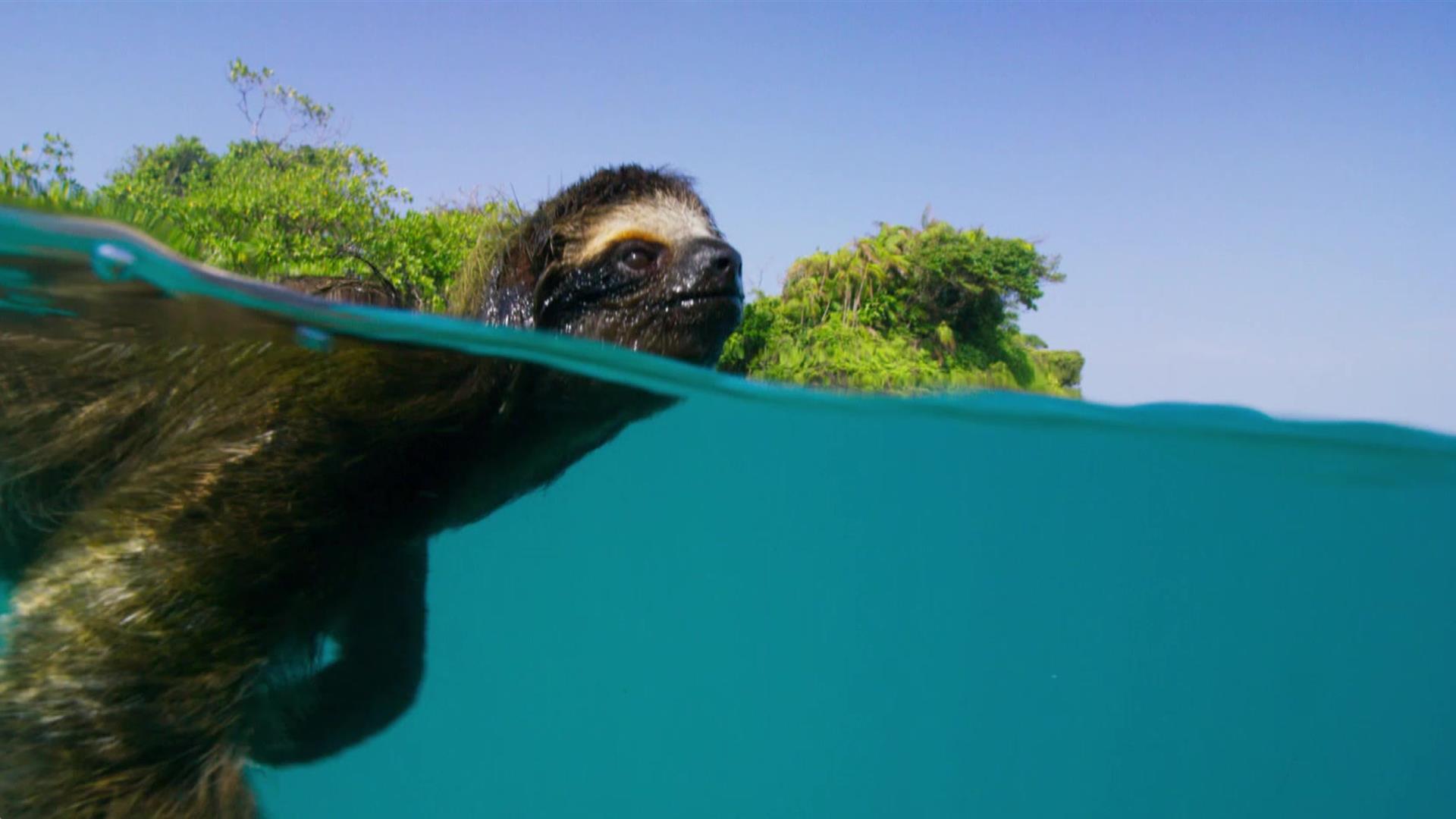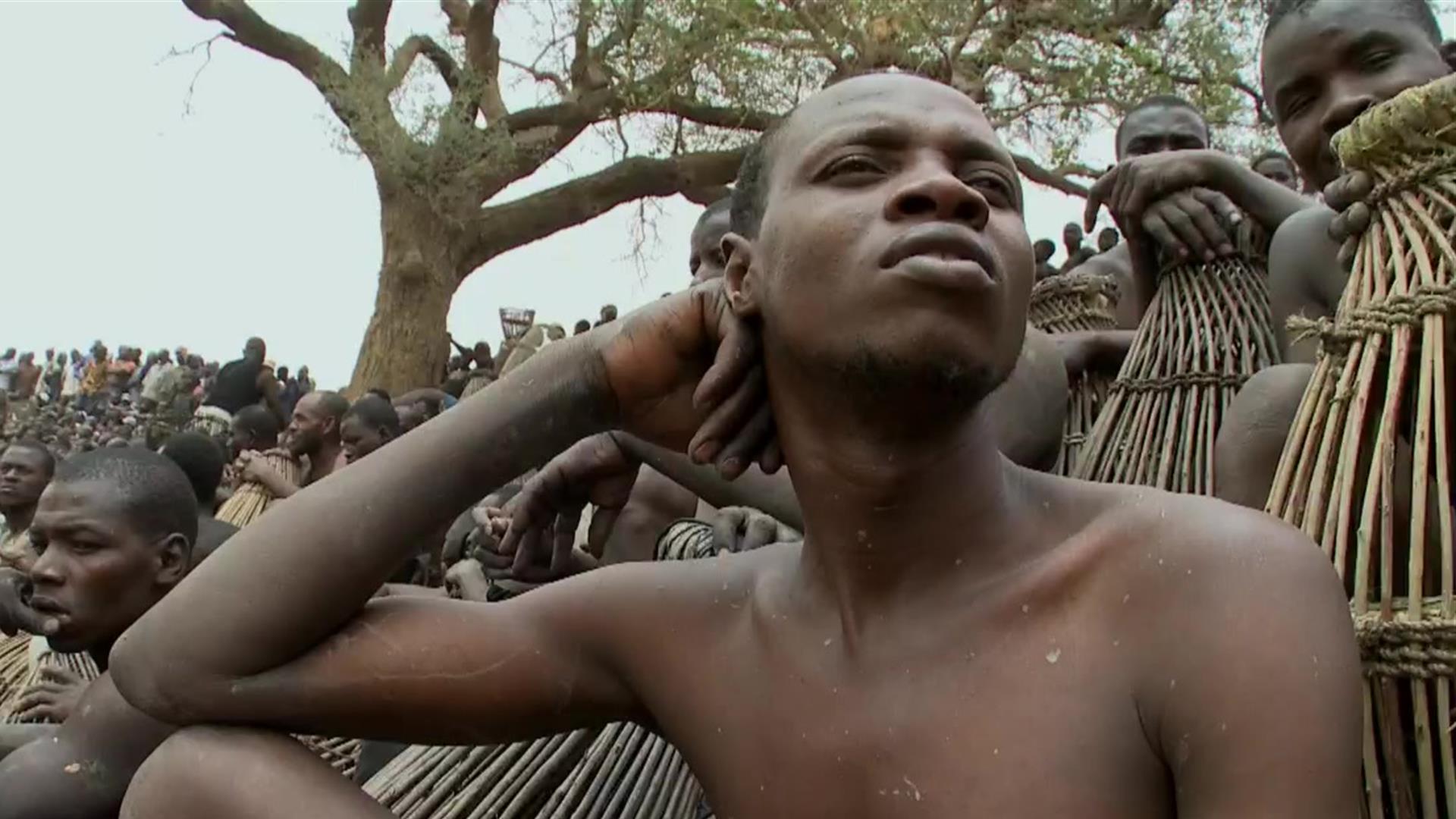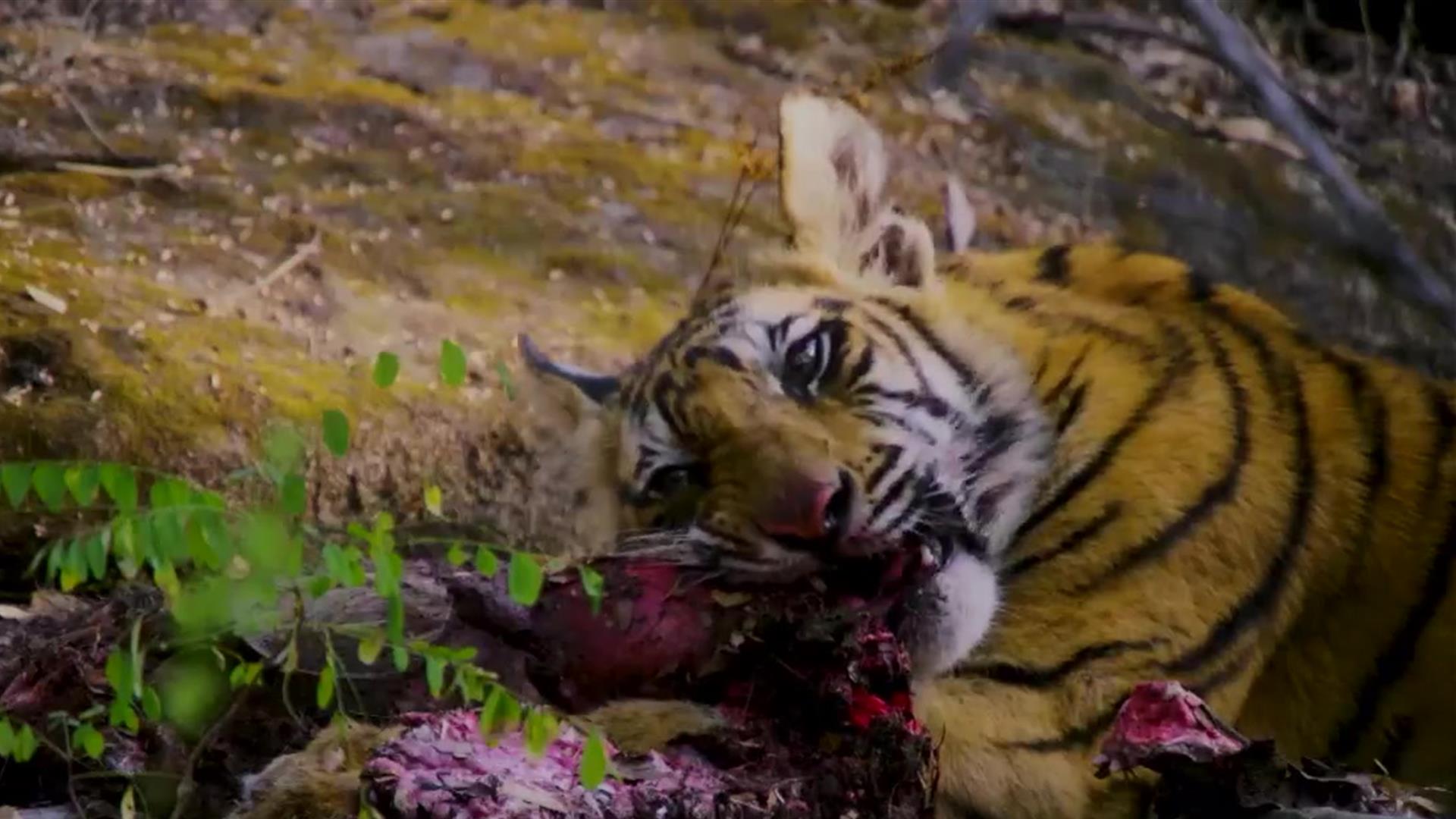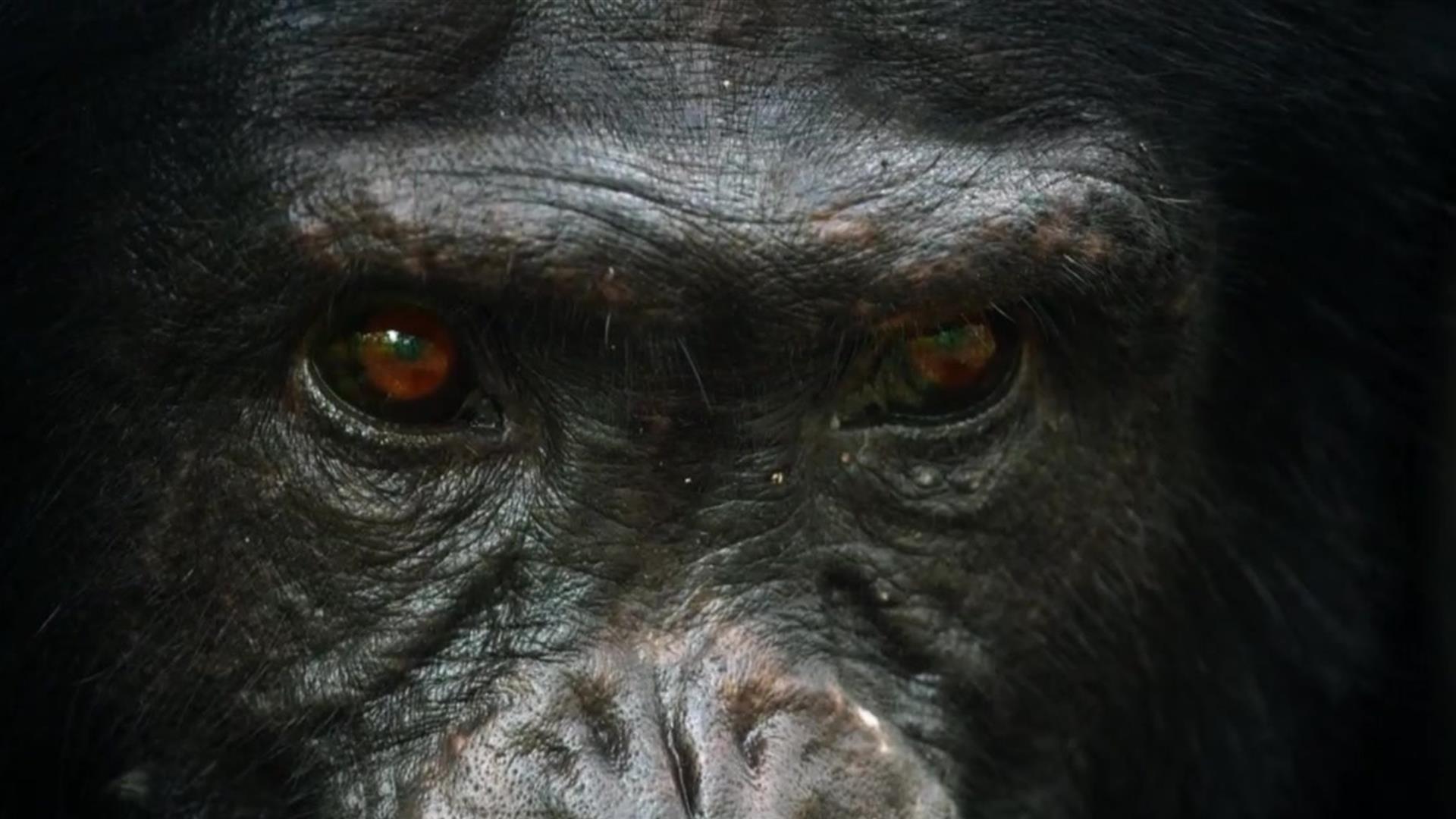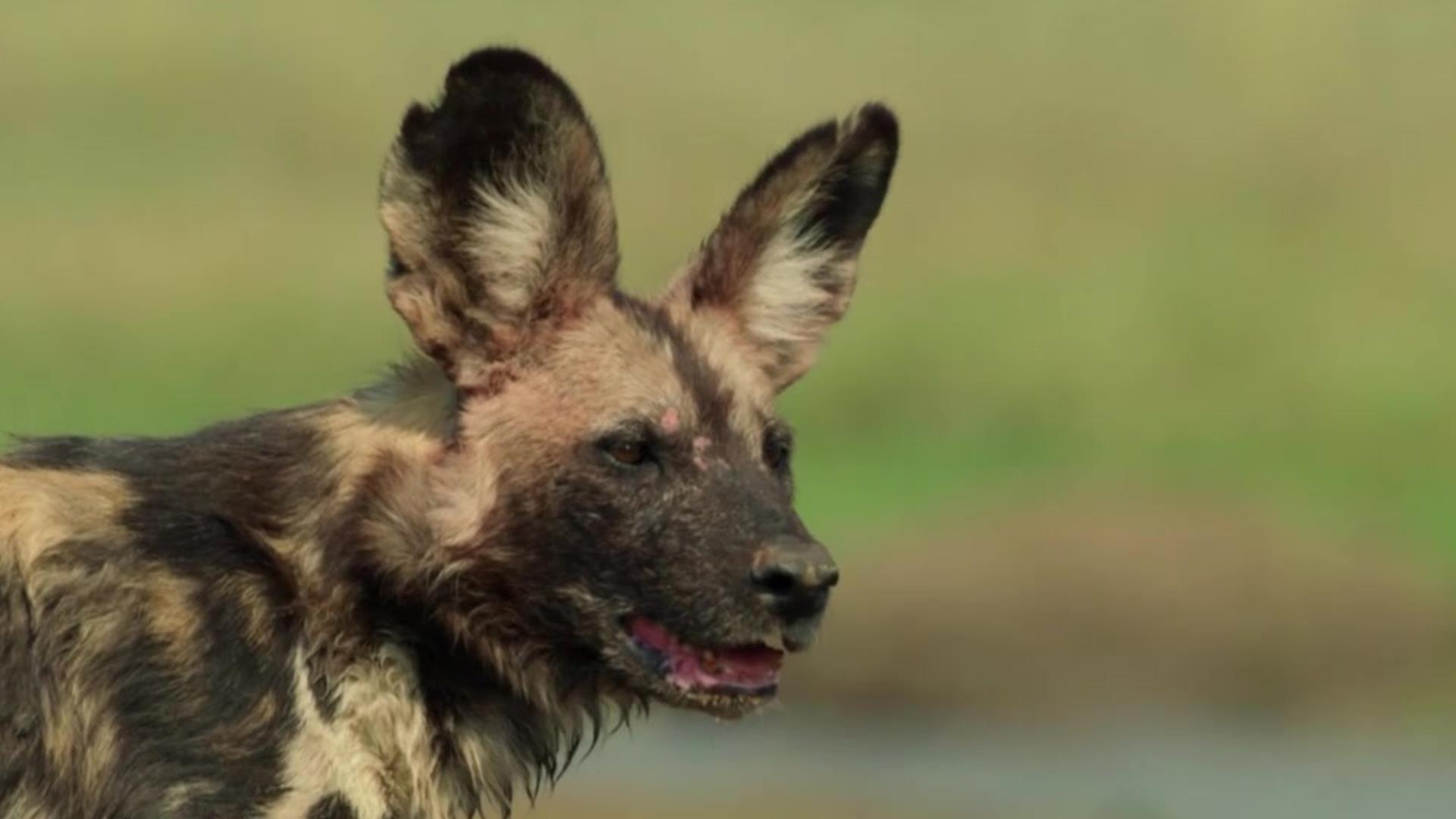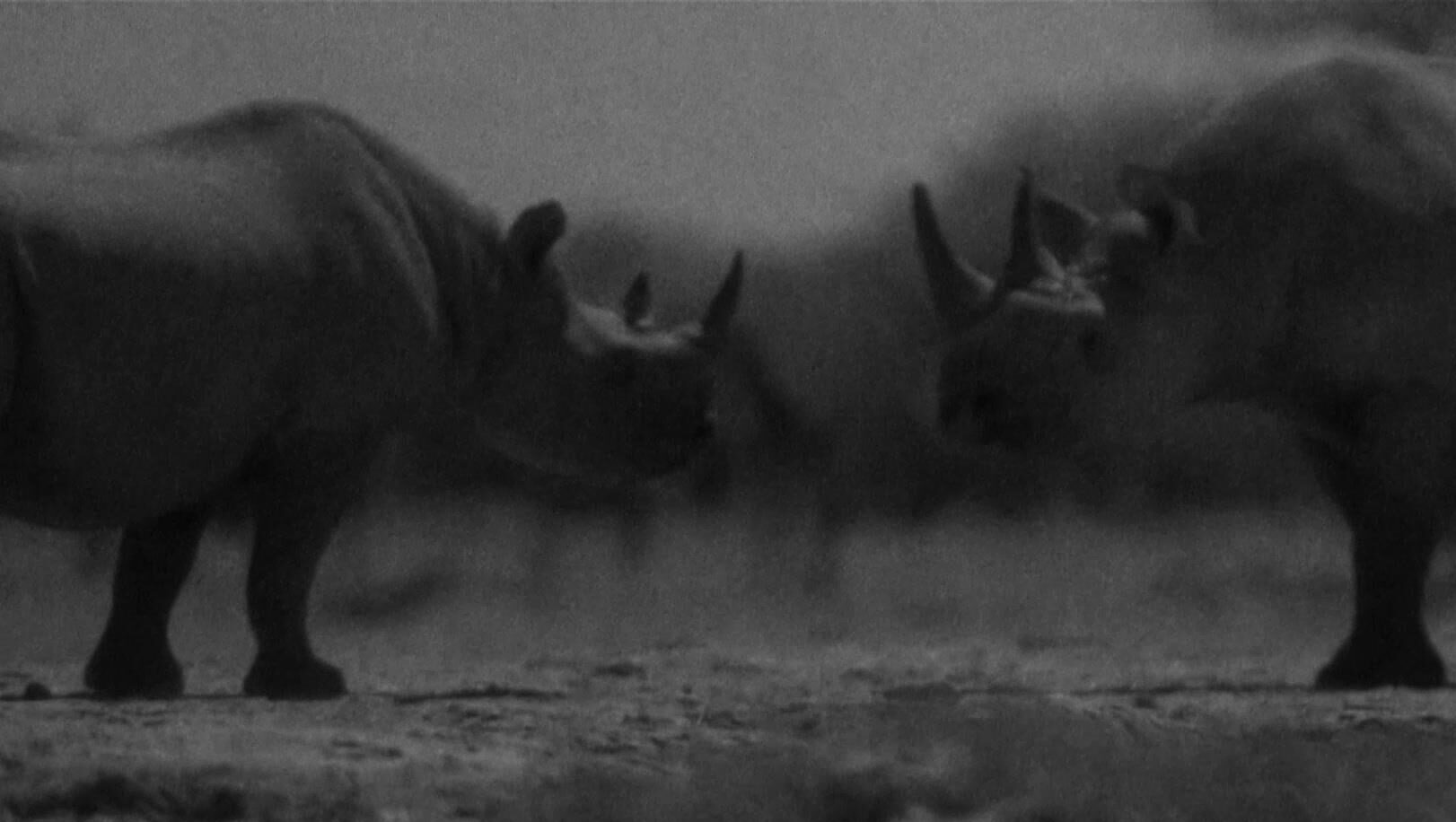Up Next
Spider Crab Molting
Around the first full moon of winter, hundreds of thousands of spider crabs gather to shed their shells.
Sharing Our World With Dolphins
Meet the group who’ve been helping dolphins suffering from plastic since the 1980’s.
How the Seas Are Changing
Over four years of filming, the ‘Blue Planet II’ crew witnessed key changes in the world’s oceans.
Dolphin Tail Slapping
Here’s how to hunt in the shallowest of waters.
Amazon River Dolphins
These highly social boto dolphins use sonar and teamwork to navigate life in the murky water they call home.
Sea Predators and Prey
Underwater predators are joined by dive-bombing birds to hunt for prey.
The Spinner Dolphin Twist
The signature Spinner dolphin twist: maybe for communication, maybe just for fun.
Hanging Out at Baby Chimp Rescue!
Rescuers (and dogs!) bond with curious young chimps at Liberia Chimpanzee Rescue & Protection.
Close Encounters of the Animal Kind!
Meet the adorably curious animal stars of ‘Eden: Untamed Planet’, who got up close and very personal with the lucky crew.
Baby Tortoises Grow Up in the Galapagos
Discover how scientists track the turtles of Galapagos National Park to give them the best chance of living full, healthy lives — of up to 150 years or more!
Rescue Chimp Learns to Trust Again
Johnny sadly spend ten years on a chain. But heroic rescuers at Liberia Chimpanzee Rescue & Protection have given him a whole new life, full of 24/7 love.
Inside a Crown Eagle Nest
This mother bird’s risk paid off — she’s the only resident eagle in this entire forest!
Can Science Save the Northern White Rhino?
After roaming the earth for millions of years, the Northern white rhino population is down to two.
Fishermen Save Whale Sharks
In these Indonesian waters, whale sharks are protected and thriving.
Filming a Successful Puma Hunt
The ‘Seven Worlds, One Planet’ crew tracked this fearless puma mother for a hundred miles to film her life and death struggle to provide for her cubs.
Grizzly Adopts Orphan Cubs
Now she has four babies to fatten up for the winter. Her secret? Pine nuts.
The Itty Bitty Brazilian Pygmy Gecko
Watch how this itty bitty floating lizard manages to survive in the rainforest despite its tiny stature.
Giant Bullfrog Guardian
One male stays behind to watch out for everyone’s tadpoles.
Nature’s Most Dramatic Plotlines
There’s no better storyteller than nature.
How to Wrangle Reindeer
This young woman must lead her herd on a perilous month long migration.
Crew Saves Emperor Penguins
By carving steps in the ice, the film crew saved part of a penguin colony.
Underwater With the Biggest Animal on Earth
Filming a blue whale feeding underwater is not for the faint of heart.
Filming First: Blue Whale Hunting
In the words of ‘The Hunt’ cameraman: “It was the most extraordinary thing I’ve ever seen”
Flying Squirrels Hunt for Truffles!
The ‘Eden’ crew films flying squirrels by night as they search for delicious truffles.
Inside Patagonia’s Impenetrable Ice Fortress
Few people have ever been this close to the stunning San Rafael glacier — the fastest calving glacier in the world.
Dark Skies: Mind-Blowing Astrophotography
Find out what it takes to capture the perfect skyscape.
Seals and Jackals on the Skeleton Coast
The ‘Eden: Untamed Planet’ crew faced extremely hostile conditions to film wildlife on the remote coast of Namibia.
Filming in an Ancient Bat Cave
The ‘Eden: Untamed Planet’ crew dodged thousands of roosting bats and millions of hungry cockroaches while filming inside a magnificent cave.
How Habitats Shape Predators
Why are cheetahs so fast? Why do tigers have stripes? Habitats force animals to adapt, and the results are fascinating.
Wildlife Film Crew Encounter Poachers
While tracking gorillas in the Congo, a ‘Seven Worlds, One Planet’ camera crew were forced to abandon their shoot and flee through the jungle in the middle of the night.
Film Crew Barely Escape Elephant Seal Fight
After facing the roughest seas in the world, the ‘Seven World, One Planet’ Antarctica crew found themselves in the middle of an elephant seal duel!
Sir David Attenborough’s Search for Orangutan
The naturalist recounts the changes he’s witnessed to Borneo’s tropical forests — home to the endangered orangutan.
Dingos in the Outback
Tracking Australia’s most elusive predators was the crew’s greatest challenge, but eventually led them to a very special surprise.
Filming Lynx and Grey Wolves in Europe
Elusive Iberian lynx and grey wolves were extremely hard to find — let alone film.
Singing Belugas and Swimming Polar Bears
What better way to celebrate your birthday than with beluga whales and polar bears?
Radio Collars for African Wild Dogs
These special radio collars are saving African wild dogs’ lives.
Close Walrus Encounter
These inquisitive walruses were eager for some camera time!
Four Weeks With a Cheetah Mother
This extraordinary cheetah mother managed to get all her cubs through their first year.
All Aboard for an Epic Boat Journey
Explore the tricked-out boat ‘The Hunt’ crew used to film elusive deep-sea predators.
Creating ‘The Hunt’ Musical Score
Oscar-winning composer Steven Price (‘Gravity’) on how to score nature scenes.
Groovin’ Grizzlies
A behind-the-scenes look at how the producers of ‘Planet Earth II’ stumbled upon comedy gold.
Behind the Scenes with Komodo Dragons
Would you have the guts to get up close and personal with these dangerous predators?
Friendly Penguin Greeting
I felt like I wanted to hug him.
How to Film Chimpanzees
The ‘Dynasties’ team spent two years with David, the Marlon Brando of chimps.
To Catch a Hunter, Use a Hunter
The ‘Blue Planet II’ crew went old-school to film airborne Giant trevally in South Africa.
How to Do Laundry in the Wild
Warning: While washing your shirt, you may share a pool with some interesting friends.
Peregrine Falcon Chicks’ First Flight
The ‘Planet Earth II’ camera crew releases peregrine falcon chicks into the skies of New York City.
Madagascar Street Market Eats
Breakfast is served.
Iceberg Mega-Dome Success
Discover how the ‘Blue Planet 2’ crew filmed a mother walrus and her pup using the UHD Mega-dome.
Deep-Sea Coral Reefs
Coral has been found all the way down at 6,000 meters deep, but these reefs are incredibly vulnerable.
Finding a Hidden Tiger Den
Like a true star, tigress Raj Behra chose a den no paparazzi could reach by car.
Cameraman Spends 10 Days in a Tree
This ‘Planet Earth II’ cameraman describes what it was like to camp out in the canopy.
Incoming: Grizzly Bear!
Better safe than sorry! The ‘Planet Earth II’ crew relied on multiple bear saftey precautions during filming.
Tracking Wild Dogs 2
The Hunt’ producers filmed a wild dog hunt from both land and air — and the results are riveting!
Stories of Life, Death, and Power
Dynasties’ Producer Mike Gunton takes us behind the scenes of nature’s most dramatic stories.
Crab vs. Eel… and Octopus!
A crab must run the gauntlet to reach its far away feeding grounds.
Octopus in a Shell Suit
Watch the first-ever footage of an octopus using shell armor to hide from a shark!
Hypnotic Cuttlefish Color Changes
The ocean’s master of disguise uses its superpower to hunt crabs and hide from sharks.
Starfish Timelapse
Starfish race for the highest point to spawn.
Rare Sperm Whale Cam Footage
Suction cup cameras provided the ‘Blue Planet II’ crew with a whole new perspective of a sperm whale family.
Orca Secret Weapon
A gathering of orca whales use fascinating teamwork to hunt herring.
Slow Motion Puffin Theft
See how ‘Blue Planet II’ cameramen used special slow-motion cameras to capture high-speed, bird-on-bird theft!
Portuguese Man o’ War Sailing
One touch from this beautiful but deadly creature is enough to paralyze.
Fish Changes Gender
After reaching a certain body size, Kobudai fish can change from female to male!
Genius Giant Trevally
No bird is safe from these giant trevally, who’ve learned how to calculate the trajectory of their prey in flight.
Cutthroat Eel Escape
Can this eel escape a toxic brine pool death trap at the bottom of the sea?
How to Film a Sperm Whale Dive
Sperm whales can dive up to 3,280 feet deep. Meet the underwater cameraman who managed to capture this split-level footage..
What’s Beneath the Boiling Sea?
Dolphins, sailfish, and rays all get in on the lanternfish hunting action.
How Does a Cockeyed Squid Hunt?
With an oversized left eye, this deep-sea squid can detect silhouettes of prey swimming above.
Straightscope Cameras in the Reefs
It took a very special camera stytem to film the lives of the creatures of the reefs.
Sea Lions & Pelicans Hunt Side-by-Side
This remarkable sea lion hunting technique is unique to the Galapagos — and hungry pelicans get to reap the benefits, too!
Annual Penguin Mating Mixer
Emperor penguins — serial monogamists —move from ocean to ice to choose their mates for the year.
Turtle Hatchling Reaches the Deep Blue Sea
Only one hatchling in 1,000 will survive to adulthood, but the ones that do can live over 80 years.
Chokka Squid Capsules
In temperate seas, there are even more squid than fish.
Mola Mola Reef Bath
With the help of angelfish, this oceanic wanderer rids itself of clingy parasites.
Vampire Squid from Hell
The weirdest deep sea creature in the world of the strange.
Baby Ducklings Take the Leap
From fifty-feet up in a tree, mandarin ducklings take their first flights!
Cichlid Fish Carry Babies in Mouth
It’s the best way to keep their young safe in busy tropical waters.
Earth’s Largest Bald Eagle Gathering
She isn’t much to look at, but this Bald Eagle’s got attitude for days.
The Predator You Never See Coming
Of all the hungry hunters, these are the ones that salmon can never see coming.
Underwater Drama
Each animal plays their part in the annual spectacle of the South African Sardine Run.
Seabird Chicks Take Flght
These 20-day-old chicks must face the first challenge of their lives.
Sardine Feeding Frenzy
You better look out below…. and above!
Zambia Animal Babies
In the Luangwa Valley, conditions are perfect for baby leopards, elephants, monkeys and more to take their very first steps in the world.
Brilliant Hornbills Hunt for Bats
Using their binocular vision and precision beaks, hornbills successfully catch bats for dinner — for the first time ever caught on camera!
Jungle Cat Mom Uses Super-Senses
With hungry kittens to feed, a Margay cat prowls the jungle at night.
Nectar Craze: Hummingbirds vs. Bees
Hummingbirds must consume half their weight in nectar each day — plus compete with hungry bees!
Elephant Family Reaches Fruit Trees
After enduring a sandstorm and miles of walking in brutal heat, these desert elephants celebrate with a fruit tree feast.
Baby Chimps Learn to Use Tools
Young students at Liberia Chimpanzee Rescue & Protection learn to use rocks to crack open their food.
Baby Chimp Students Are Adorably Distracted
It’s hard to keep these little one’s attention, but the rescuers at Liberia Chimpanzee Rescue & Protection are up to the challenge.
Baby Otter Learns the Ropes
A mother otter keeps her pup warm and fluffy while teaching it how to hunt.
Mama Turtle Completes Epic Journey
A female turtle spends five long years returning to her birth site to lay hundreds of eggs of her own.
Californian Burrowing Owls Fall in Love
These adorable owls enjoy seasonal beetle delights and settle in for the breeding season.
Mountain Gorillas: Earth’s Largest Primates
This baby monkey’s ancestors have roamed Earth’s forests for millions of years.
Chinstrap Penguins Raise Twin Chicks
These penguins gather on Deception Island, an active volcano, to breed.
Guanacos Grow Up in South America
Watch a gangly Guanaco calf take its very wobbly first steps.
Kangaroo Joeys Learn How to Box
90% of Australia’s wildlife is found nowhere else on earth.
Lowland Gorilla Growing Pains
The jungle is these lowland gorilla’s playground.
One Million-Year-Old Rock Carvings
Australia holds the largest concentration of prehistoric images in the world — including those of an ancient Tasmanian devil and the extinct Thylacine wolf.
Raising a Humpback Whale Calf
A mother humpback whale must go without food while her calf consumes 500 liters of her milk a day.
Dugon Sea Grazers
As the largest herbavores in the sea, dugons can eat an entire football field’s worth of sea grass in a single day.
Amur Leopard: The Rarest Cat on Earth
One of only 40 Amur leopards left in the wild, a mother works hard to get her young cub through the winter.
Capercaillie Gladiators
These competing suitors only get one shot to impress a female.
Inside Underwater Volcanos
Measured from the sea floor, some of these peaks are taller than Everest!
Troglobite Cave Specialists
Isolated for thousands of years, these mysterious creatures have everything they need inside their caves.
Penguin Chick Survival Skills
Within their first year of life, penguin chicks face many extraordinary hardships in the arctic.
Wild Bactrian Camels
Few animals can survive in the harshest desert in the world, but these rare Bactrian camels manage just fine.
Polar Bear Cubs Learn From Mother
A determined polar bear mother leads her cubs into a dangerous new world.
Where Does “Alien Star Jelly” Come From?
There are many different theories behind these mysterious blobs.
Mysterious Moving Rocks
How do these gigantic rocks move on their own?
Jellyfish Blooming Mahem
Simplicity is the key to a jellyfish’s success.
Why Do Stoats Dance?
The reason is more sinister than you may imagine.
Fascinating Harpy Eagle Facts
This muscular hunter can lift prey over half its own body weight.
Fascinating Blue Whale Facts
The world’s largest animal can weigh up to 190 tons.
Fascinating Cheetah Facts
The fastest land animal on the planet, cheetahs can reach 58 mph while hunting.
Fascinating Brown Bear Facts
Alaskan brown bears get up to 90% of their annual energy during the coastal salmon run.
Fascinating Polar Bear Facts
A polar bear can smell a seal’s breathing hole from over a half a mile away.
Fascinating Darwin Bark Spider Facts
These spiders’ silk is the toughest natural fiber on the entire planet.
Mama Grizzly: High Risk, High Reward
Fortune favors the brave bears.
Sloth Climbs At Top Speed
She’s very slow and very determined. Watch a sloth’s journey to a juicy clump of fresh leaves.
Elephant Family Rally Around Their Baby
After surviving a sand storm, desert elephants rely on teamwork to save their youngest member.
Mira the Chimpanzee is Rescued From a Chain
Now safe at Liberia Chimpanzee Rescue & Protection, this sweet girl enjoys cuddles with her carers.
The Naked Mole Rat Princess
This youngster has an important destiny to fulfill on the dangerous surface.
A Tiny Hero of the Sahara
Meet the tiny little dung beetle that could.
For the Love of Honey
A brave chimpanzee uses tools to break into a hidden beehive.
Piraputanga Fish Jump for Fruit
With a successful mid-air twist, these fish can collect their tasty prize.
Flying Lemurs
The nickname “Flying Lemur” may be a bit misleading, but these Colugos are the masters of the glide.
Acrobatic Flat Lizards
The river holds a secret for any lizard willing to leap for it.
Baboons Who Live in the Sky
The three-mile-high summits of the Ethiopian highlands are for expert climbers only: Gelada baboons.
Wild Dogs vs. Otters
The wild dogs of Northern Singapore are no match for this close-knit otter family.
The Mighty Sengi
This tiny female ‘elephant shrew’ outwits her enemies with cheetah like movements.
Cunning Capuchins
These clever monkeys have a brilliant strategy to gain access to food.
The Lizard that Walks on Water
A human would need to run at 100 mph to do what the “Jesus Christ lizard” does easily!
Fishing in the World’s Mightiest Rapids
One wrong move and this fisherman could fall into the Mekong River currents.
Mama Lion Protects Her Cubs
One lion faces off with an entire herd of buffalo to keep her little ones safe.
500 Hours Underwater
It takes weeks underwater to find and film the fascinating animals of the deep.
Painted Wolf Impala Hunt
Painted wolves have an 80% hunting success rate, one of Africa’s very highest.
The Life of a Wildlife Filmmaker
Giant spiders, brutal weather conditions, and hours and hours of waiting are all worth it for the moments of pure animal magic.
How to Raise Lion Cubs
It takes a fearless and patient mother to keep curious cubs safe.
Forbidden Love in the Manor
A young male meerkat enters enemy territory for a chance at love.
Incredible Tarsier Hunting Skills
With night vision 20x stronger than humans, these tiny primates are some of the jungle’s most impressive predators.
Naughty Lion Cubs on the Loose!
These playful young lion cubs annoy their sleep deprived parents in the grasslands.
Snowshoe Hare Camouflage
The Yukon’s sneakiest residents are masters of disguise all year round.
Gorgeous Owl on the Hunt
A hungry owl and a clever vole engage in a snowy game of cat and mouse.
Hatching Baby Seadragons
It’s a seadragon dad’s job to carry the fertilized eggs until they hatch.
Fantastic Wildebeest River Crossing
For this herd, the grass is always greener on the other side.
Zebra Stallion Dominance
A Grévys zebra proves his worth to a mate.
Femme Fatale Firefly Sets Trap
Watch a opportunistic Photuris firely set a trap behind a spider’s web.
Eurasian Bear Cubs’ First Tree Climb
Practice makes perfect for these brown bear cubs of Finland.
Unusual Neighbors: Manatees and Alligators
At this Florida manatee hangout, youngsters get the chance to meet some unusually chilled-out reptiles.
Here Be Baby Dragons!
Otherwise known as “olms”, these creatures can go an entire decade without a meal.
Tibetan Fox and Pika Nemeses
Why the square face? Well, you’ll see.
Siamang Gibbons Send a Message
It starts with a duet and ends with a frenzied chorus. The message is clear: stay away from our territory!
Panda in the Snow
When that bamboo diet doesn’t get you fat enough to hibernate…
Baby Turtle Beach Sprint
The last hatchling on the beach dodges predators from above and below on her way to the safety of the sea.
The Biggest Fish in the Sea
A whale shark enjoys it’s annual plankton feast while other fish use it as a giant shield.
Polar Bear Swims in the Open Sea
As their ice world disappears, polar bears have been known to swim up to 60 miles offshore in search of food.
Baby Otter Snuggles
This mama otter keeps her baby’s fluff on fleek.
Humpback Pod At Work
Watch how this humpback family works together to hunt off the coast of Alaska.
Nature’s Weirdest Fish
Oarfish look like giant seafish and can grow up to 36 feet long!
Swimming With Pigs
Pigs can’t fly, but they sure can swim!
Unusual Neighbors: Manatees and Alligators!
Young manatees boop noses with alligators in the warm pools off the coast of Florida. Explore North America on an all-new ‘Seven Worlds, One Planet’ this Saturday at 9/8c.
Humpback Whales Bubble Net Fishing
Humpback whales use ingenious teamwork, bubbles and sound to trick herring to the surface.
Arctic Unicorn Secrets
Narwhals are some of the most mysterious and elusive animals in the oceans.
Creatures of McMurdo Sound
Red starfish, nemertine worms and sea urchins flourish under the Antarctic ice.
Weedy Seadragon Mating Dance
A seadragon couple shares a graceful dance in the evening light.
Humpback Whale Heat Run
Male humpback whales compete with each other while racing after a female.
Inside a Sea Snake Cave
Sea snakes breed in underwater caves and have some of the most toxic venom in the world.
Clownfish Life in the Anemone
The clownfish male is under constant surveillance by the female to ensure his egg-caring performance is up to par.
High Flying Fish
These unique fish spread their wings and leave the ocean to escape predatory Dorados.
Beware the Land-Walking Octopus
Octopuses live and breathe underwater, but that doesn’t stop the Australian Abdopus from roaming on land, too.
The Sound of Waves
Sit back and let the sound of the ocean wash over you.
Clownfish in a Coconut House
A clownfish family comes together to make home improvements.
Seductive Blenny Dance
How far will a blenny go for love?
Flamingo Chicks Escape Frozen Patagonia Lake
Young flamingo fledglings use the help of a seasonal wind to break their shackles of ice.
Shoebill Sibling Rivalry
Nature can be harsh, and in this case there can only be one shoebill chick.
The Coldest Winter on Earth
How do emperor penguins survive the cruelest winters on earth?
Daring Monkey River Crossing
Hungry monkeys make a daring leap of faith across a crocodile infested river.
Swallows Navigate Poison Oasis
After traveling thousands of miles, swallows quench their thirst in the heart of the Sahara.
Drama at the Watering Hole
Baby ostriches dodge elephants, giraffes, zebras, and brawling lions while trying to quench their thirst.
Springboks Pronking Around
Pronk around! Pronk around! Pronk up, pronk up and get down!
Seal Pups Dance
Seal pups perform a playful dance in front of an audience of very unimpressed penguins.
Baboons On the Flooded Plains
Jump on in, the water’s fine!
Macaque Waterpark!
These crab-eating monkeys have found a one-stop-shop to swim, fish, and play.
Baby Monkey Pool Party
A monkey nanny-turned-lifeguard has her hands full with the young monkeys of Singapore.
Beaver Dam Building
The beavers of Yellowstone fell hundreds of cottonwood trees every year as they construct their homes.
Caribou in Search of Mineral Salts
It’s easier to hide when there’s only two of you.
Bear Fishing: ‘A’ For Effort
A young Alaskan brown bear hasn’t quite mastered the art of catching leaping salmon.
Graceful Lechwe Flood Dance
Flood waters bring safety to this frolicking antelope family.
Timelapse: A Lake Through the Seasons
White water lilies and spring flowers are reborn as the winter ice retreats.
The Radiant Damselfly
In Southern France, the Damselfly is on the hunt to find the most suitable mate for breeding.
Japanese Mud Skippers
These amphibious fish fight and mate on land.
Giant Bullfrog Combat
Male giant bullfrogs, which can weigh more than two pounds, battle it out during mating season.
A Sloth Swims for Love
This three-toed pygmy sloth is doing his best to find “the one”!
Antogo Lake Fishing Frenzy
Follow a fisherman’s journey alongside two thousand others into Antogo Lake!
